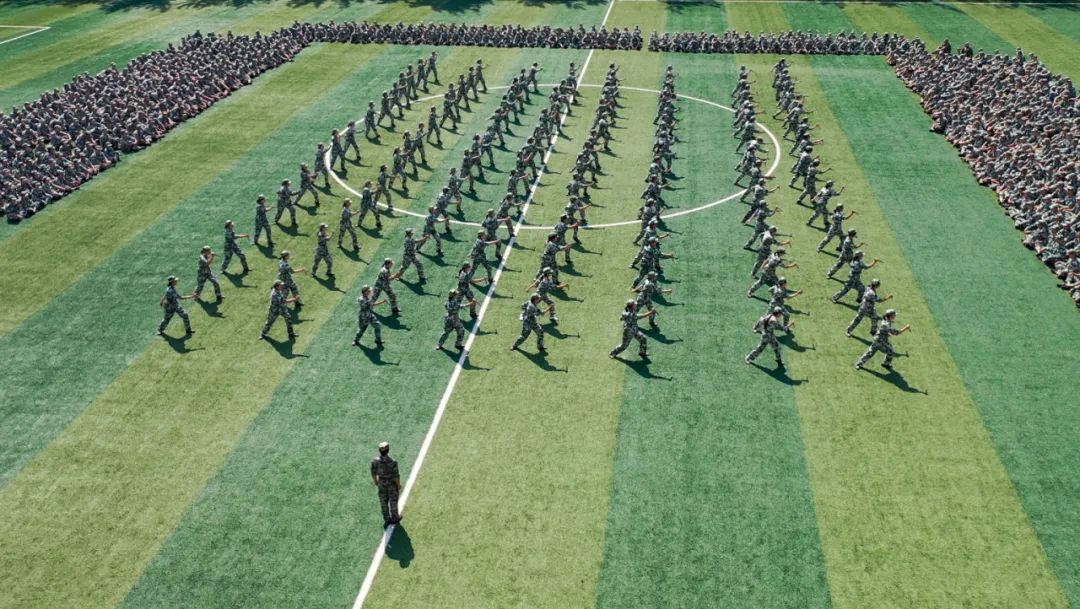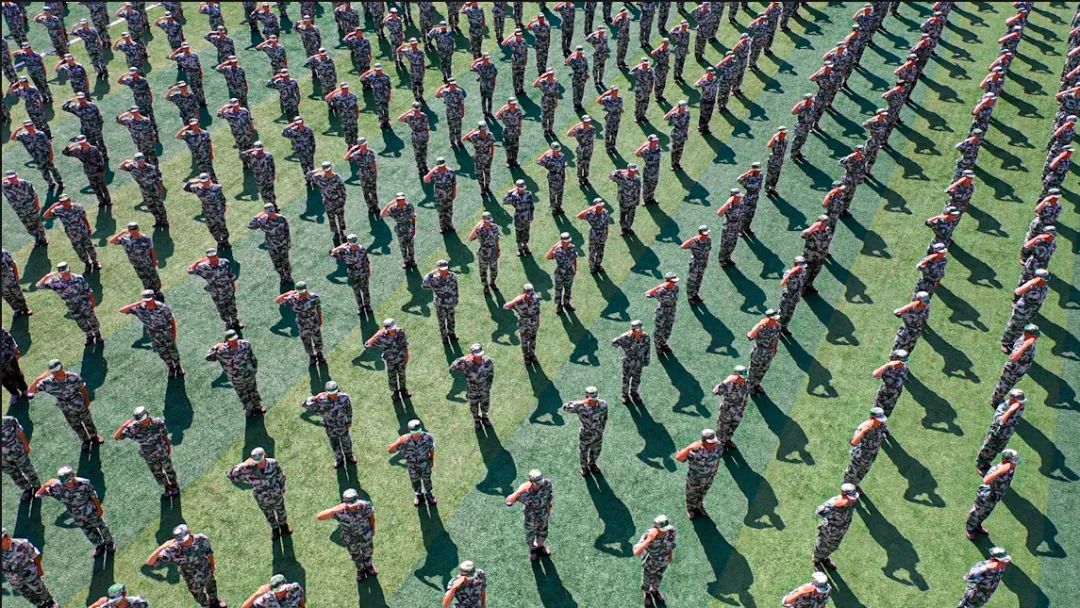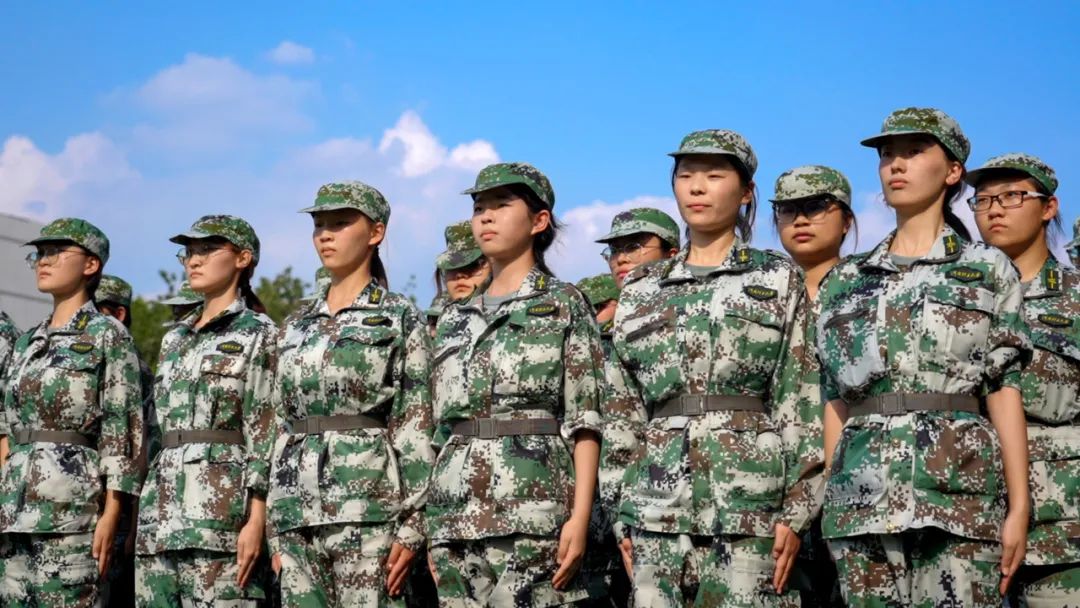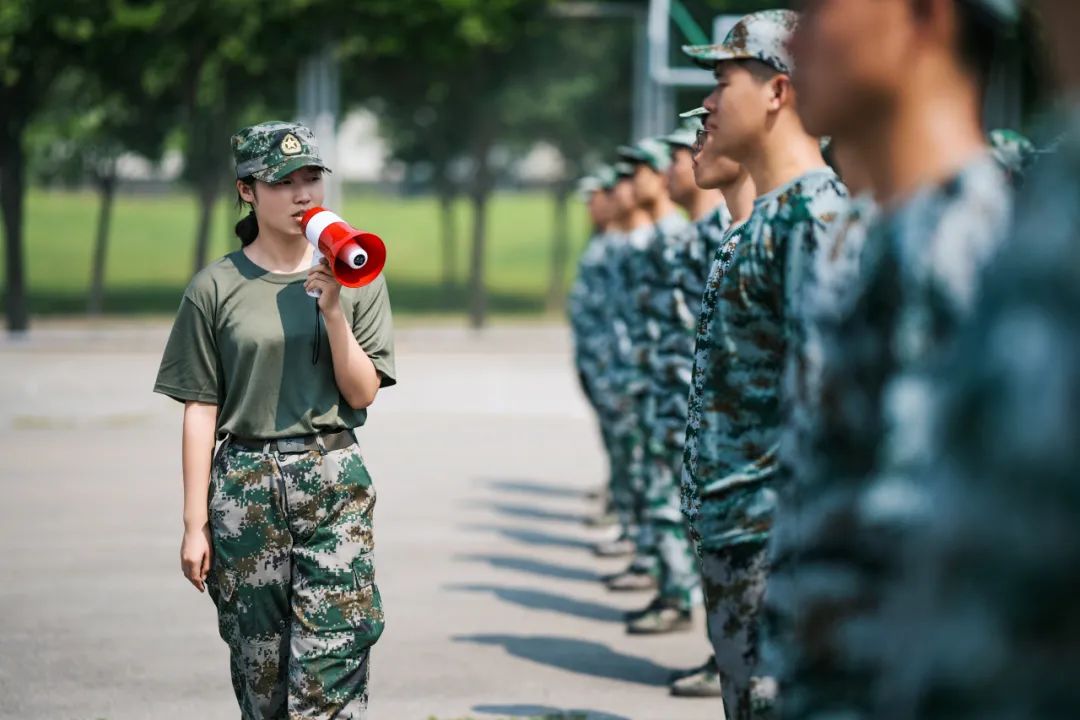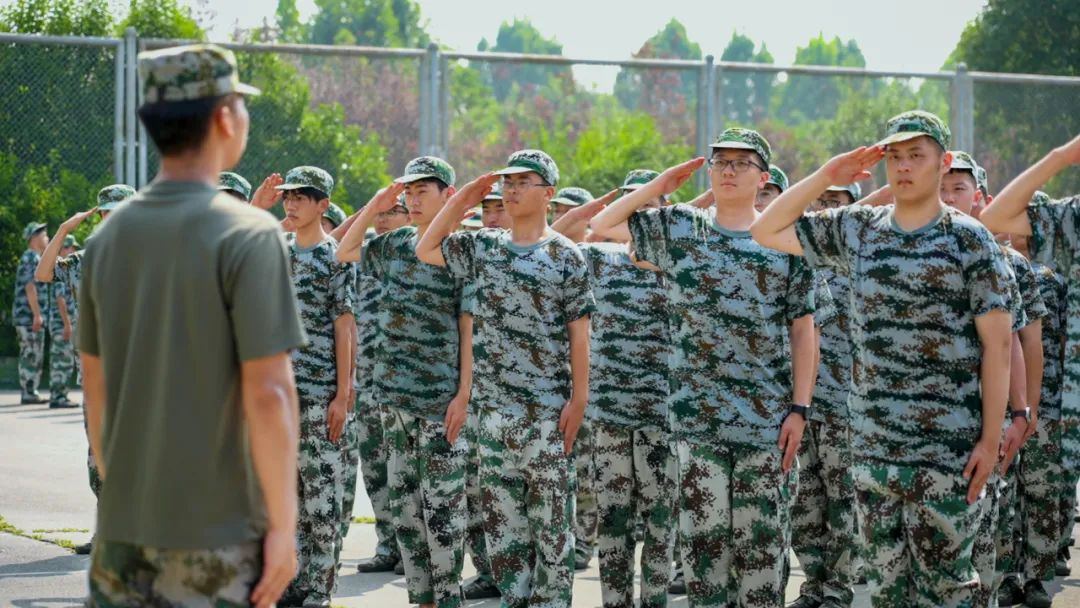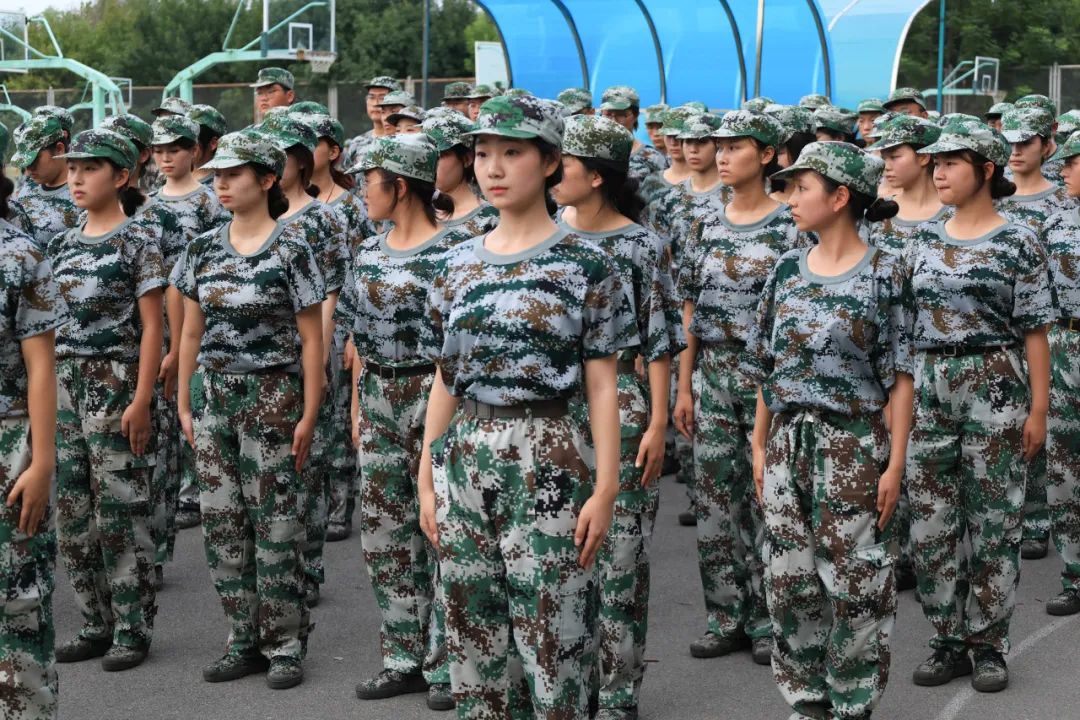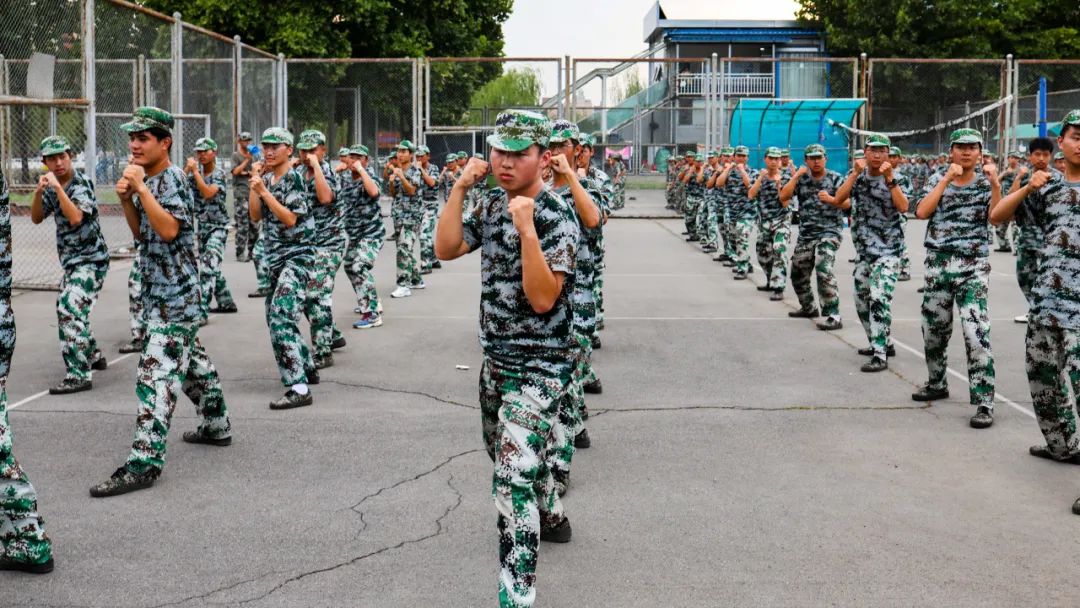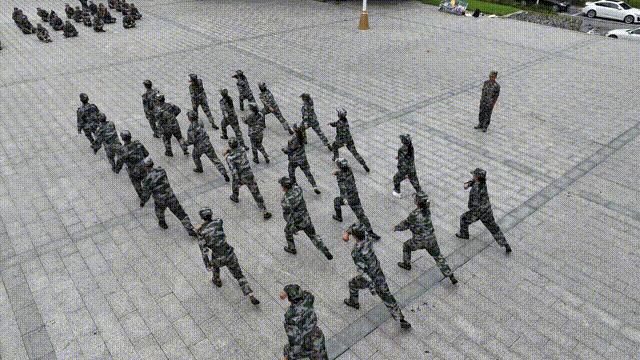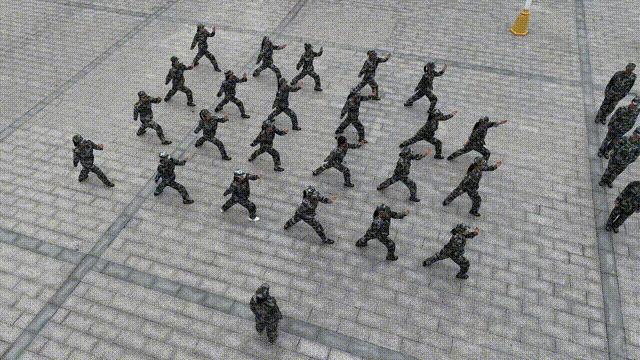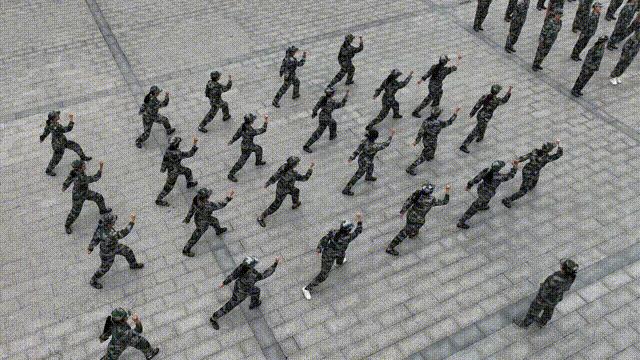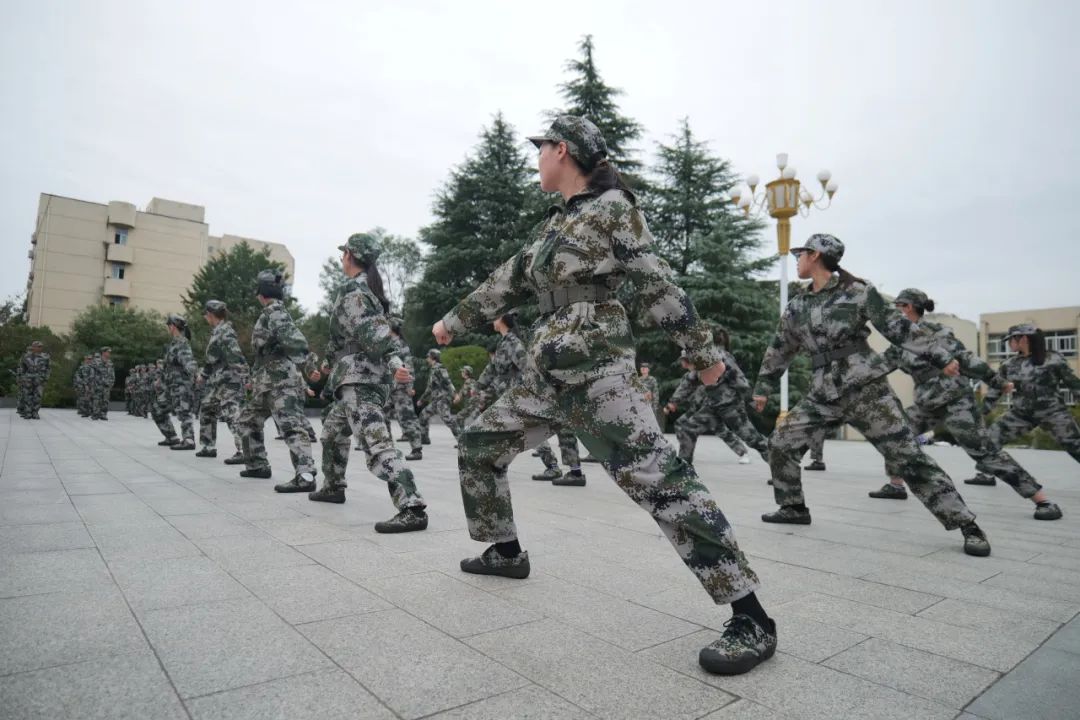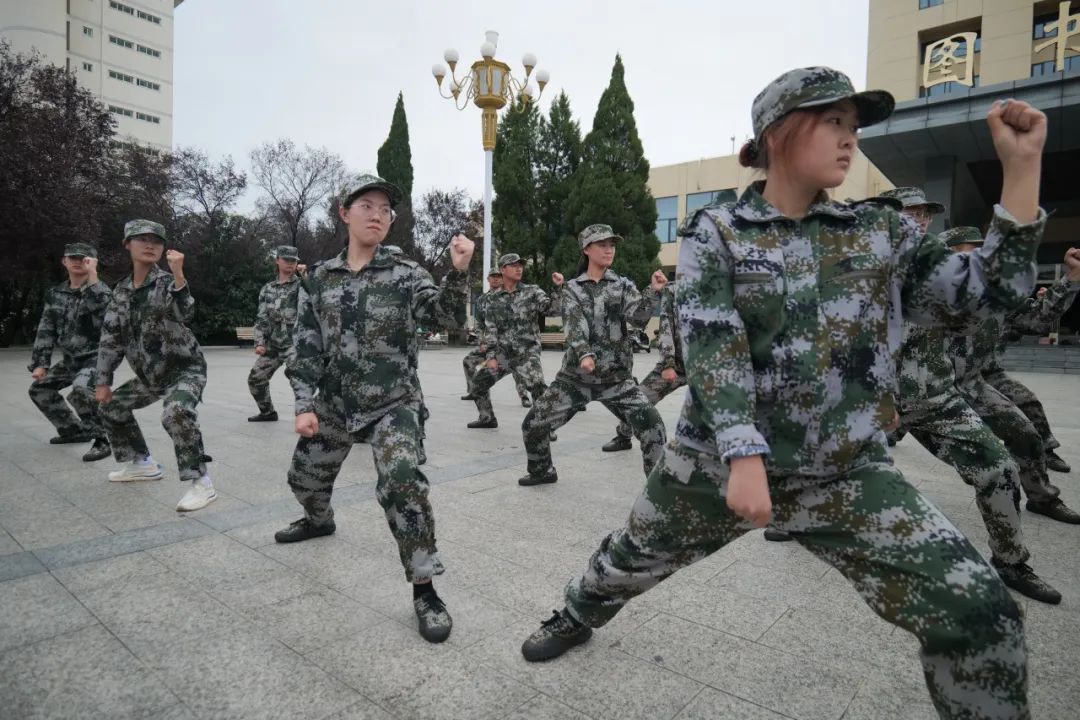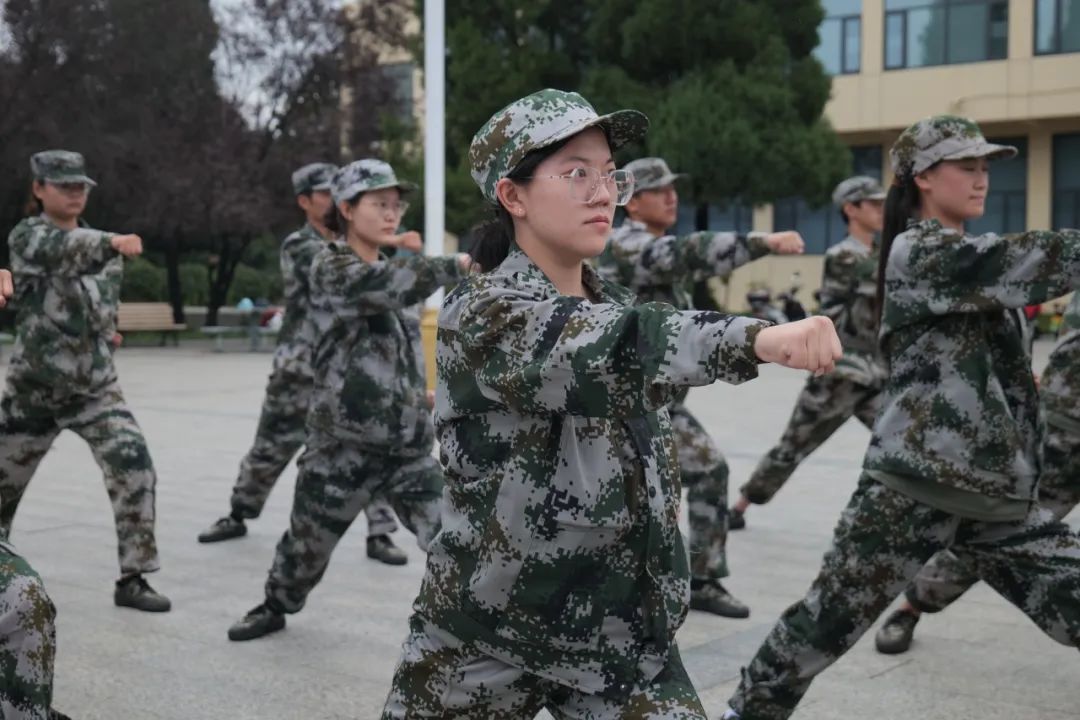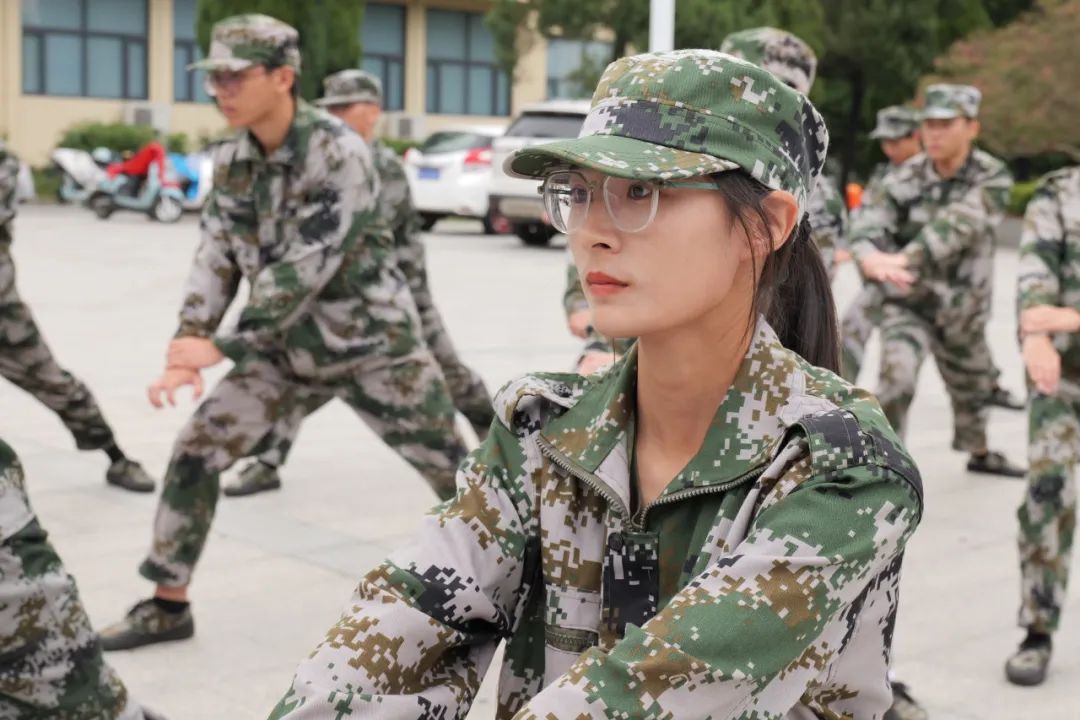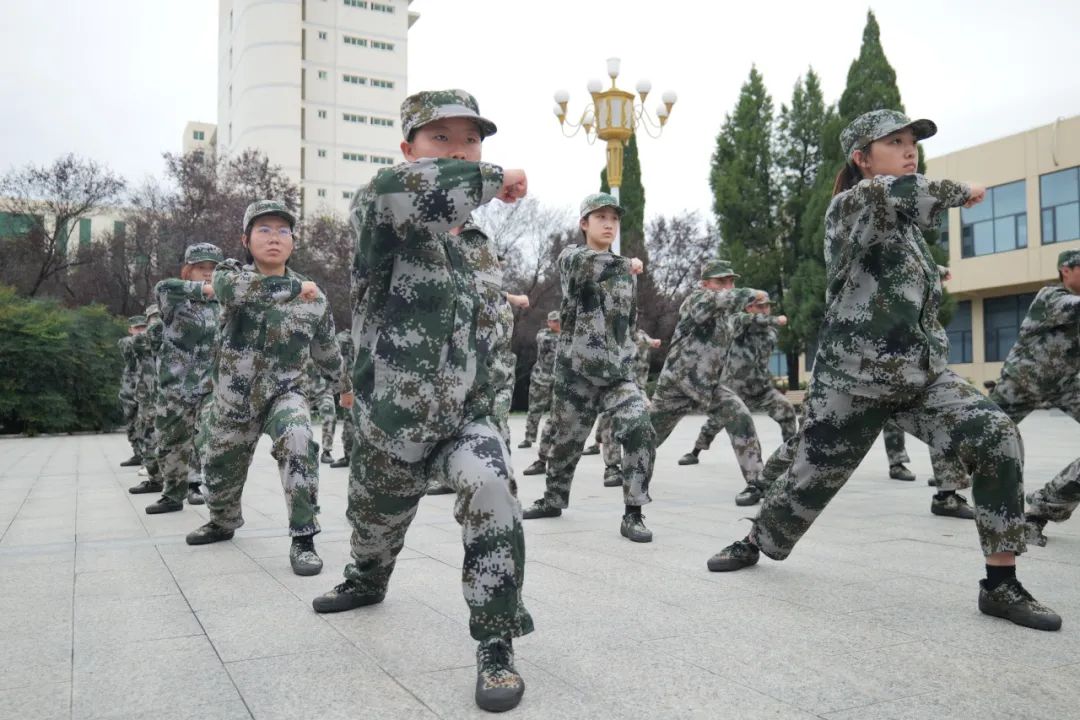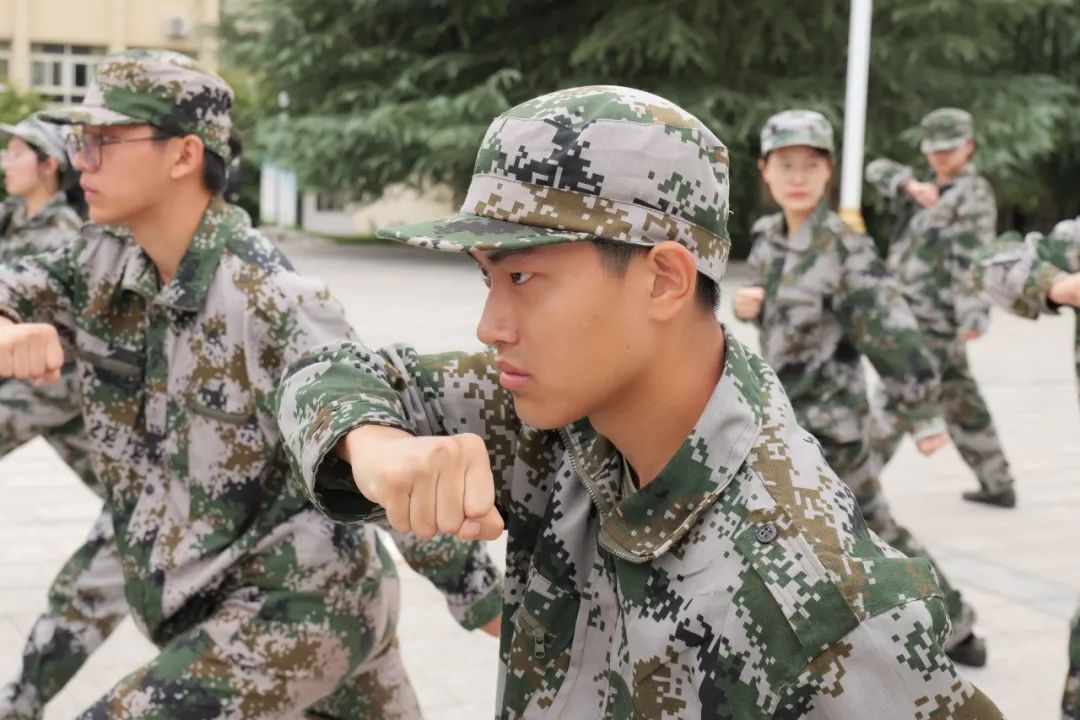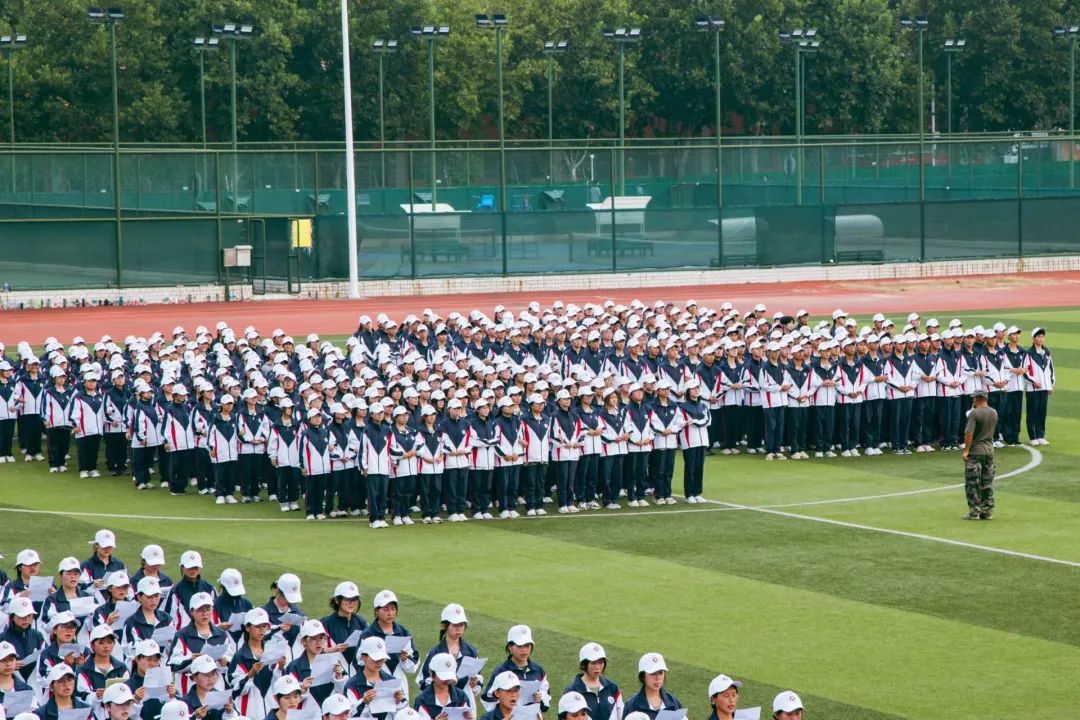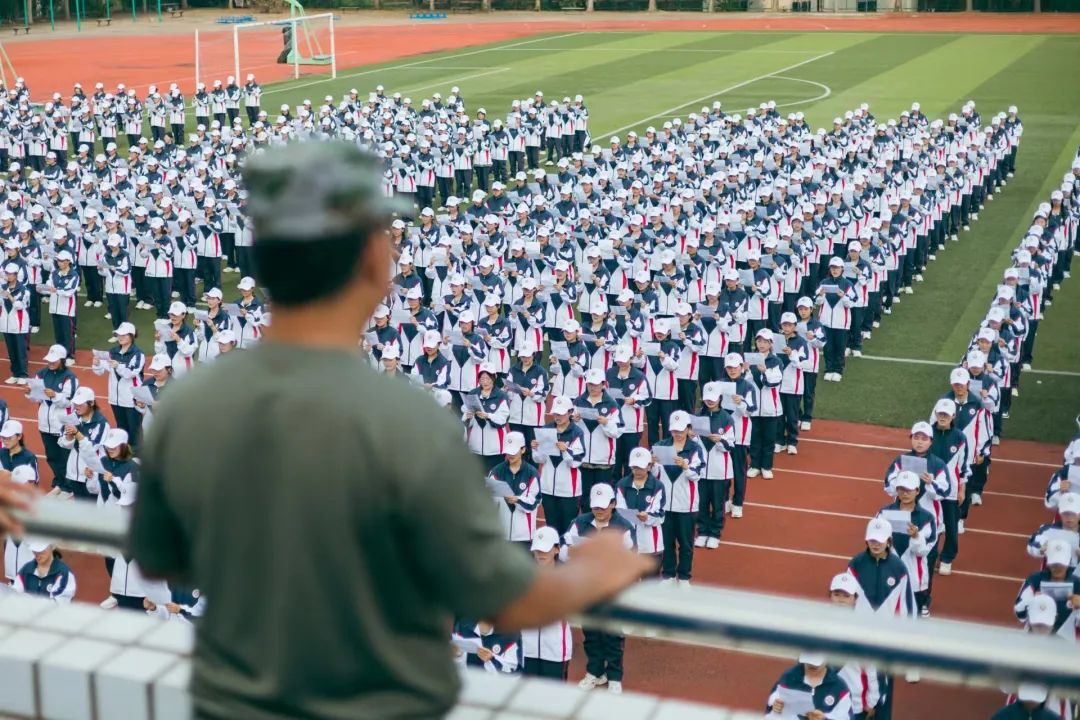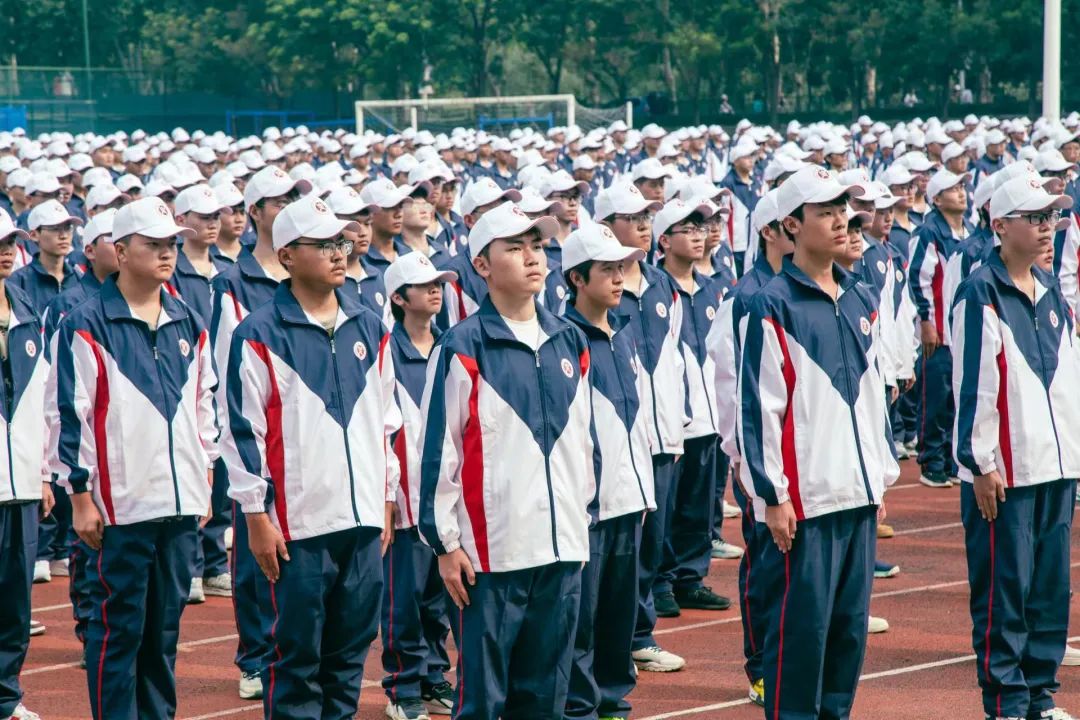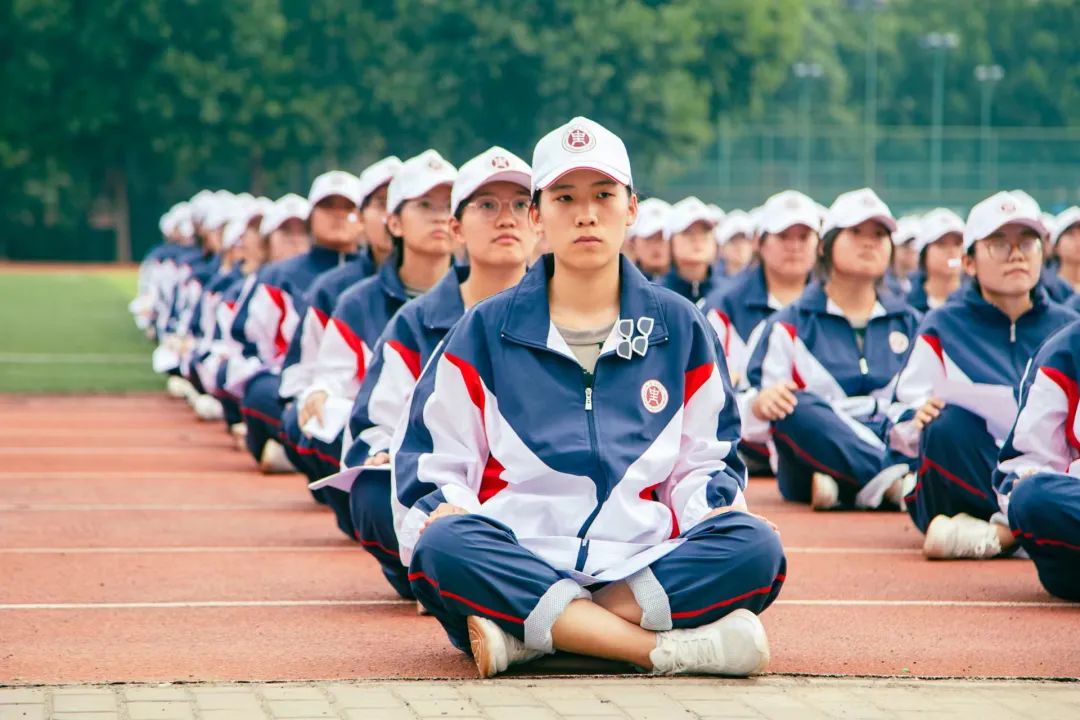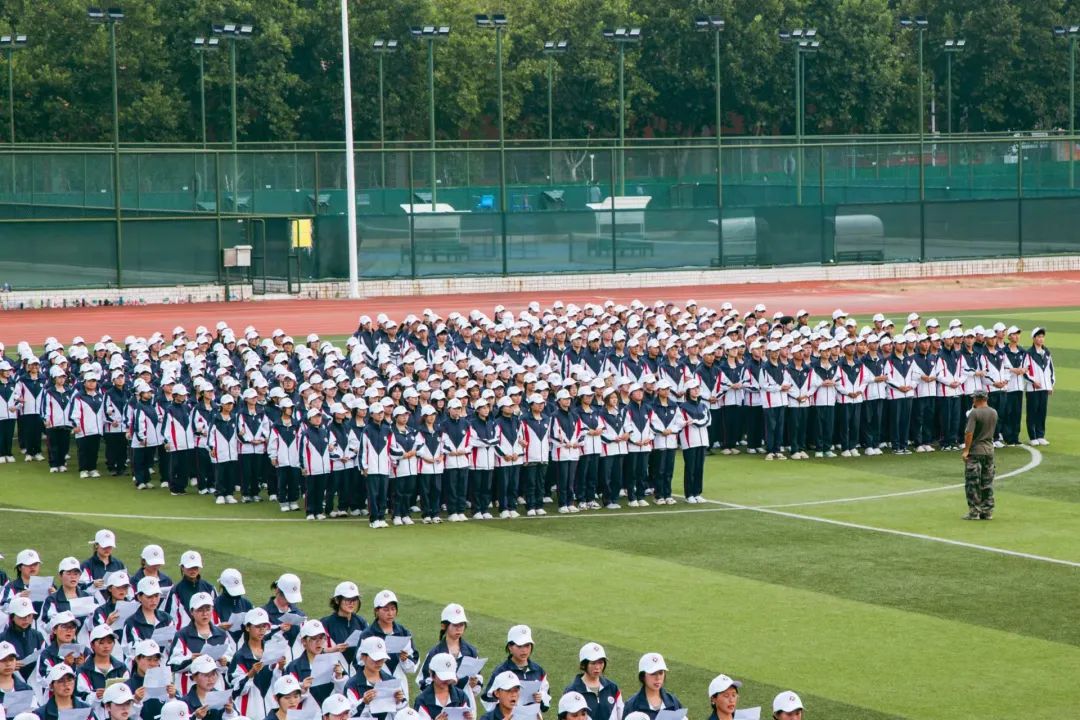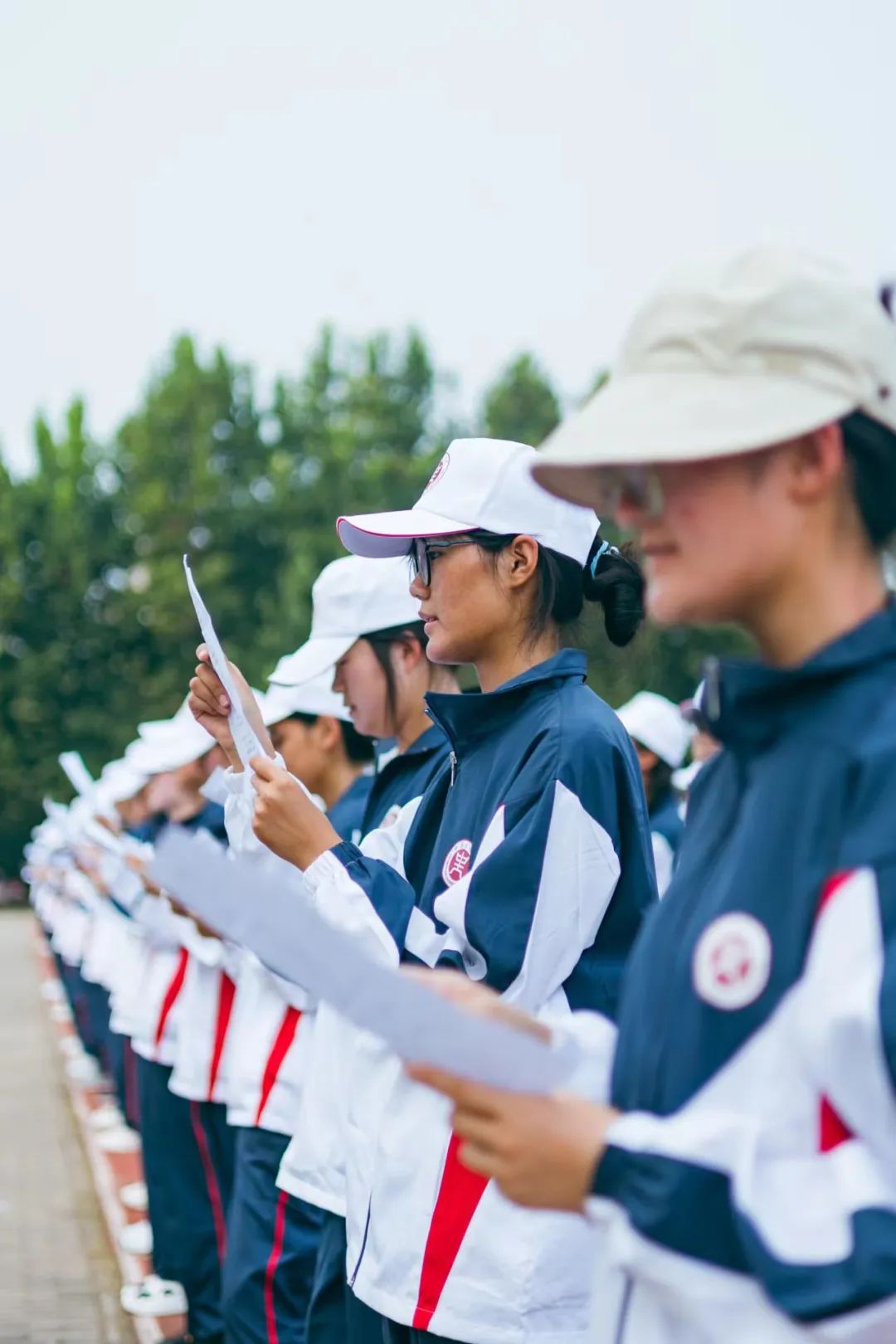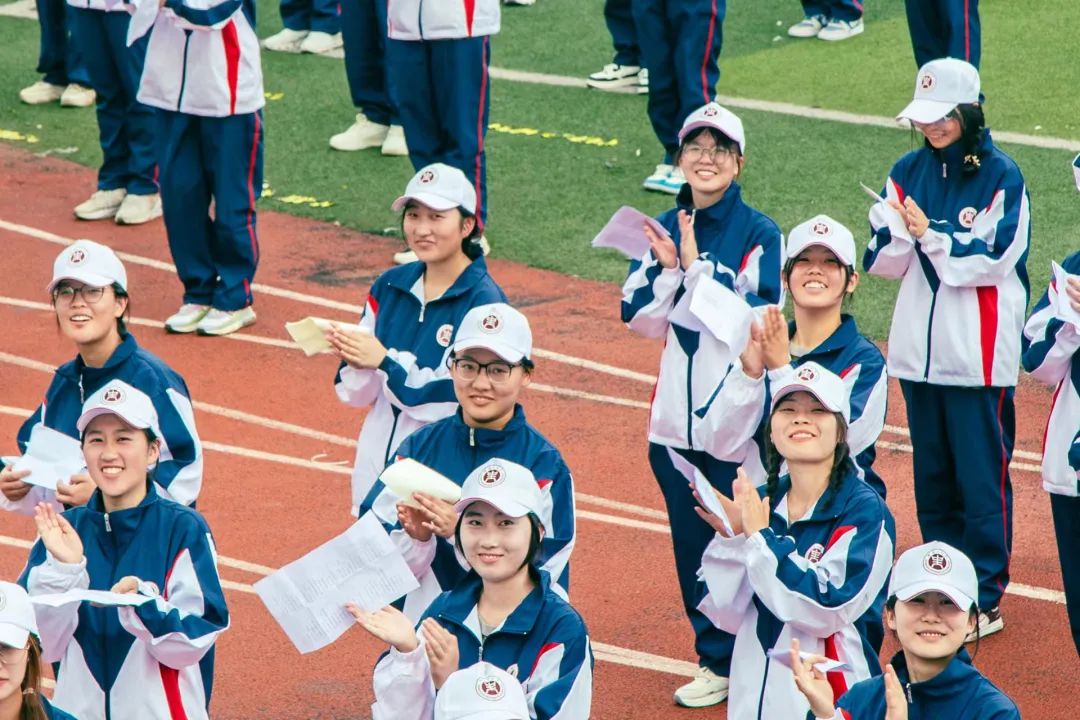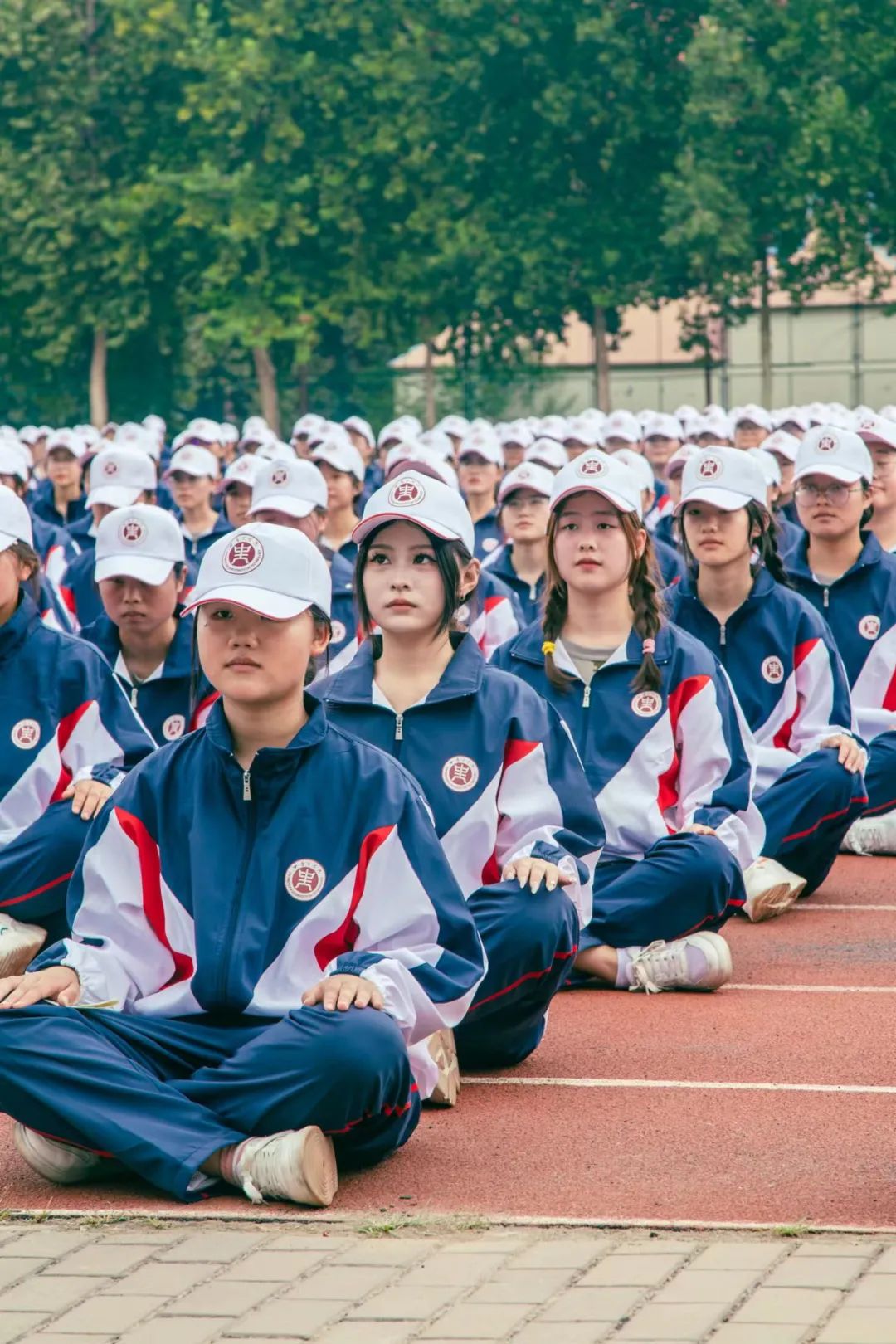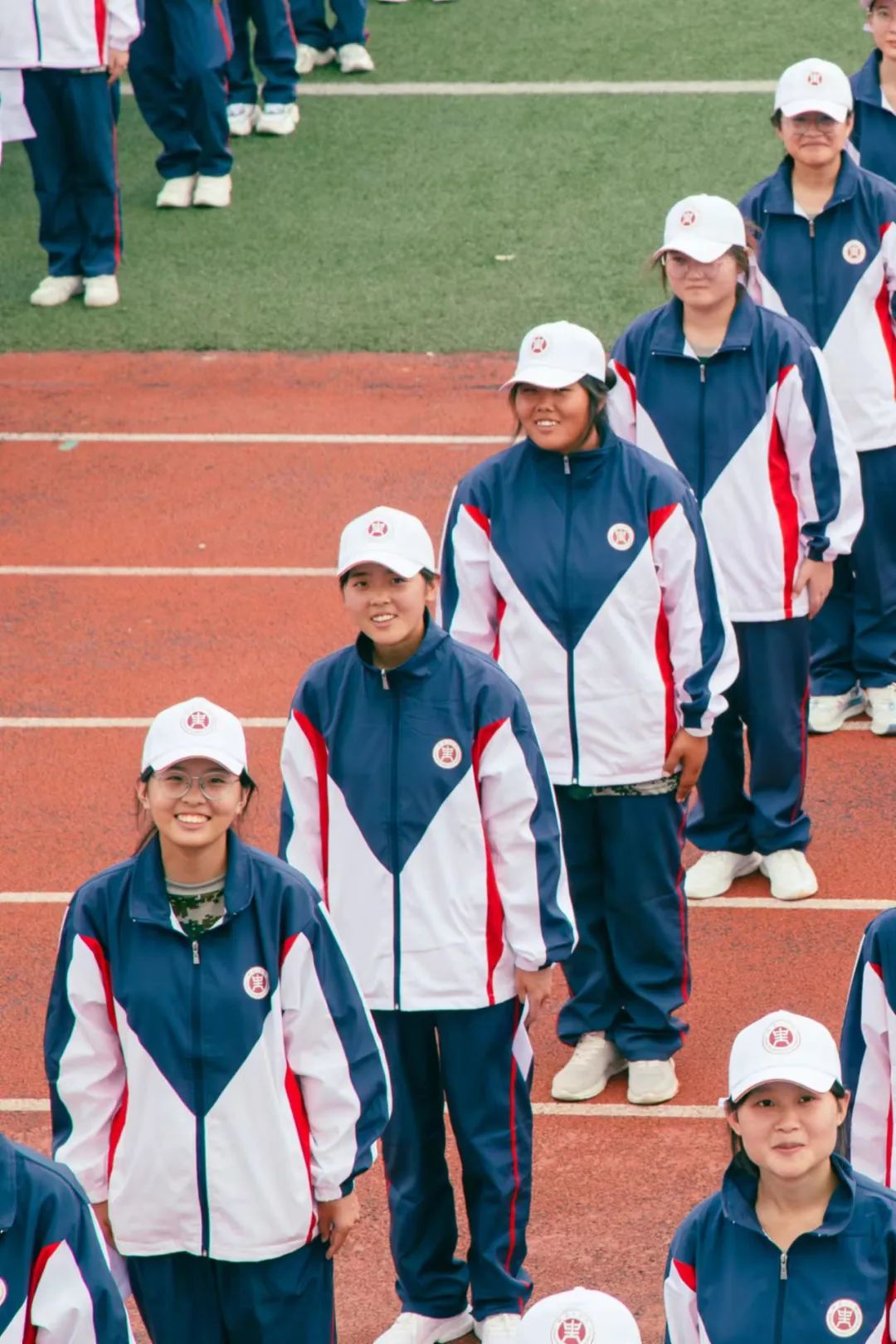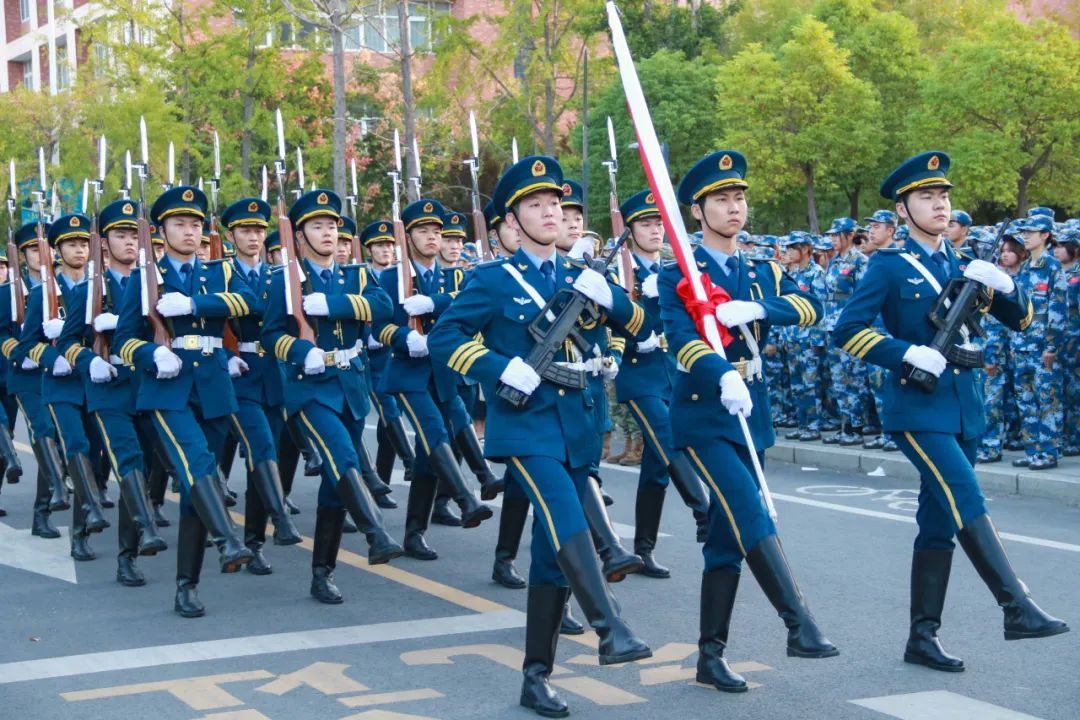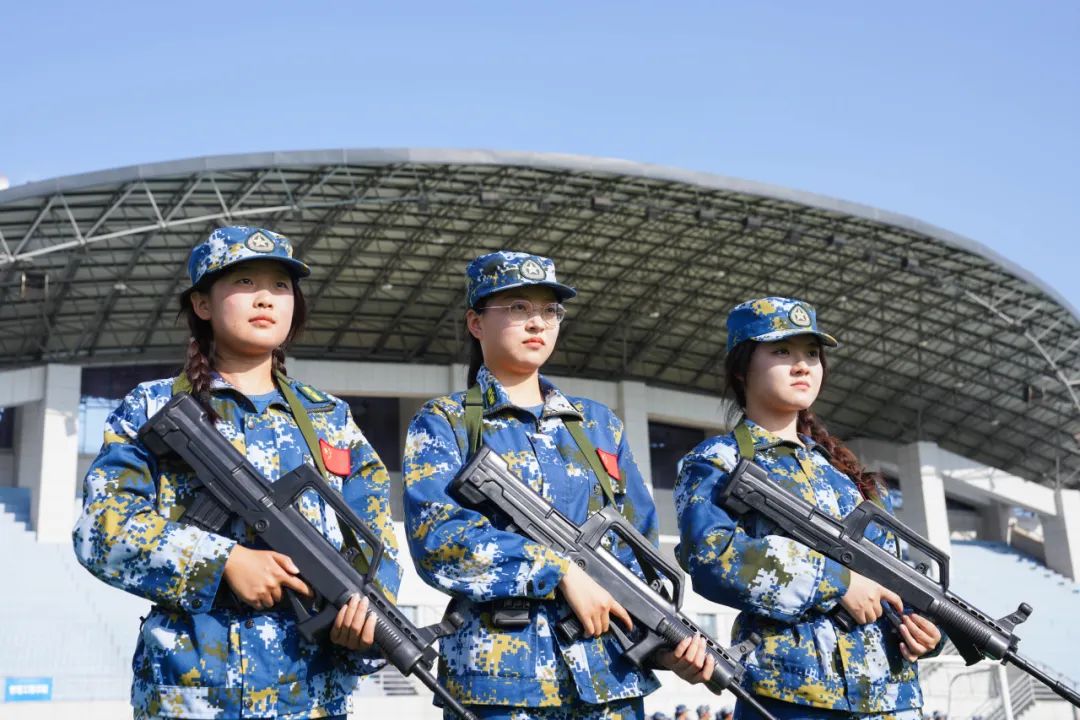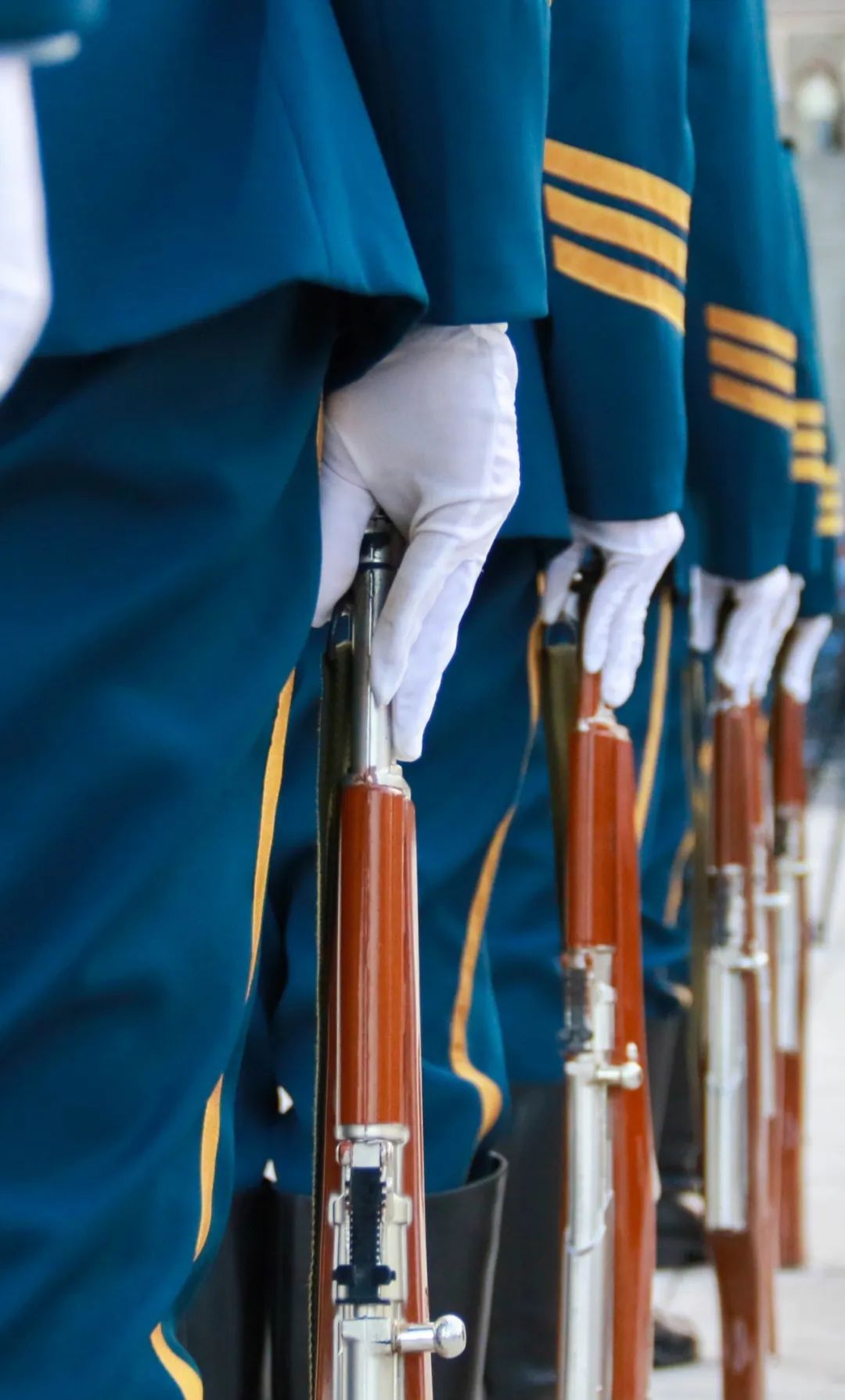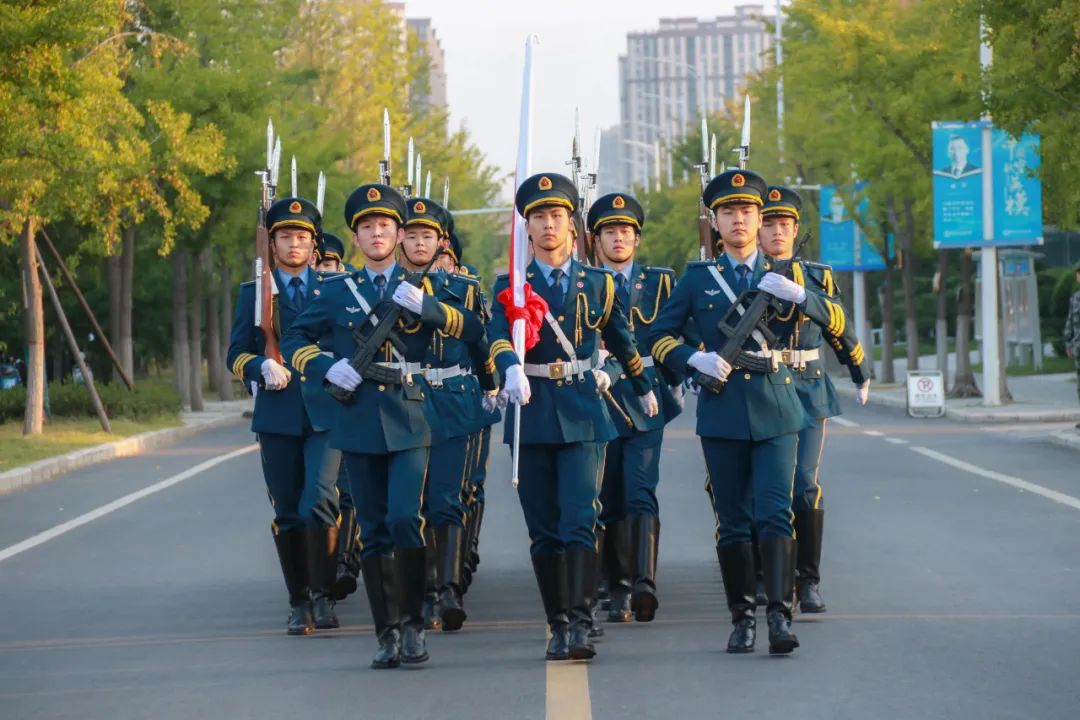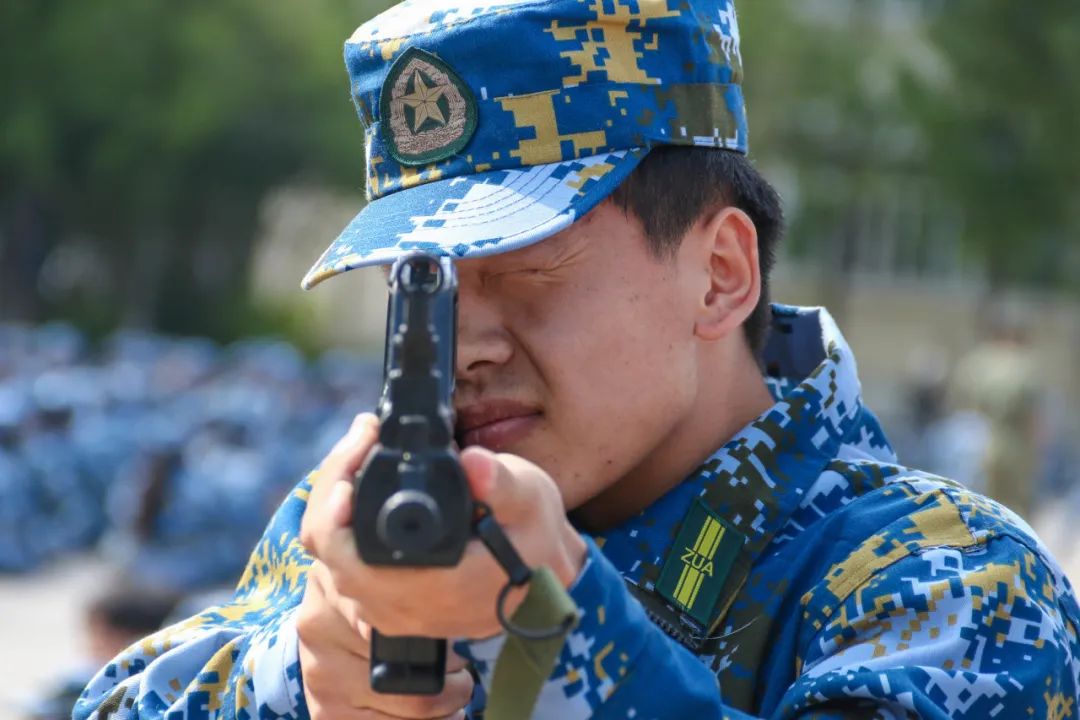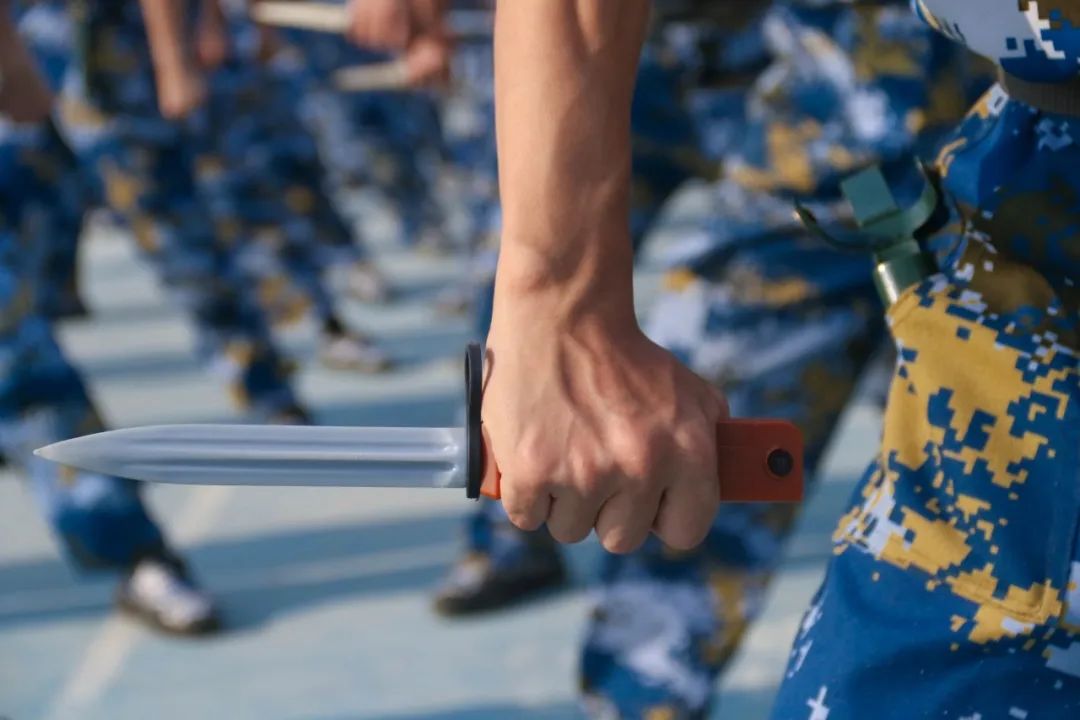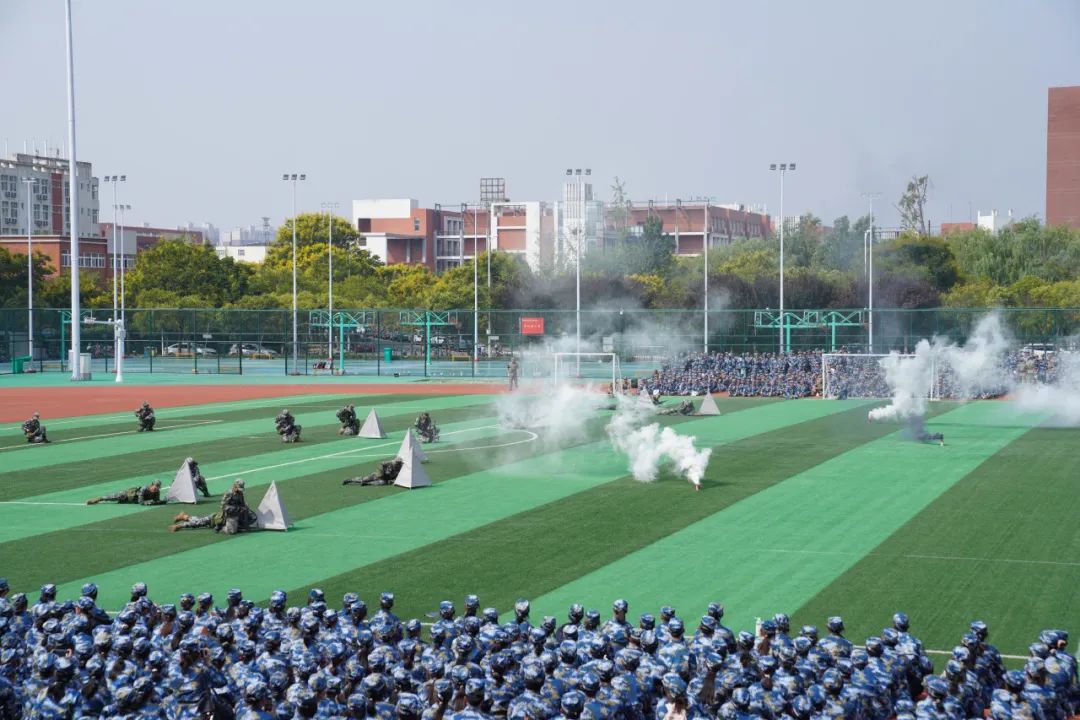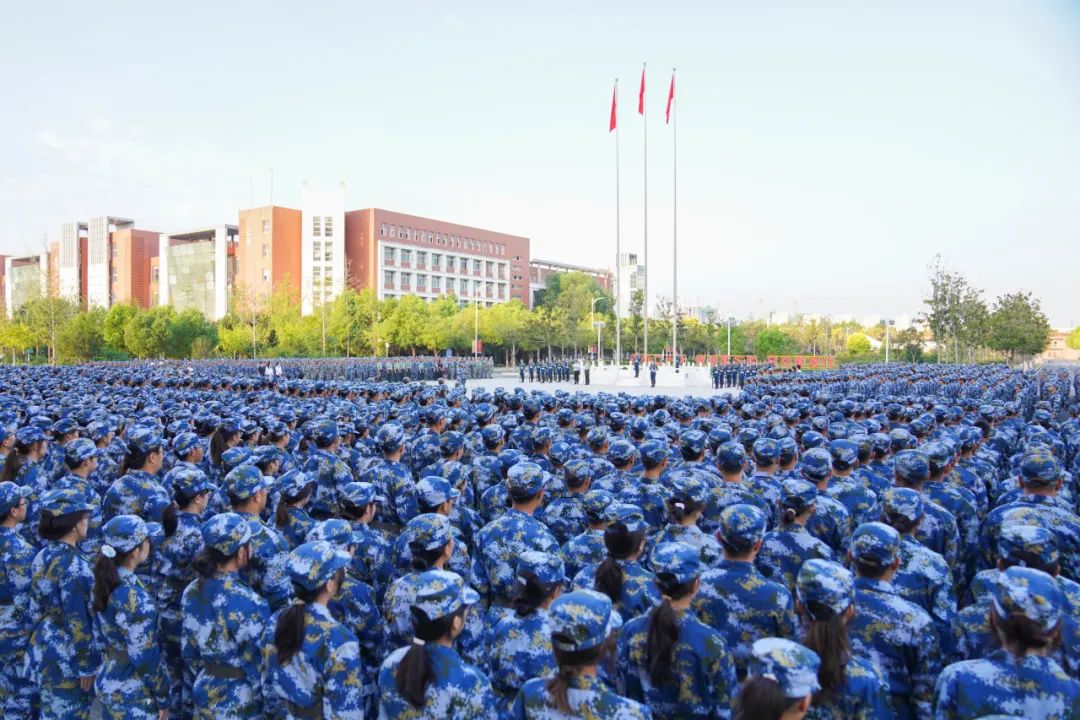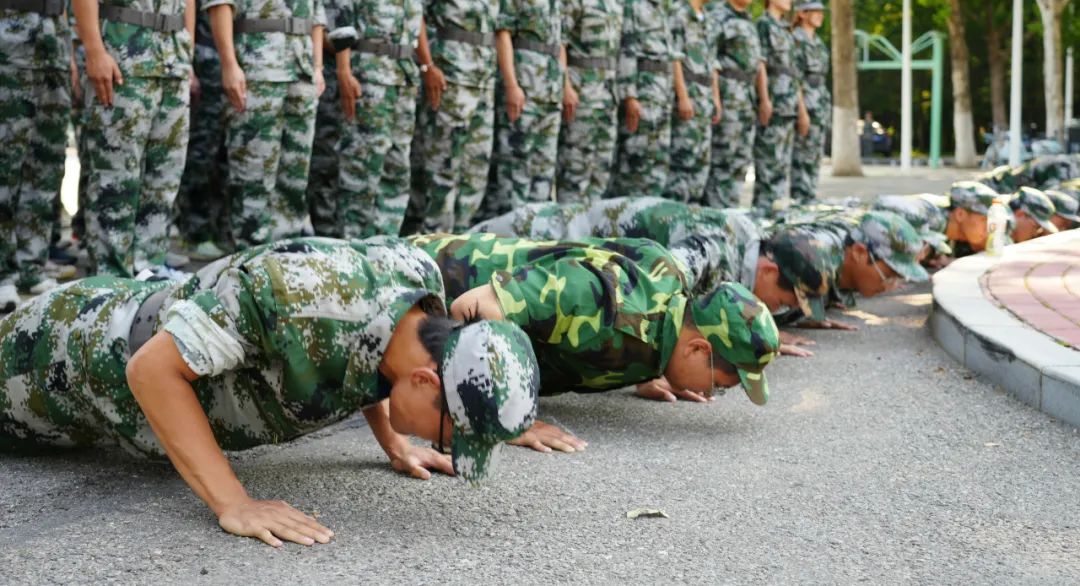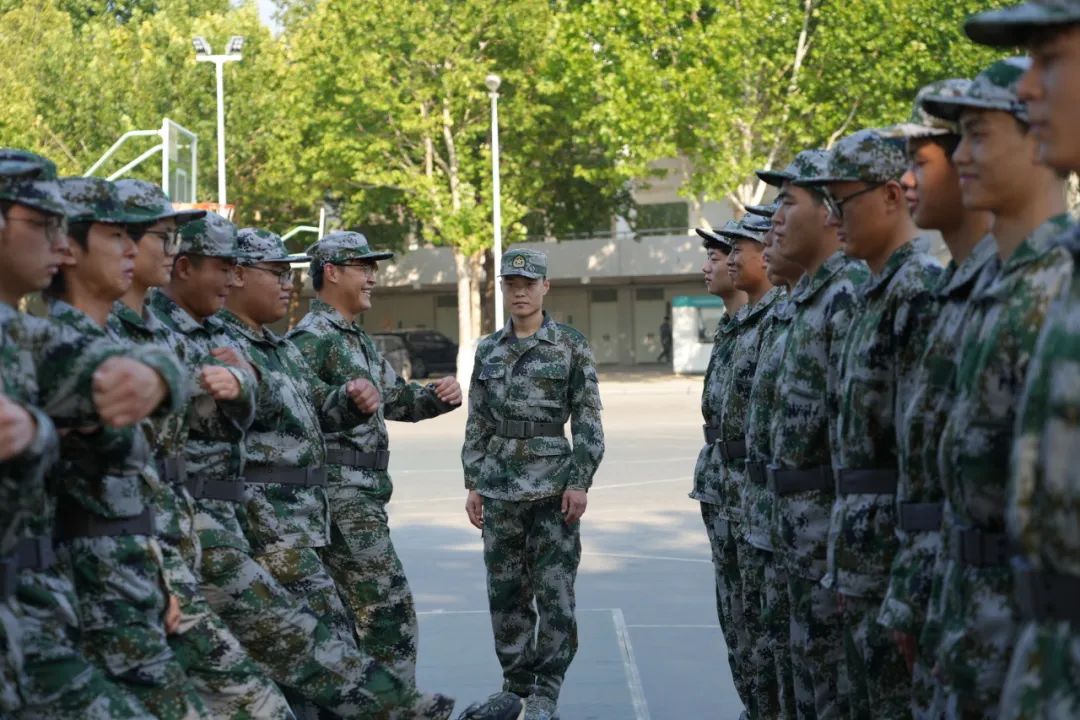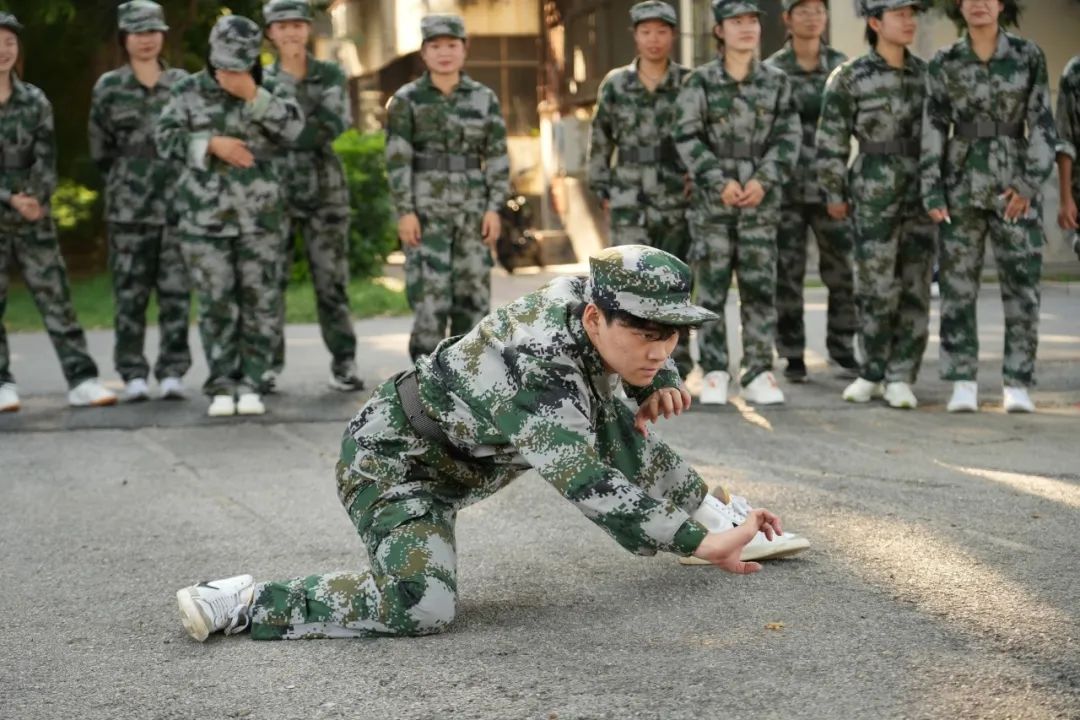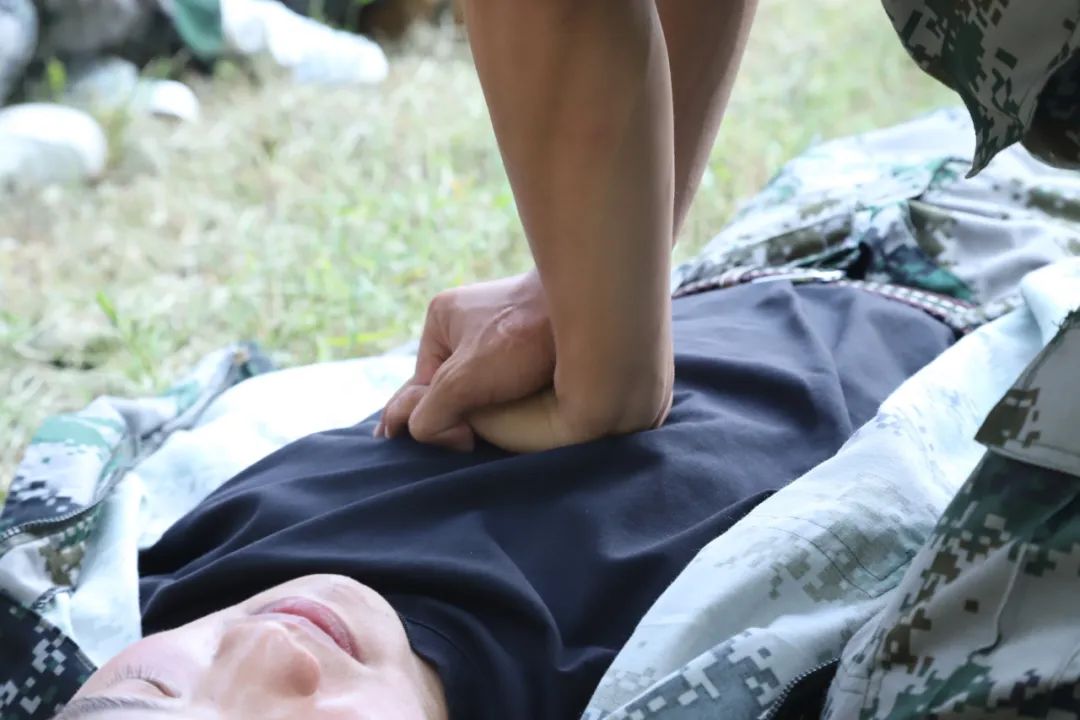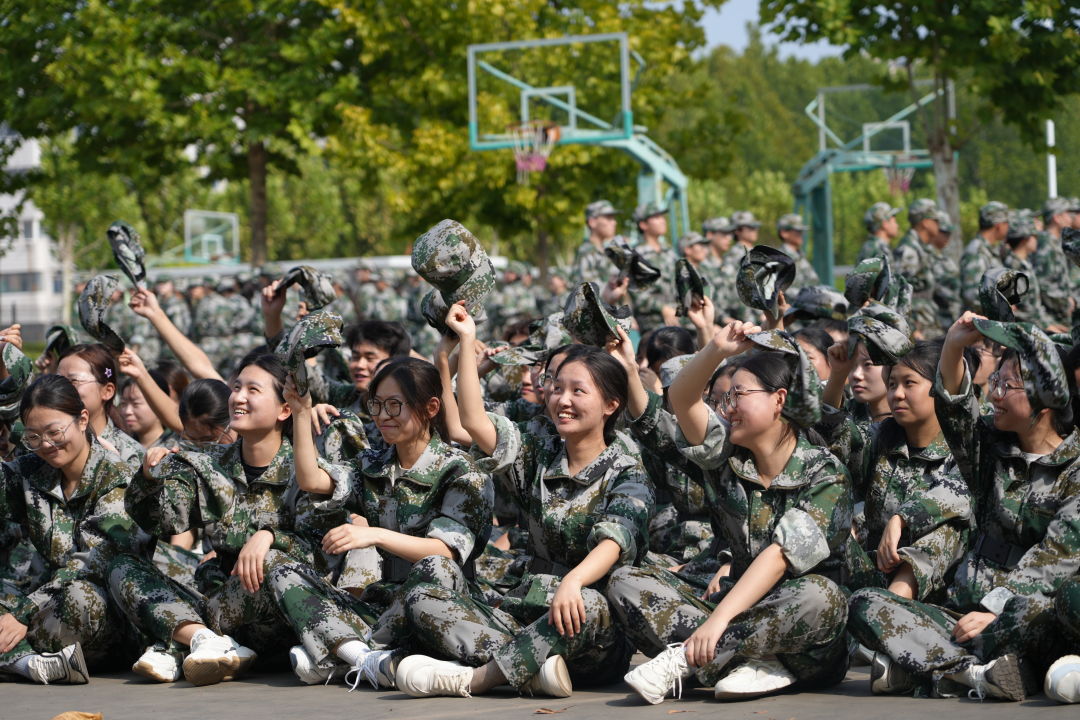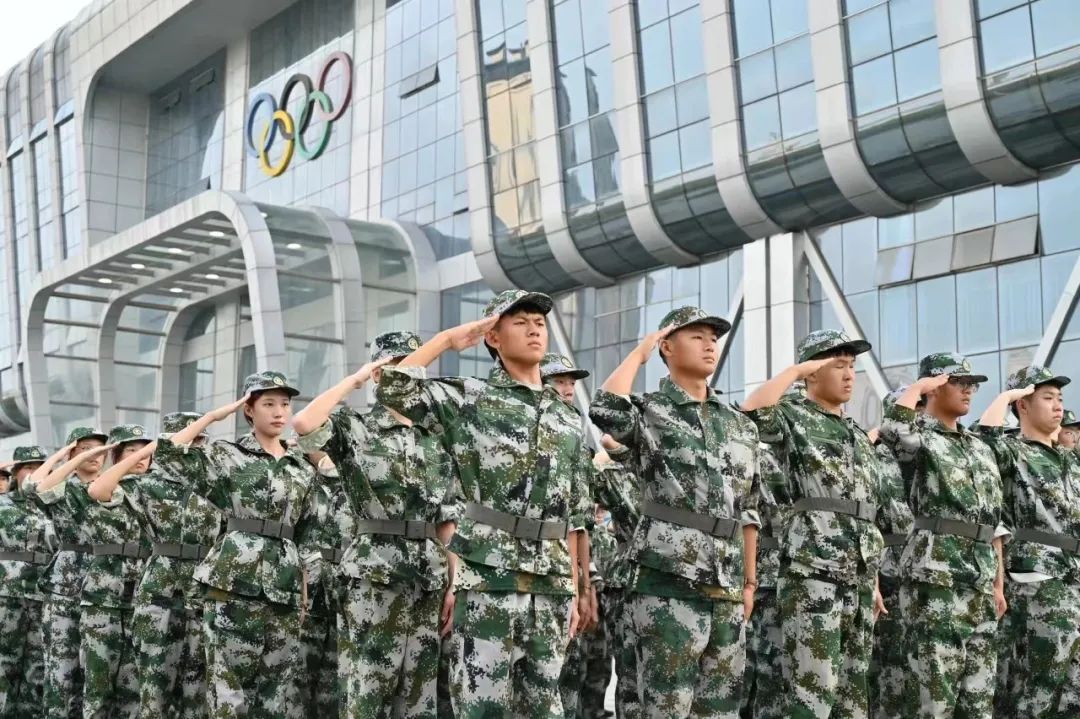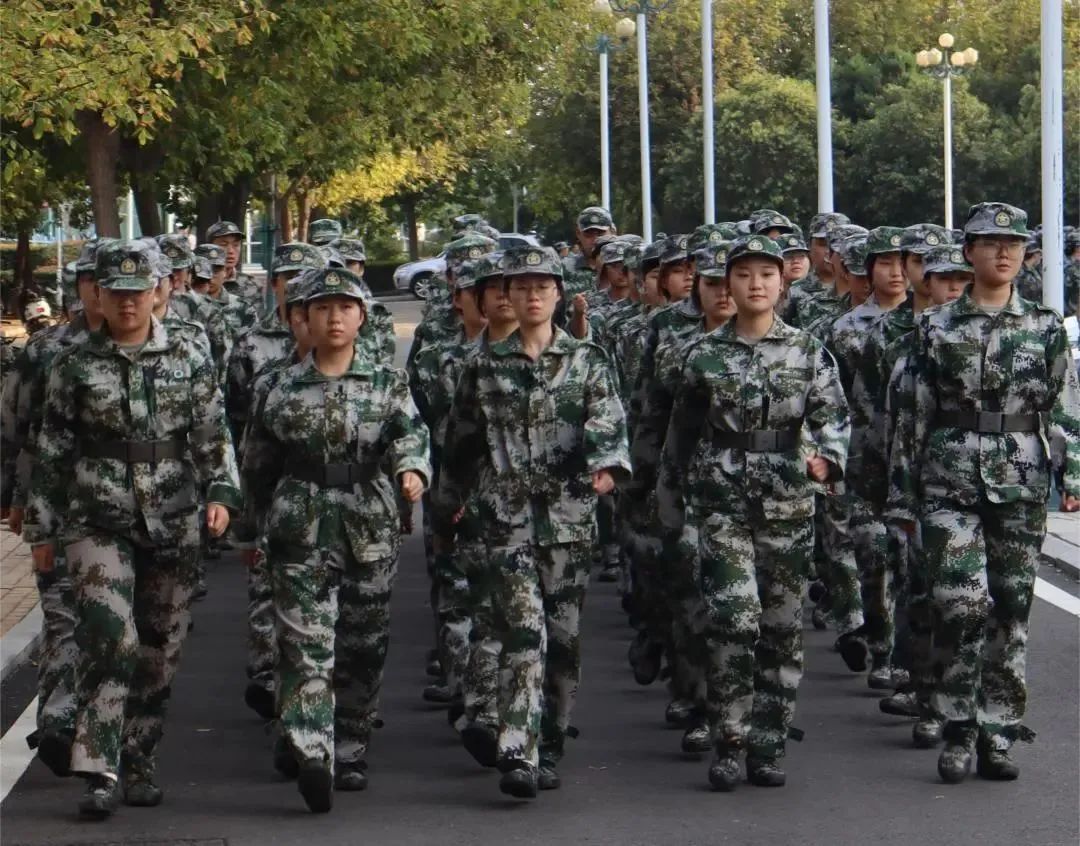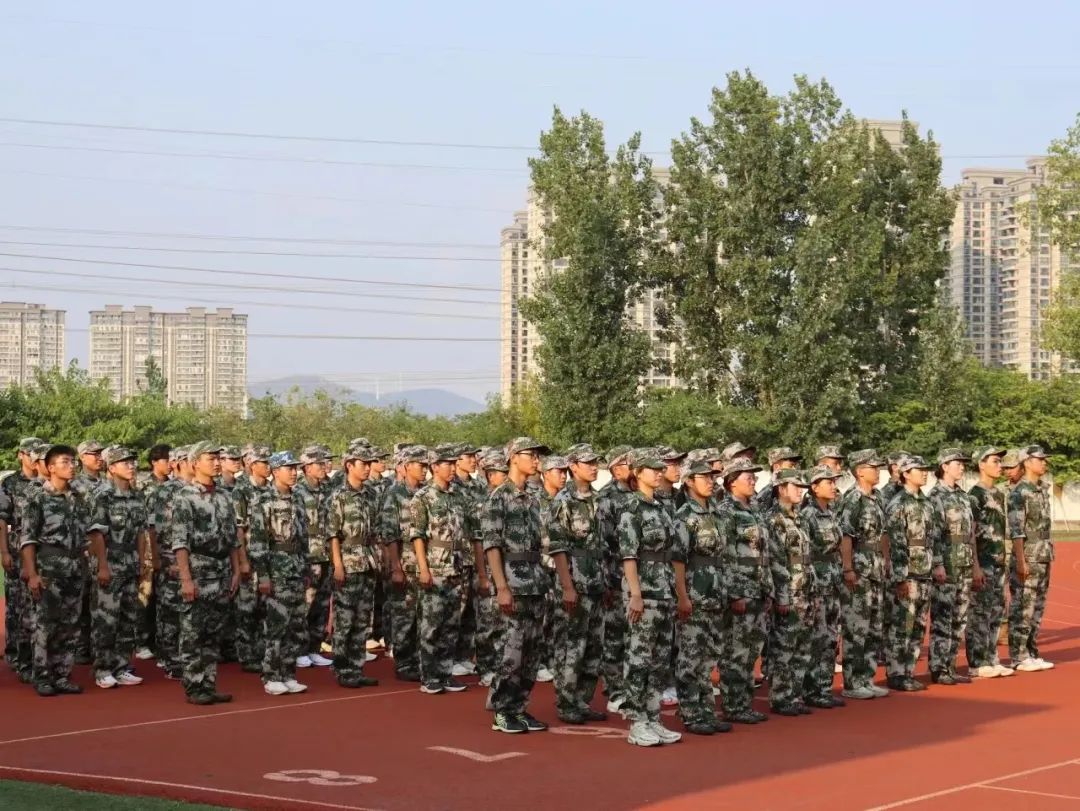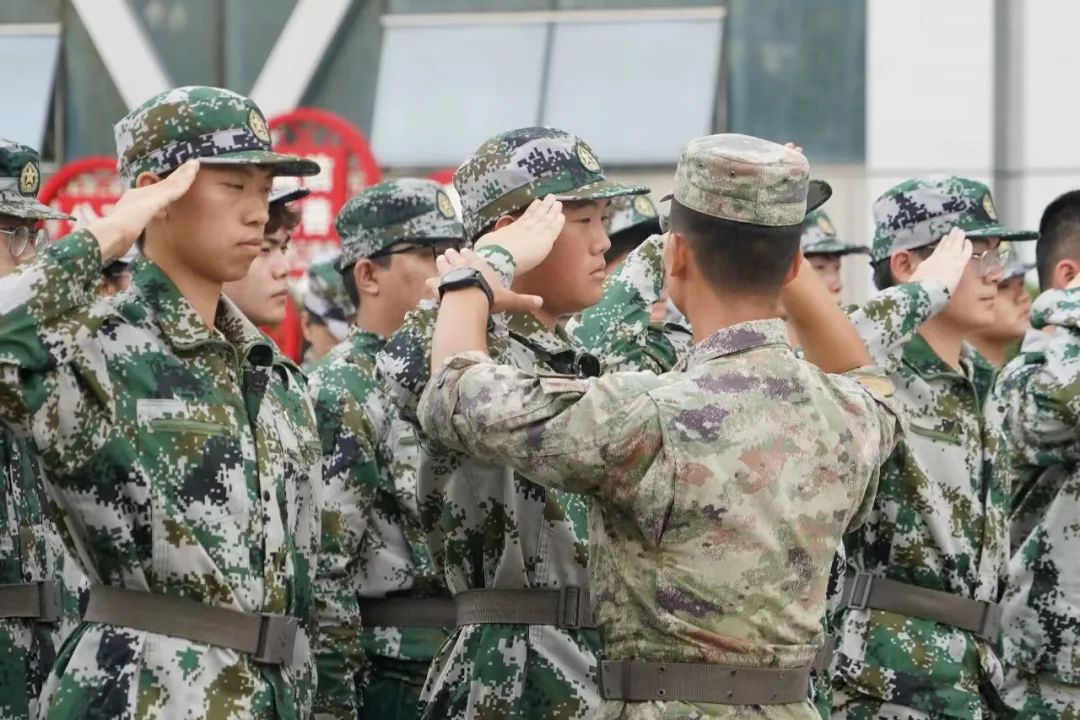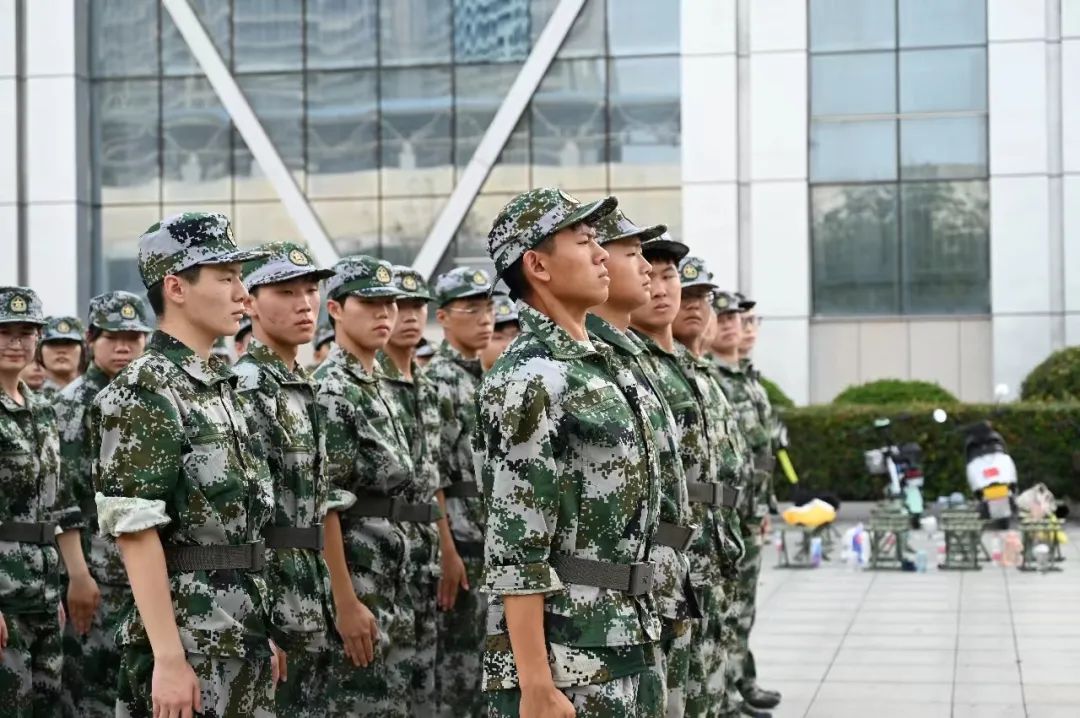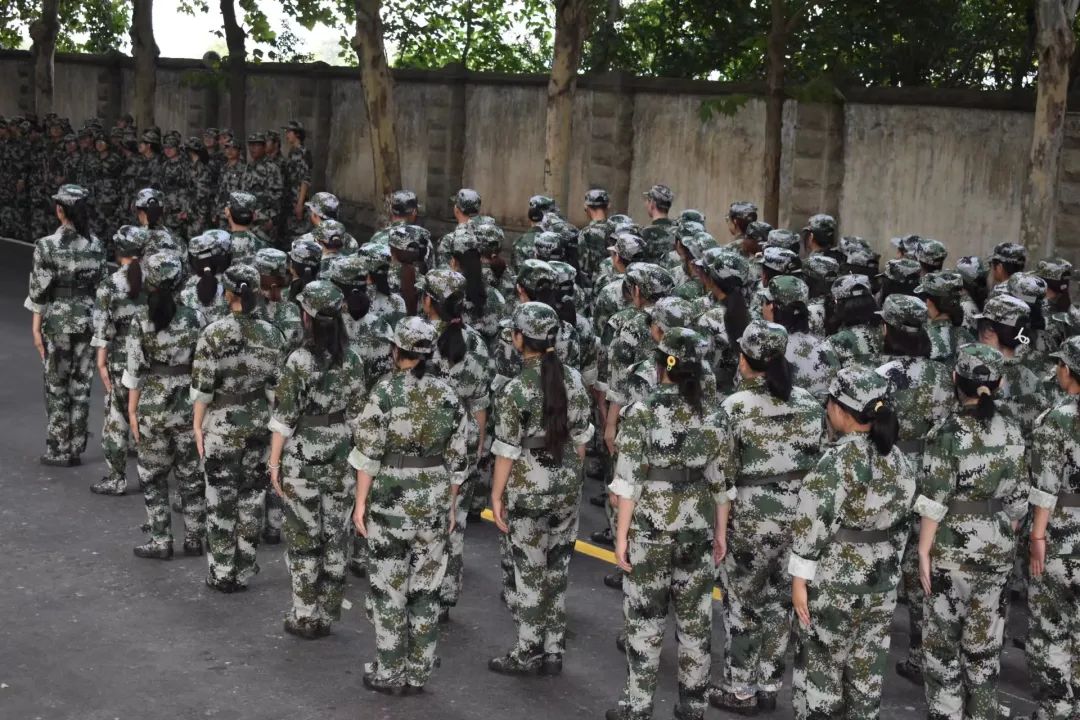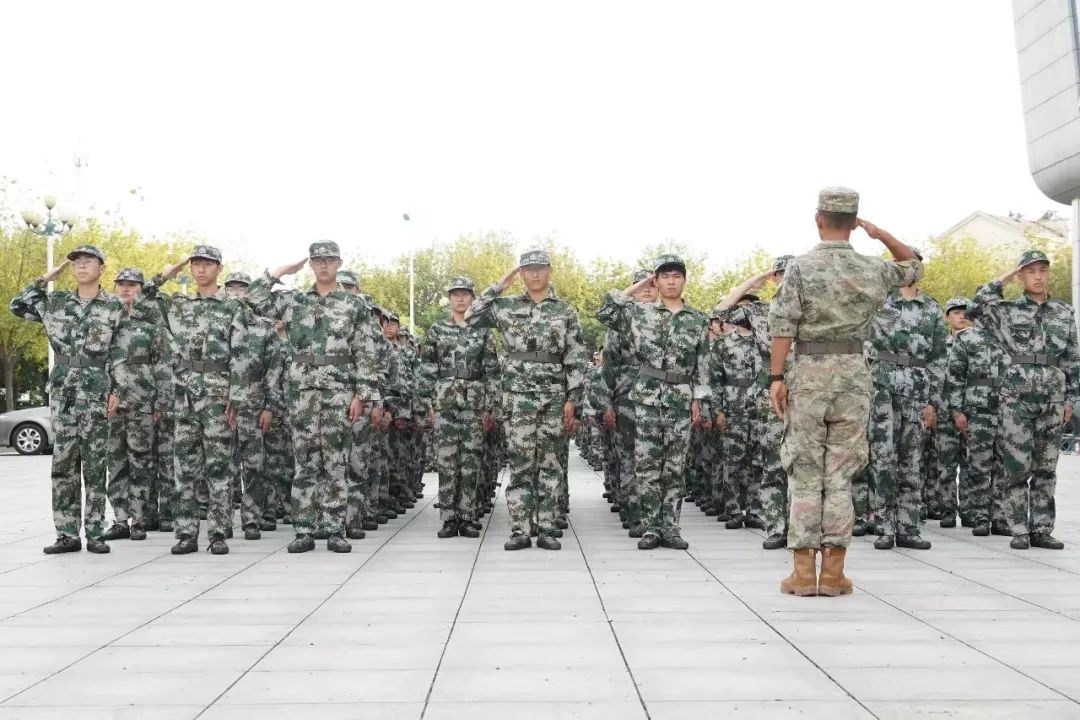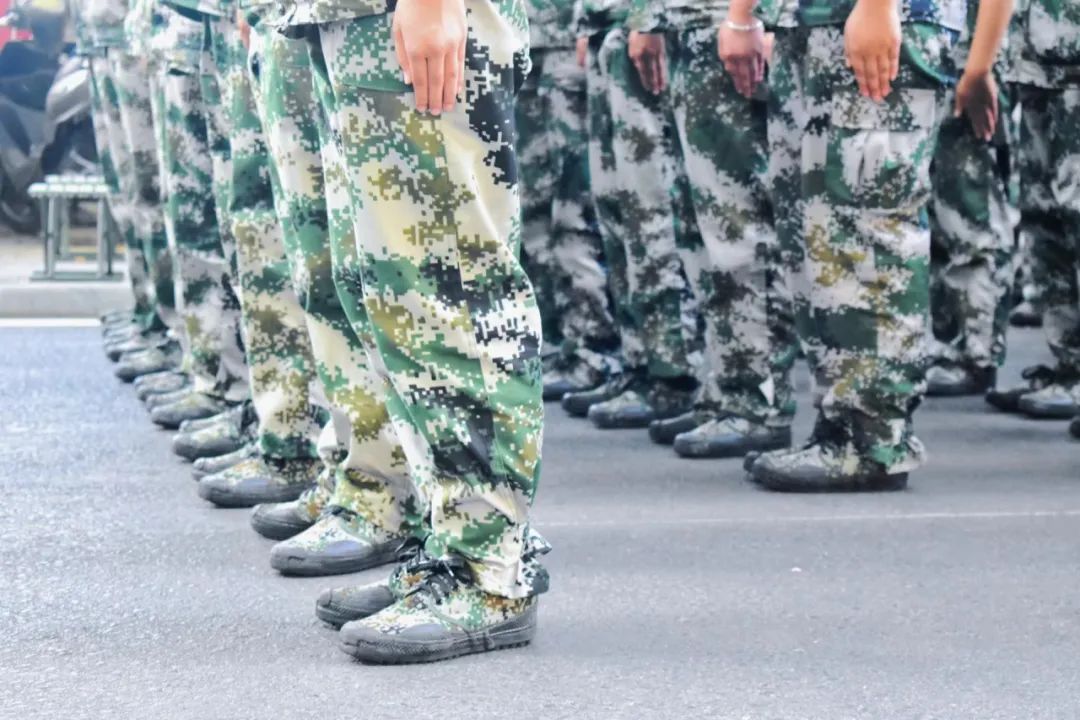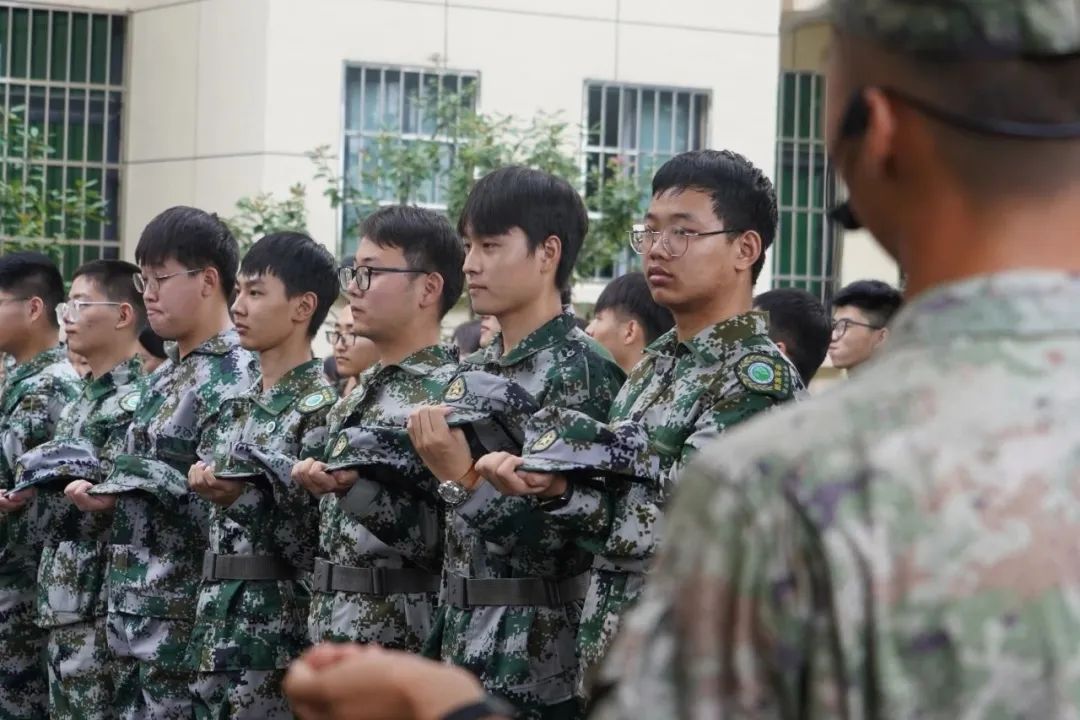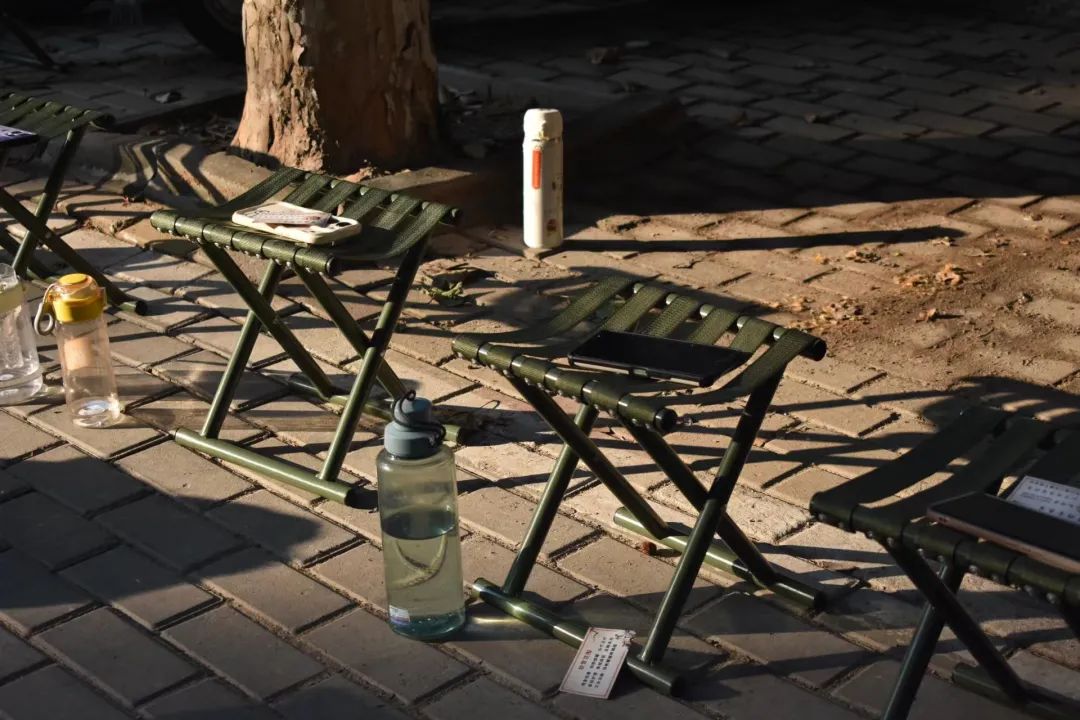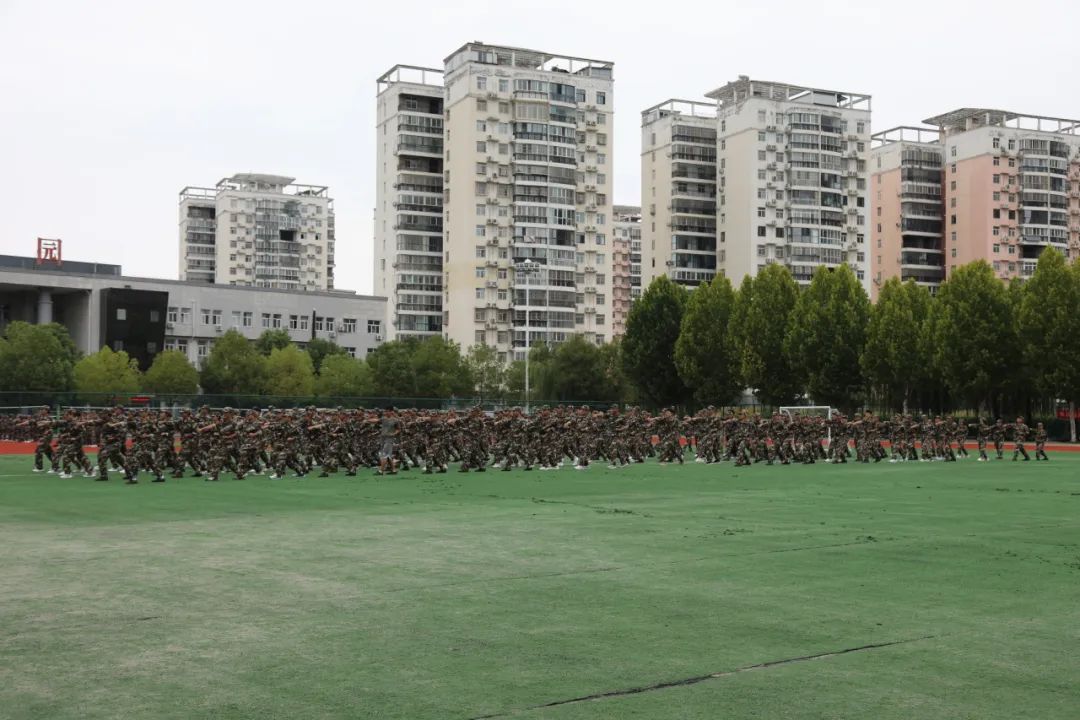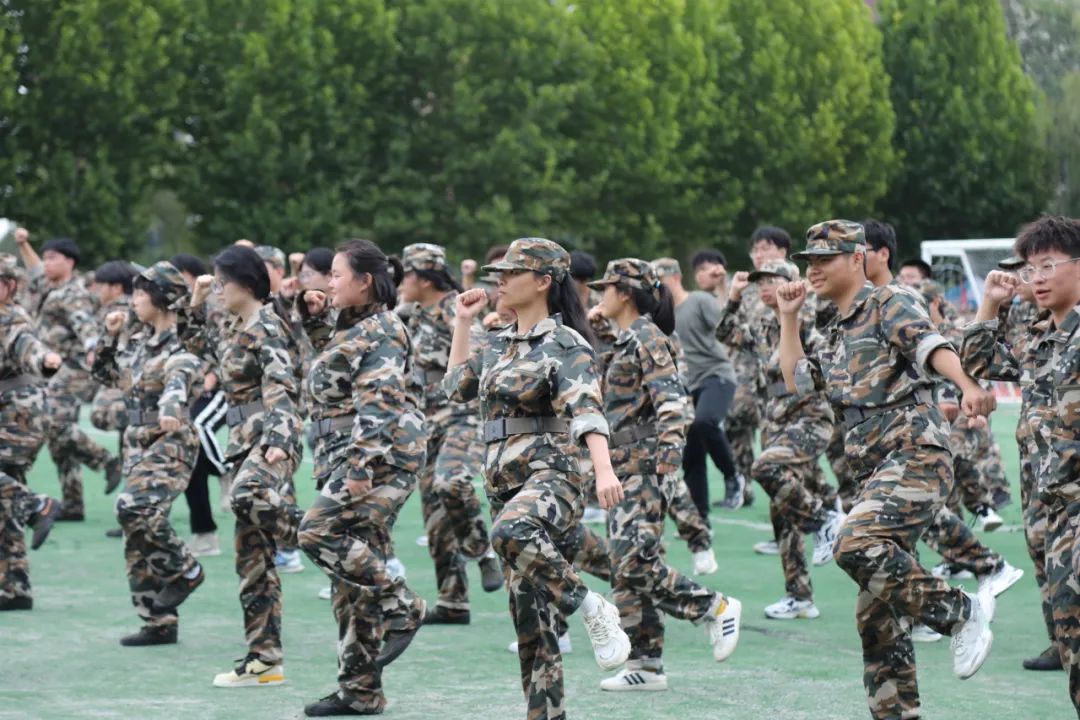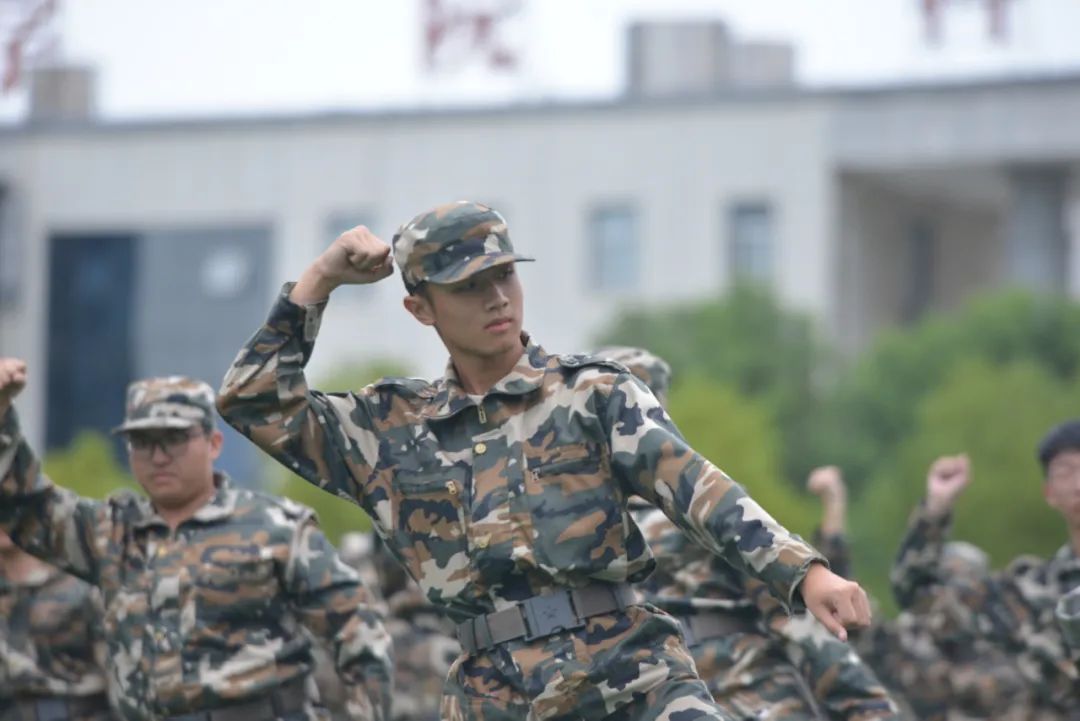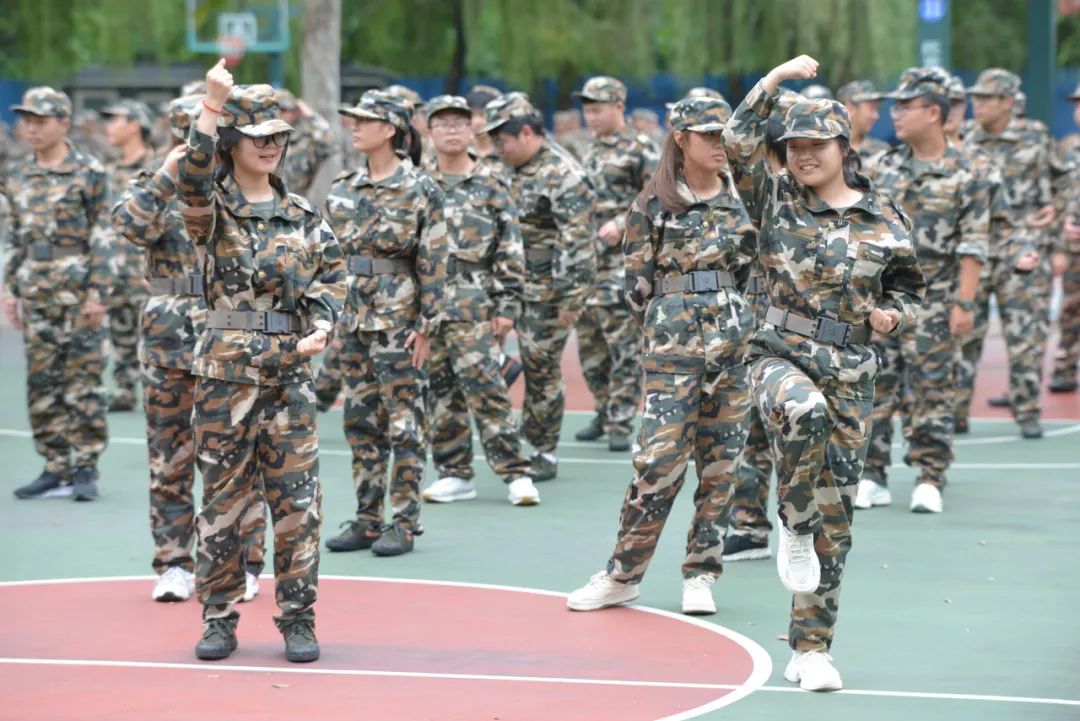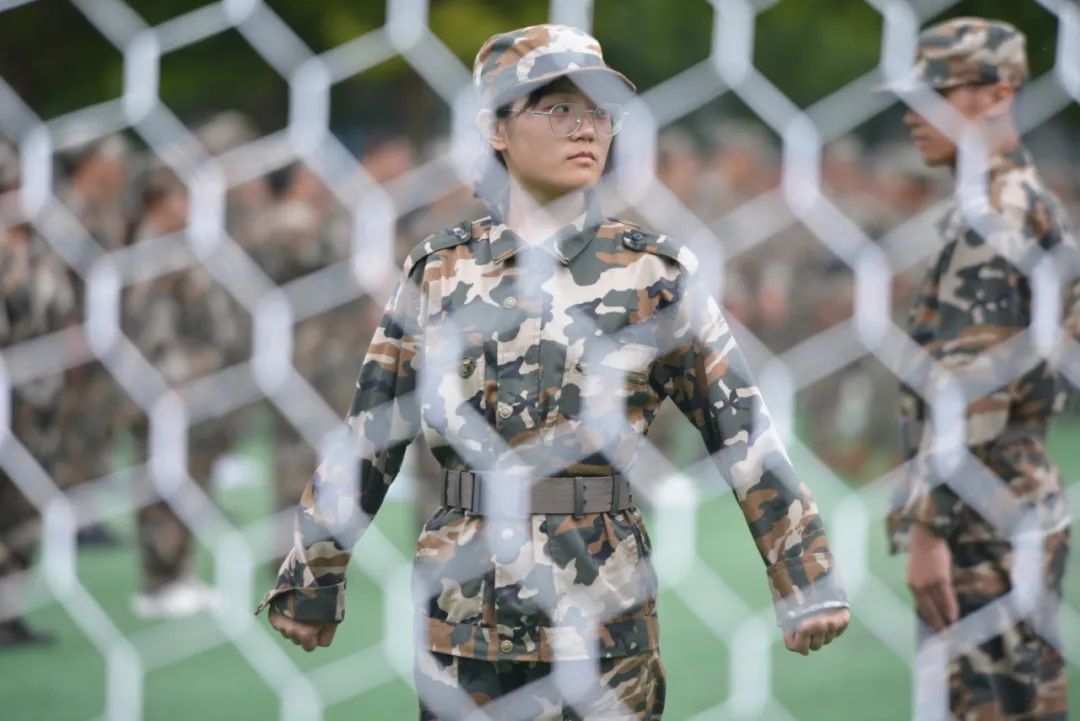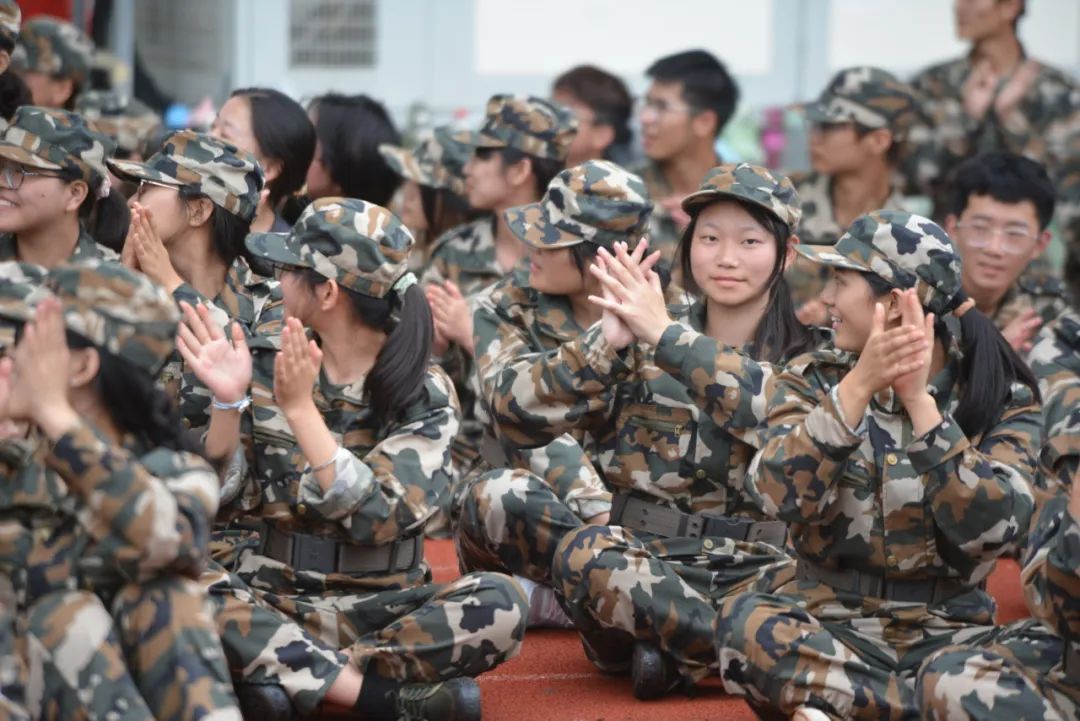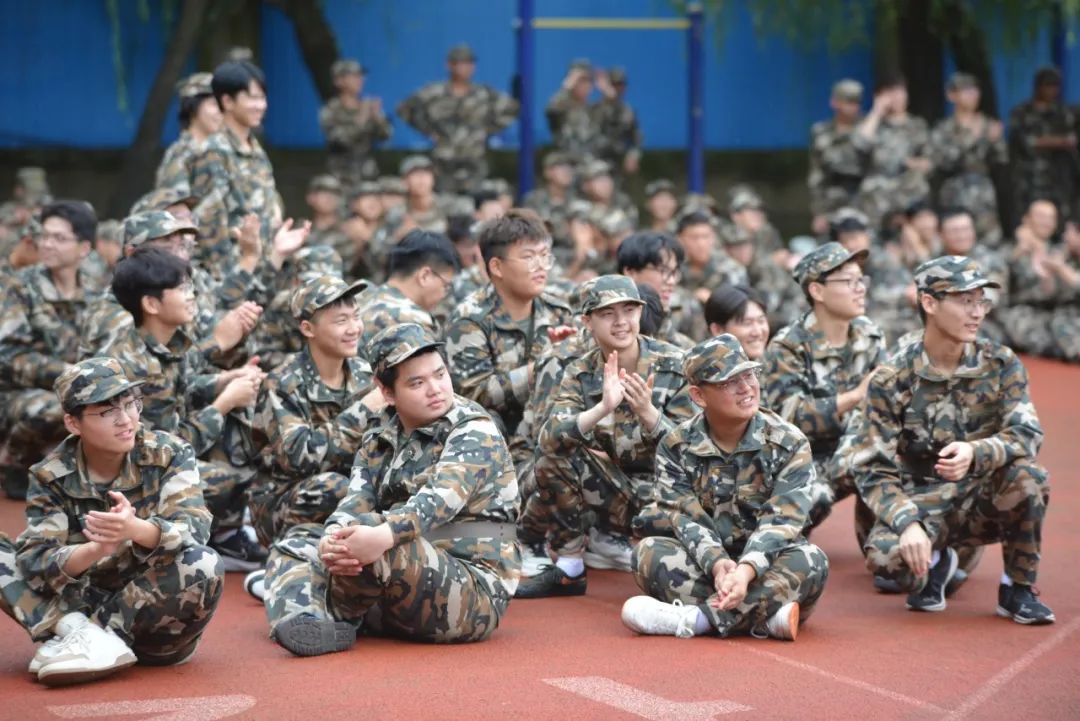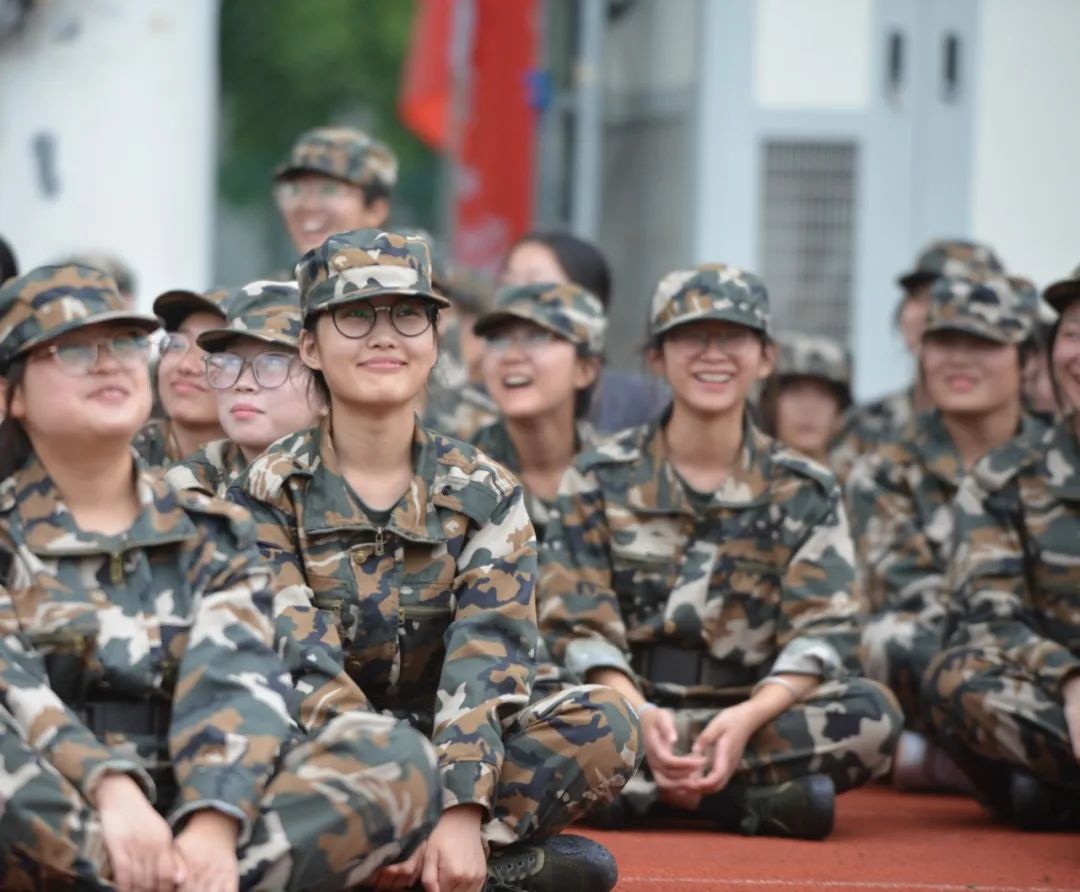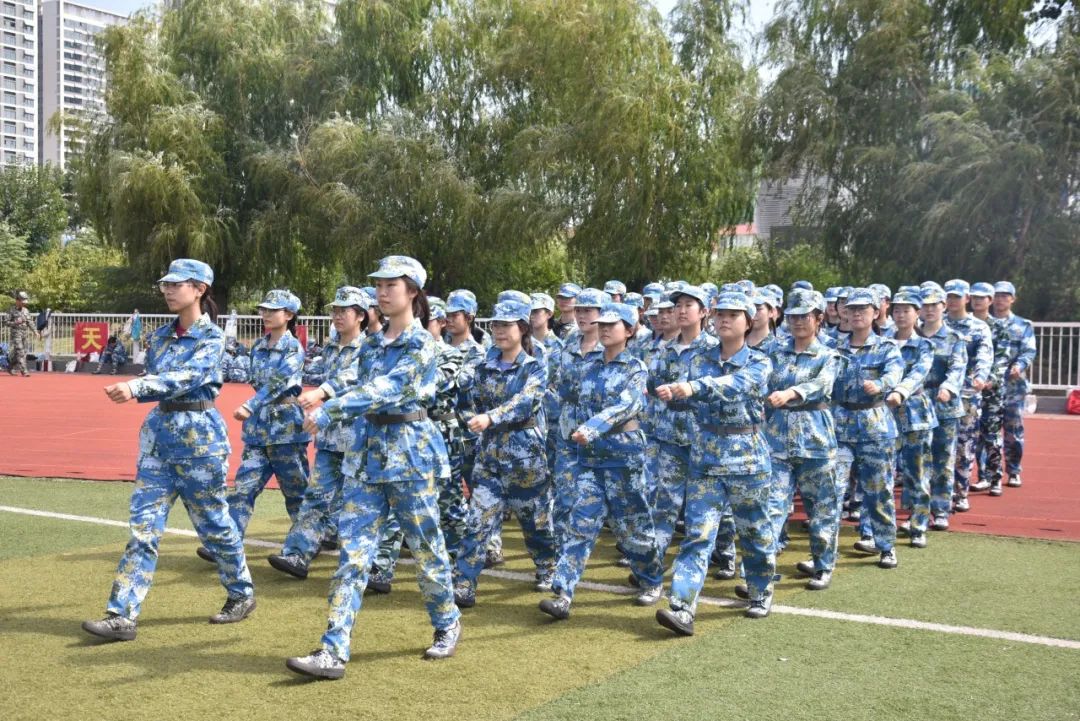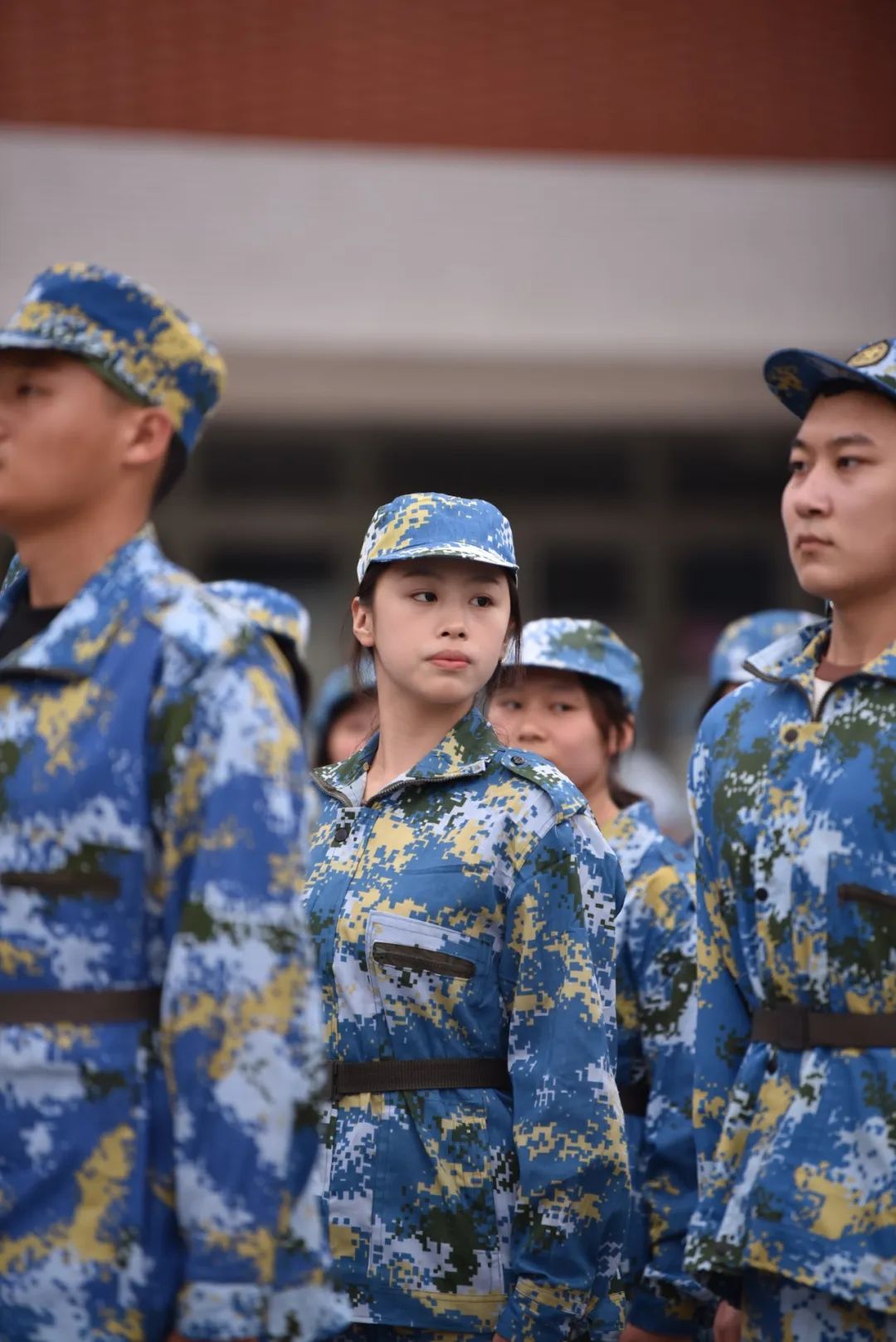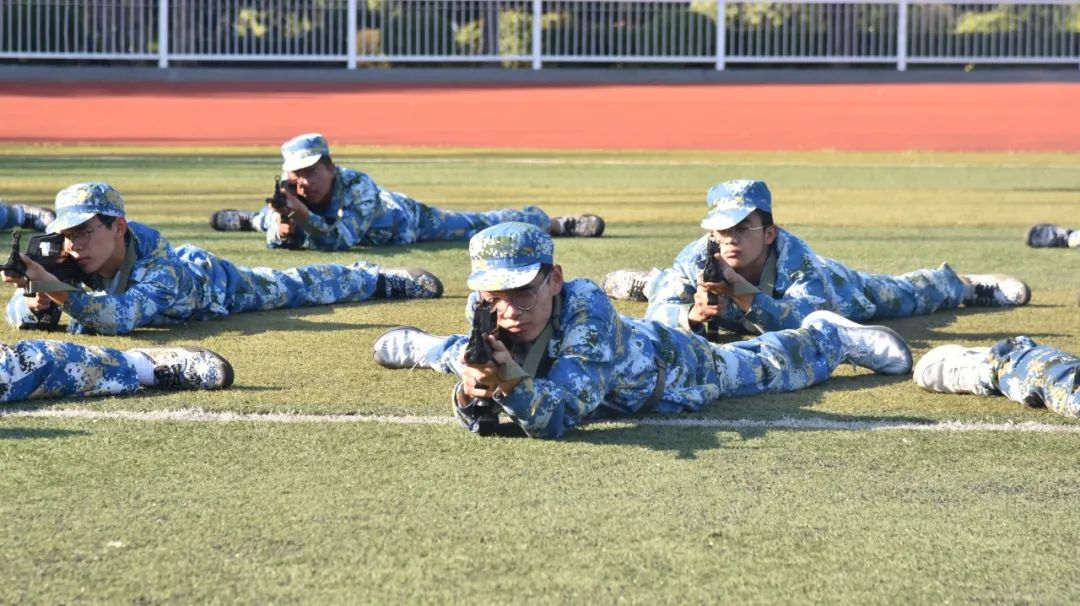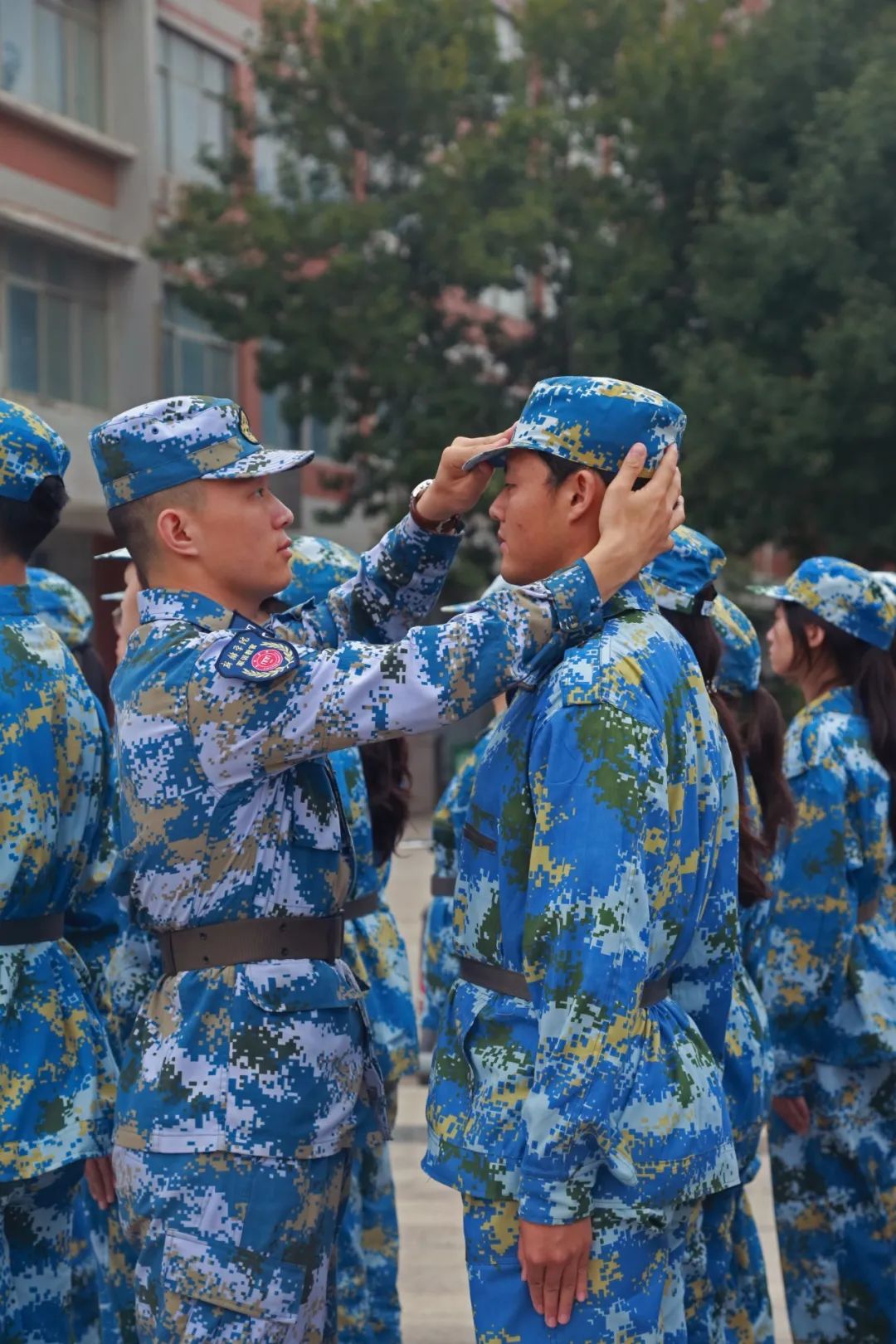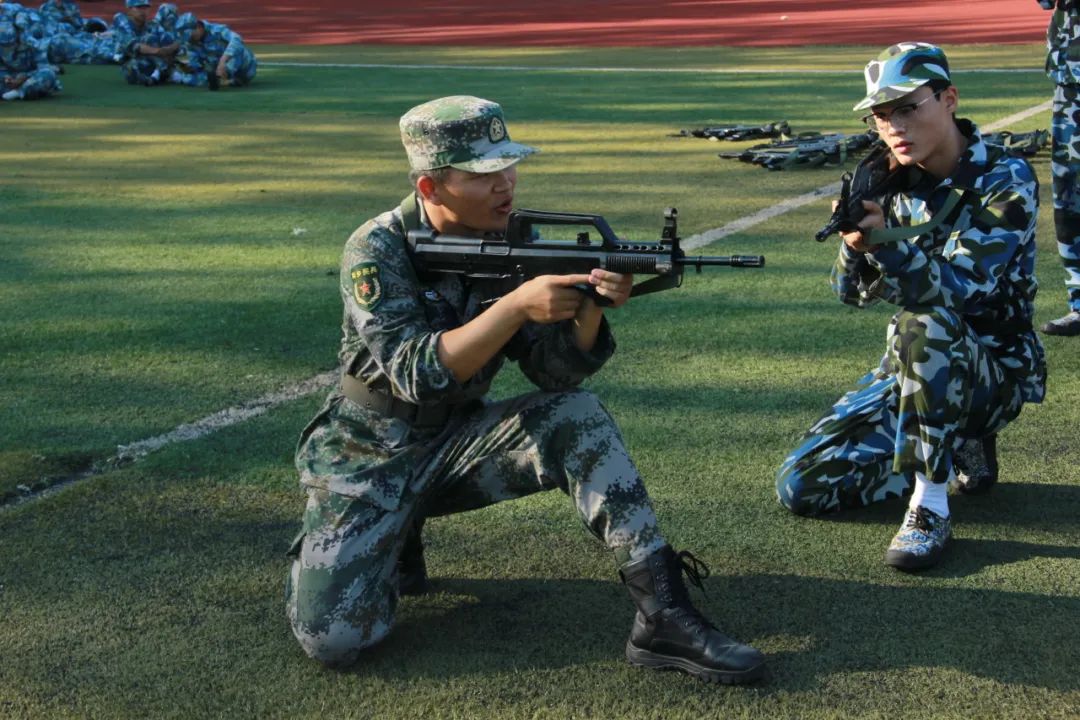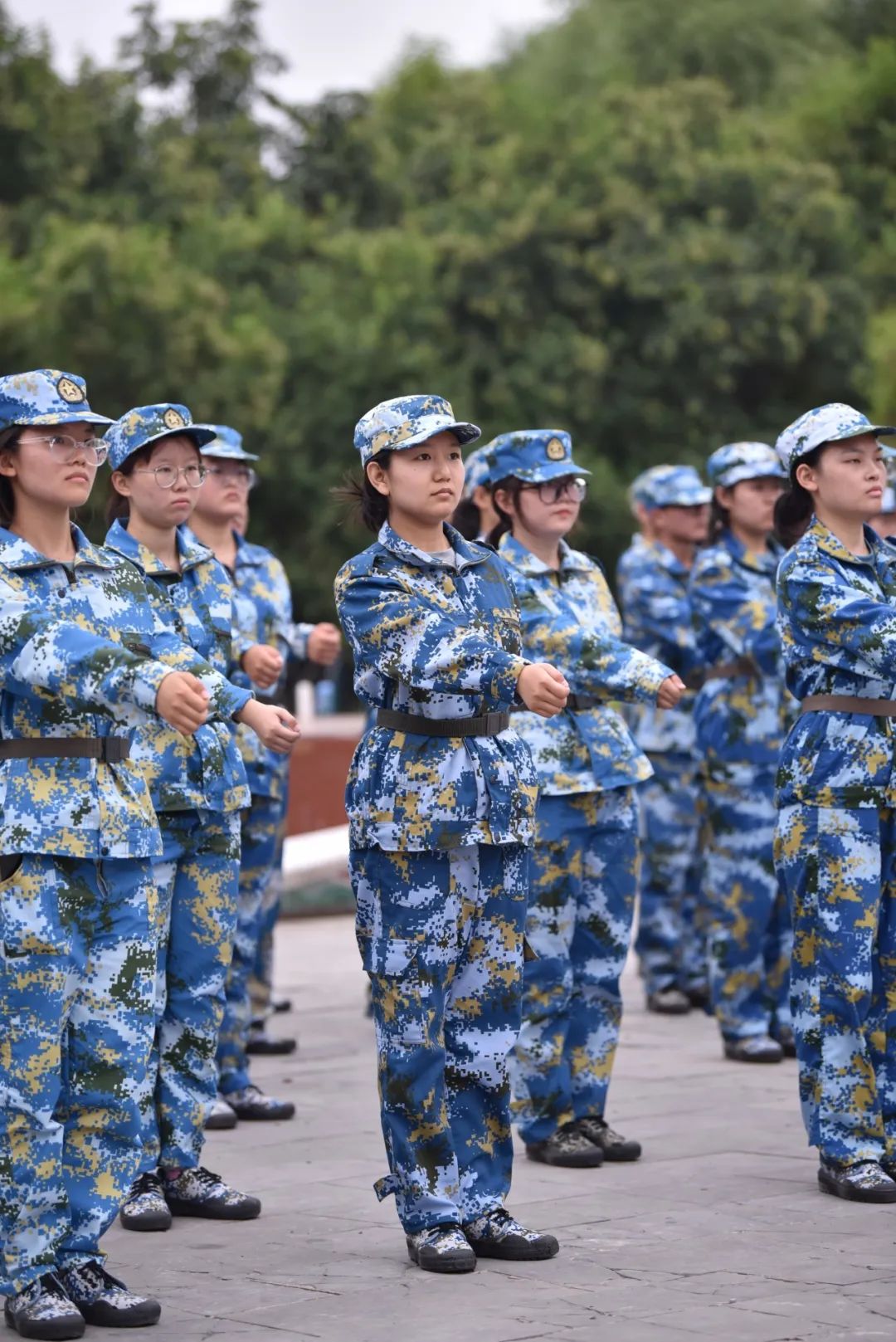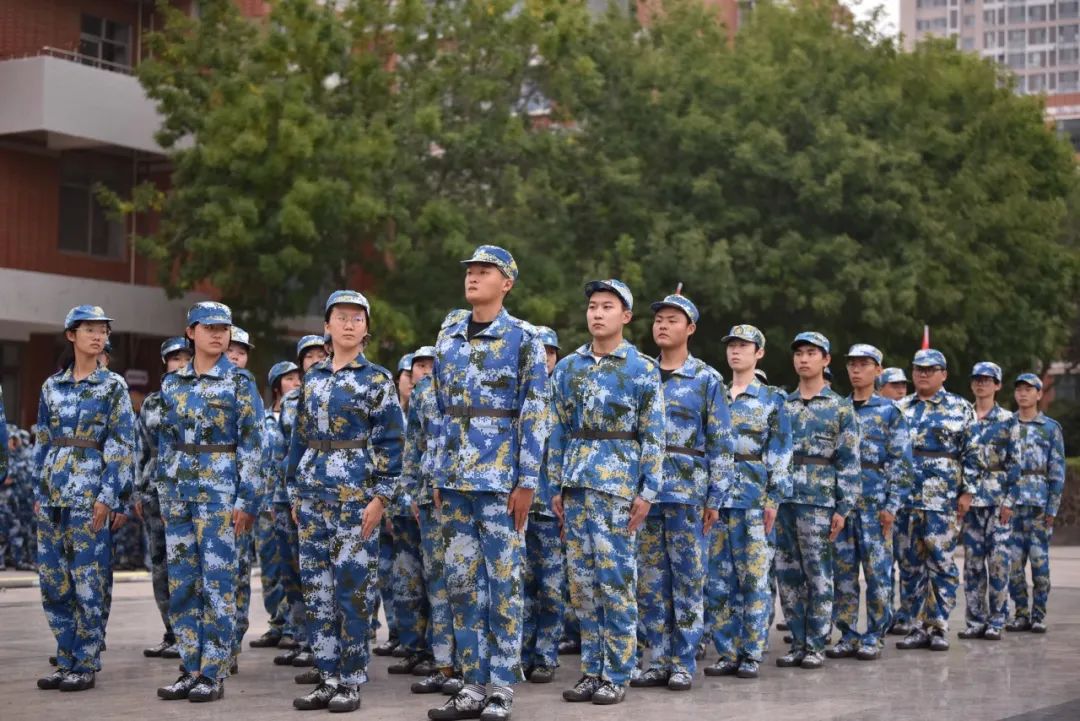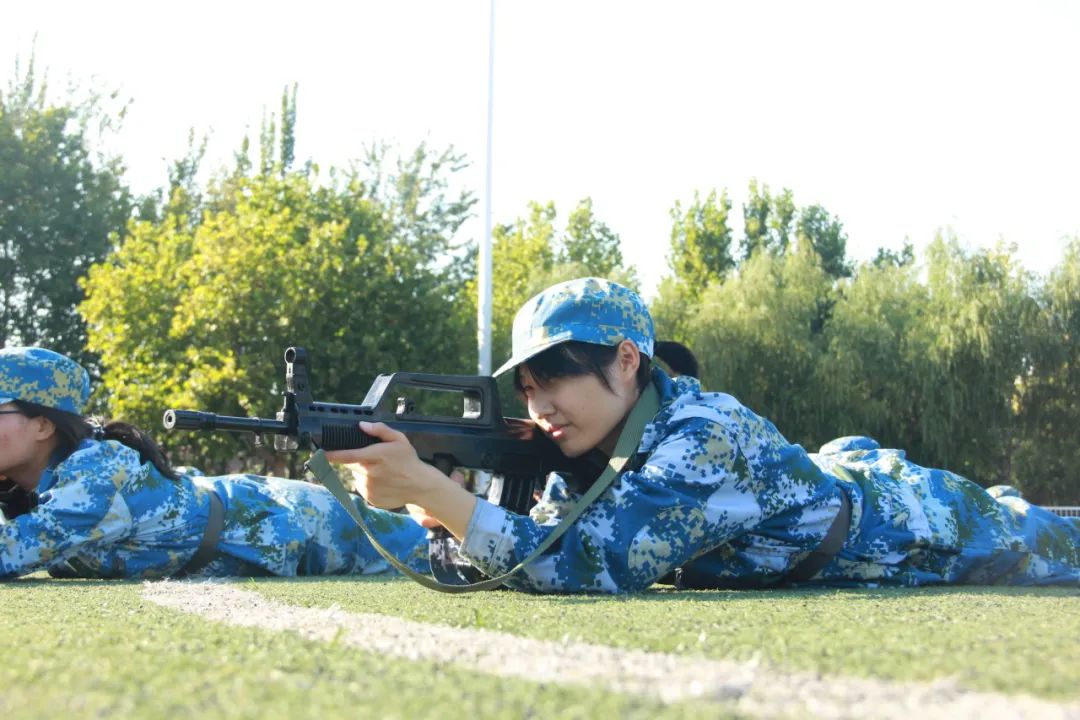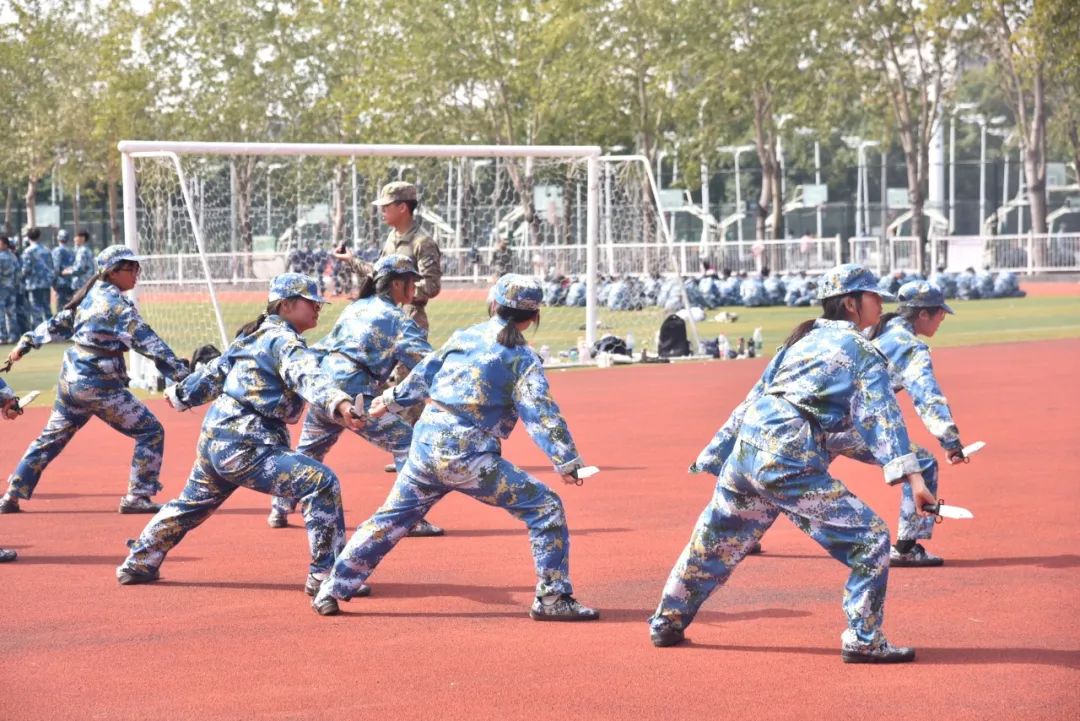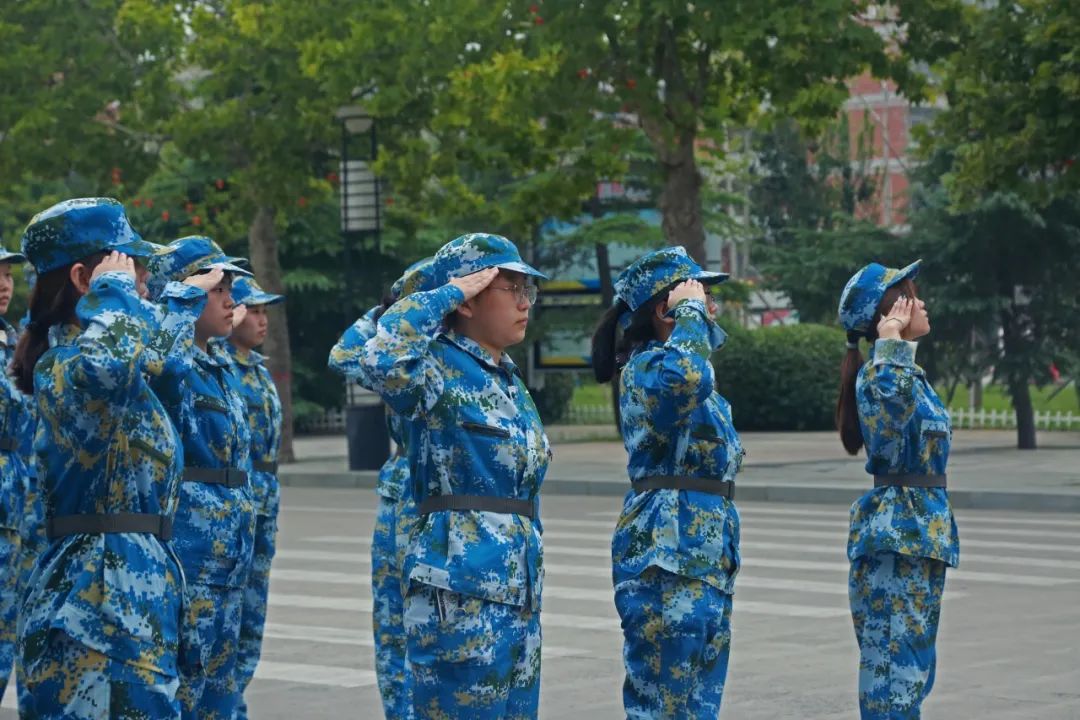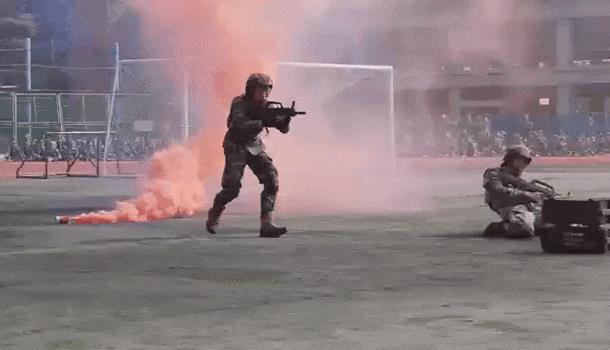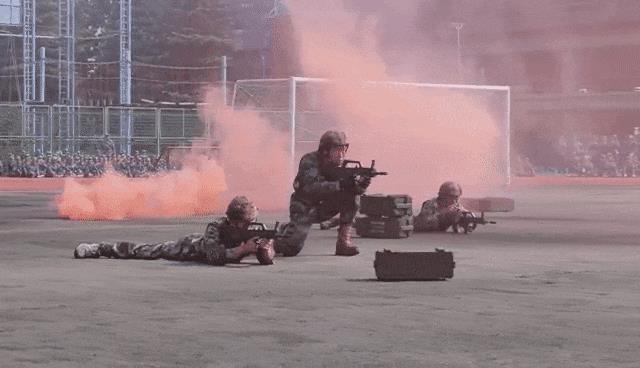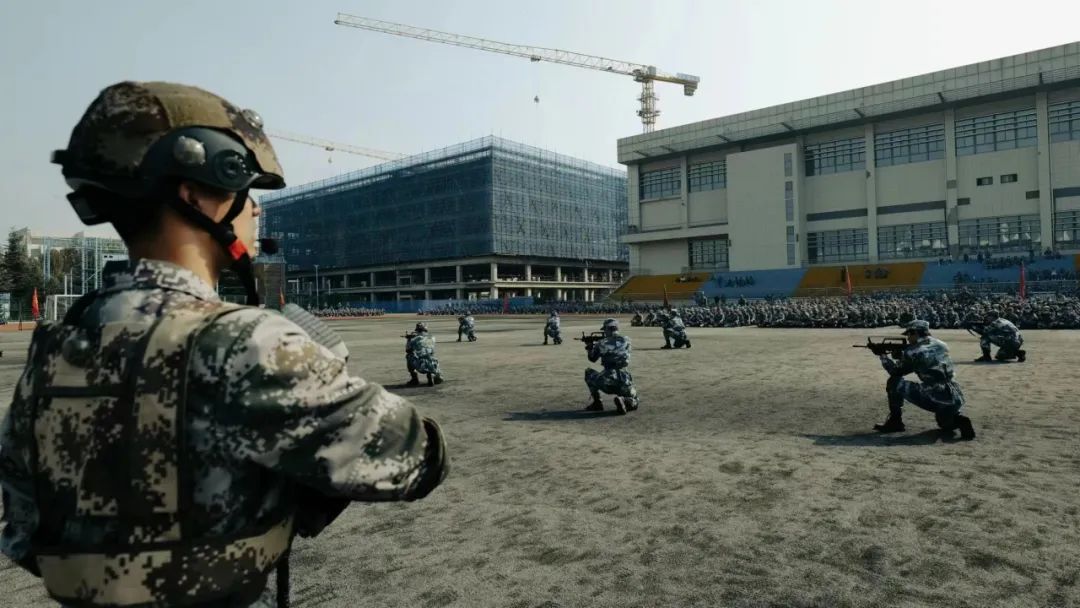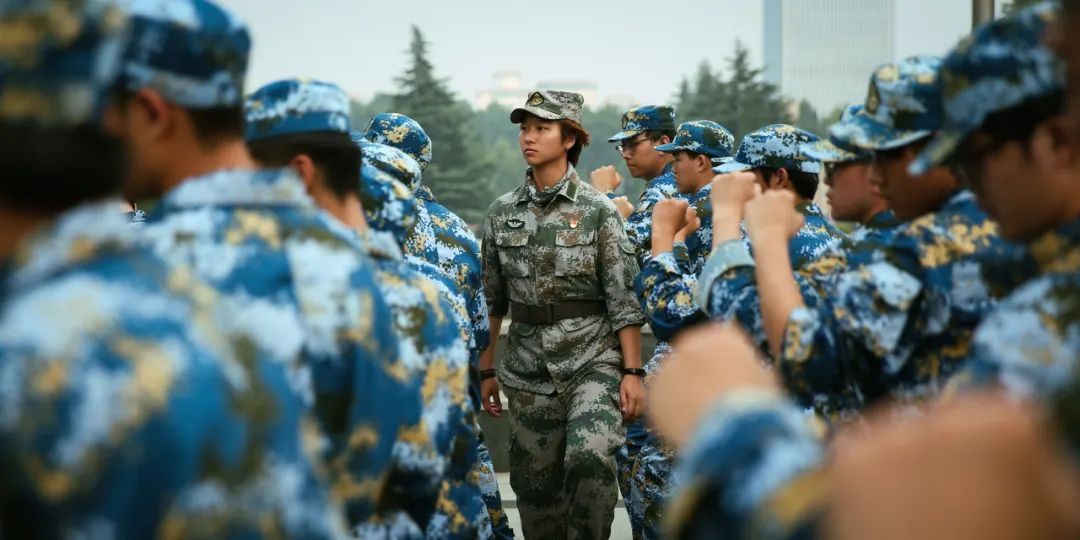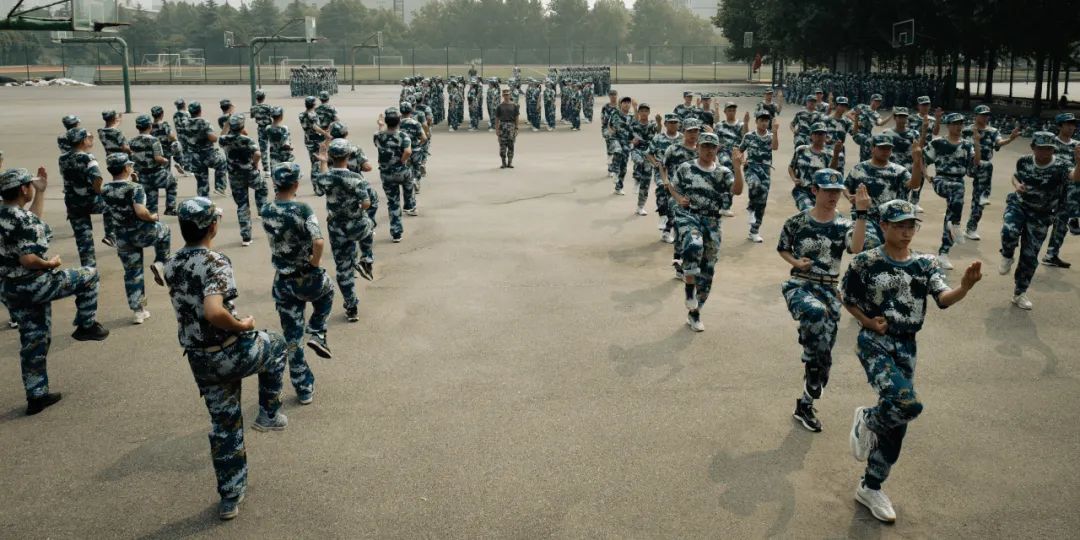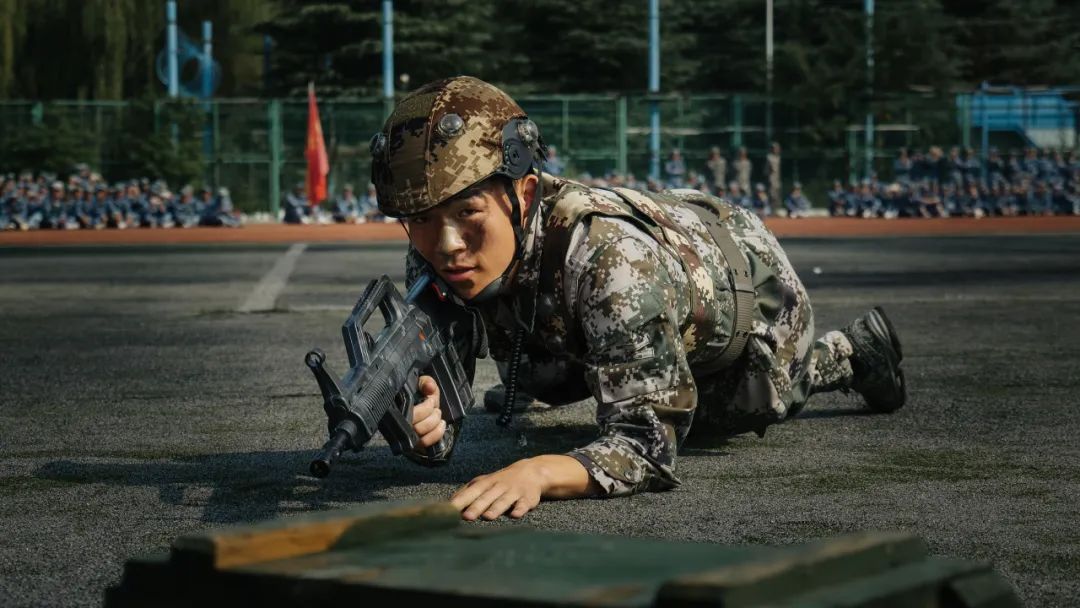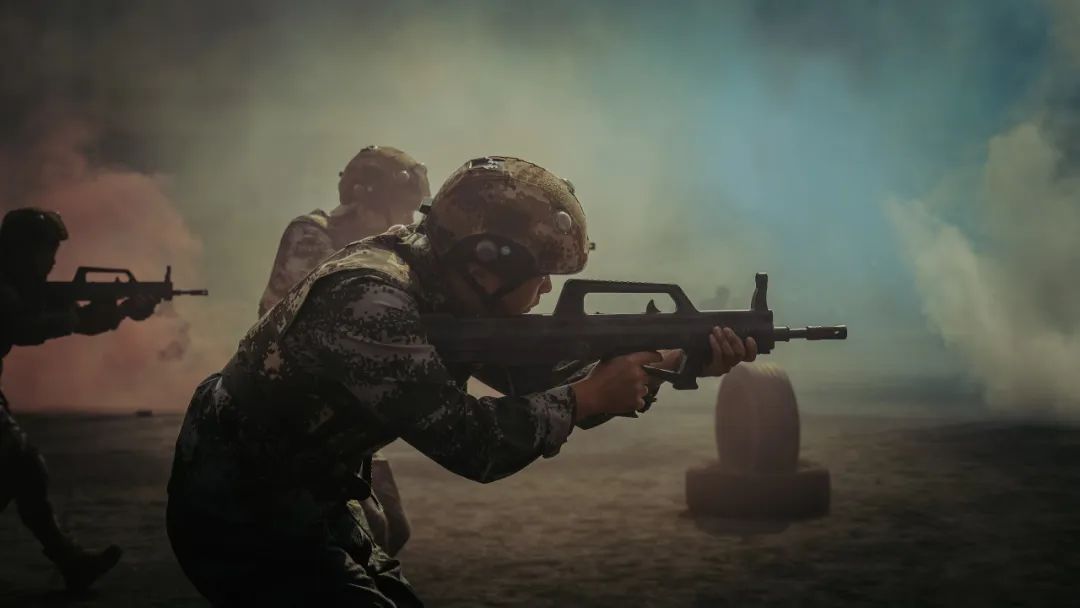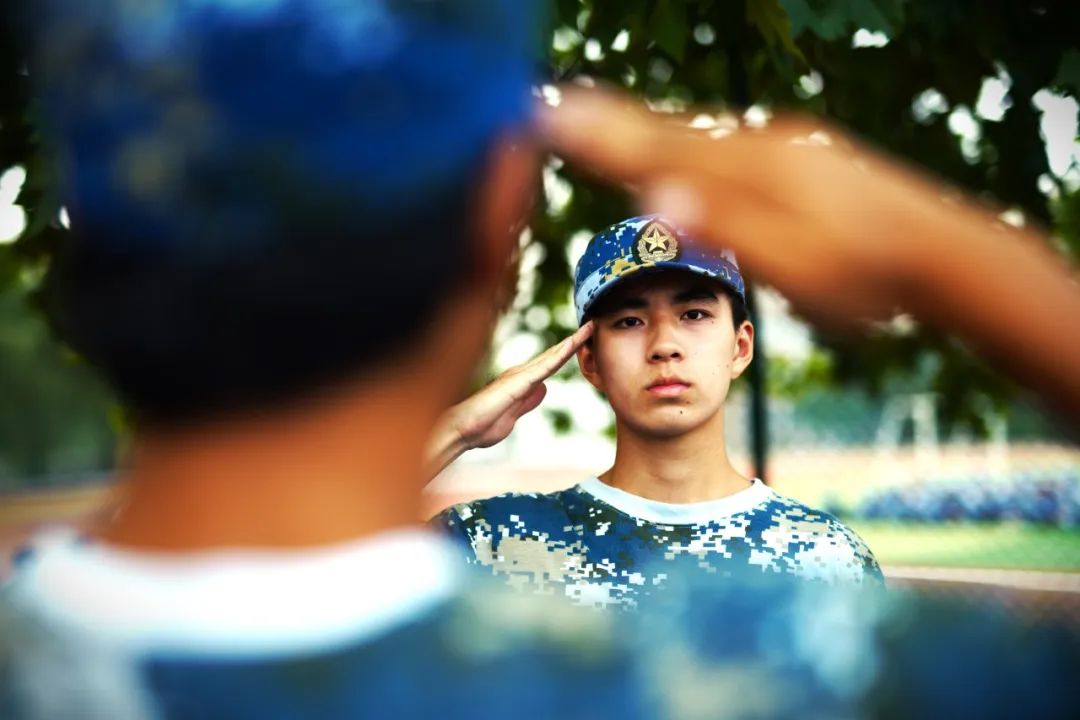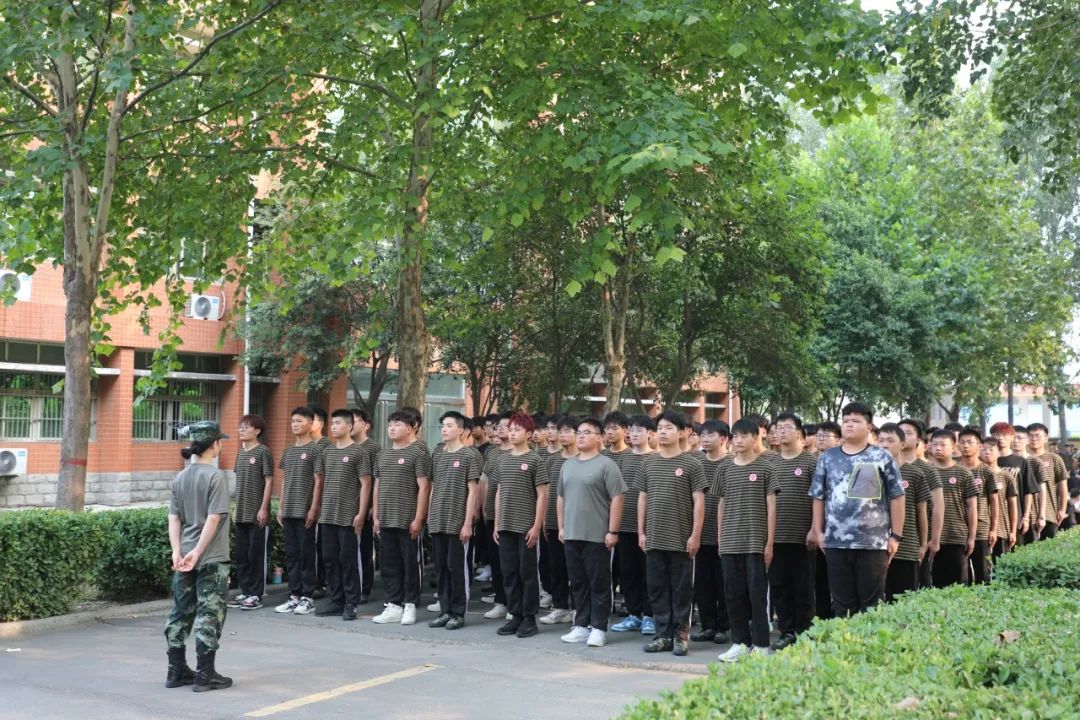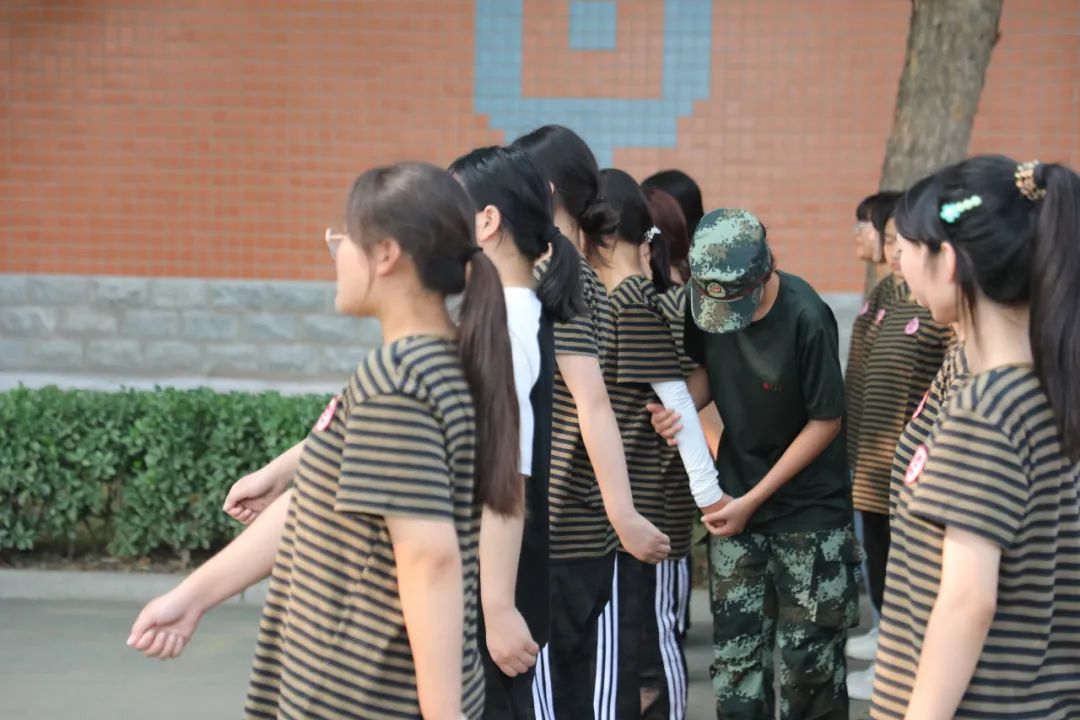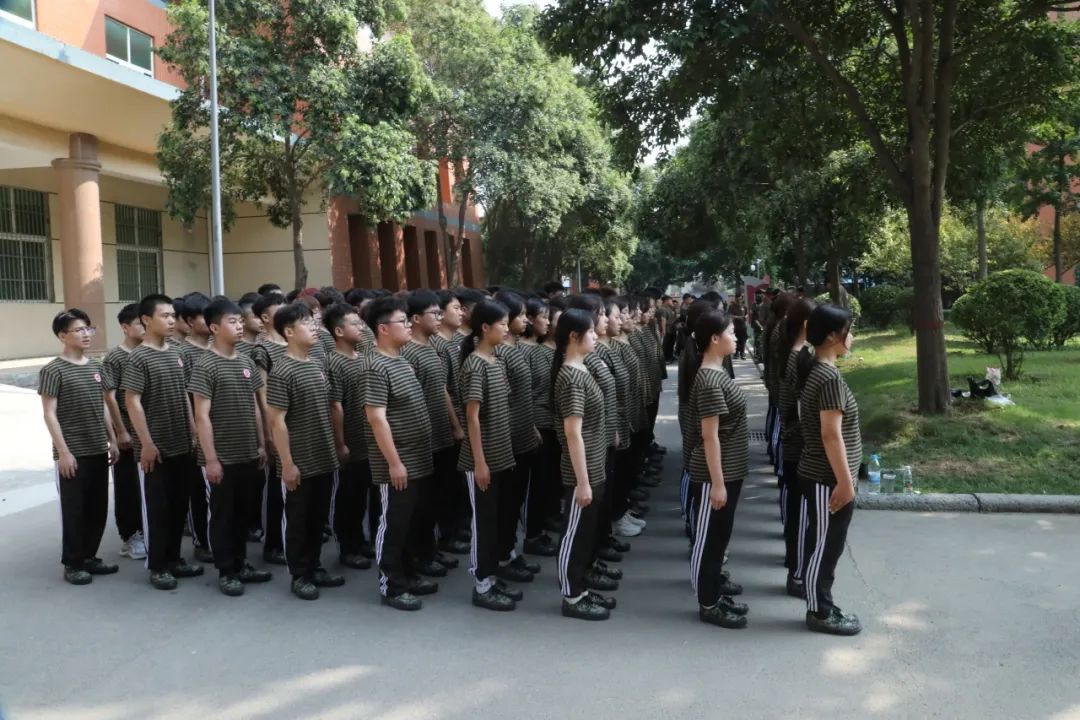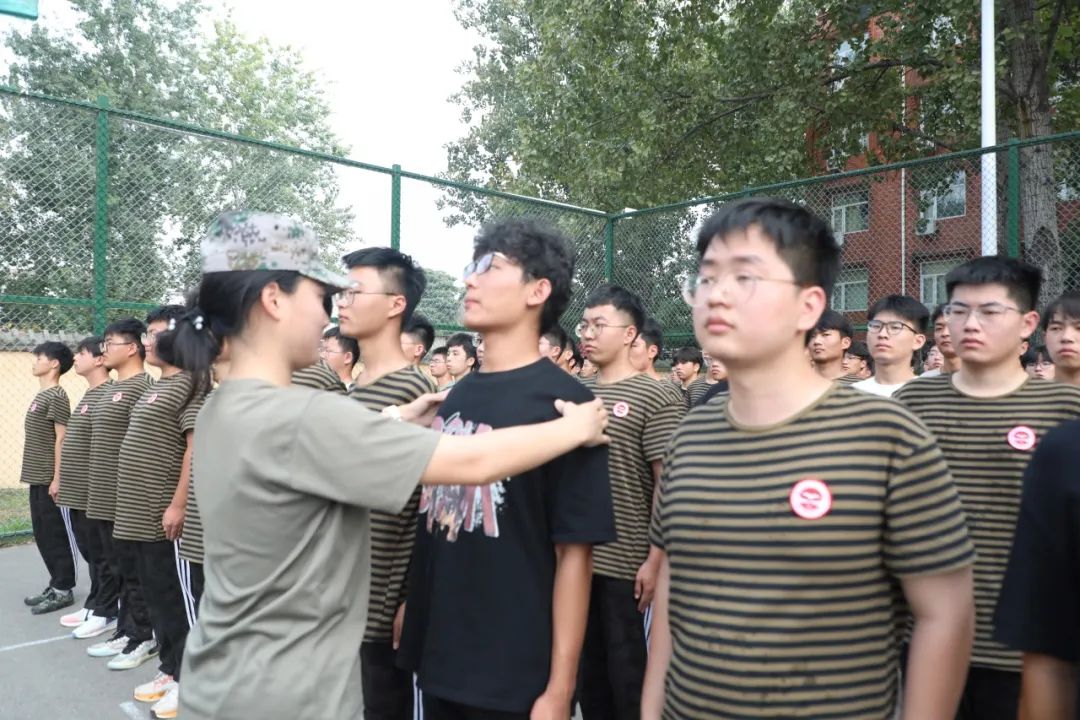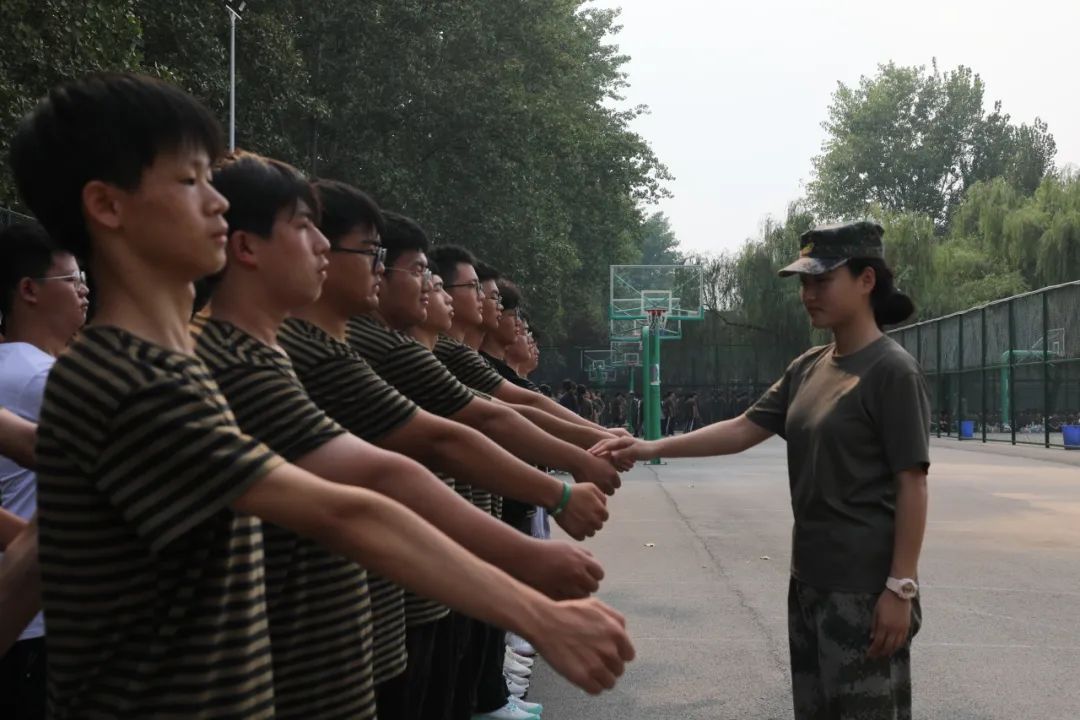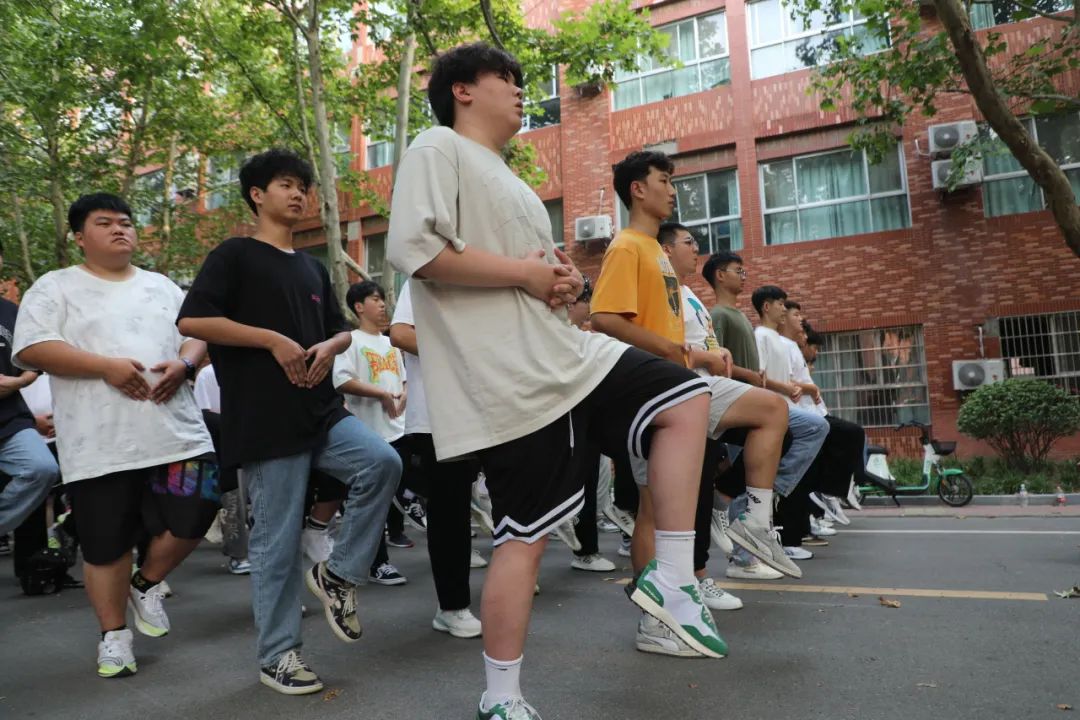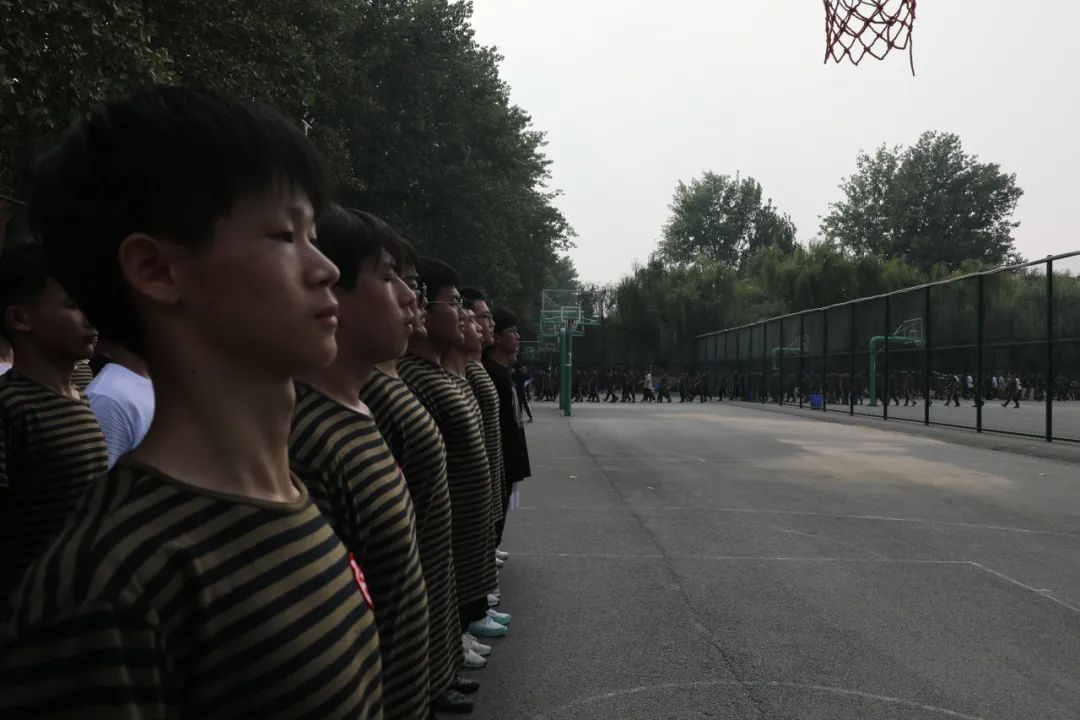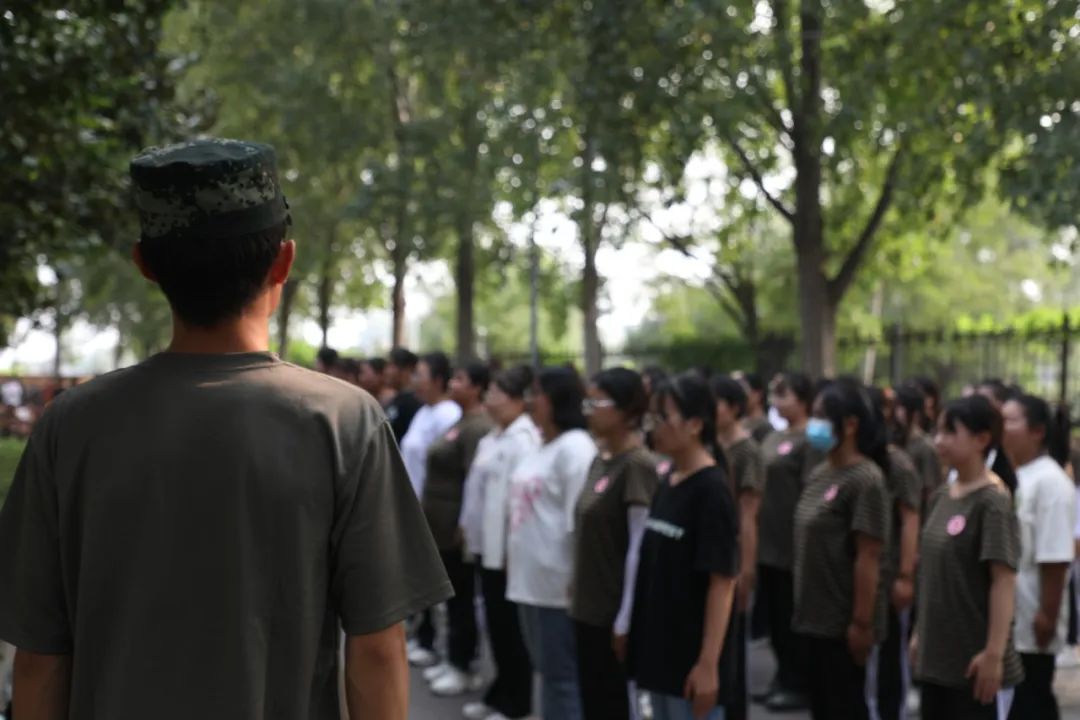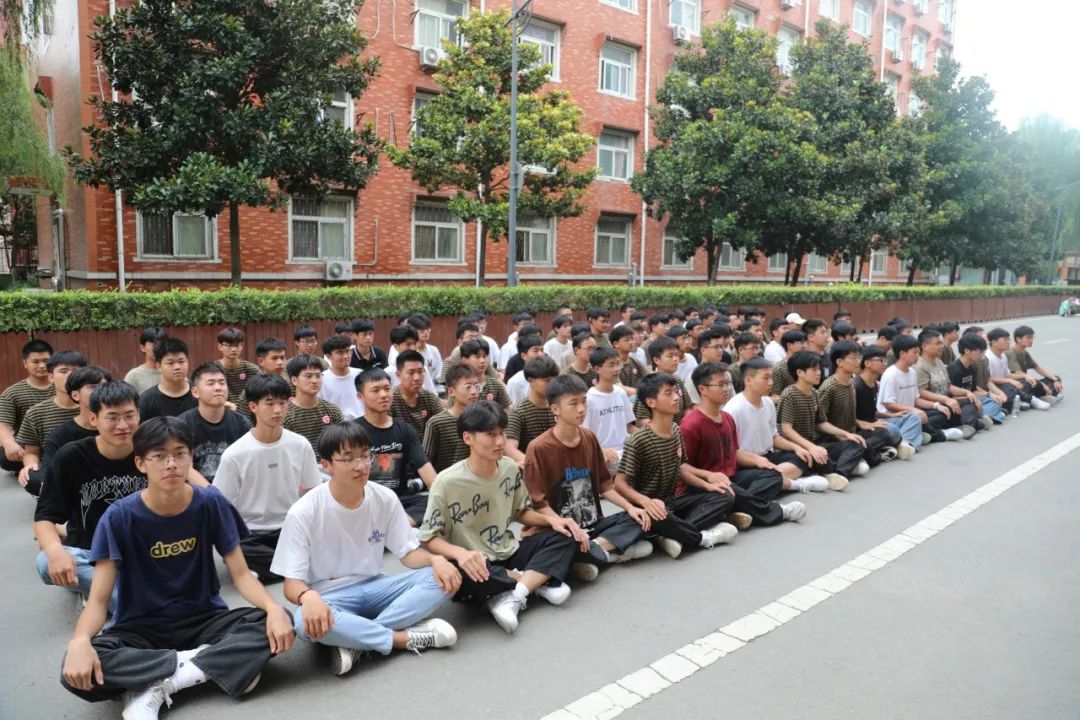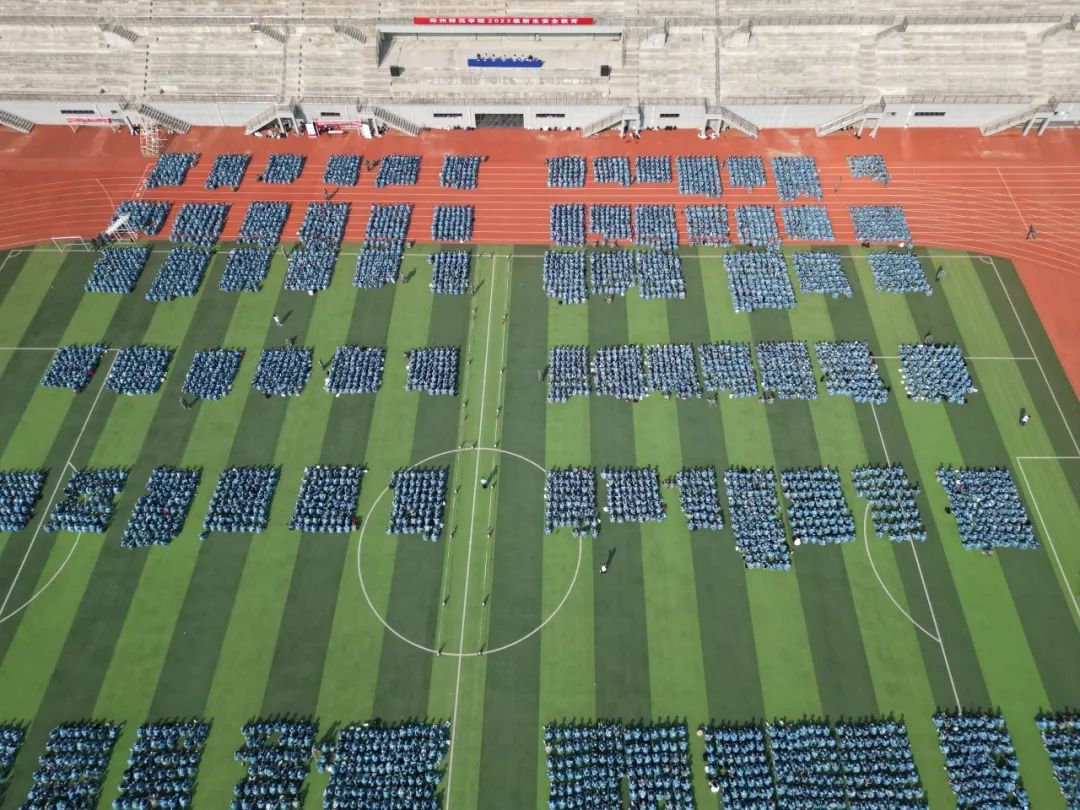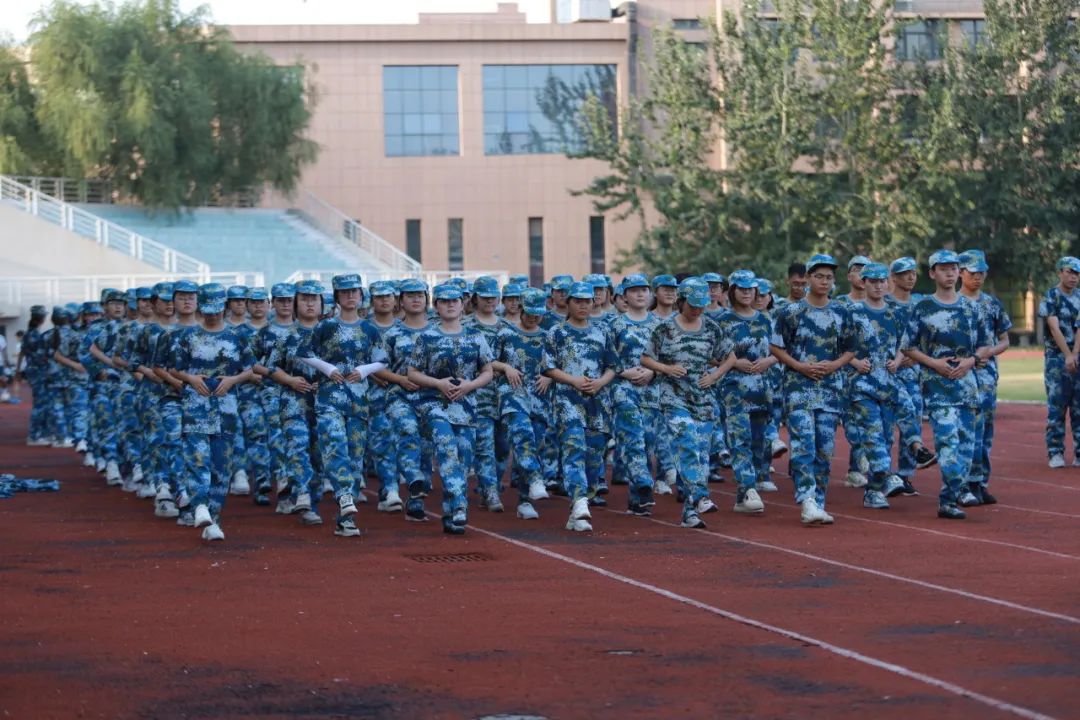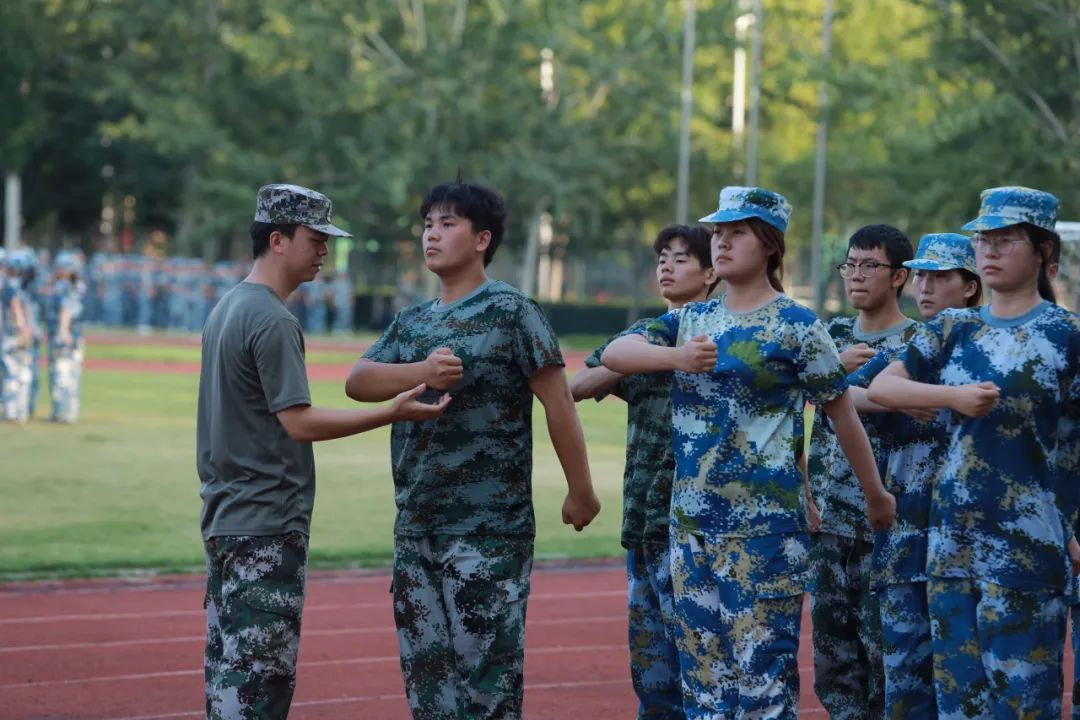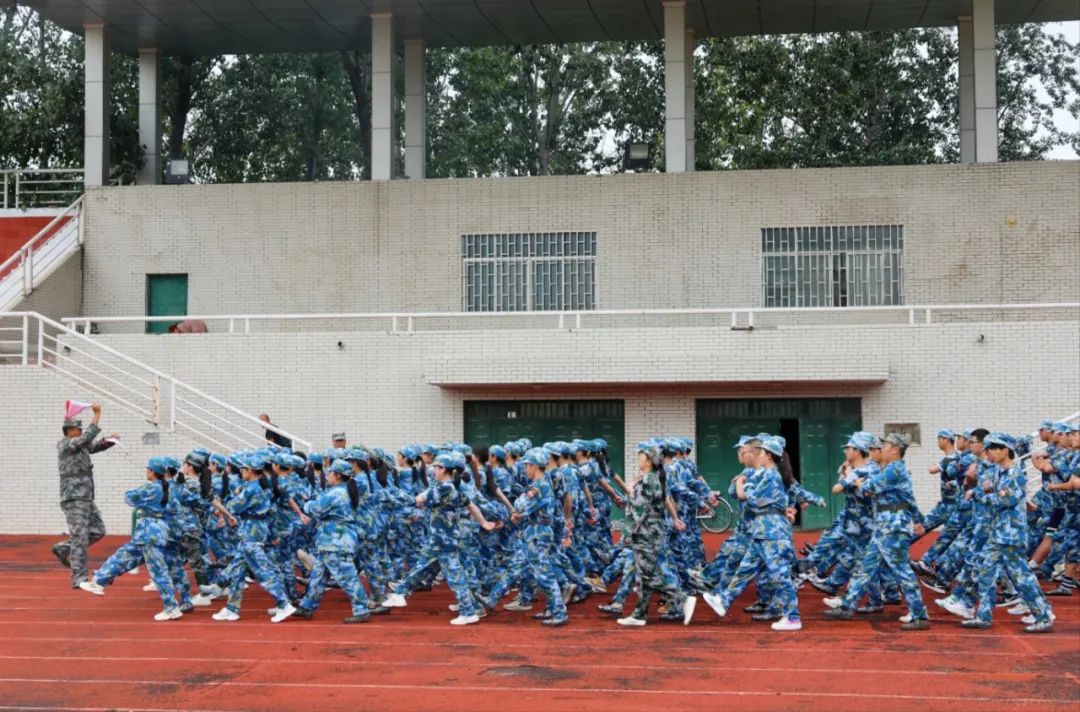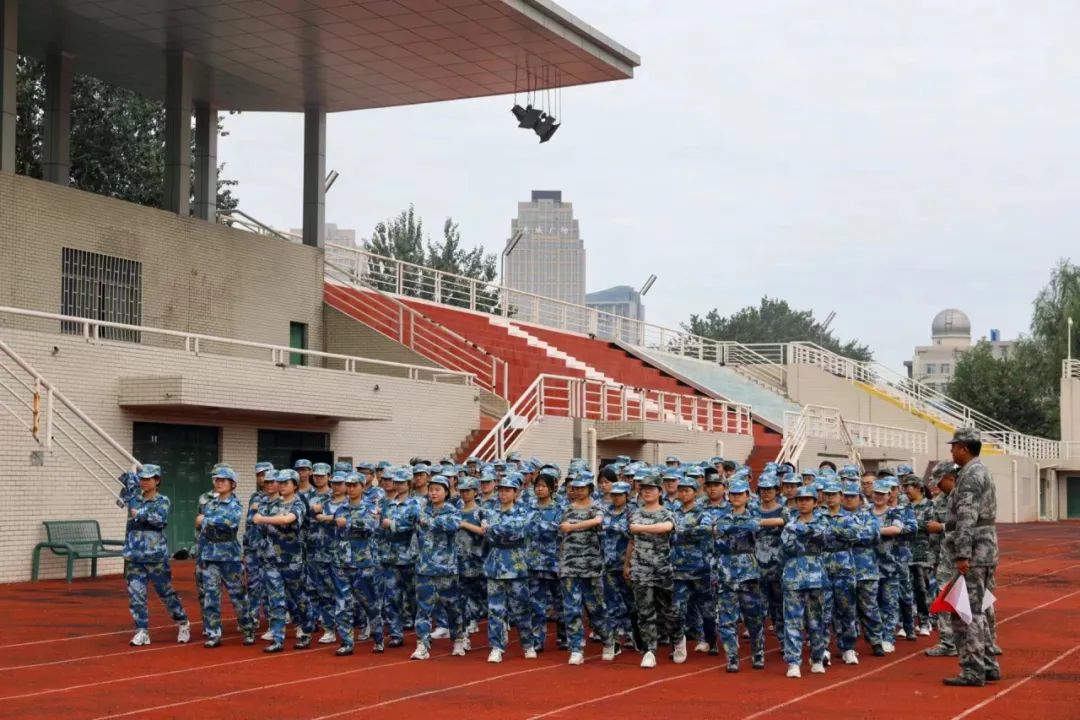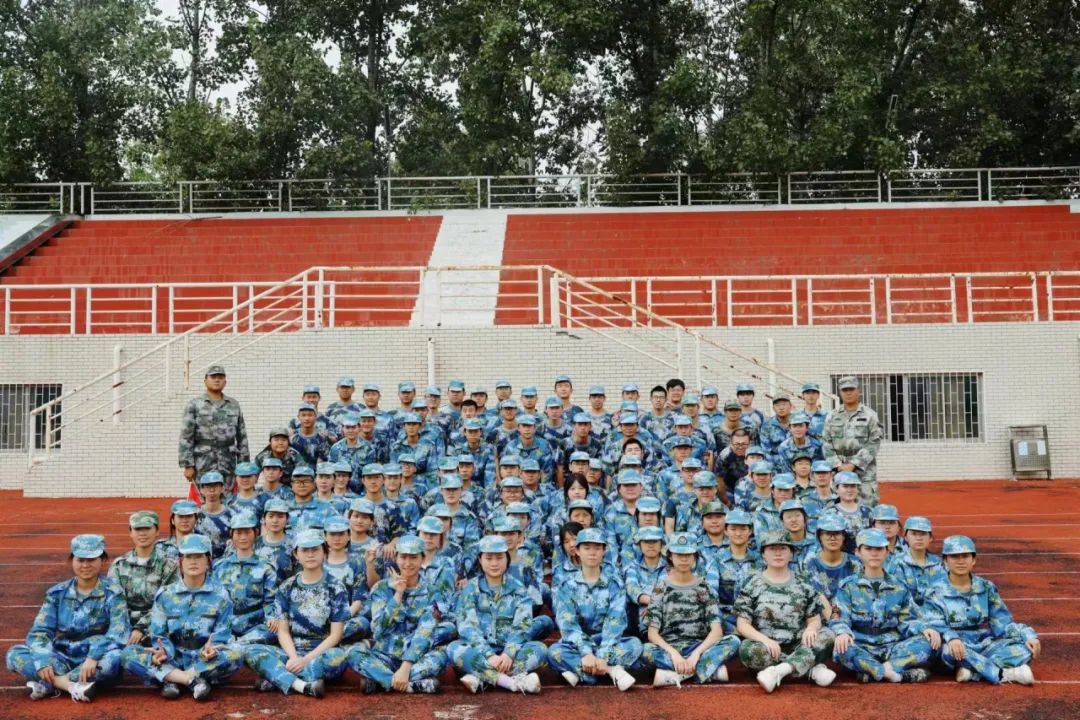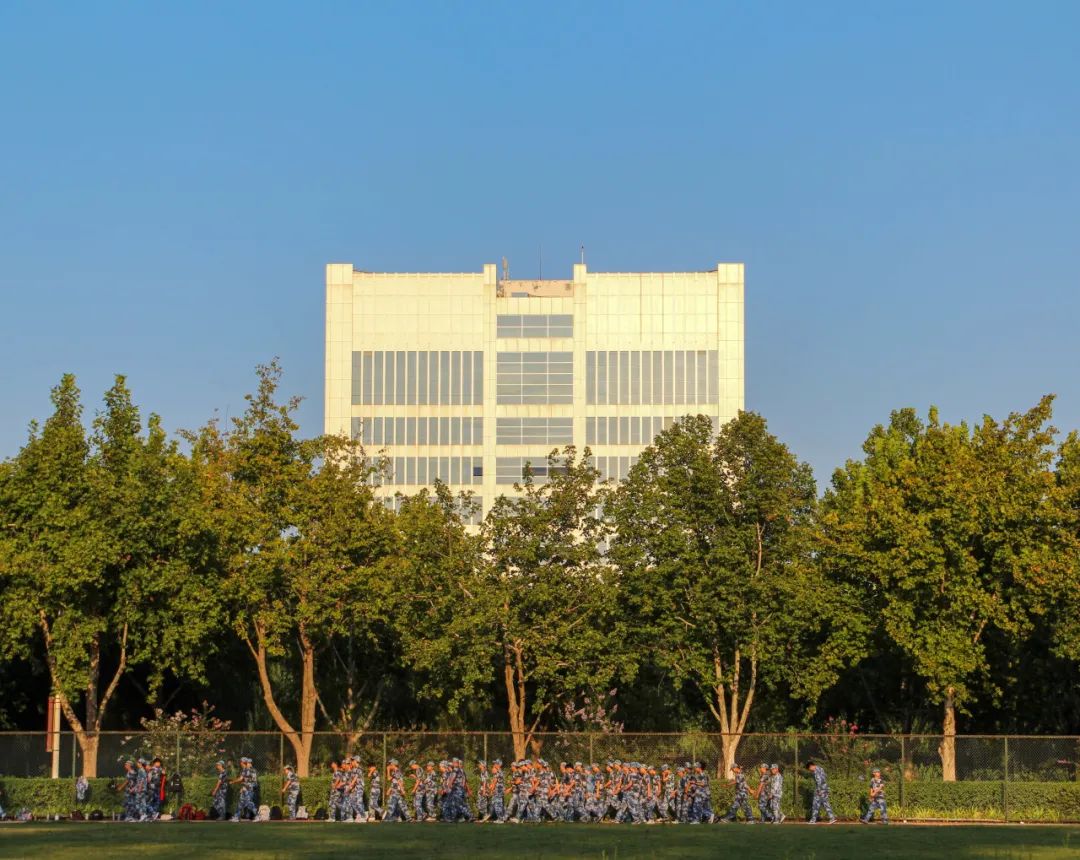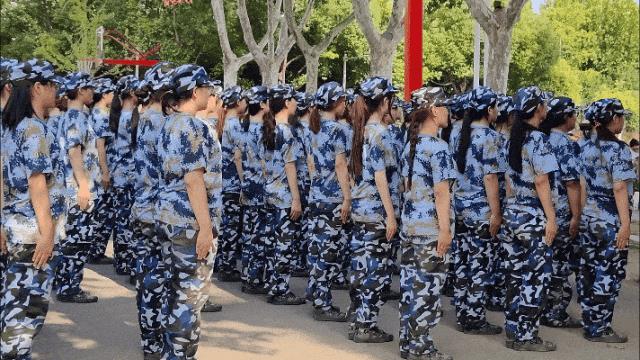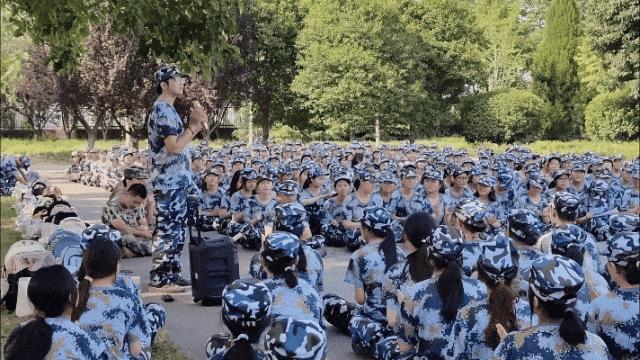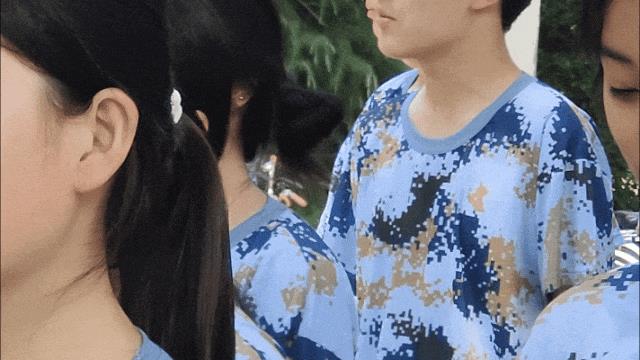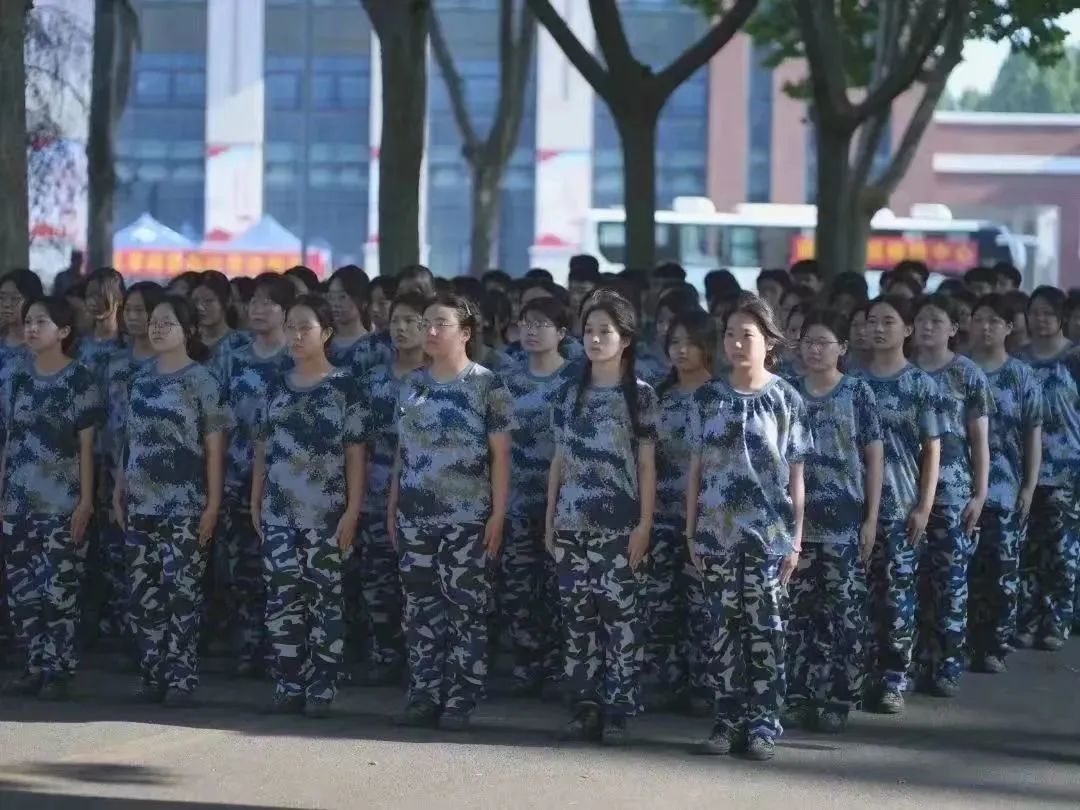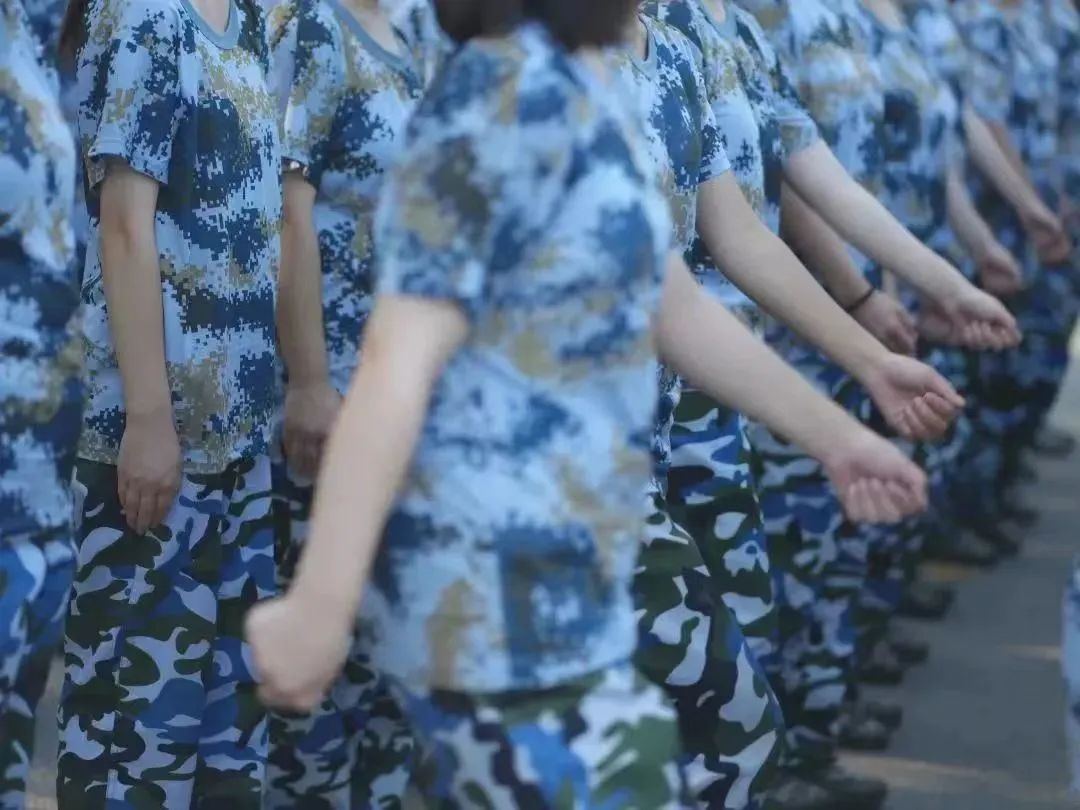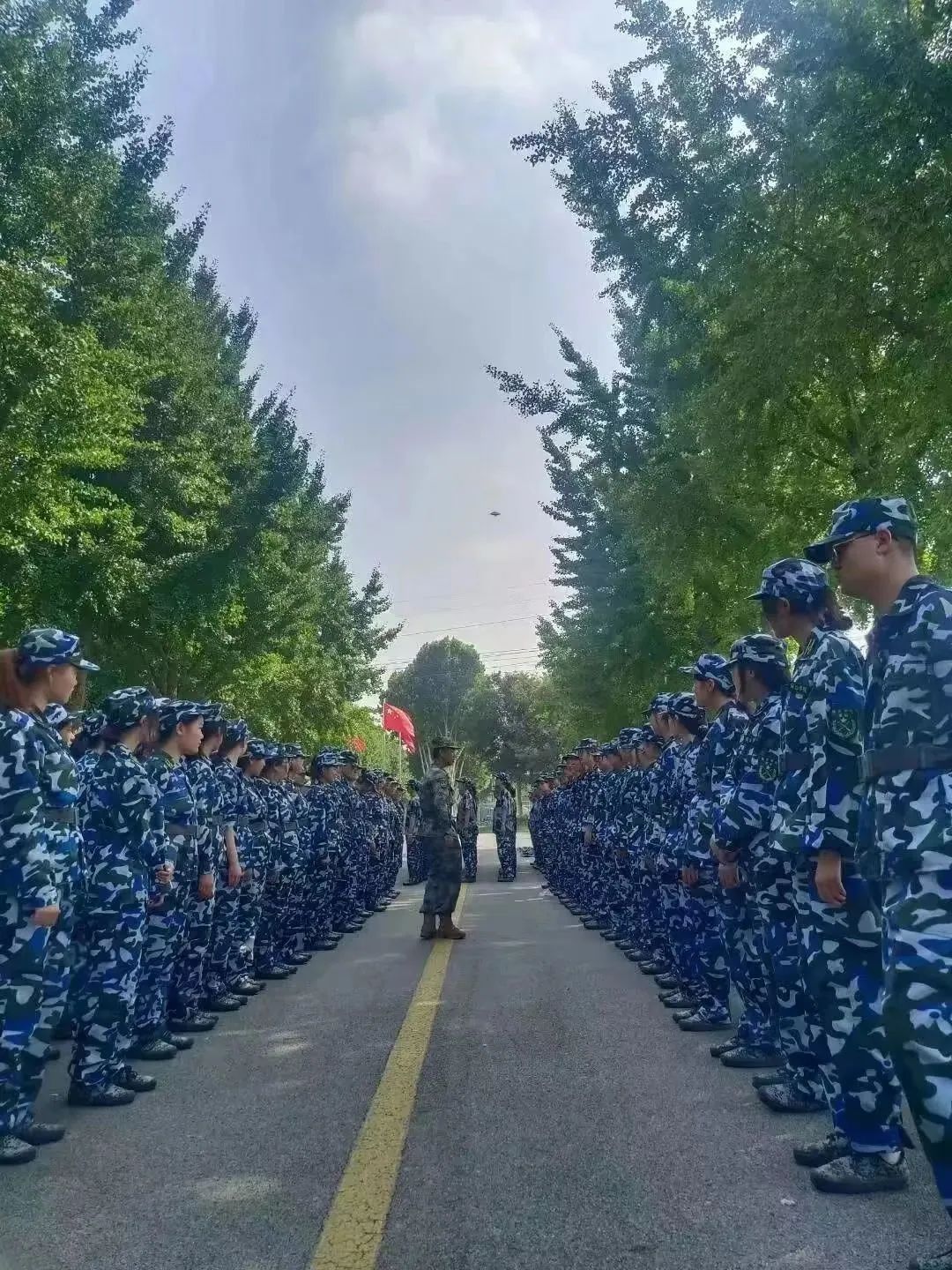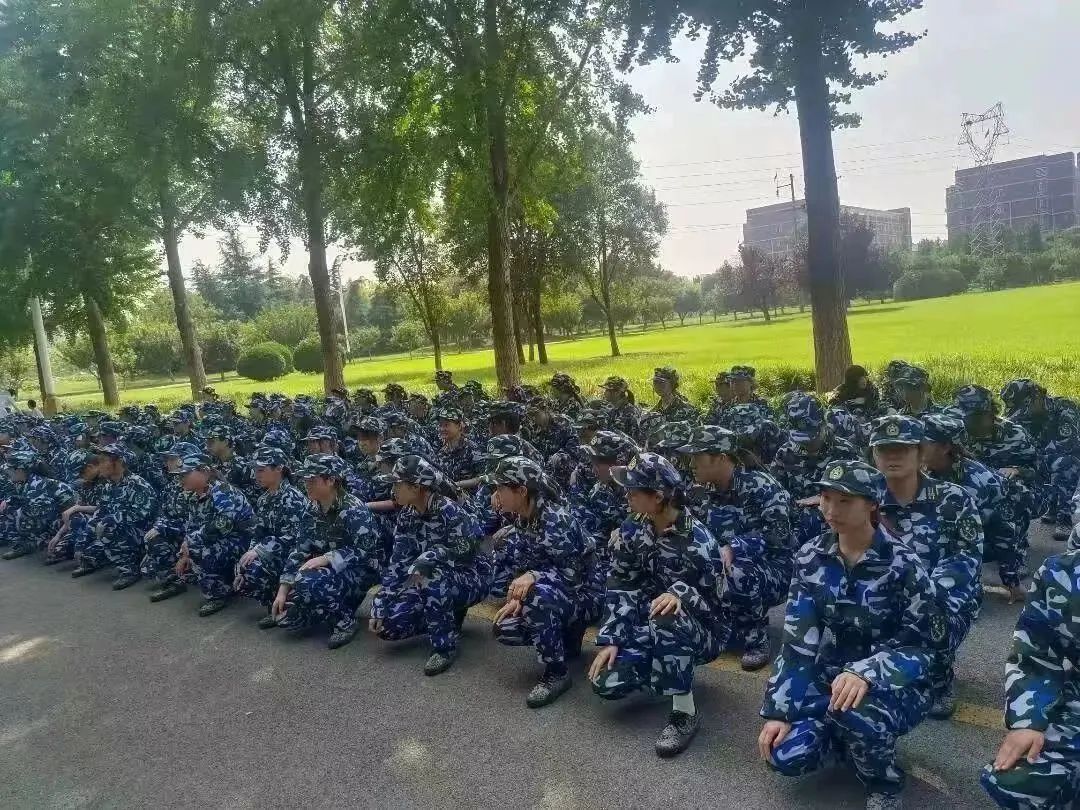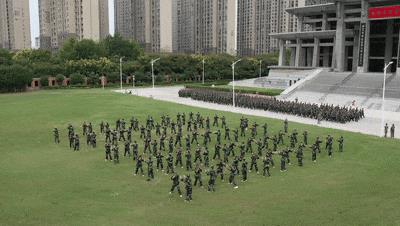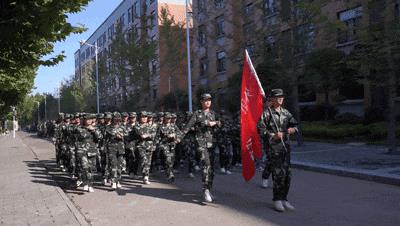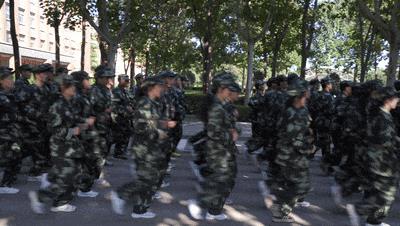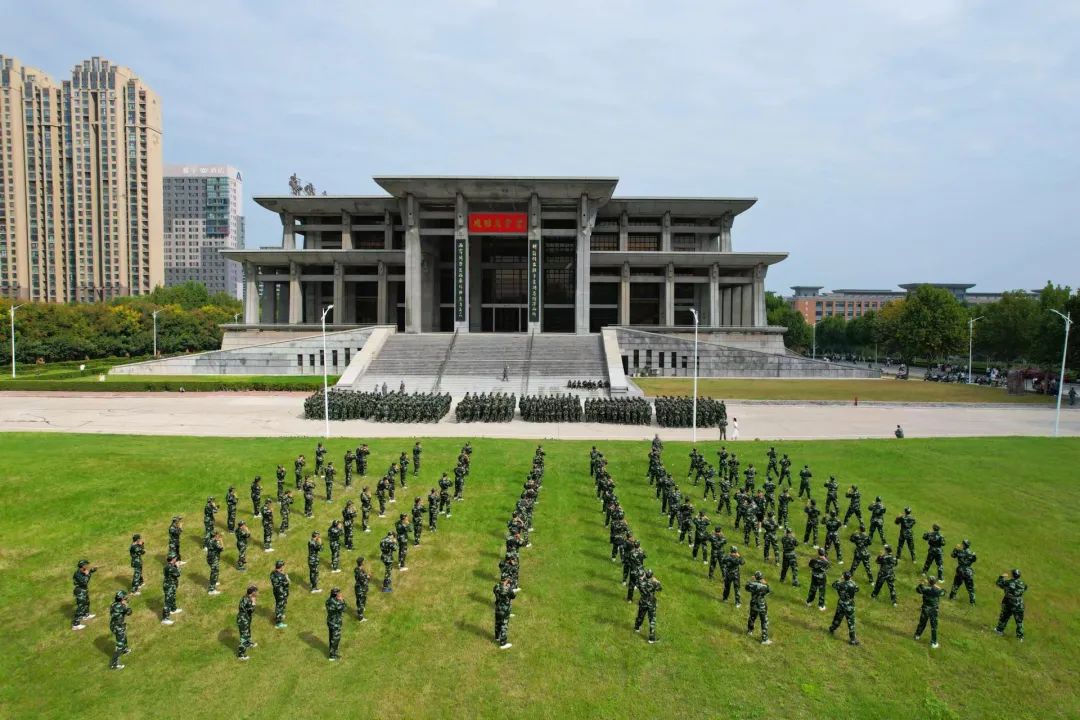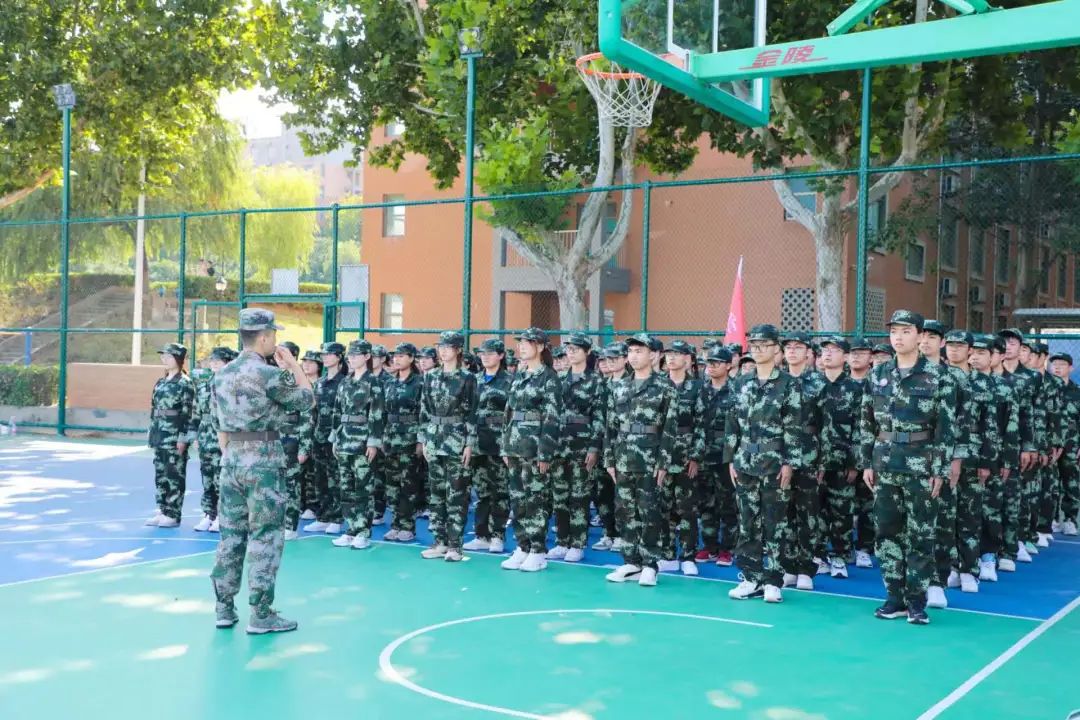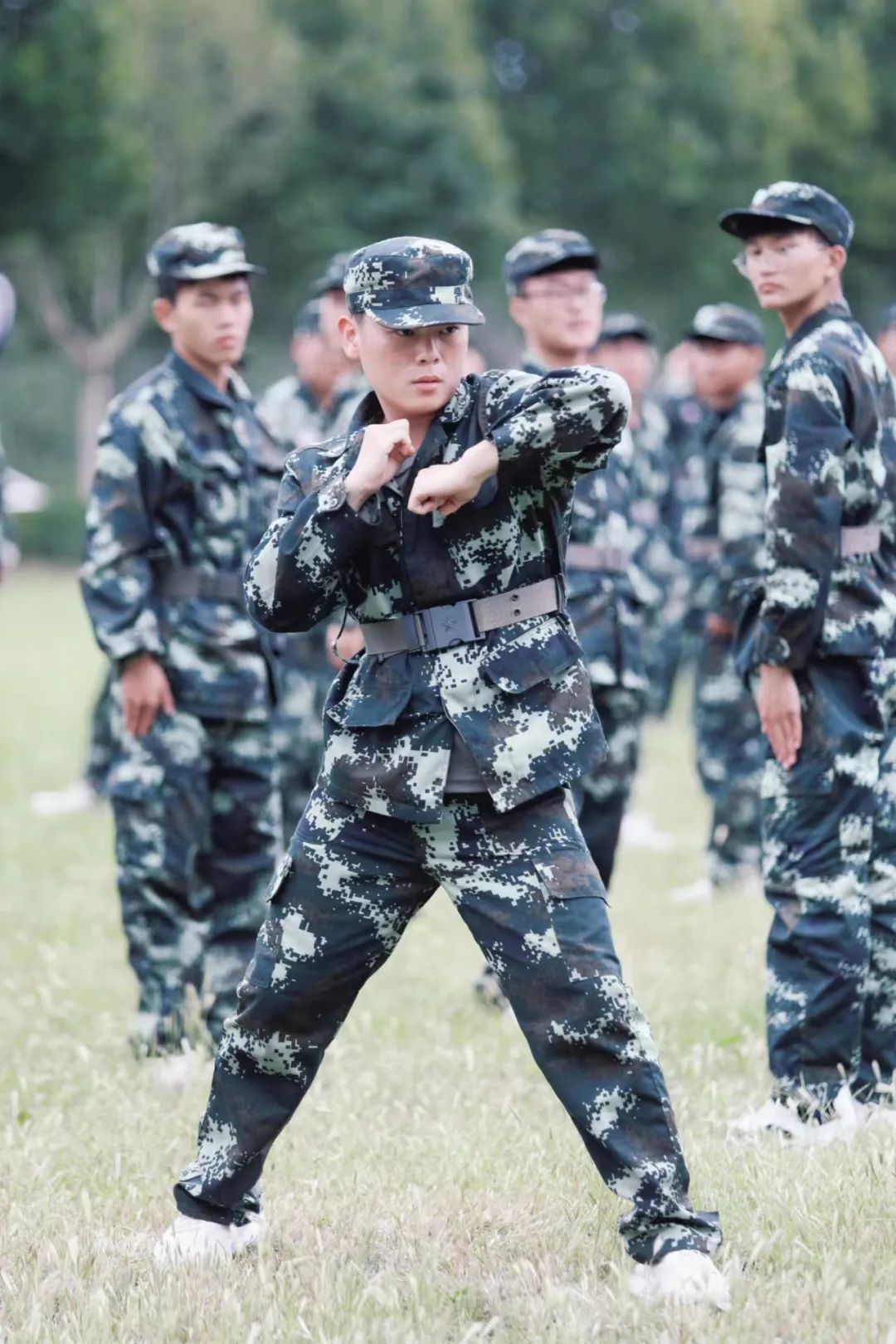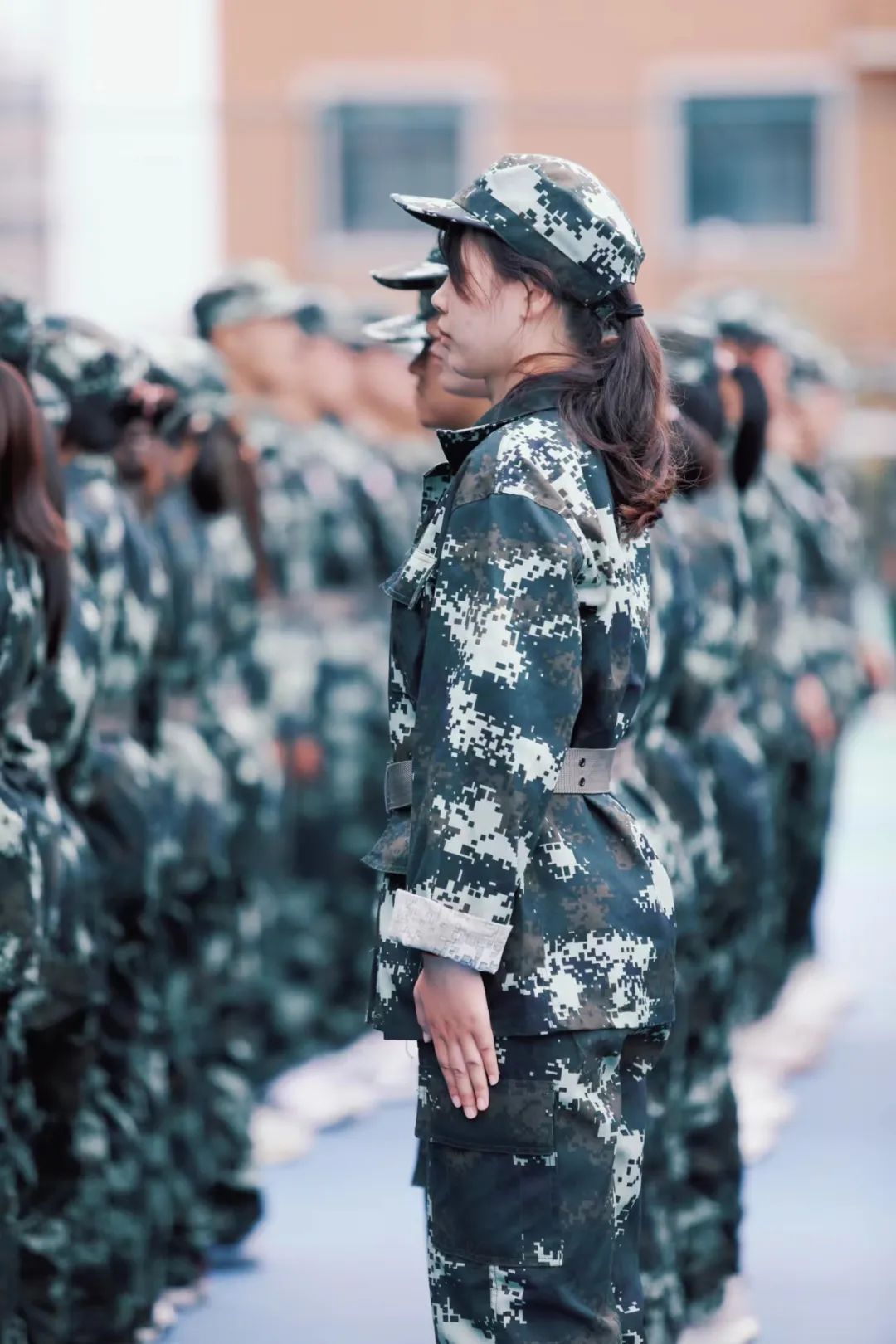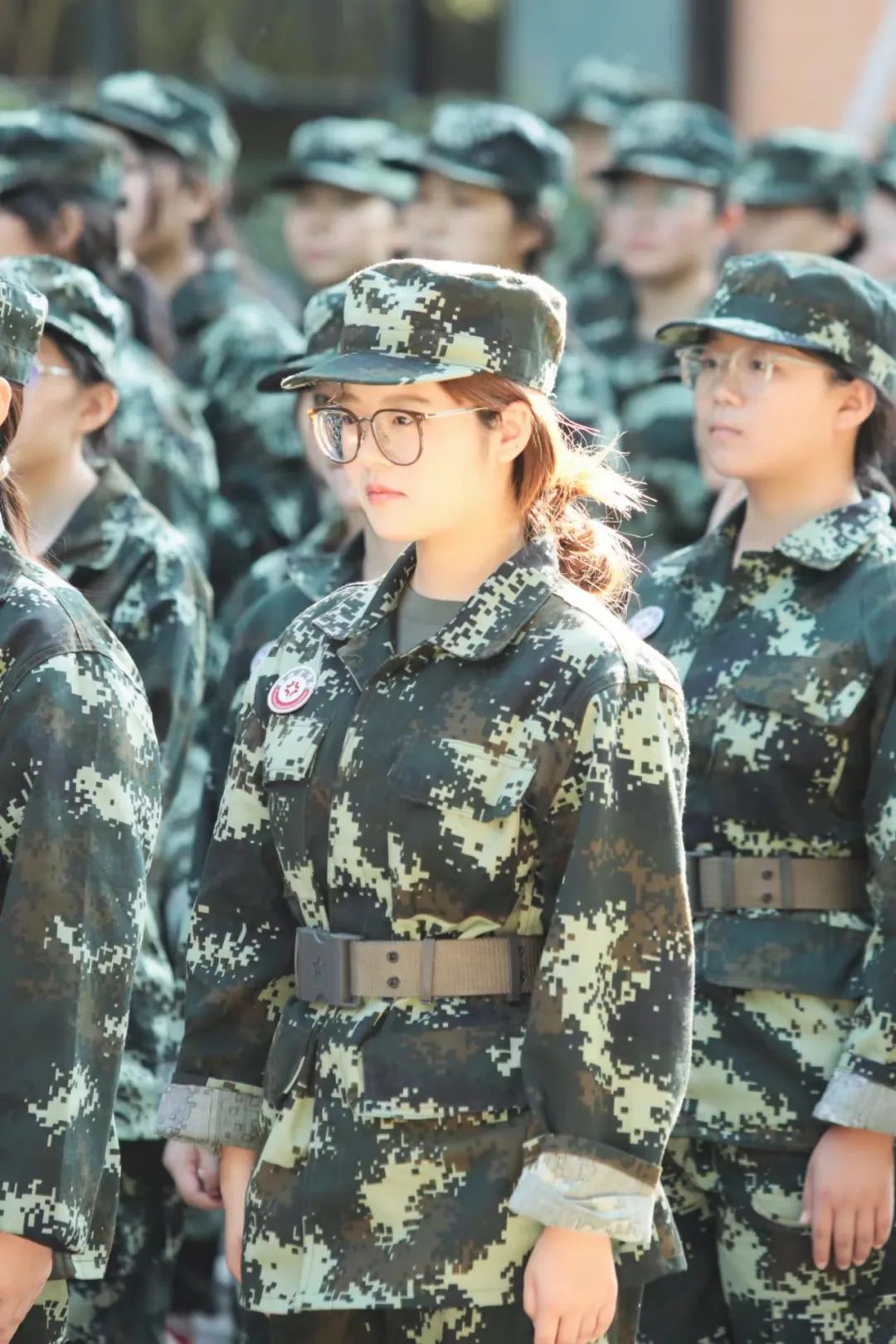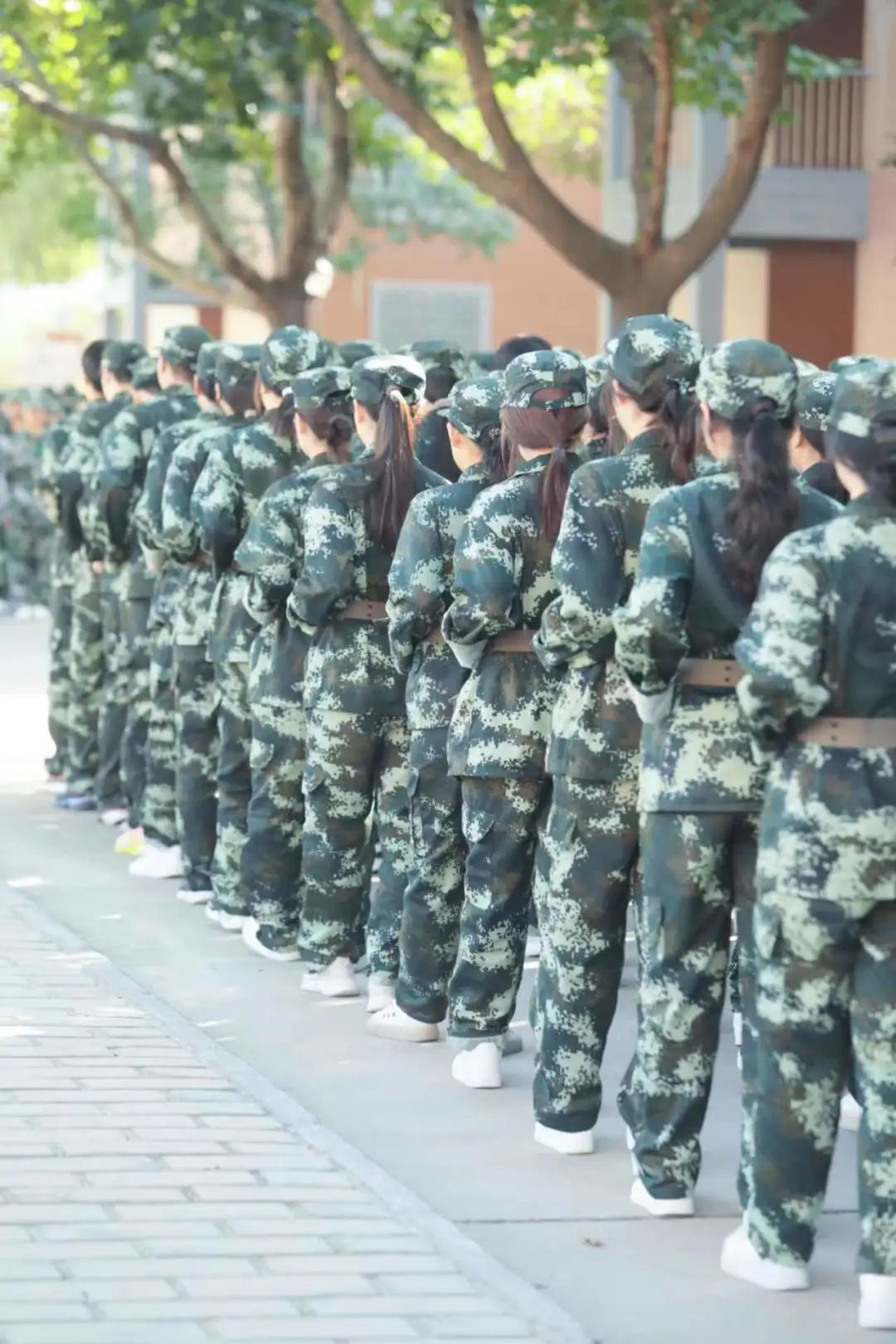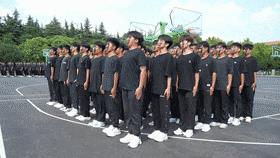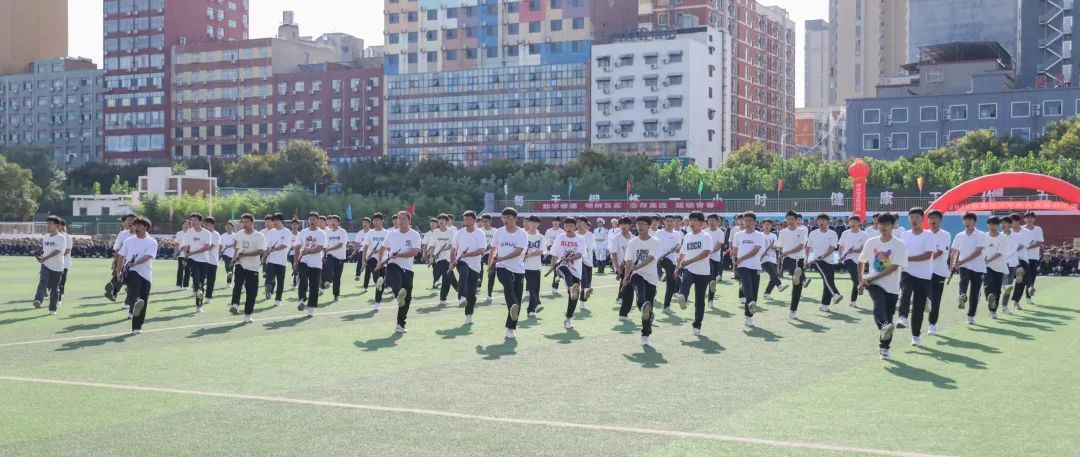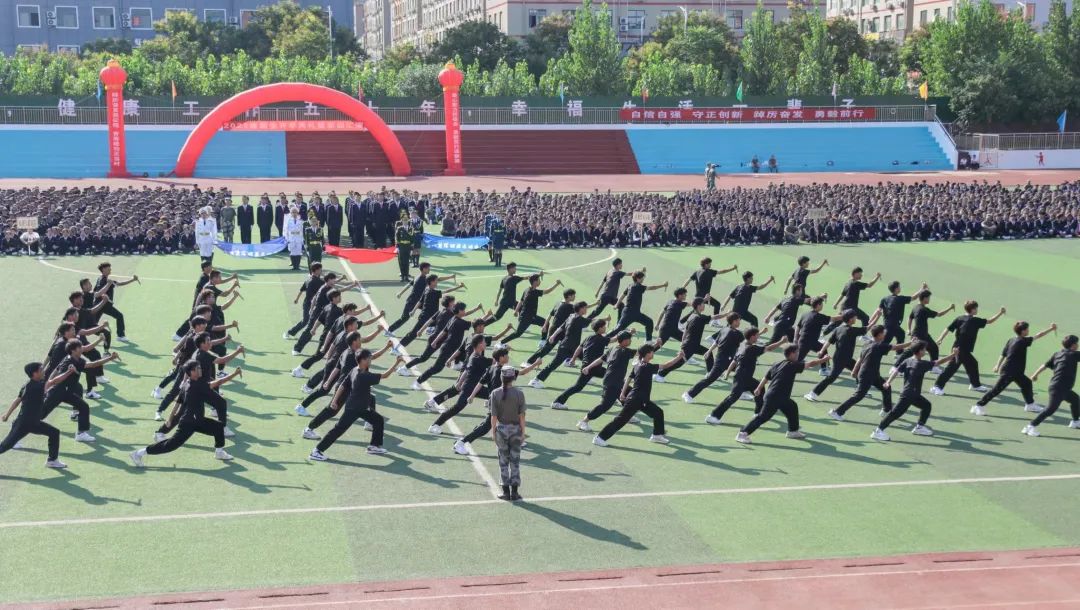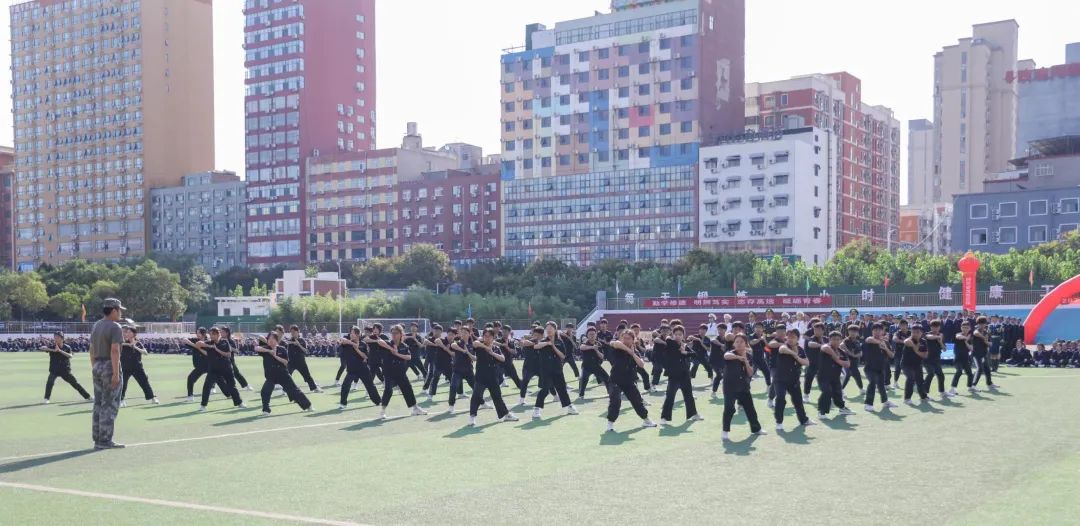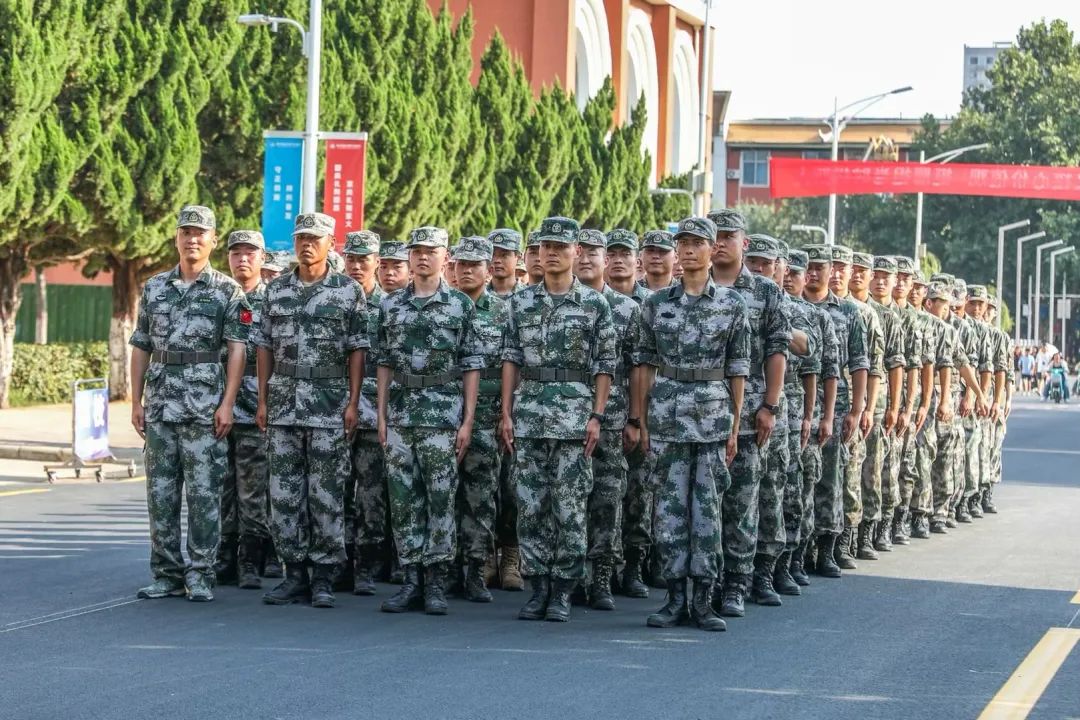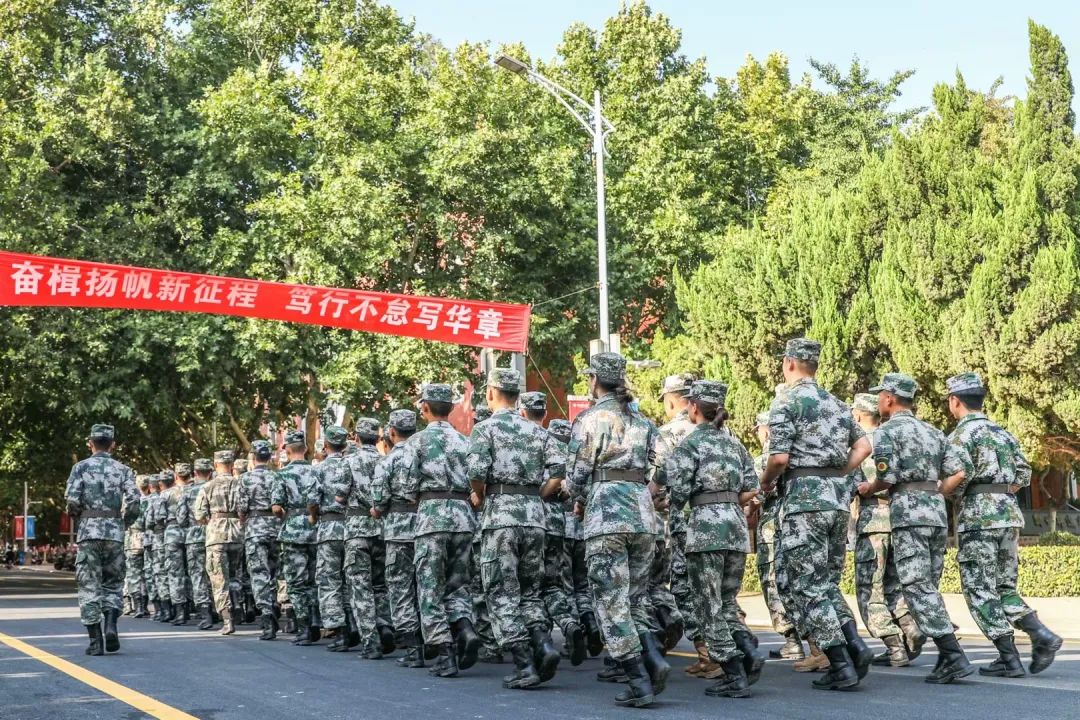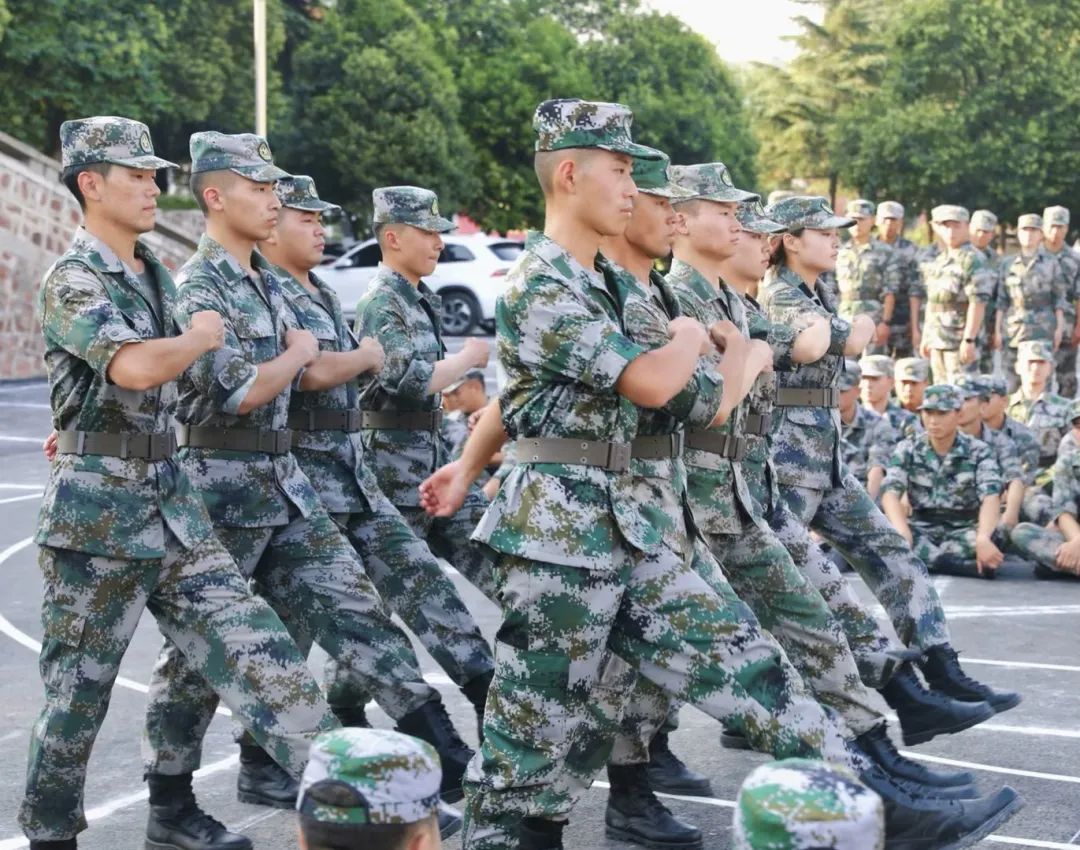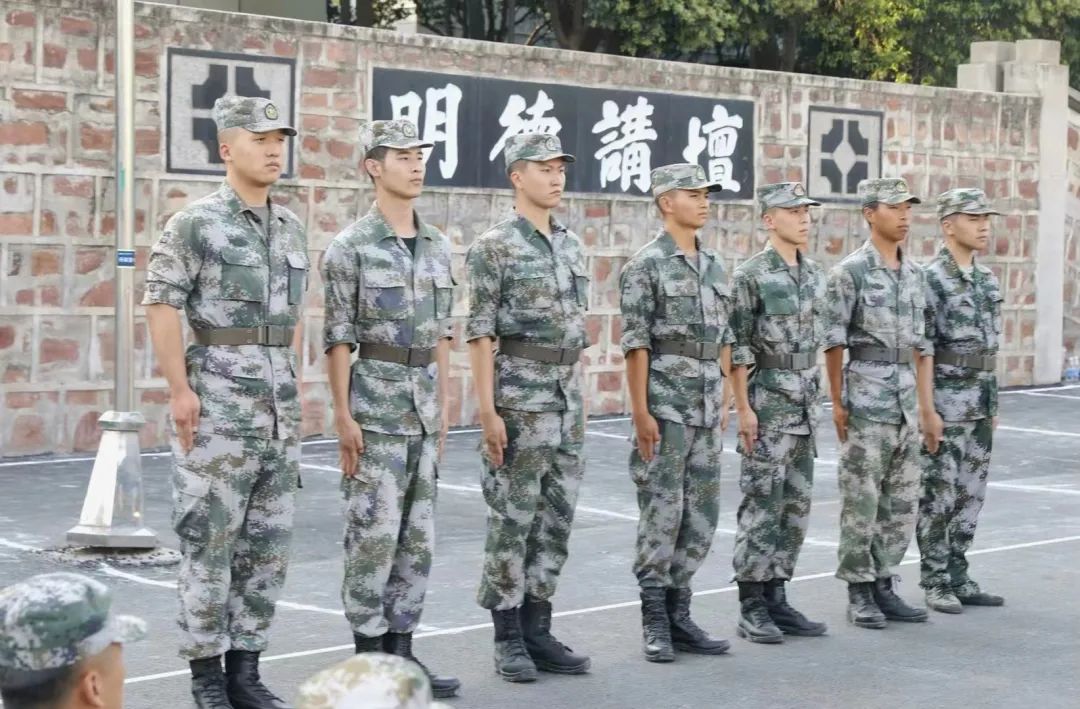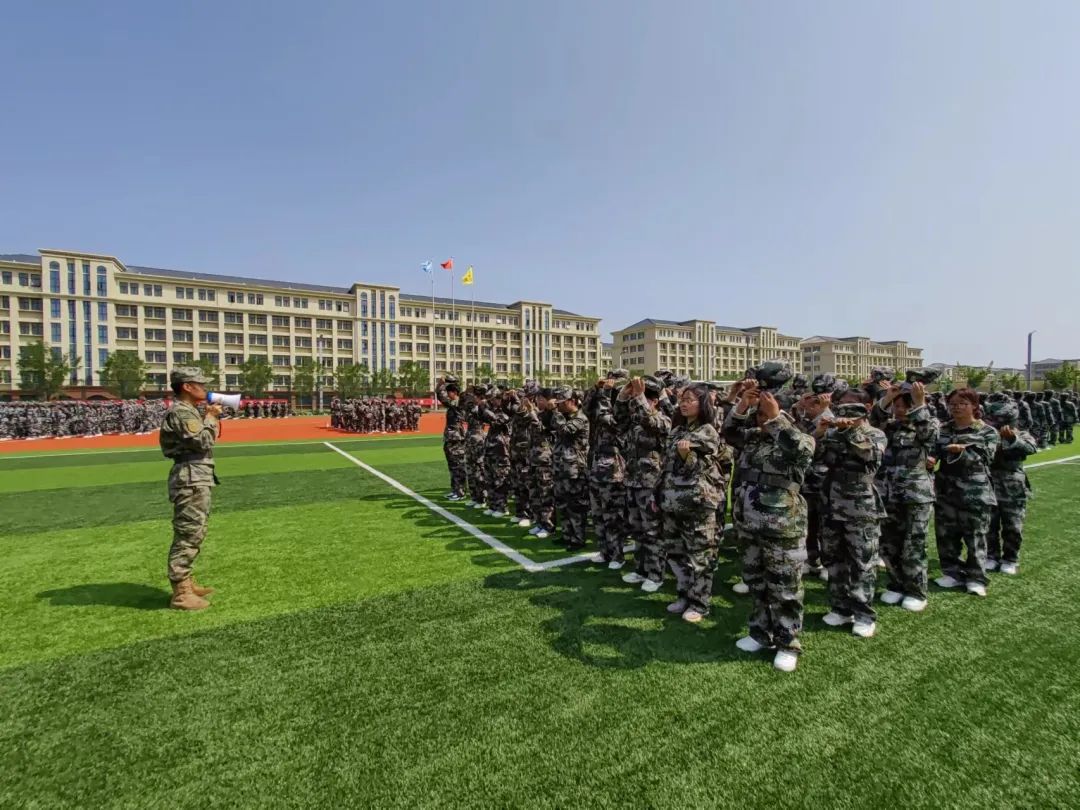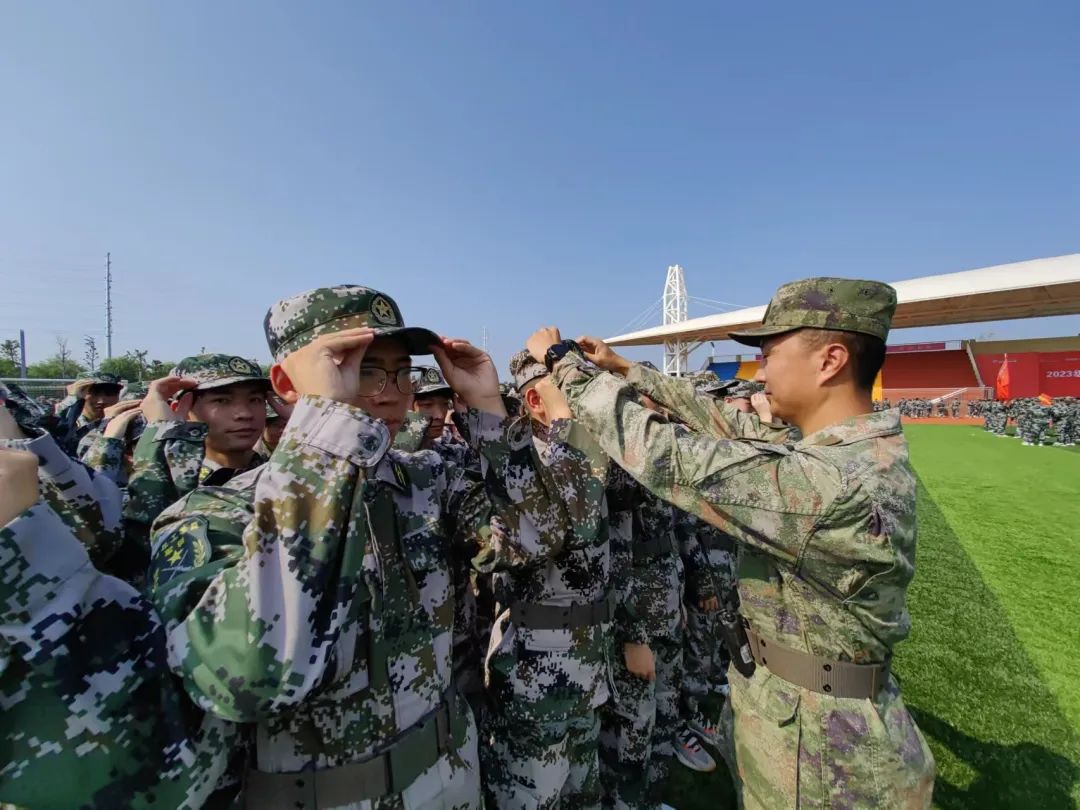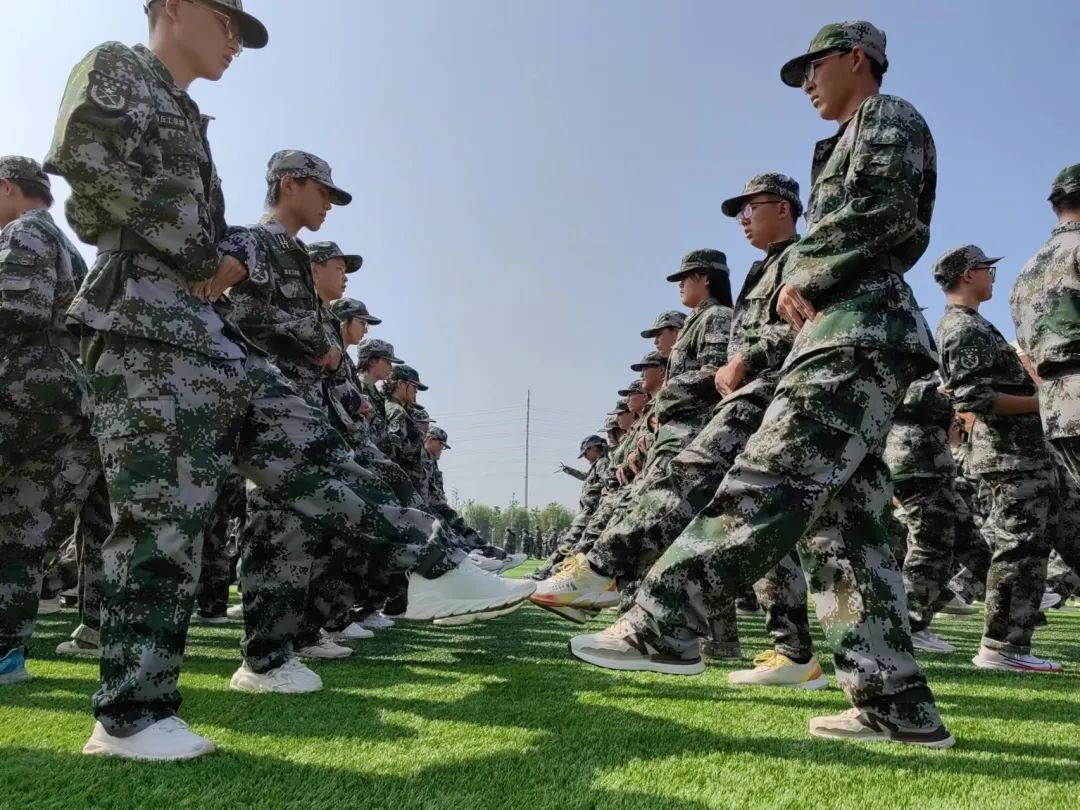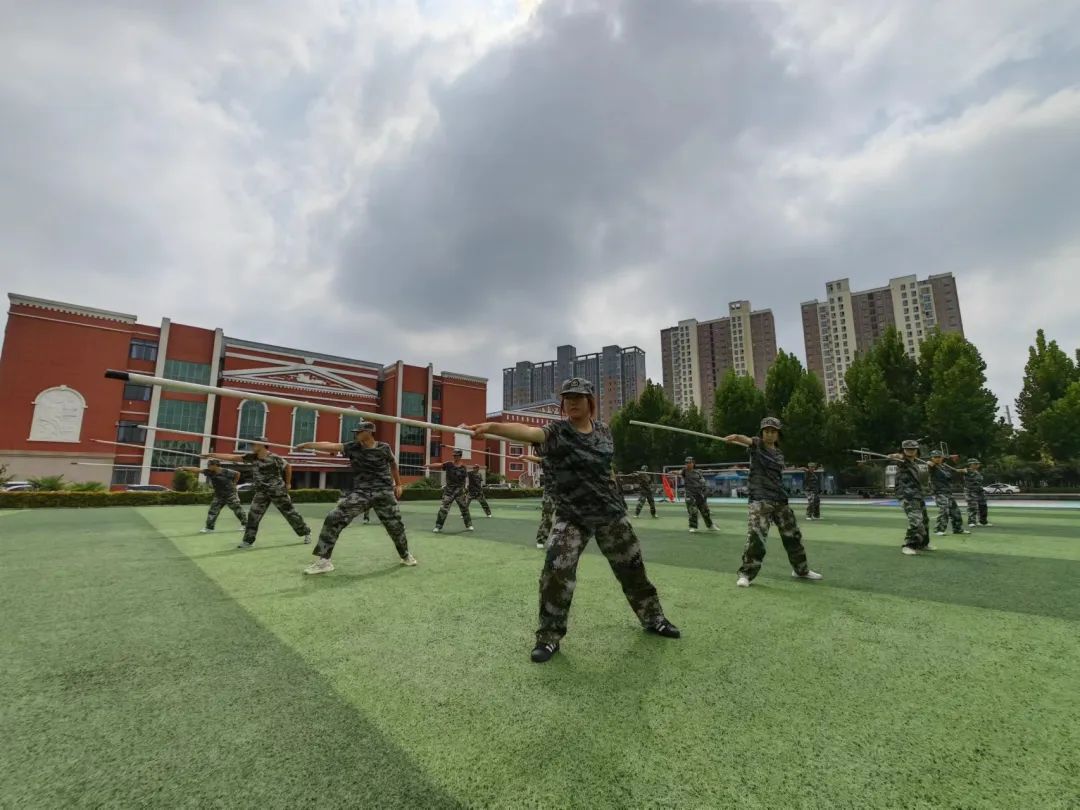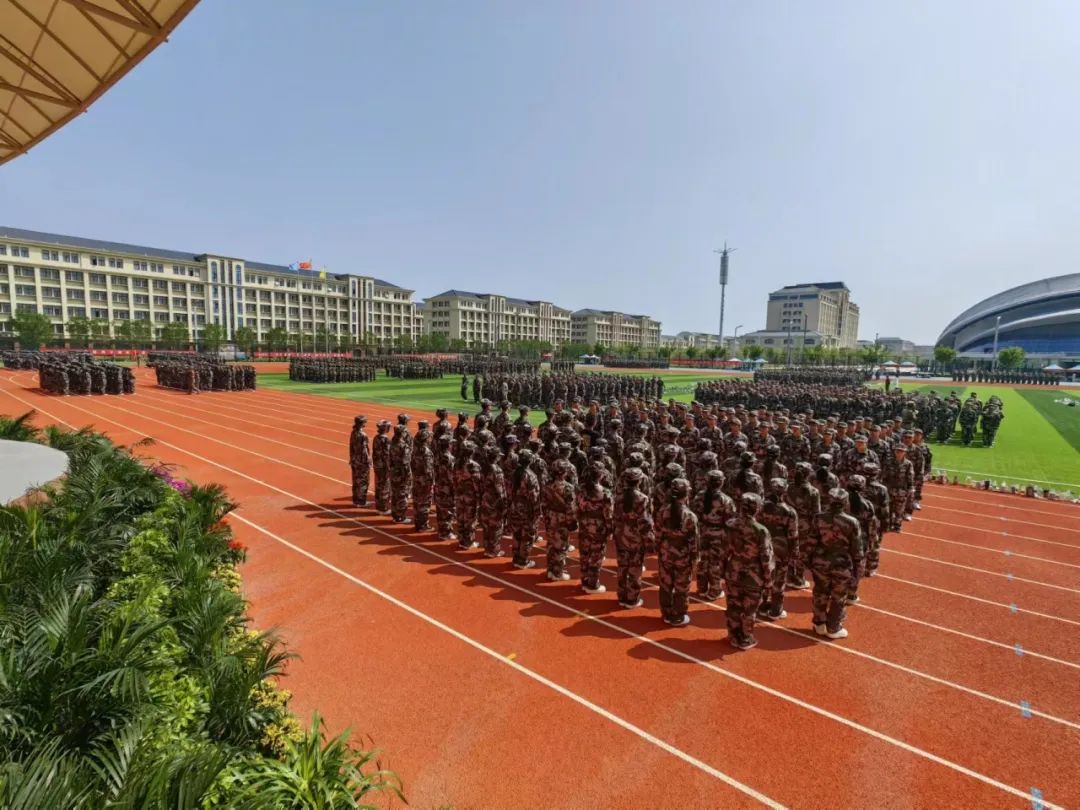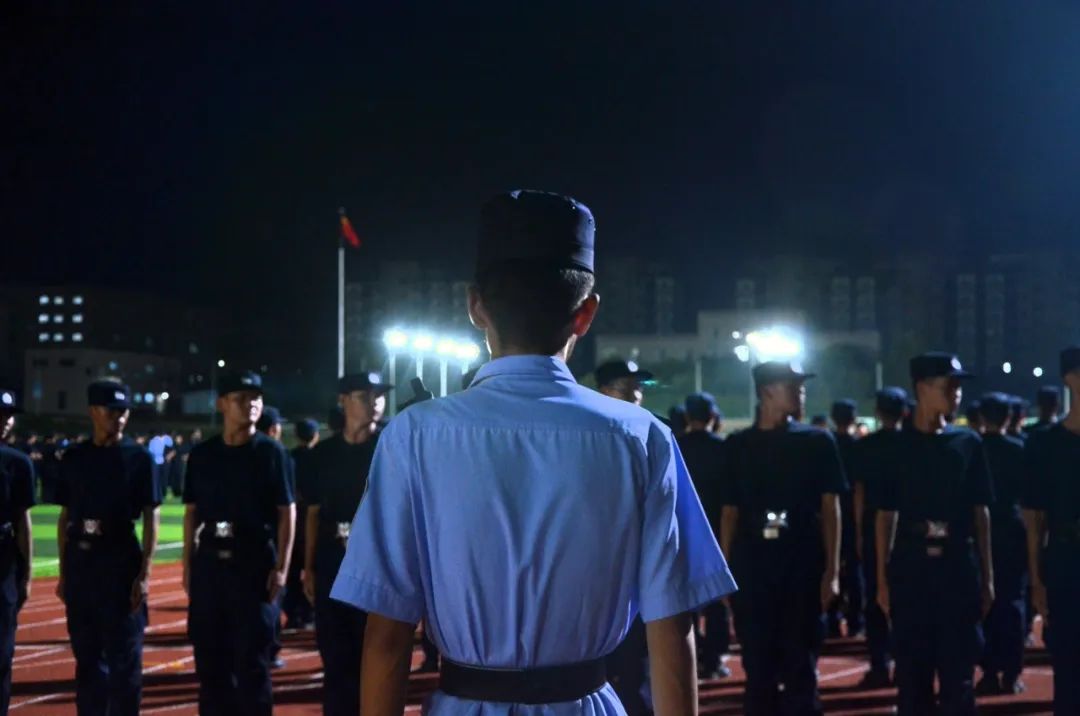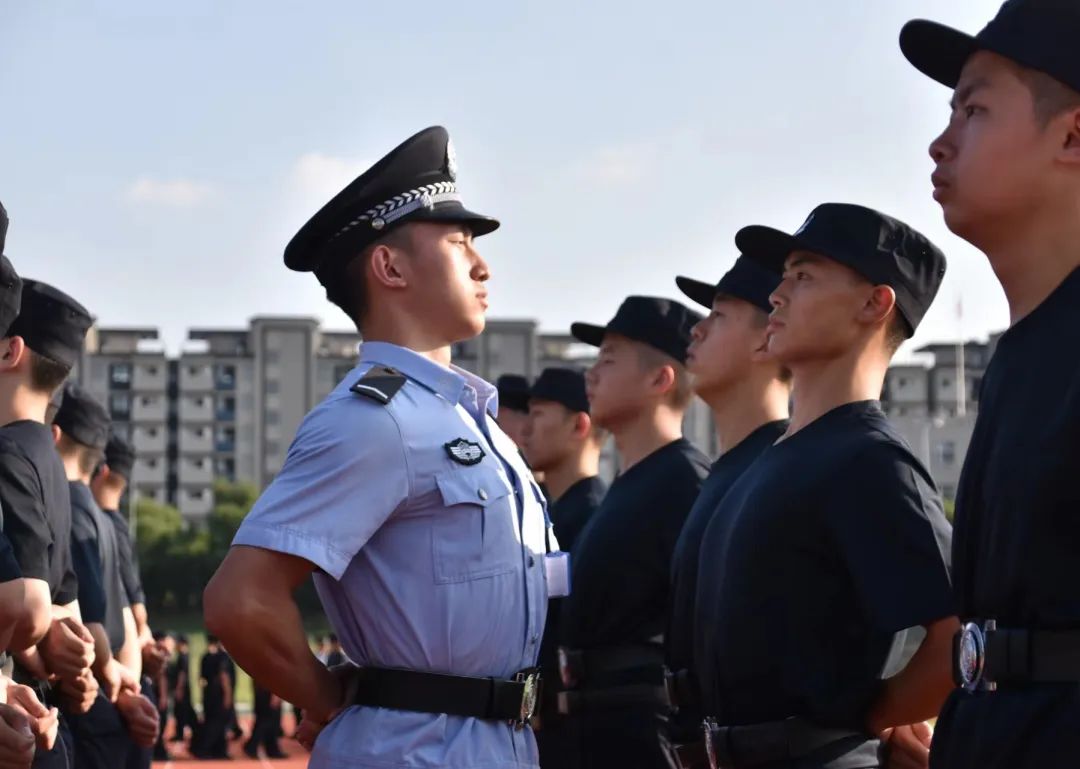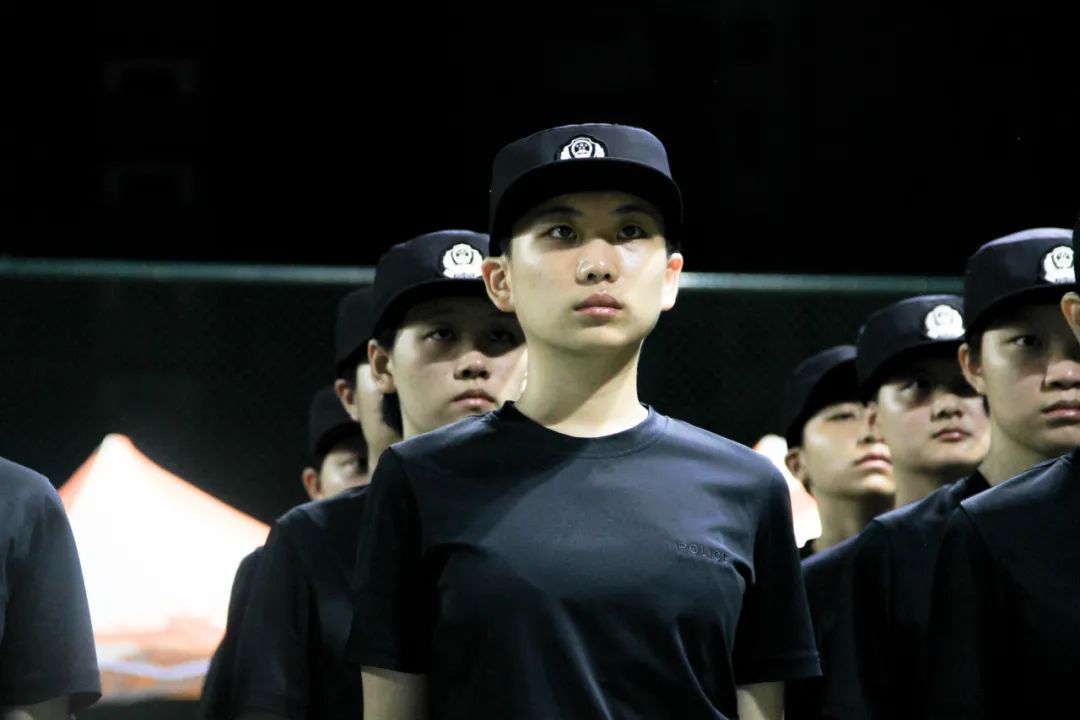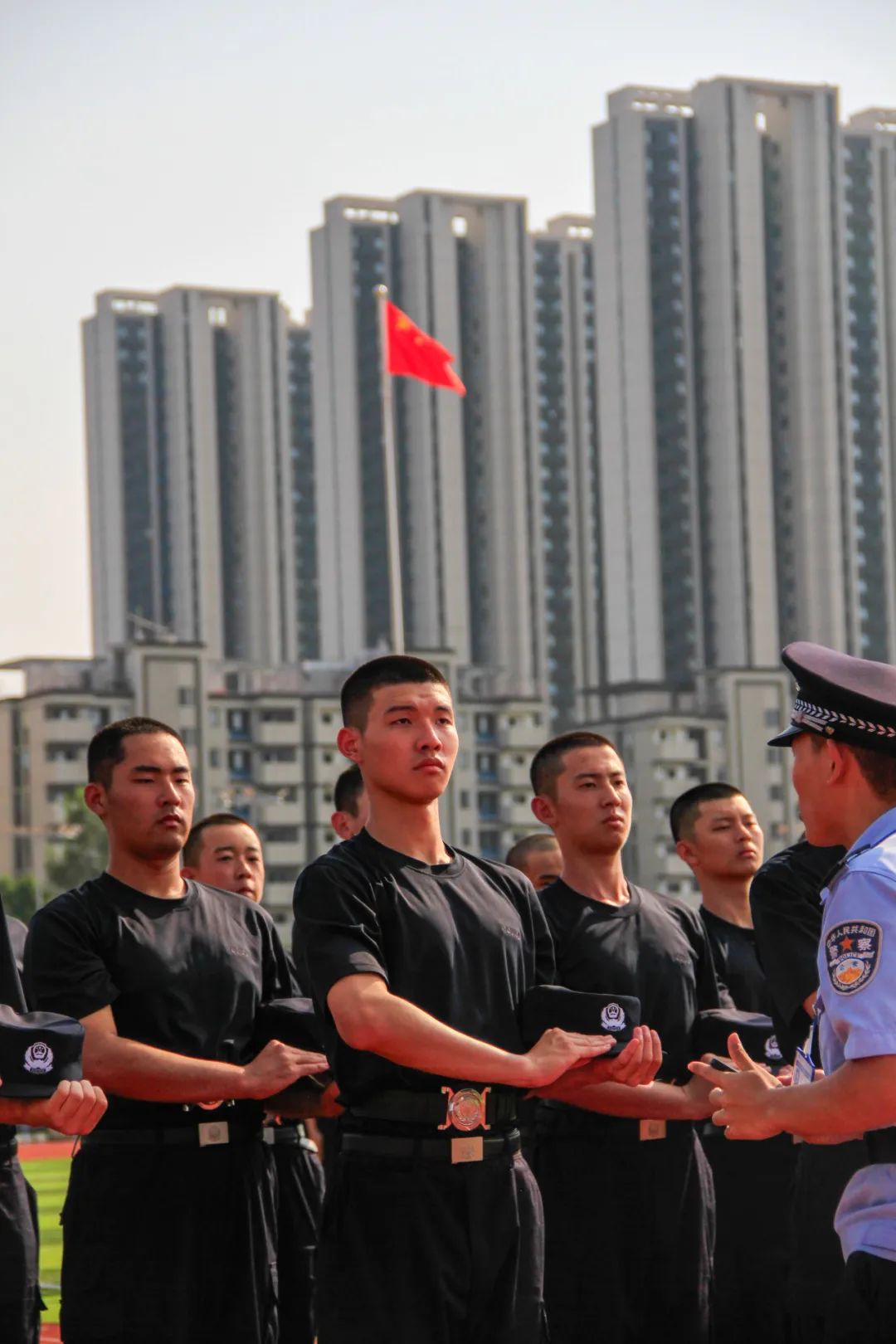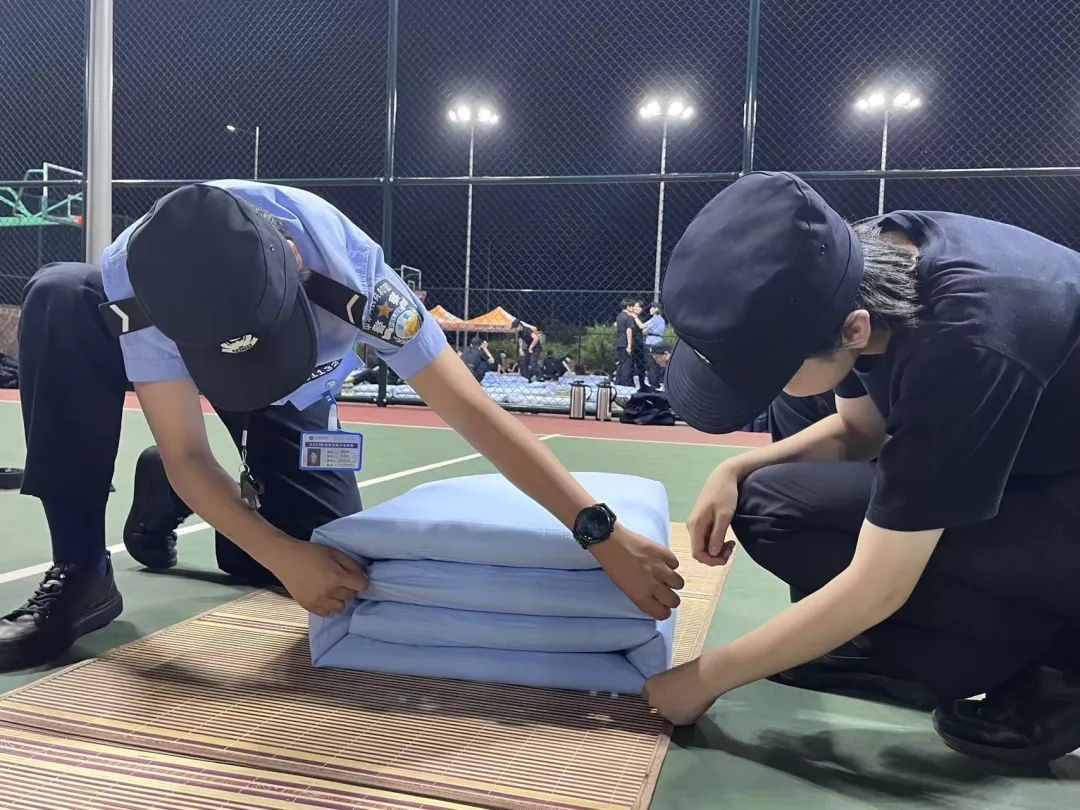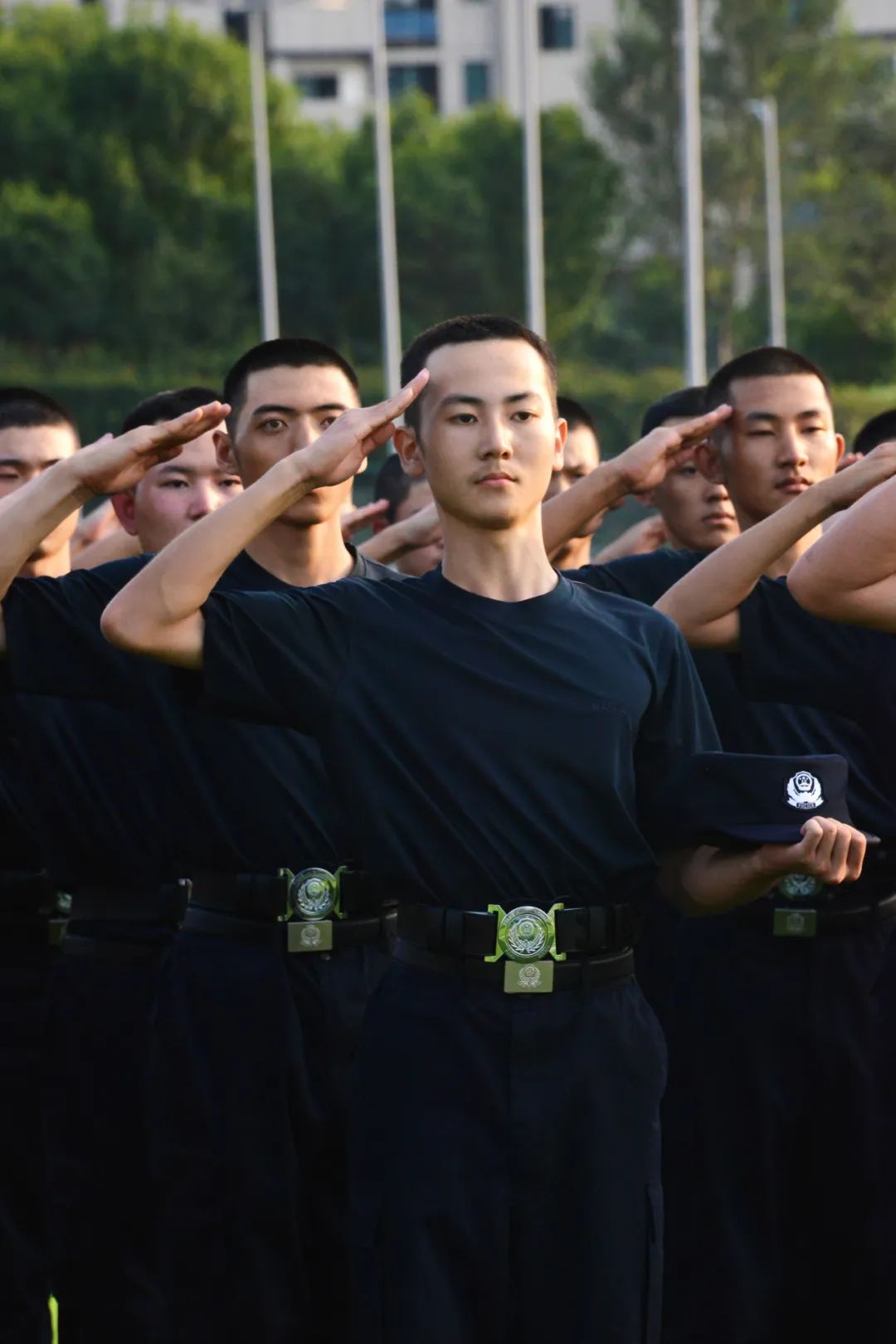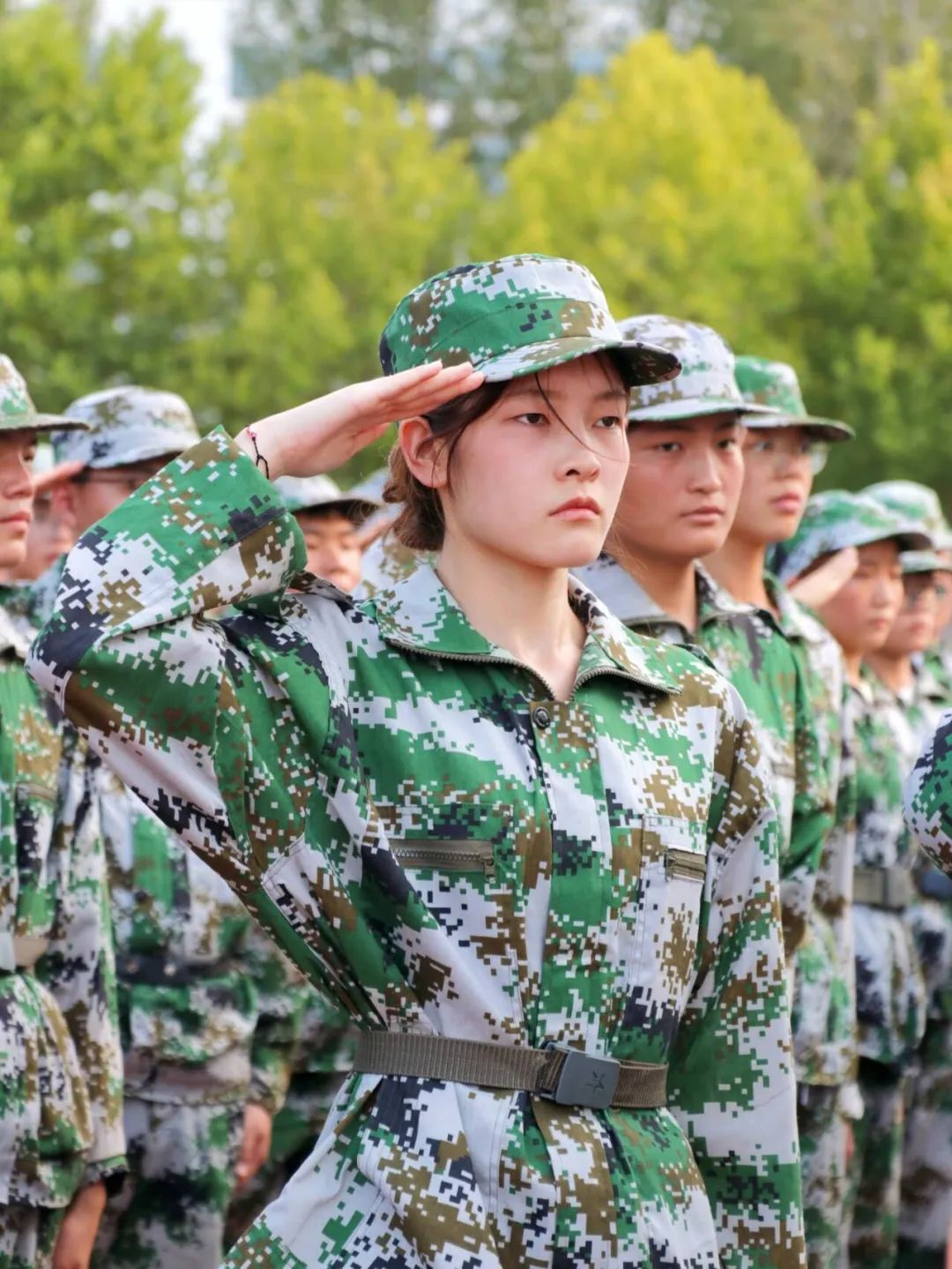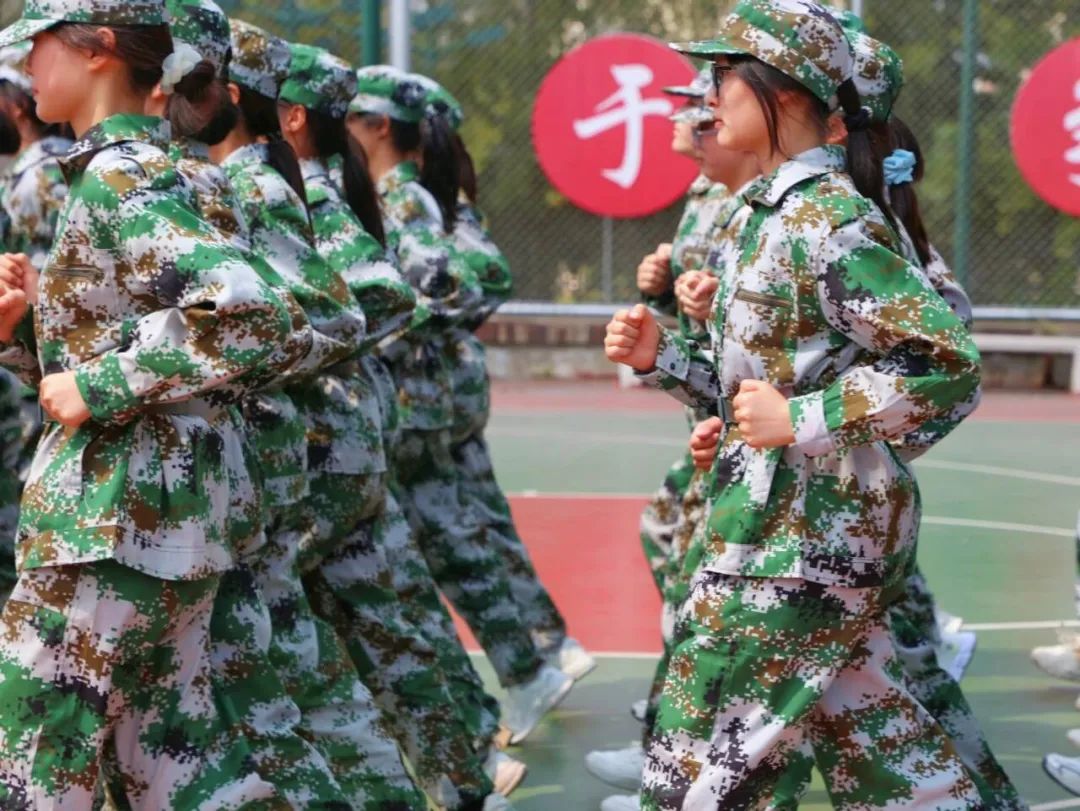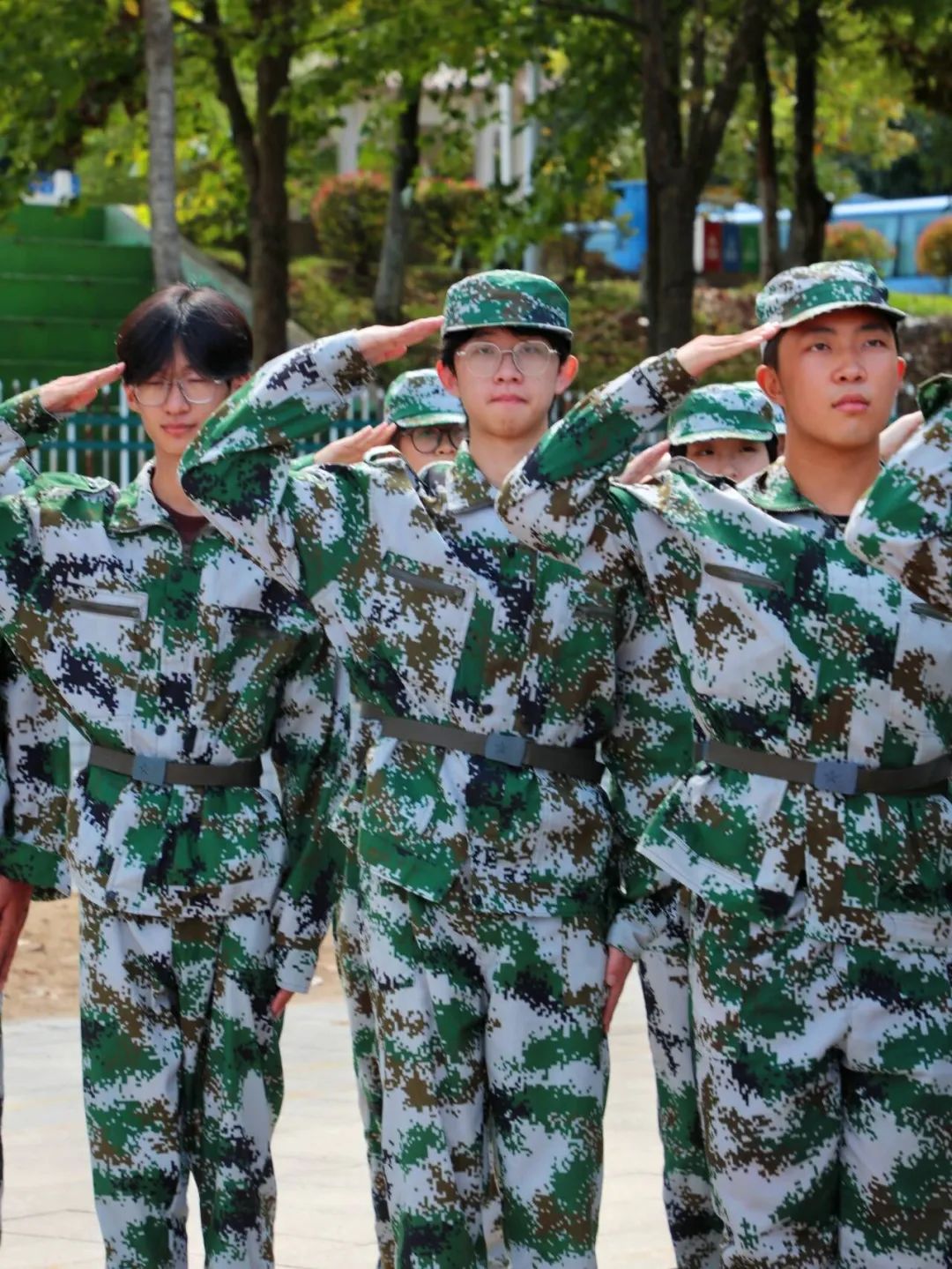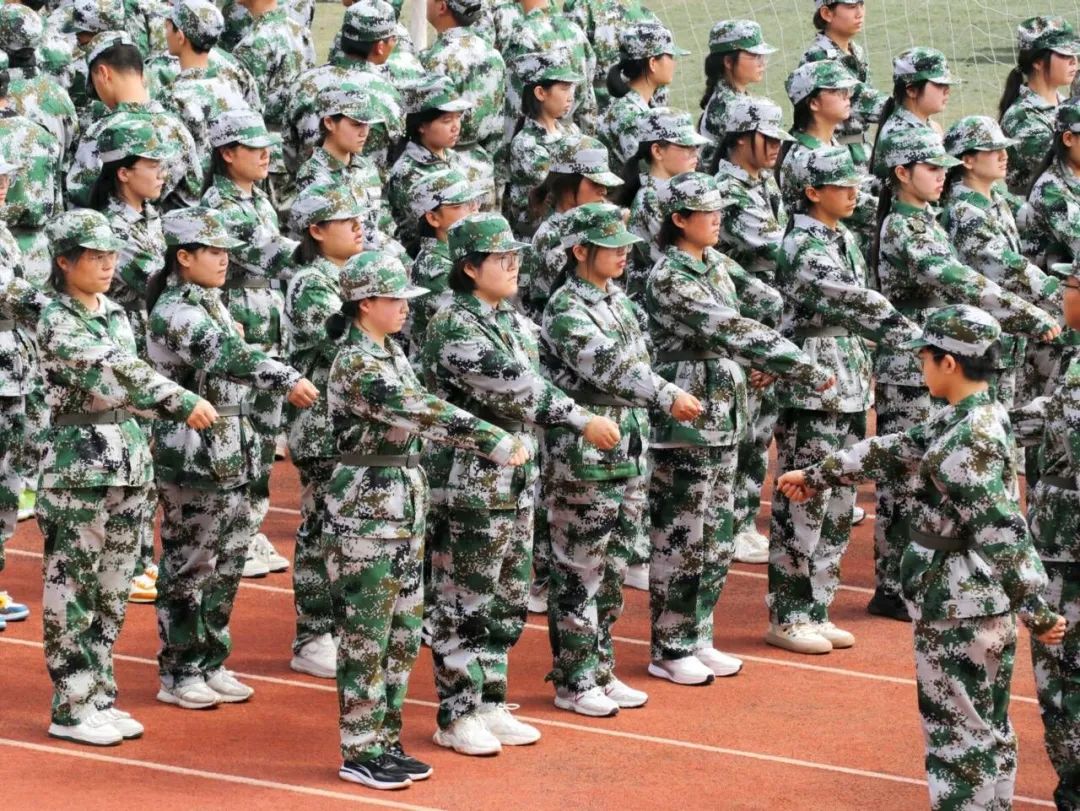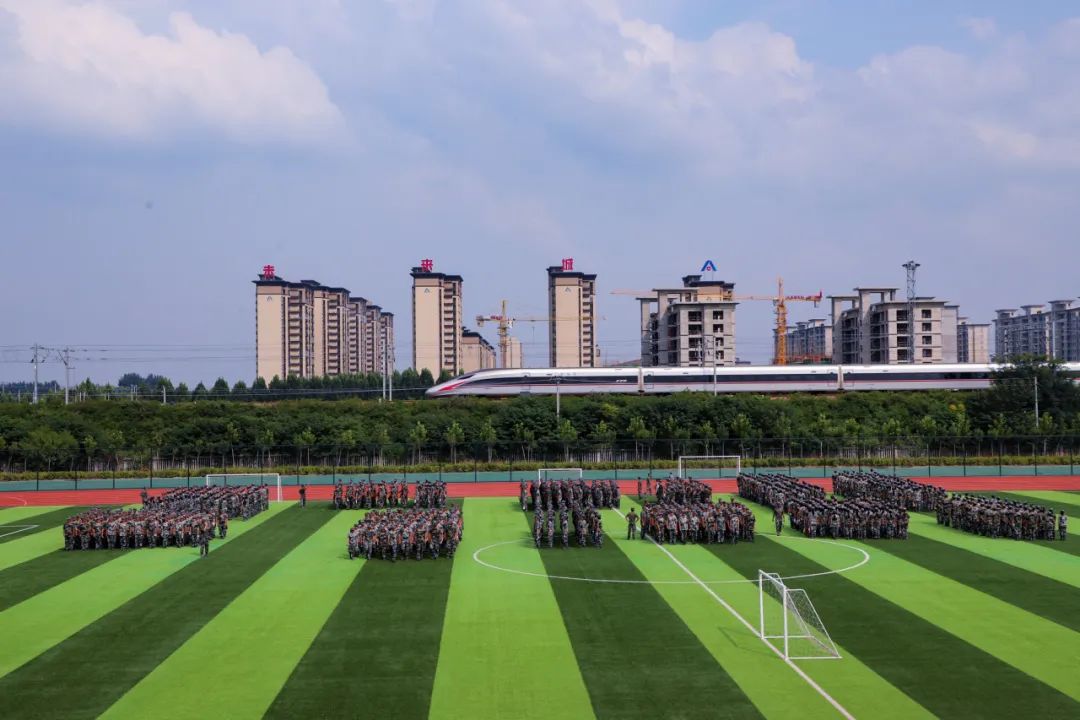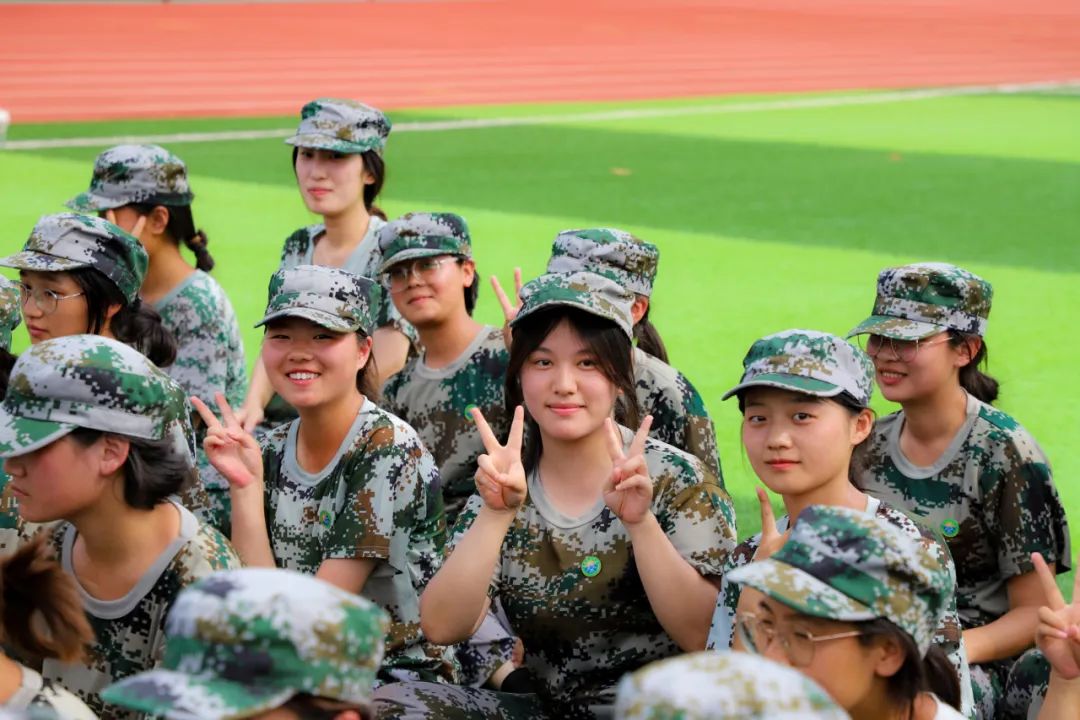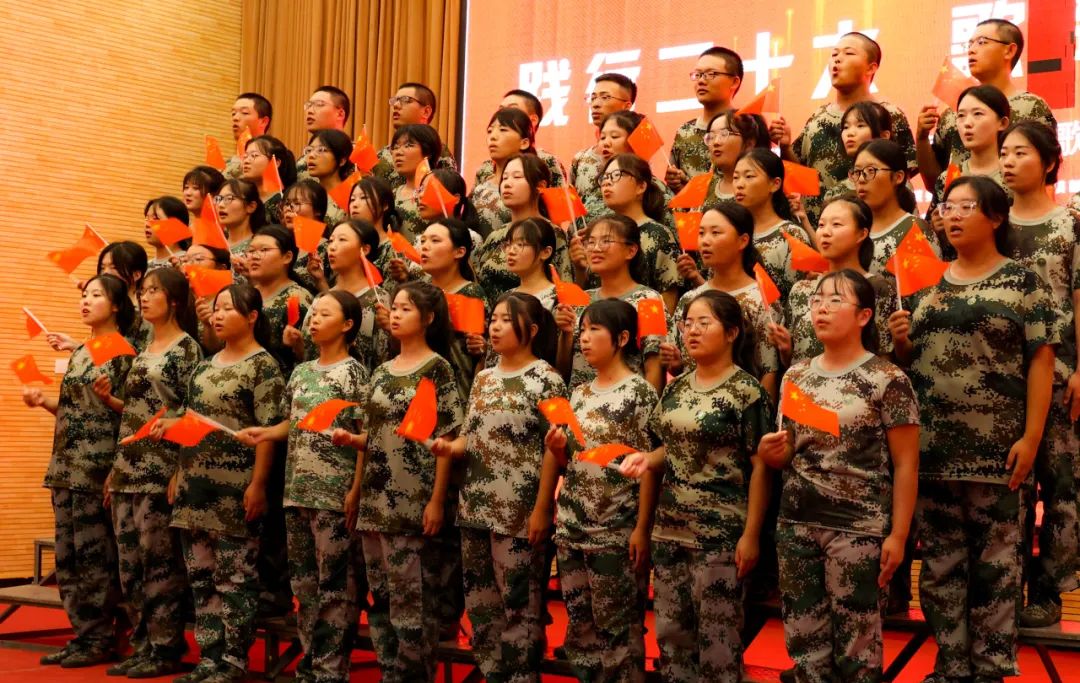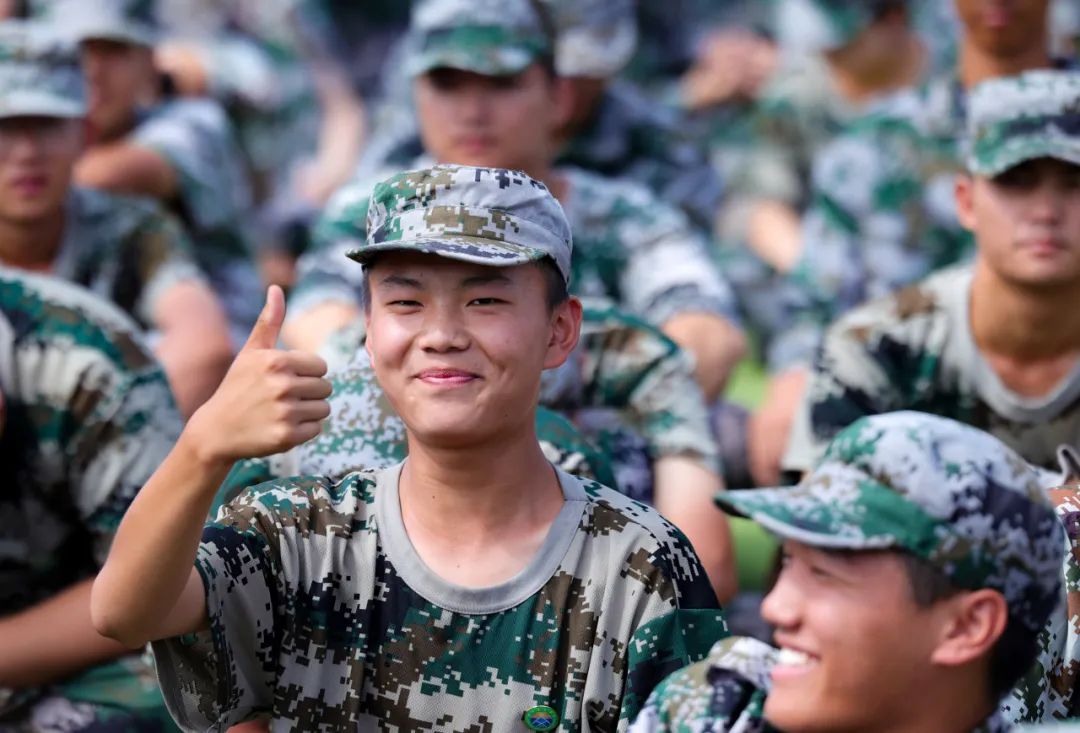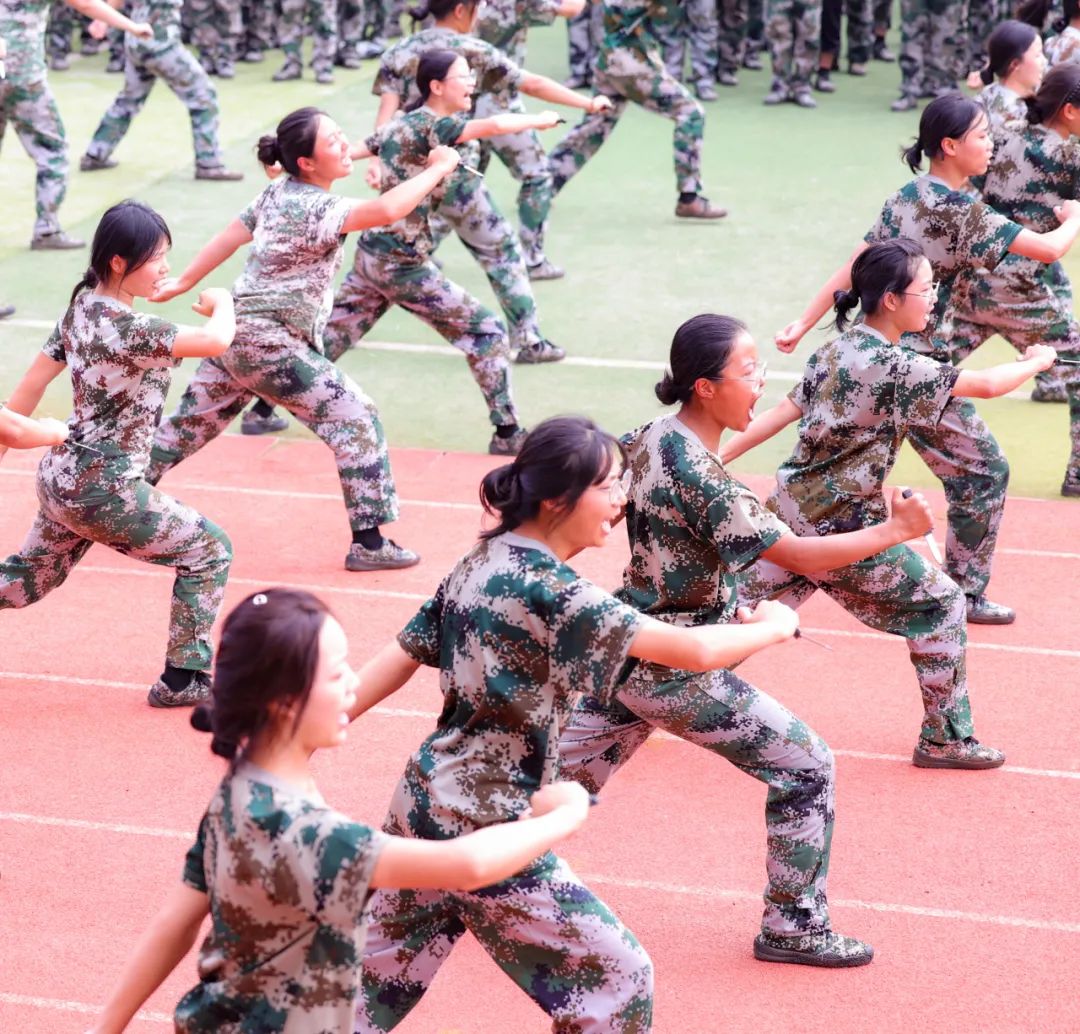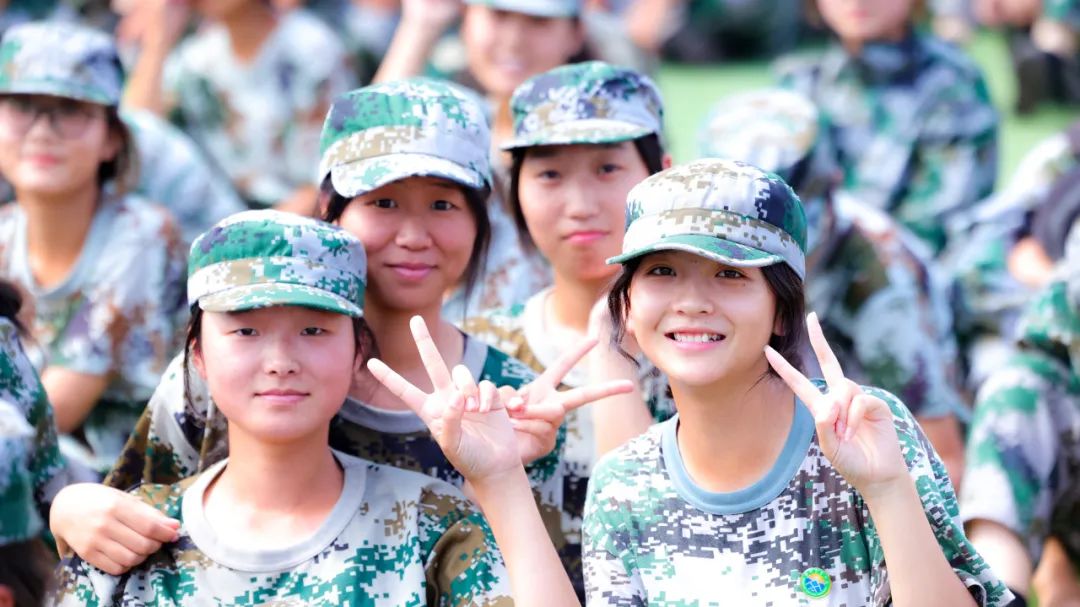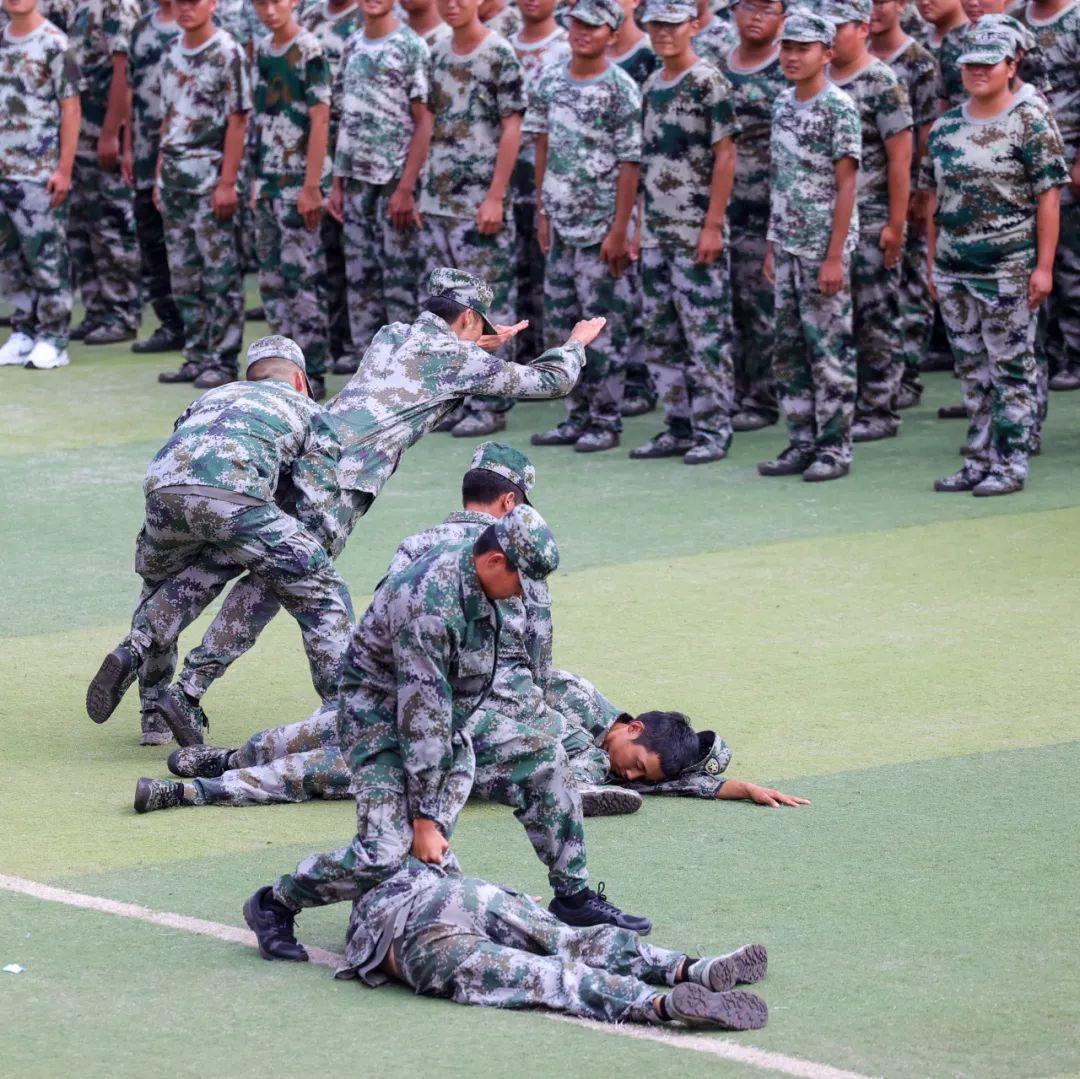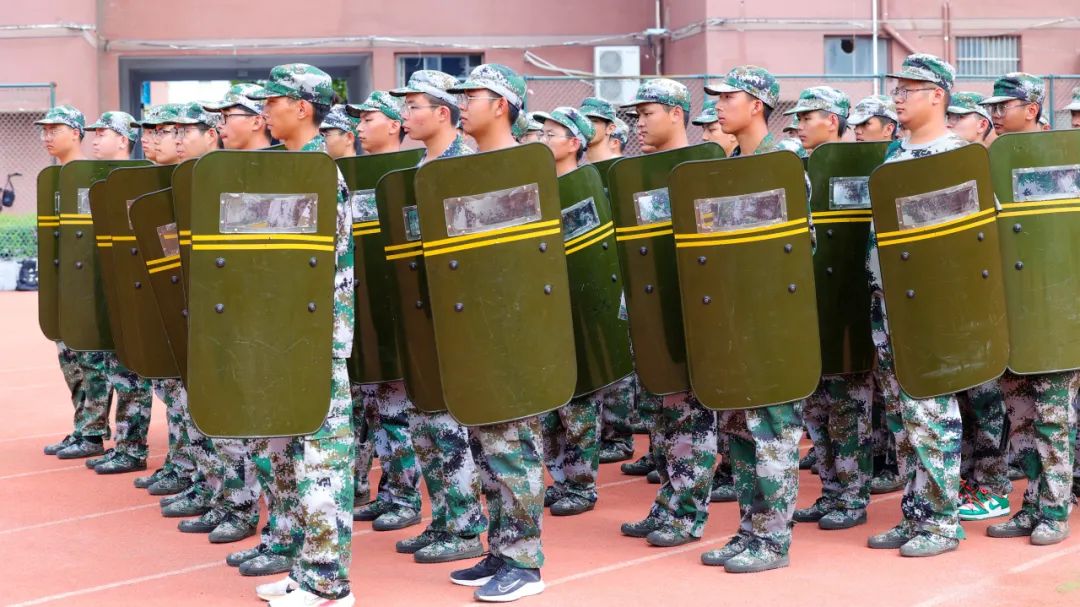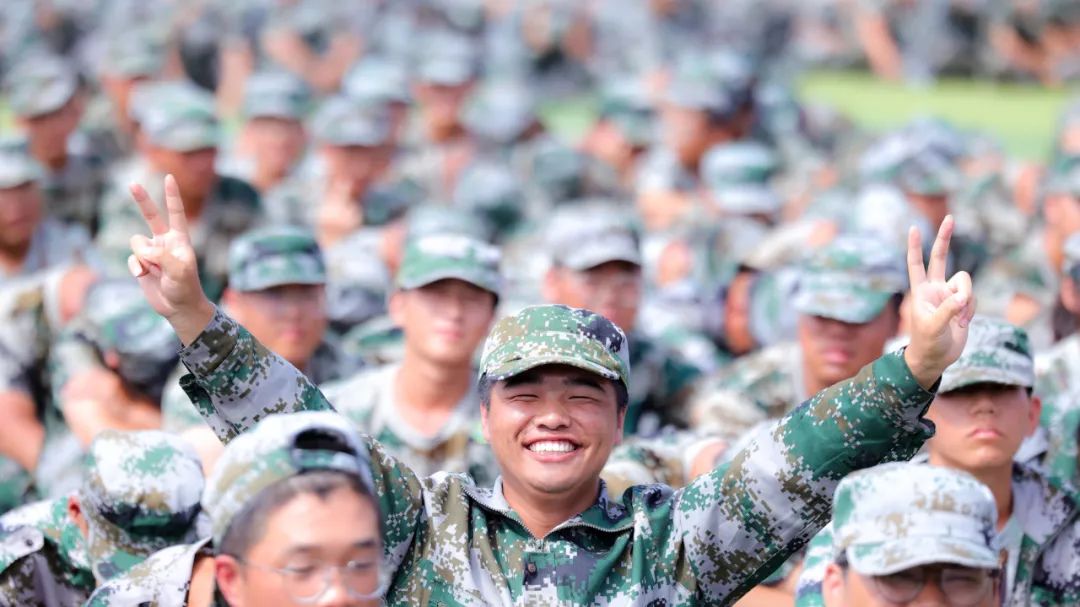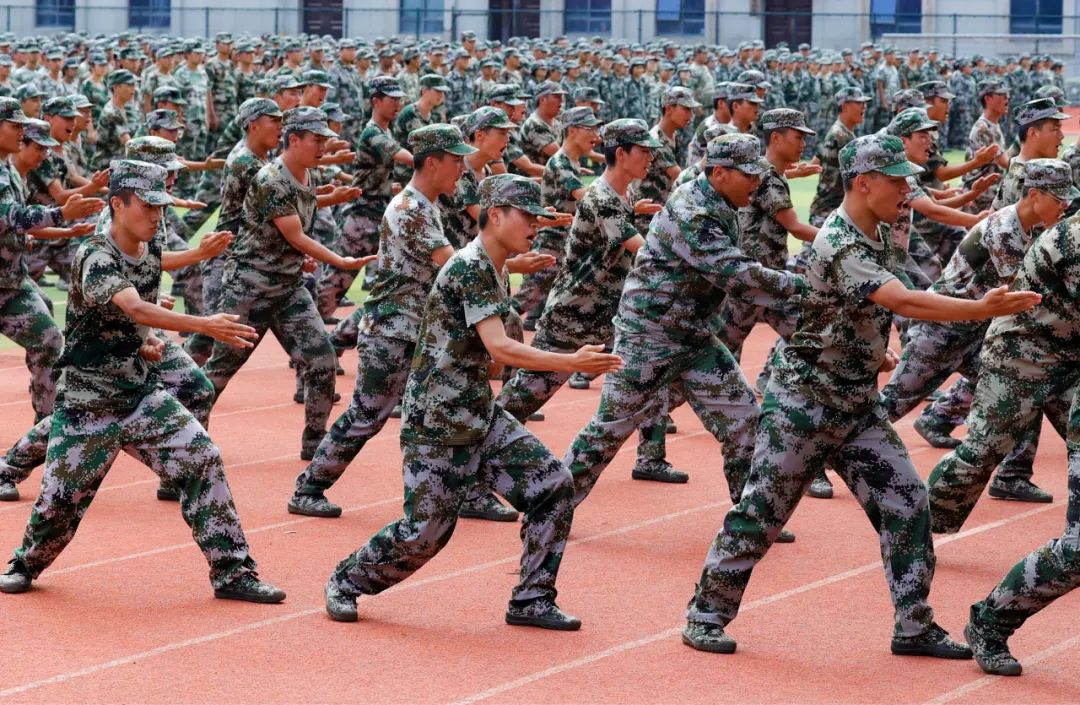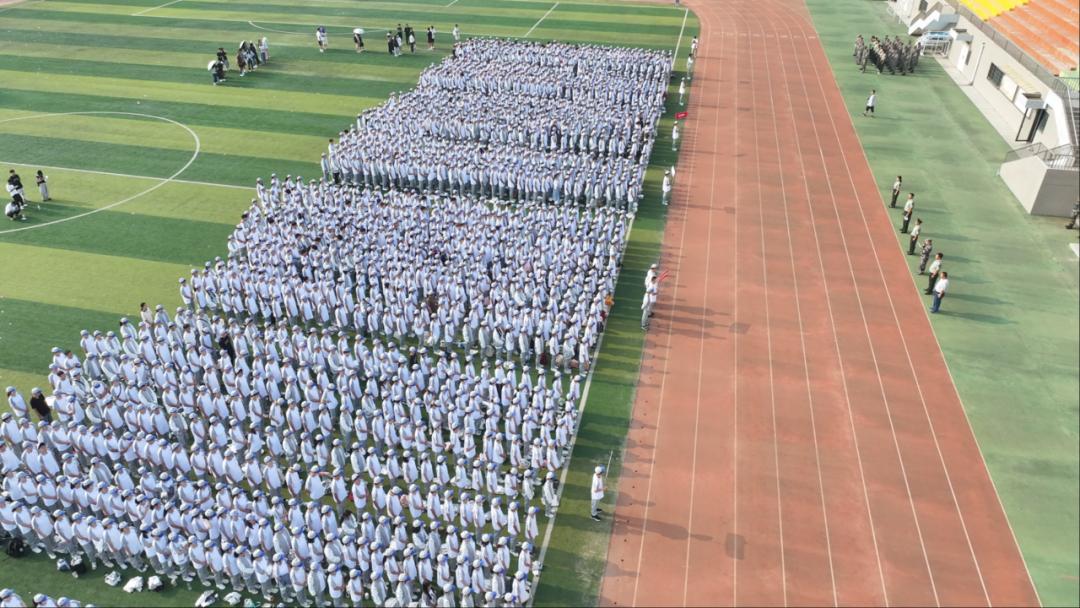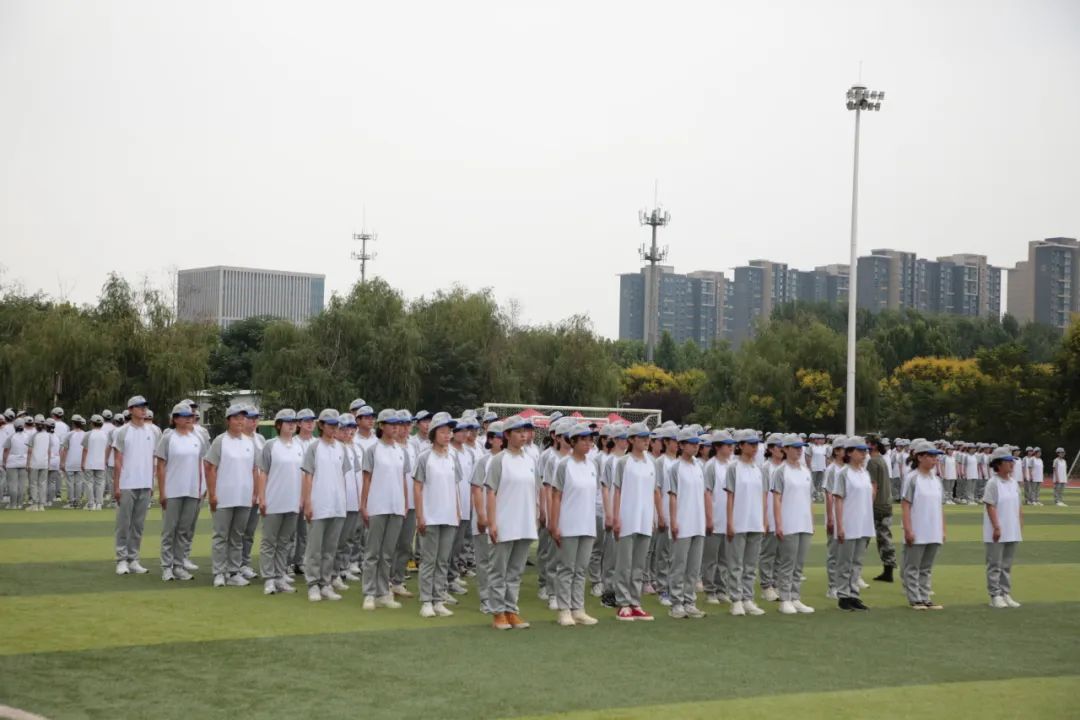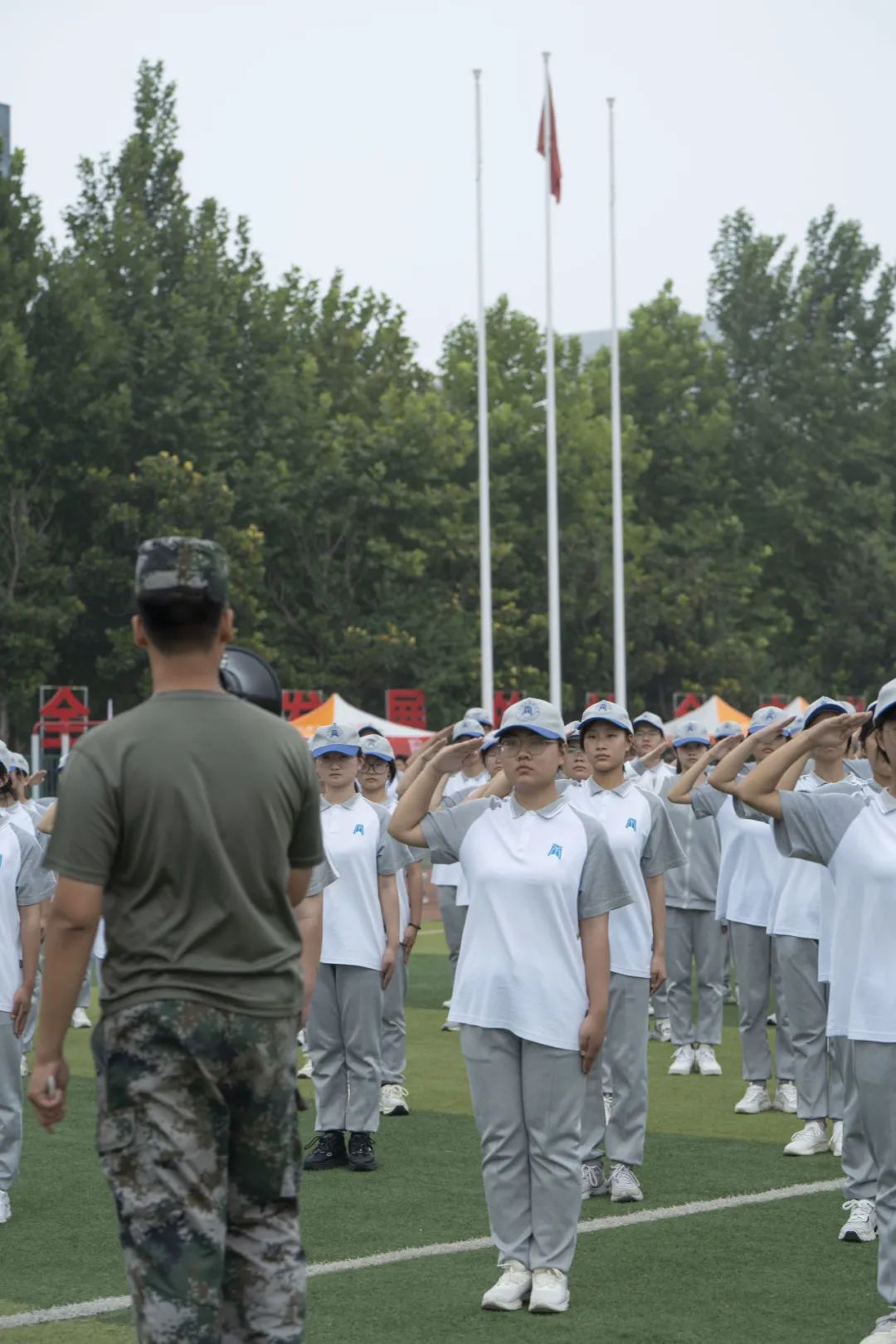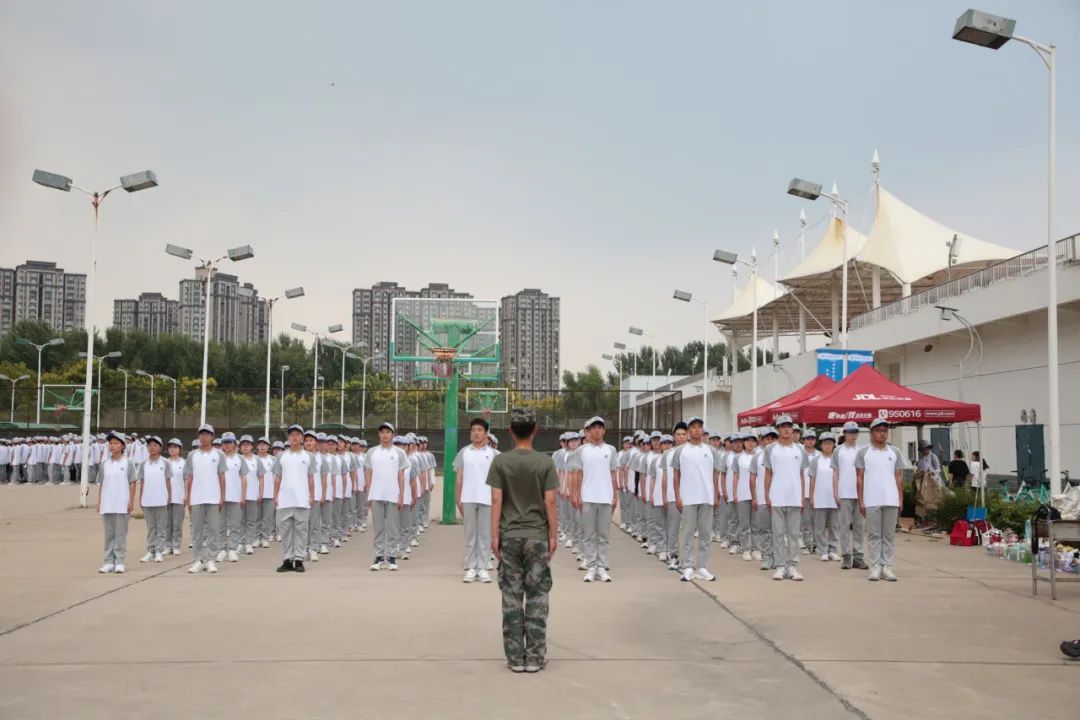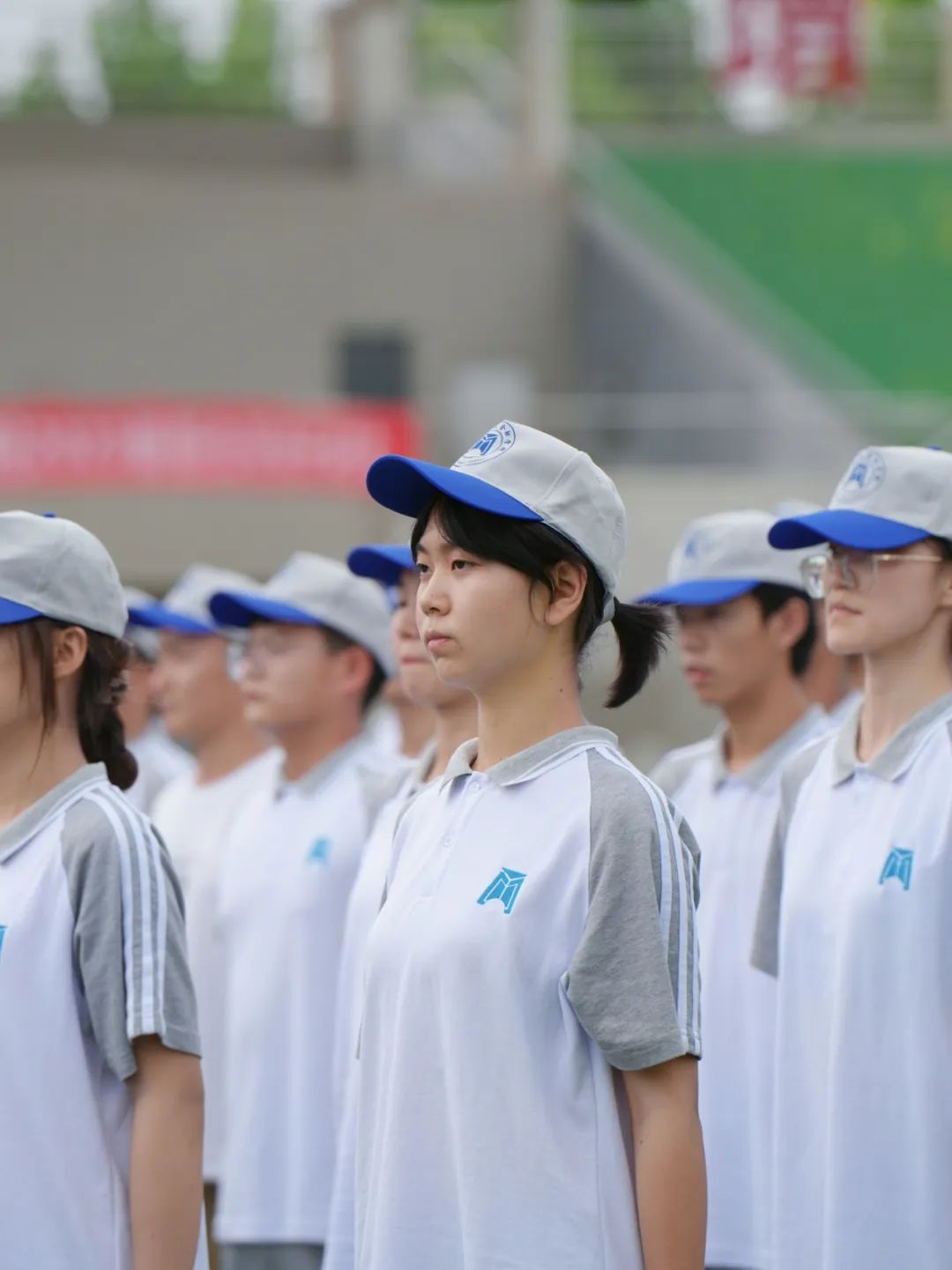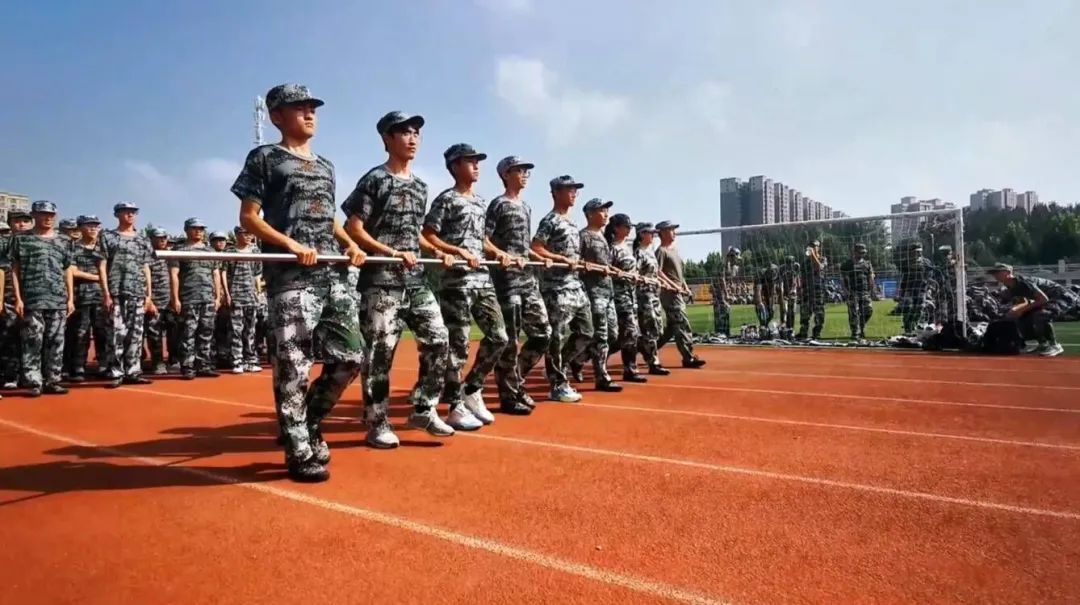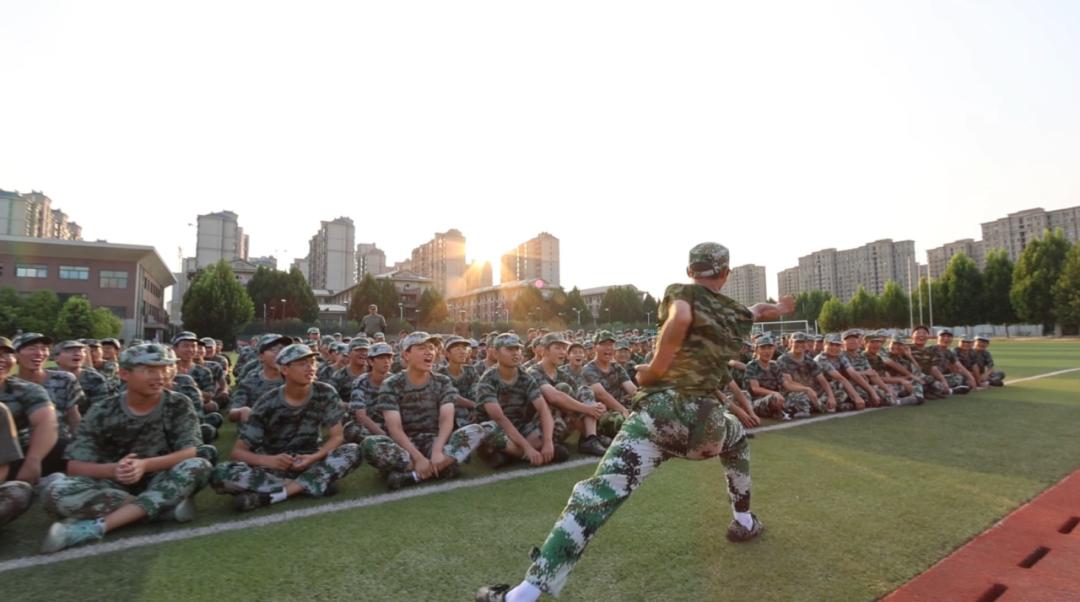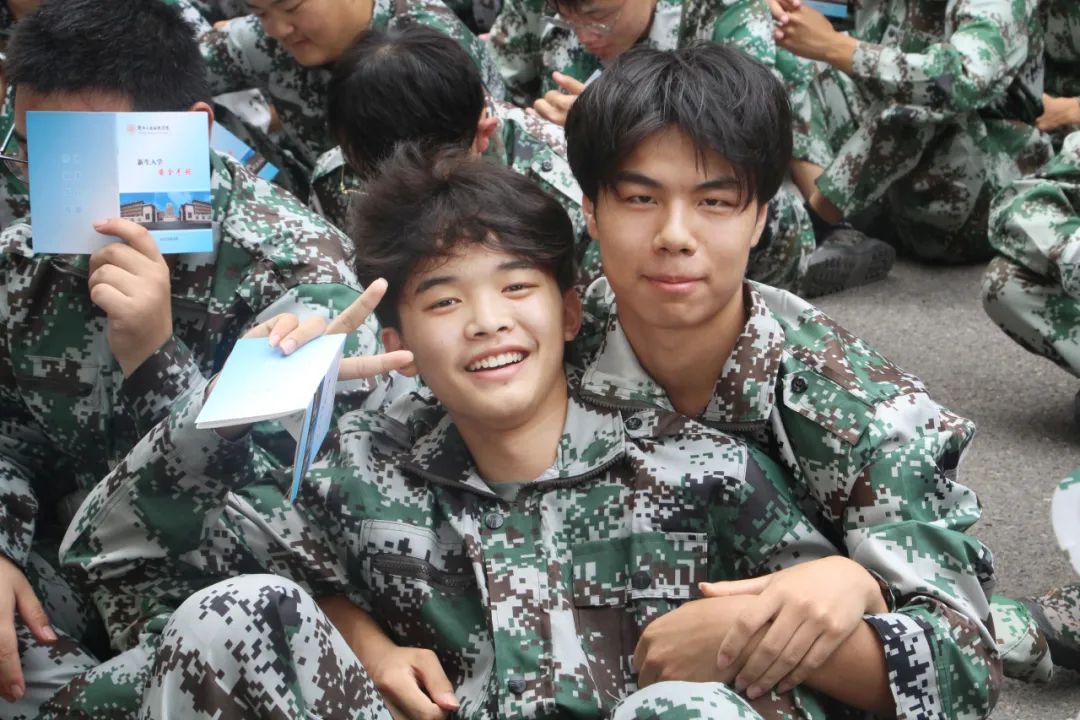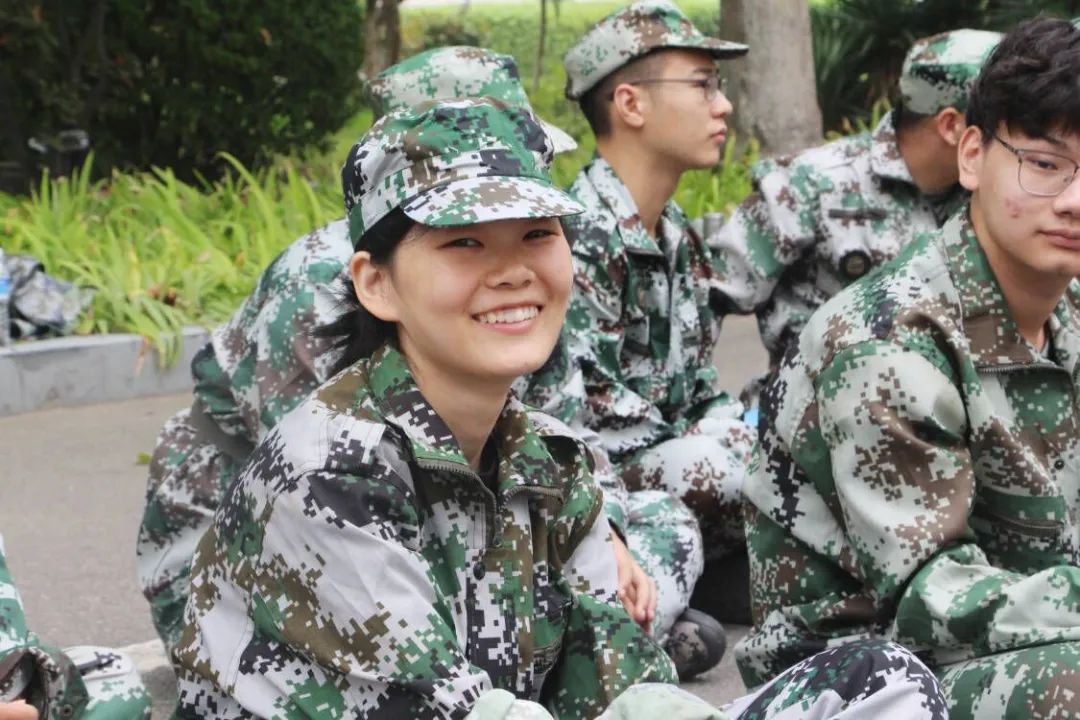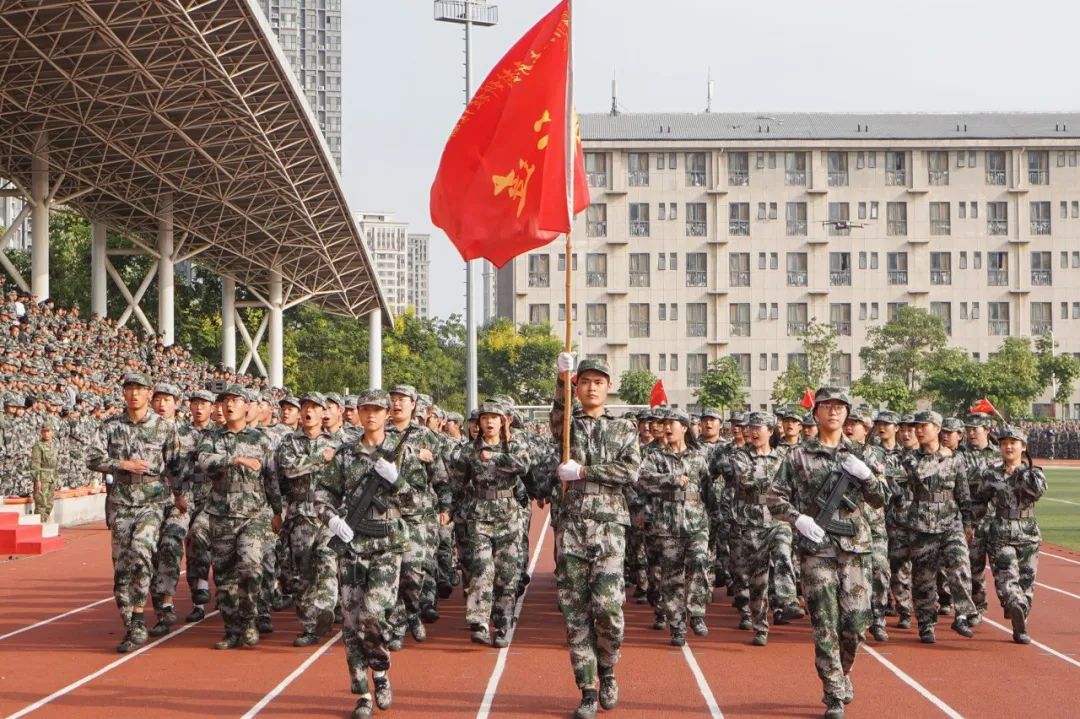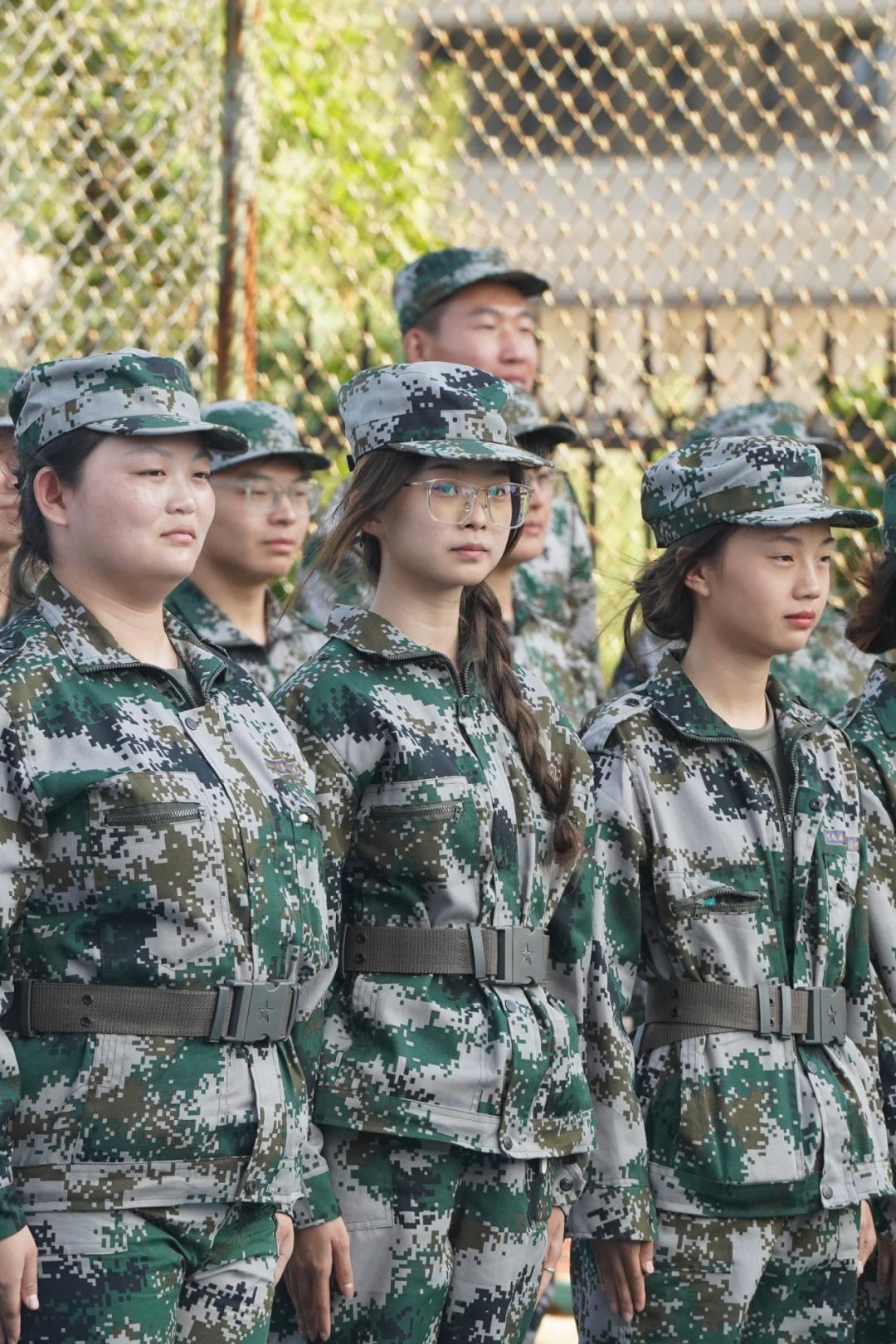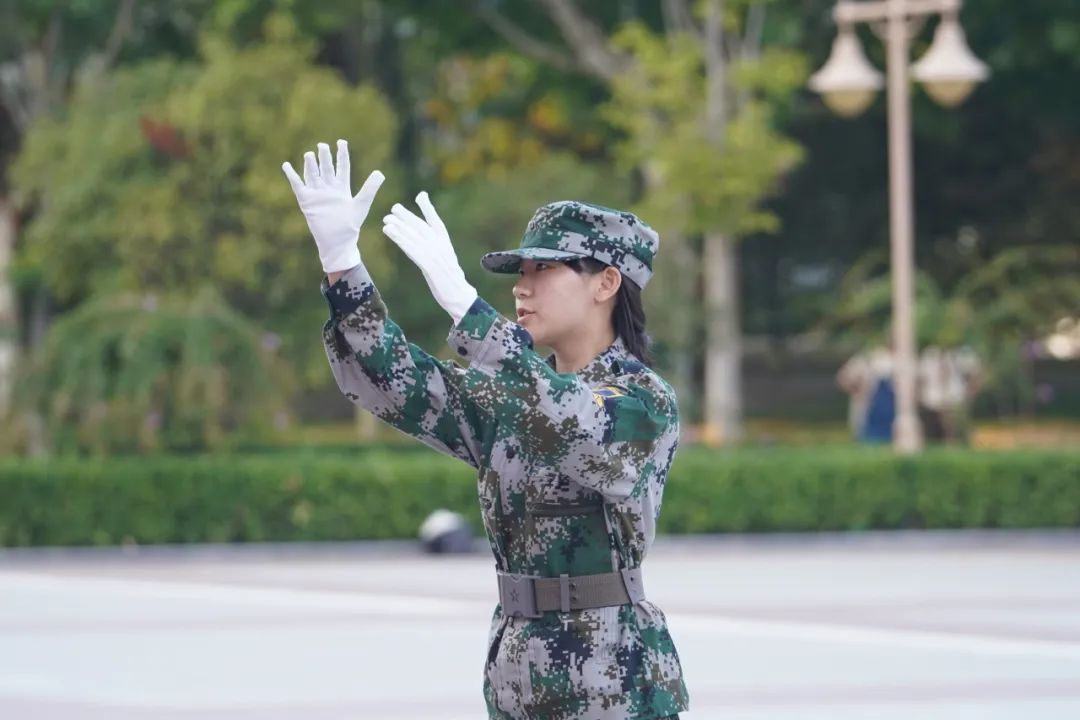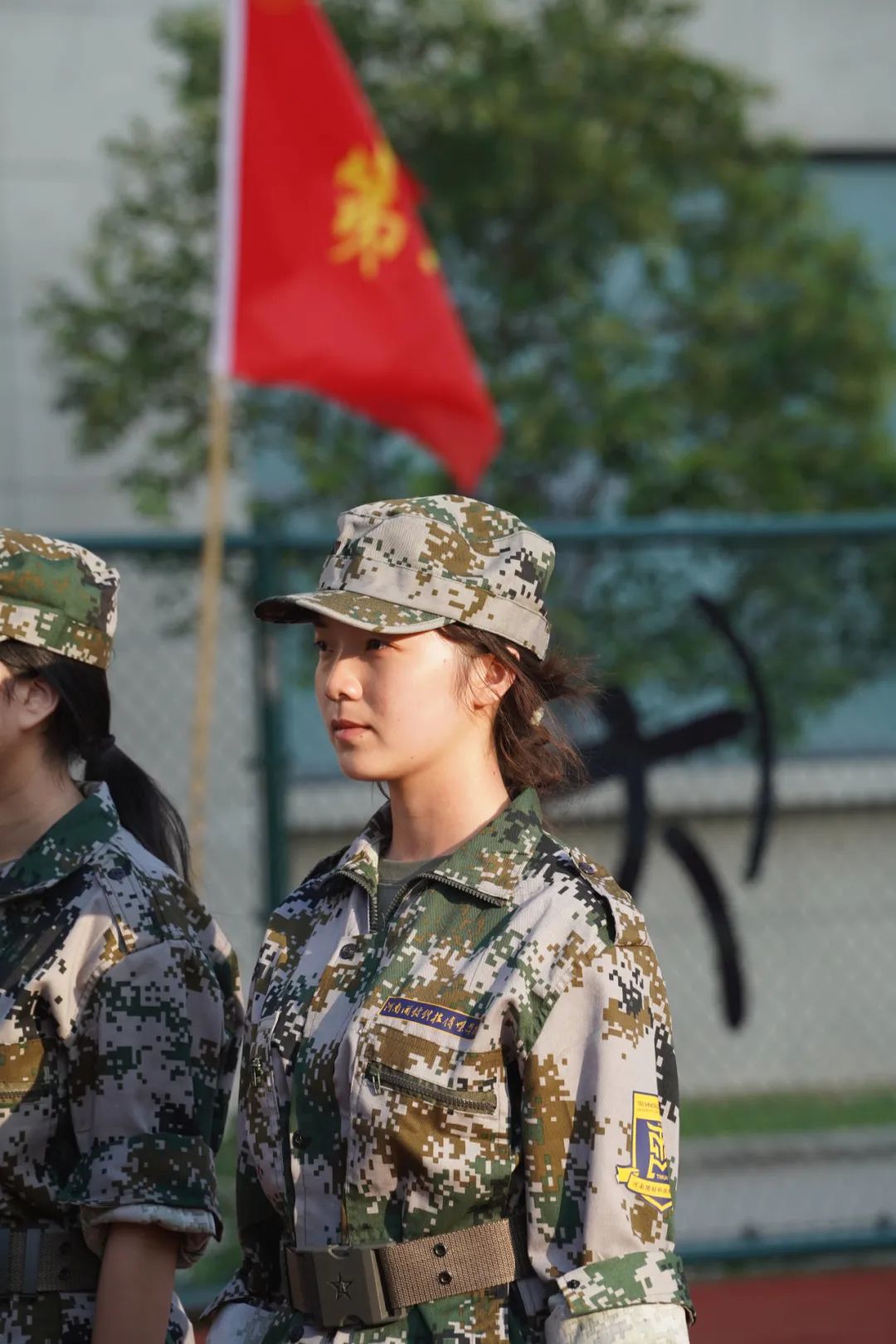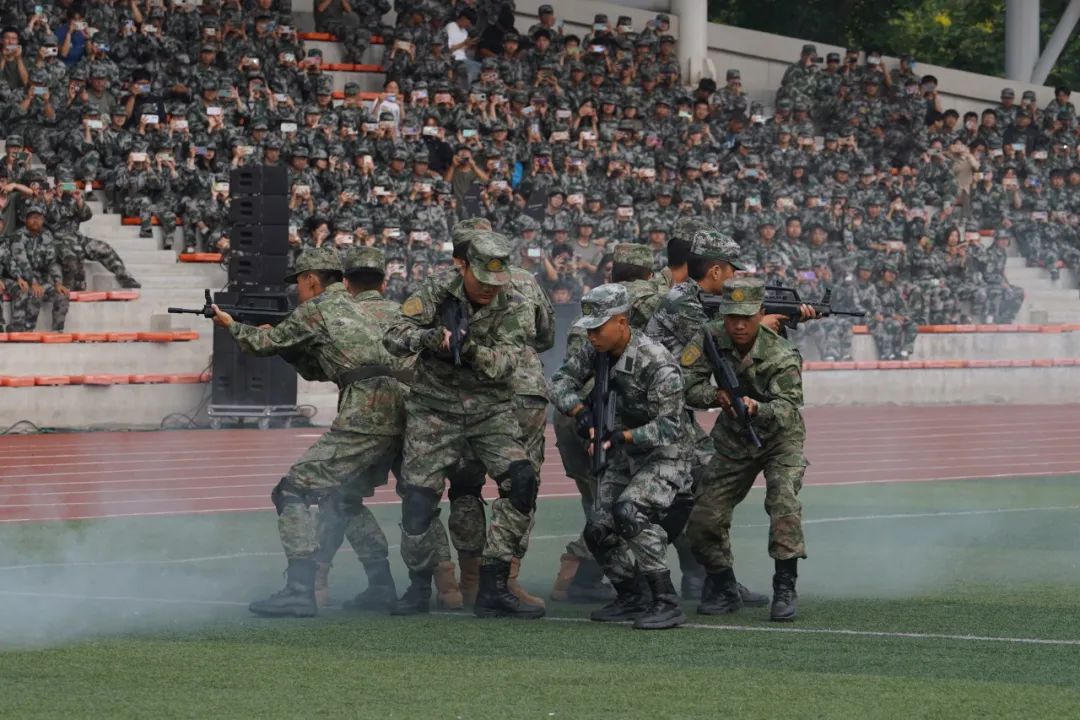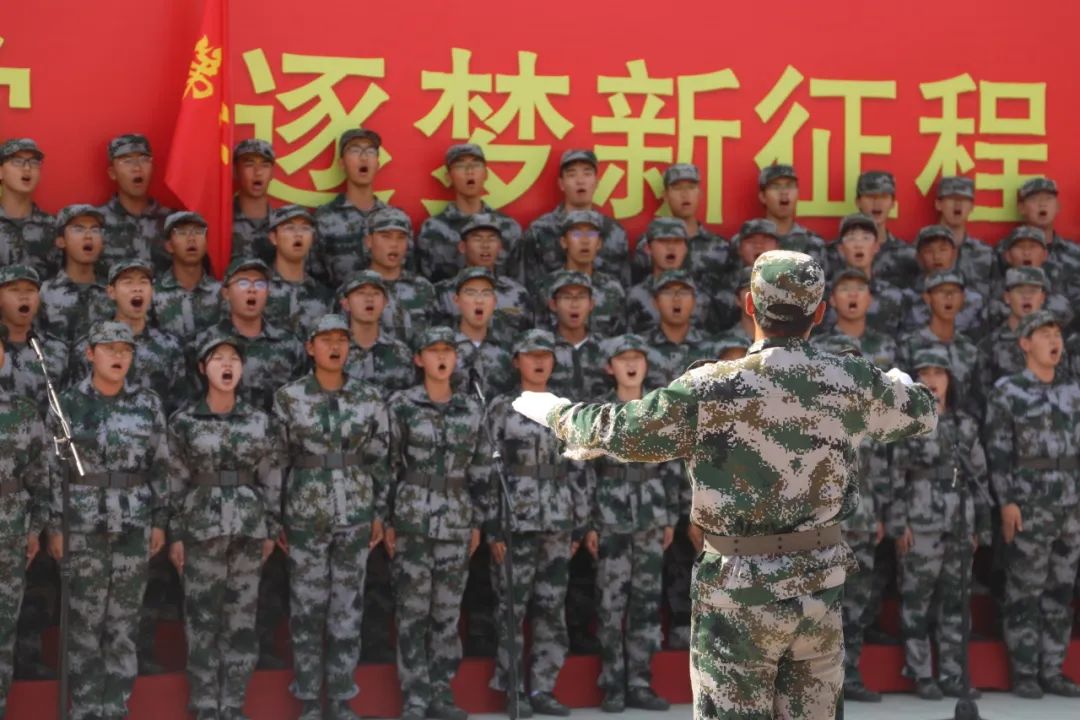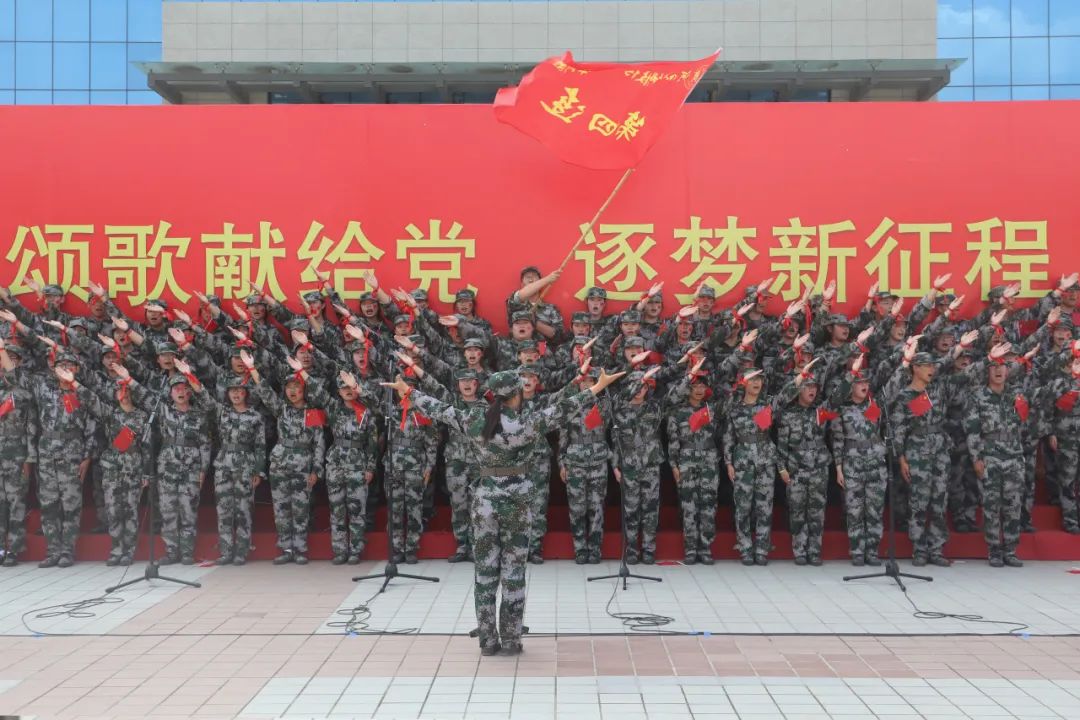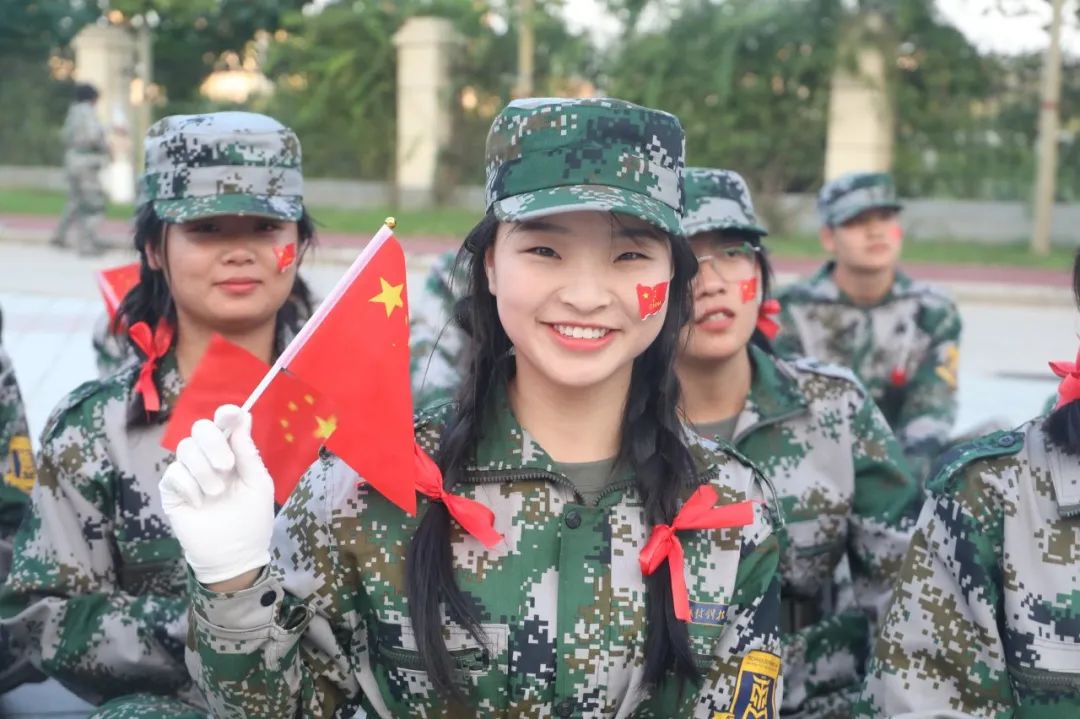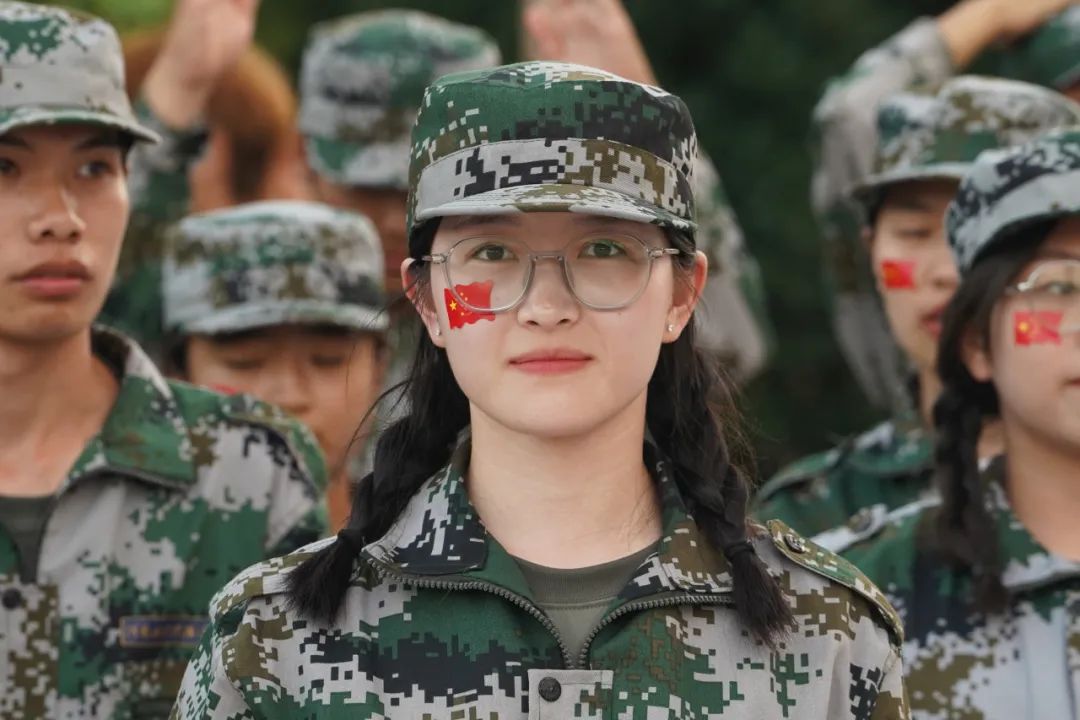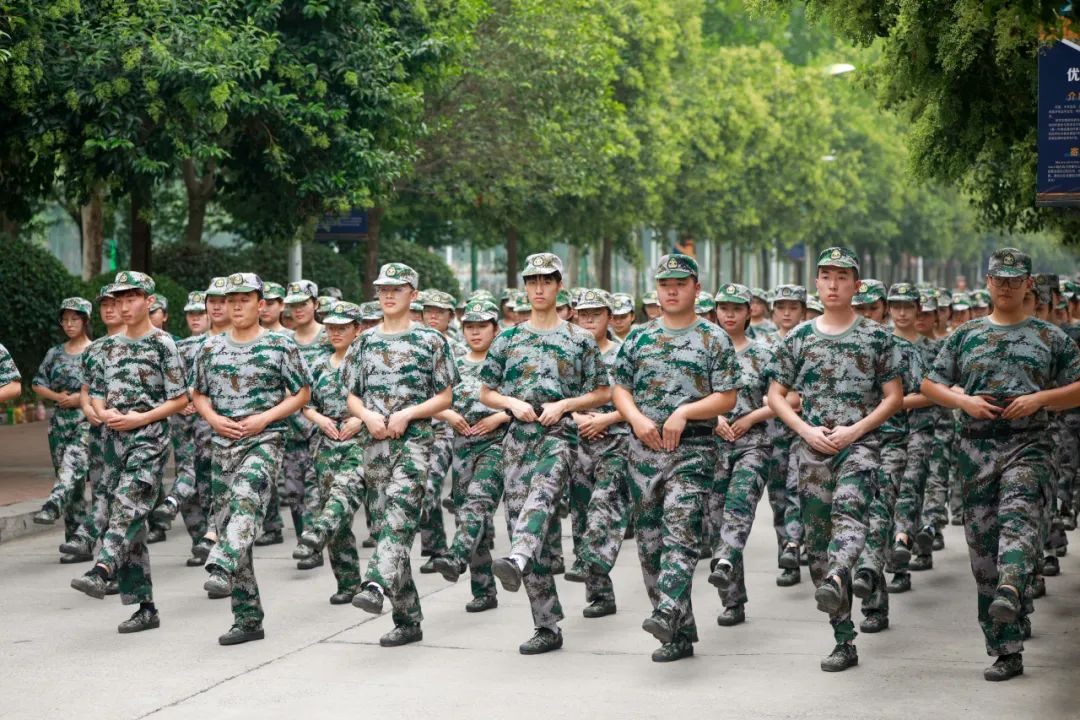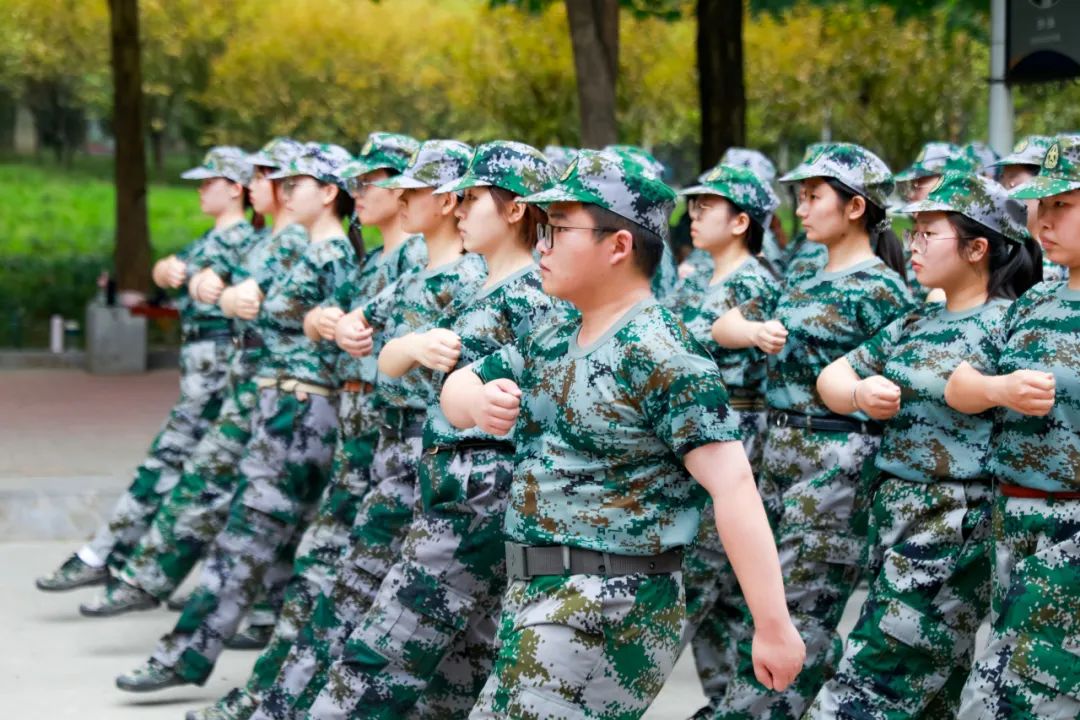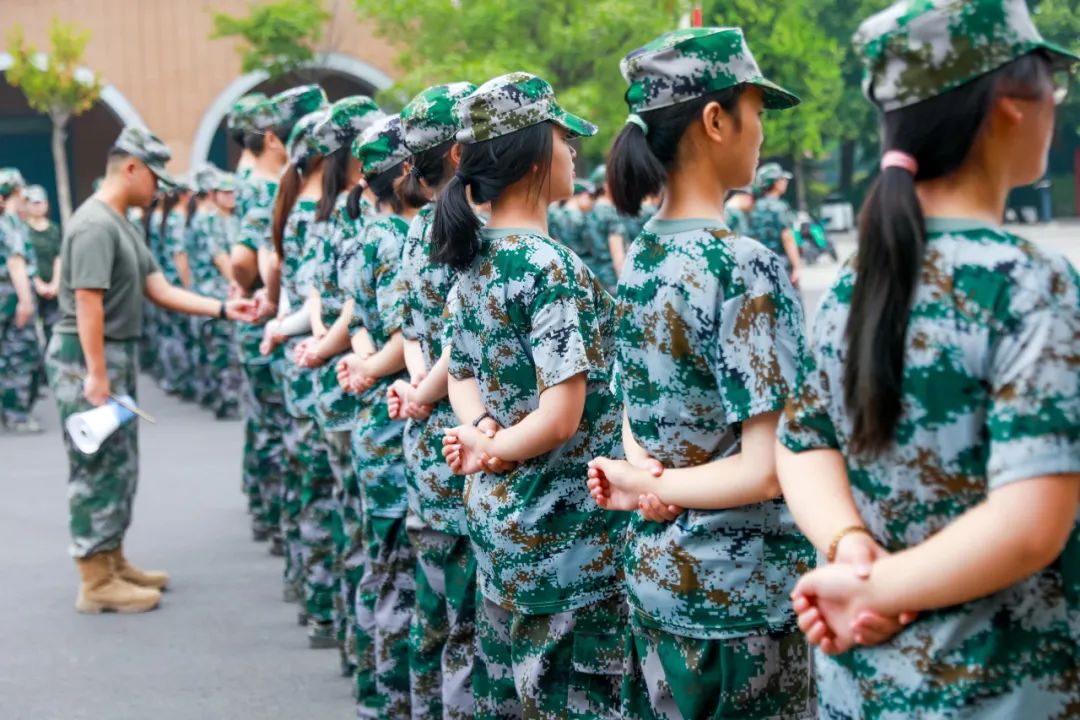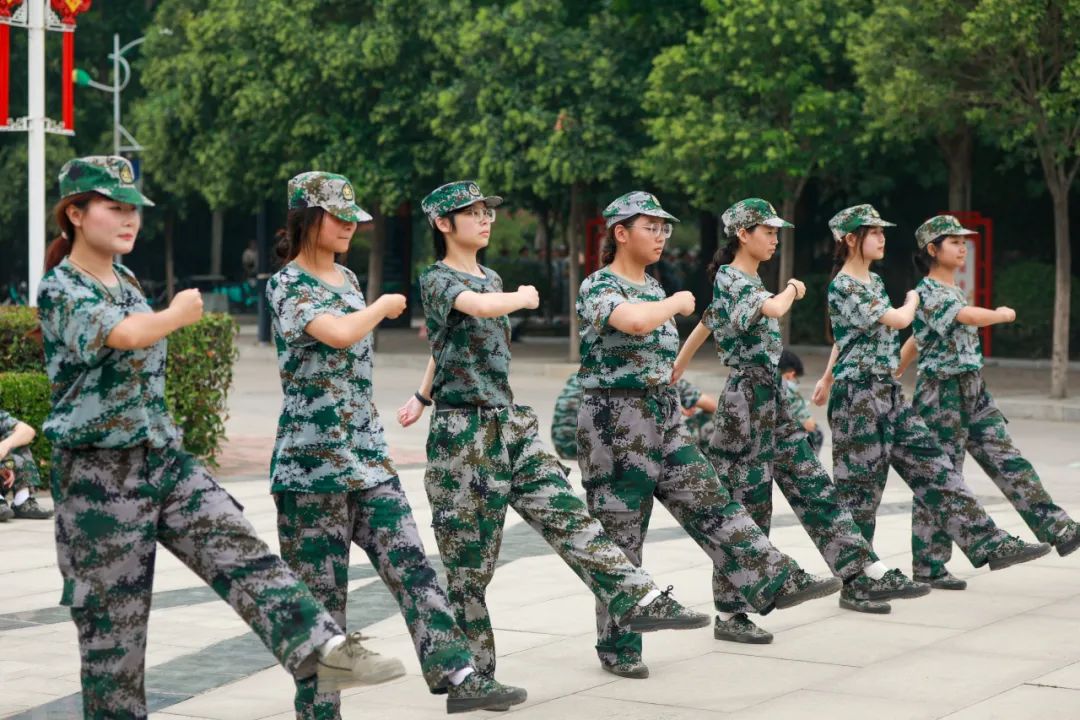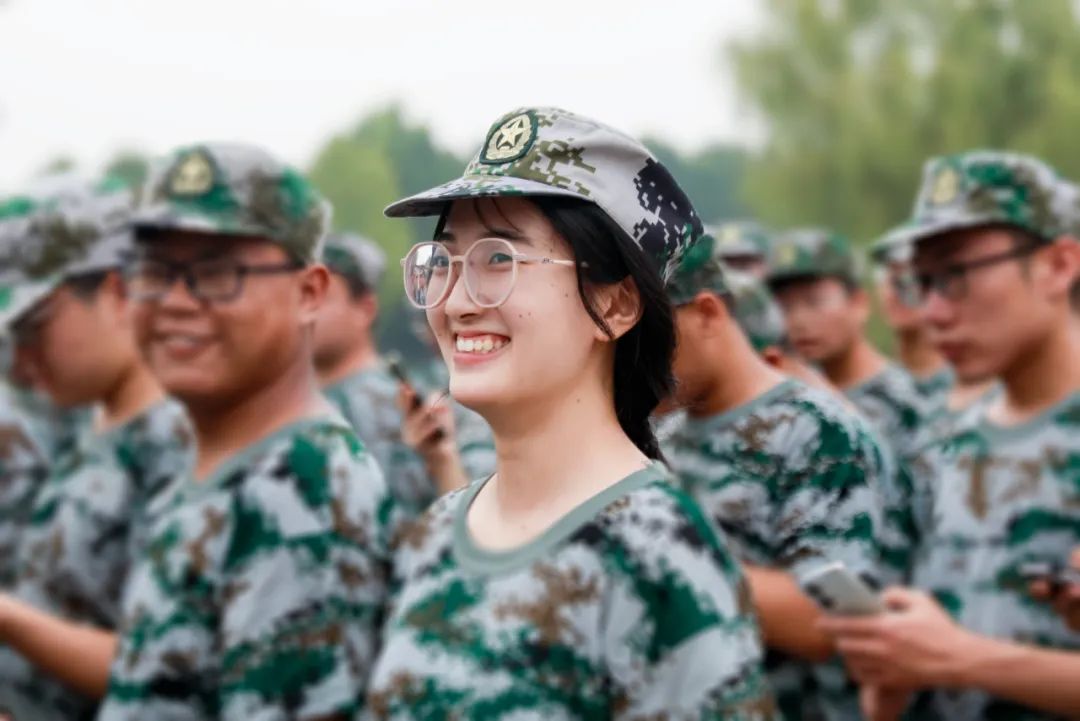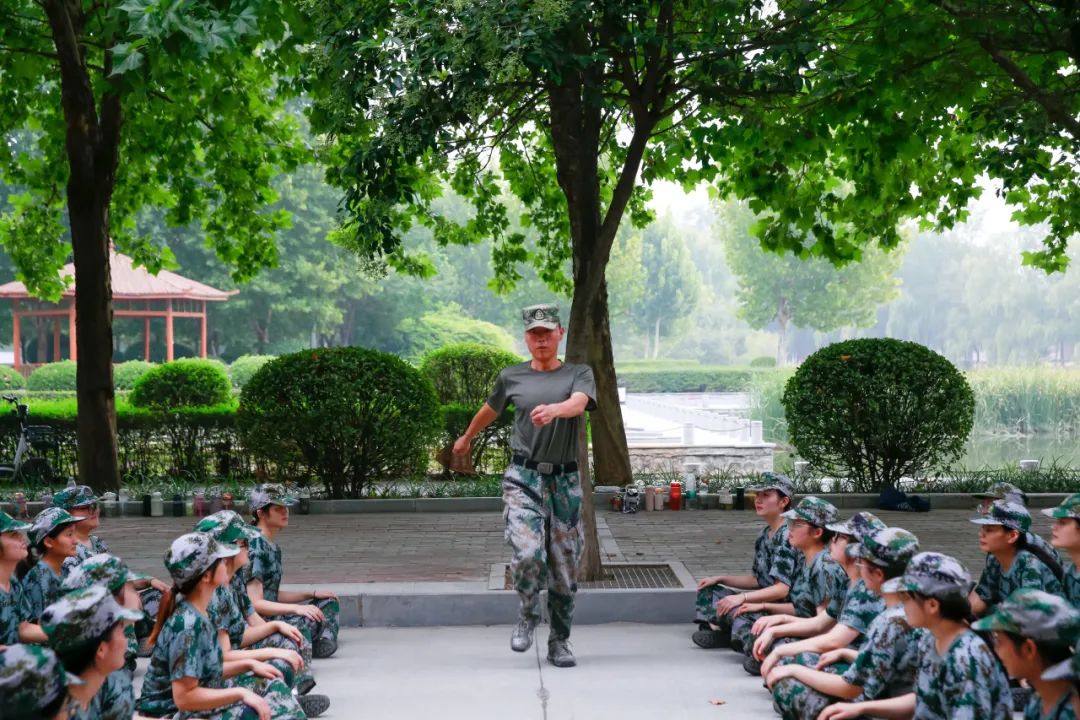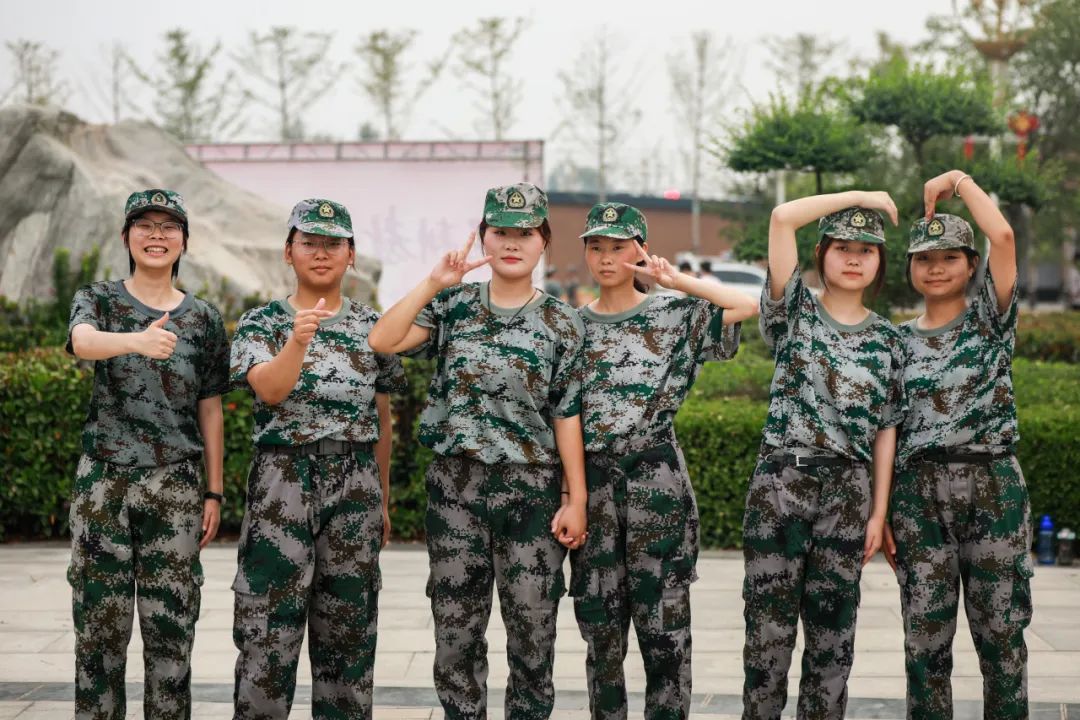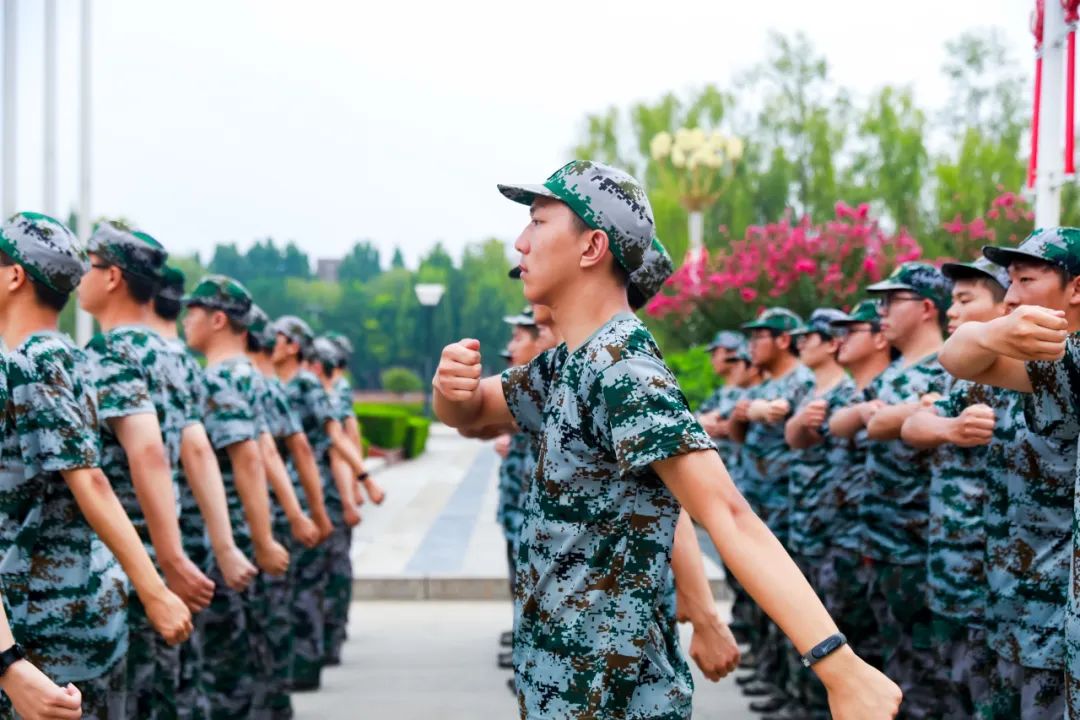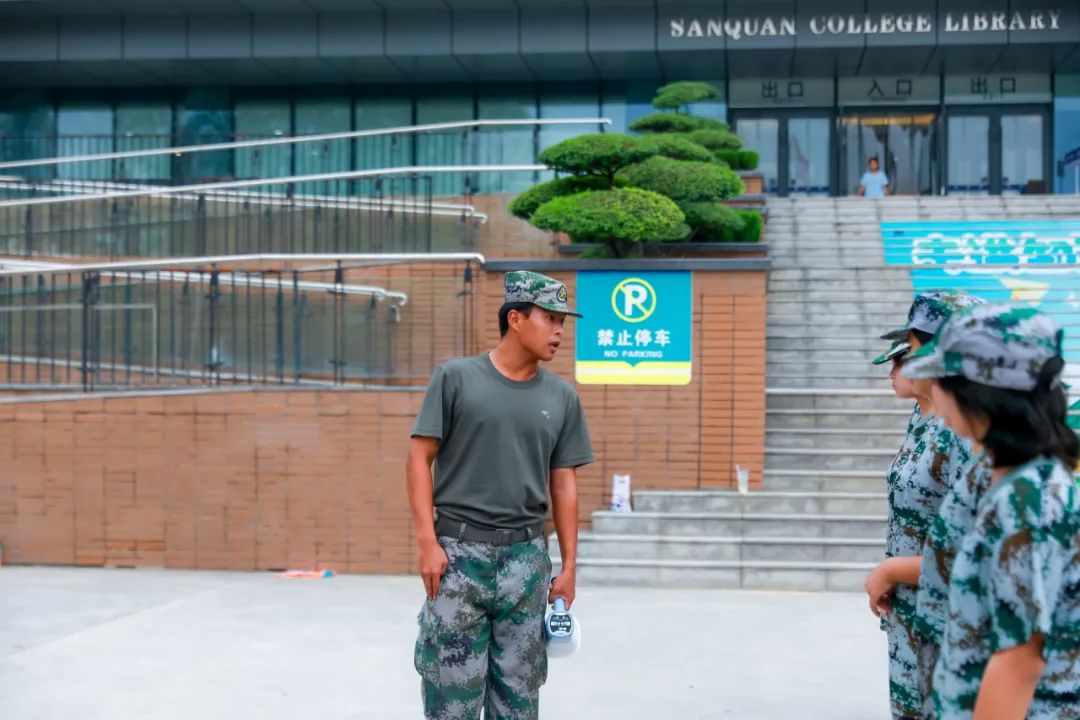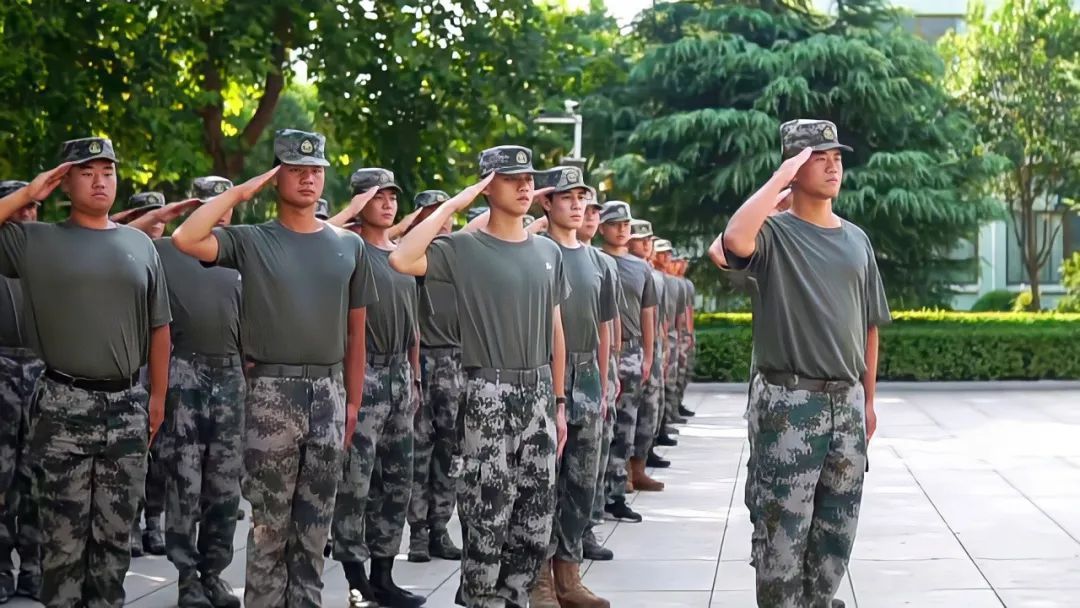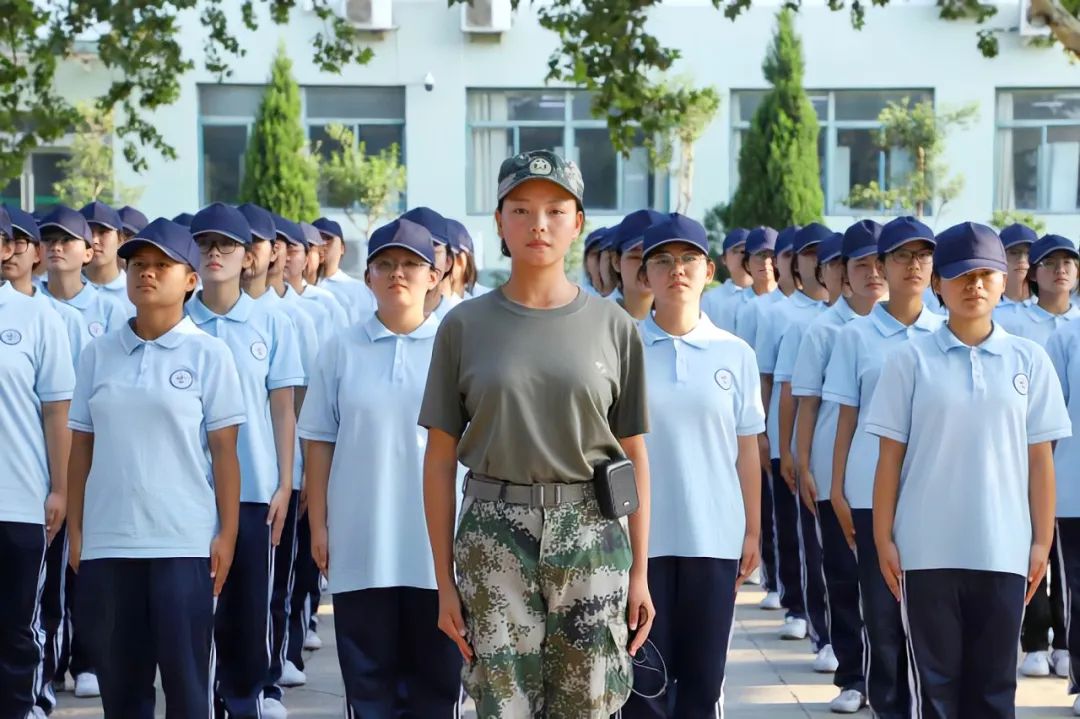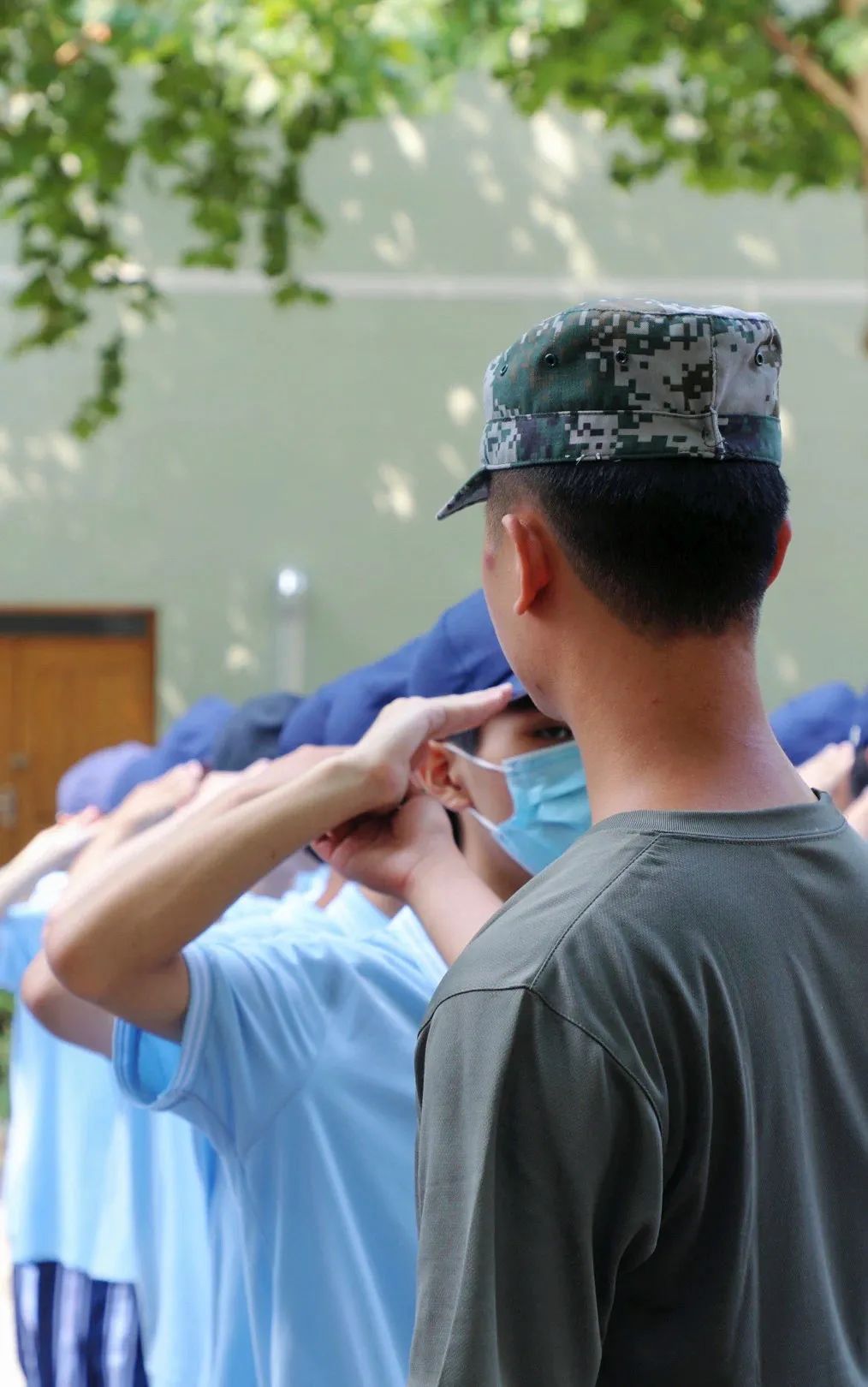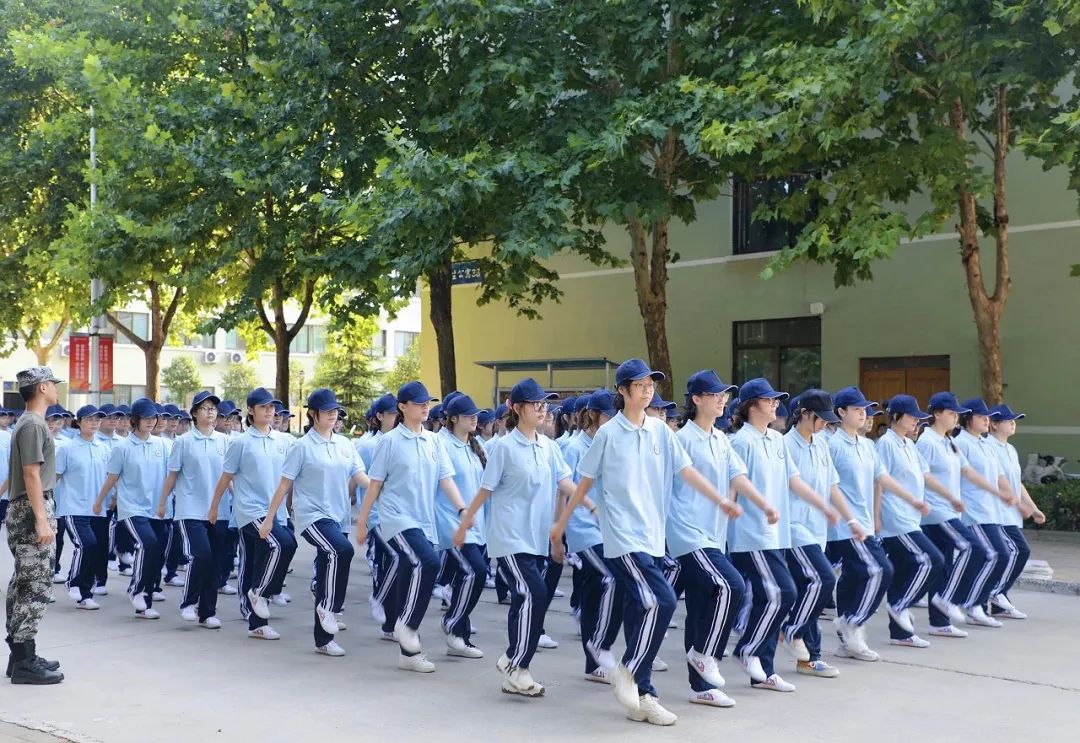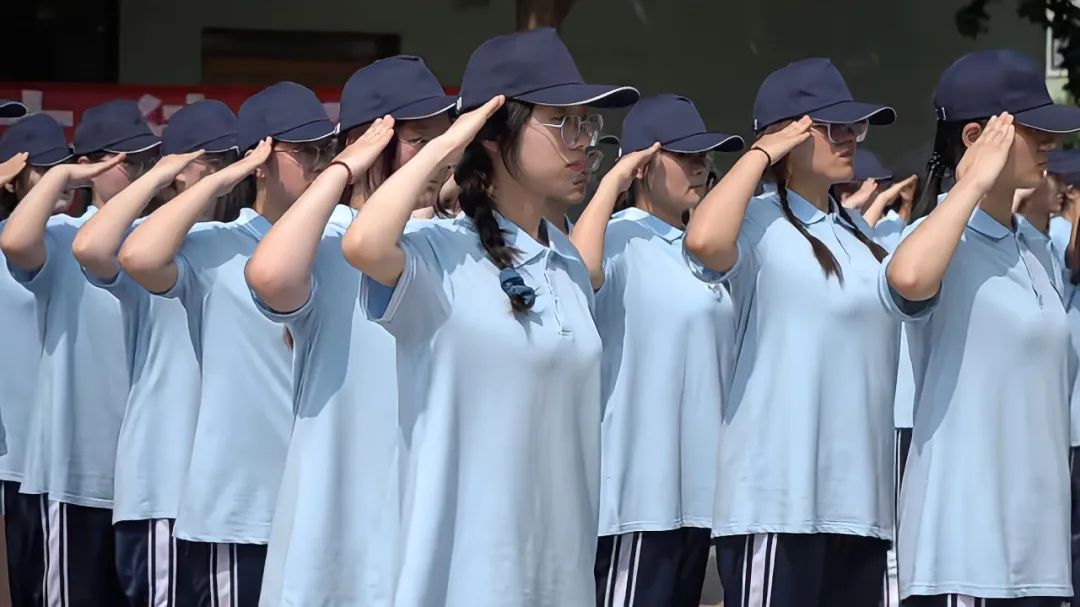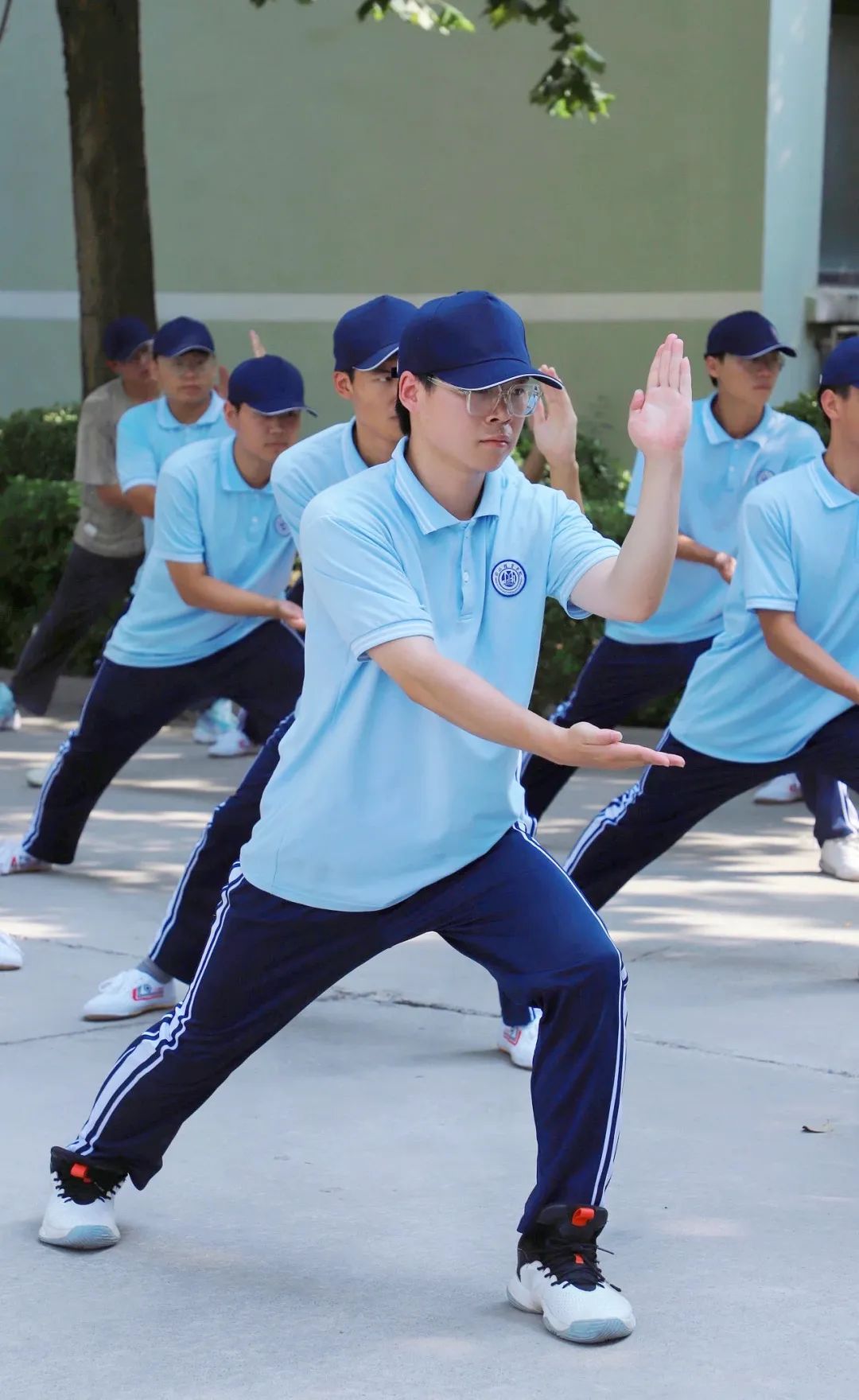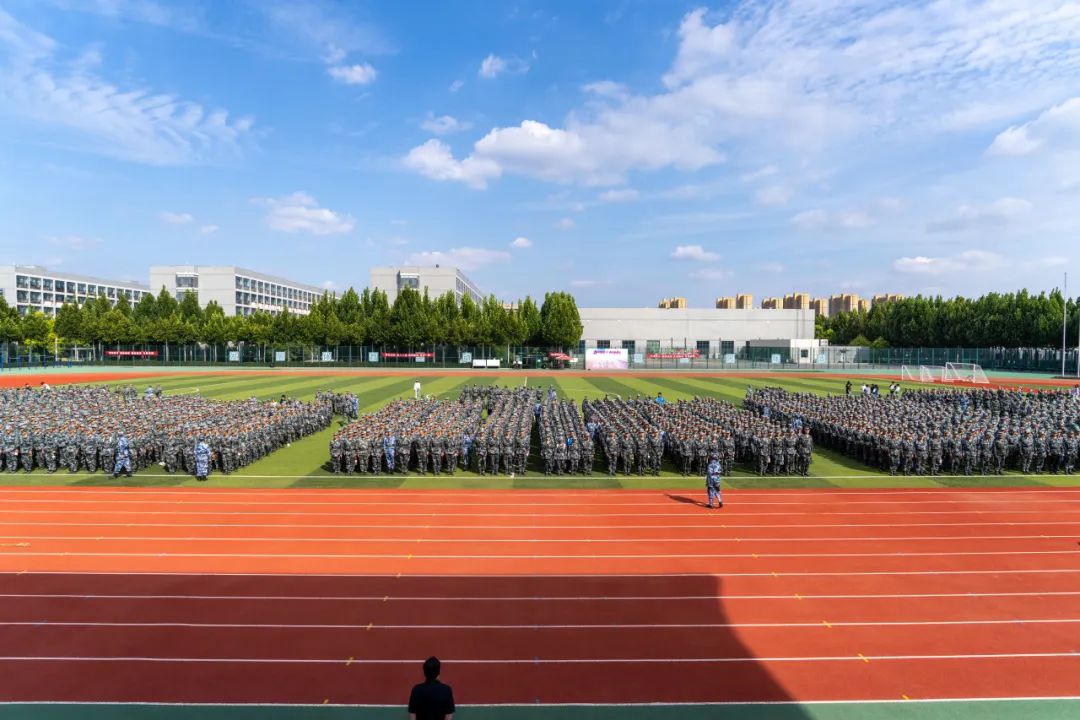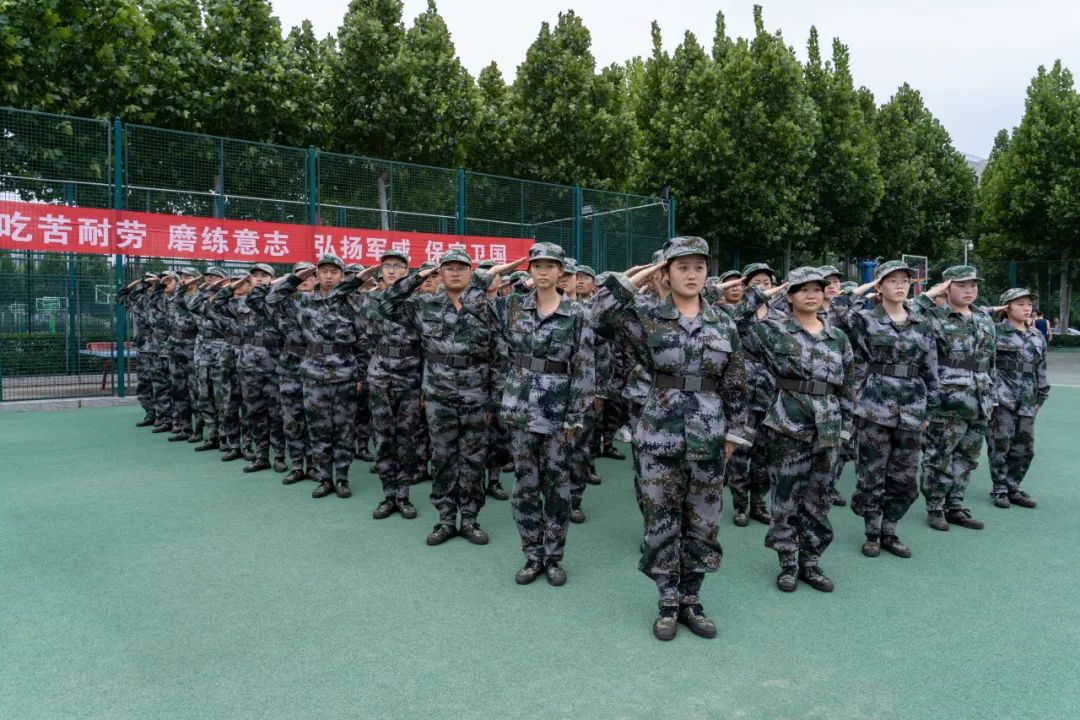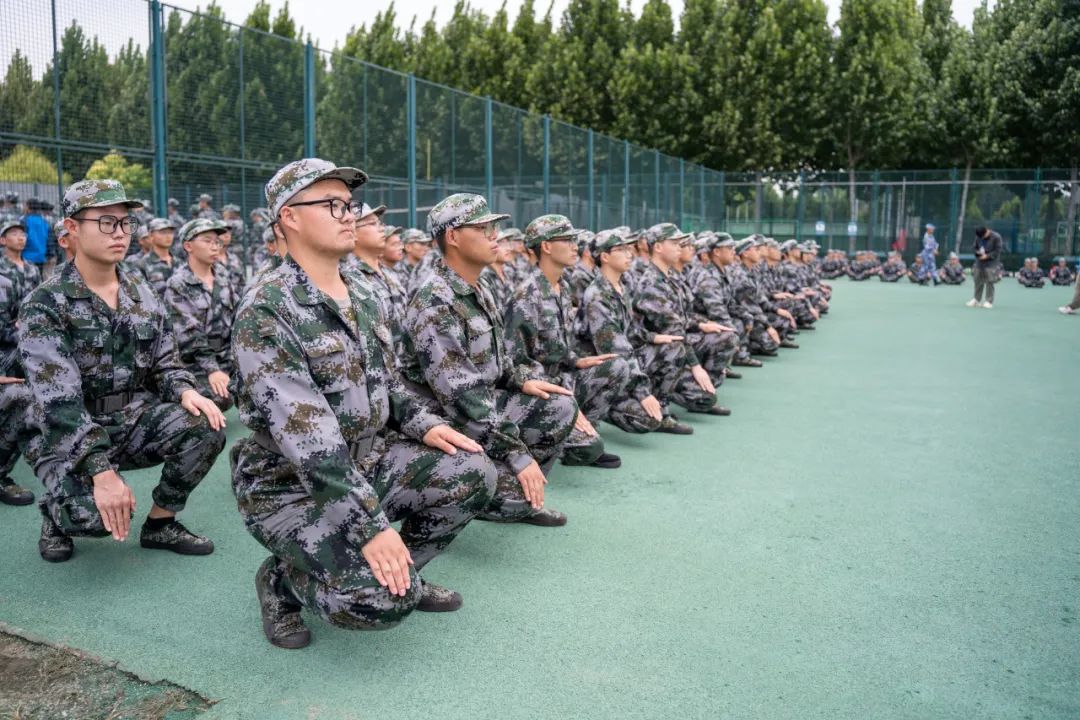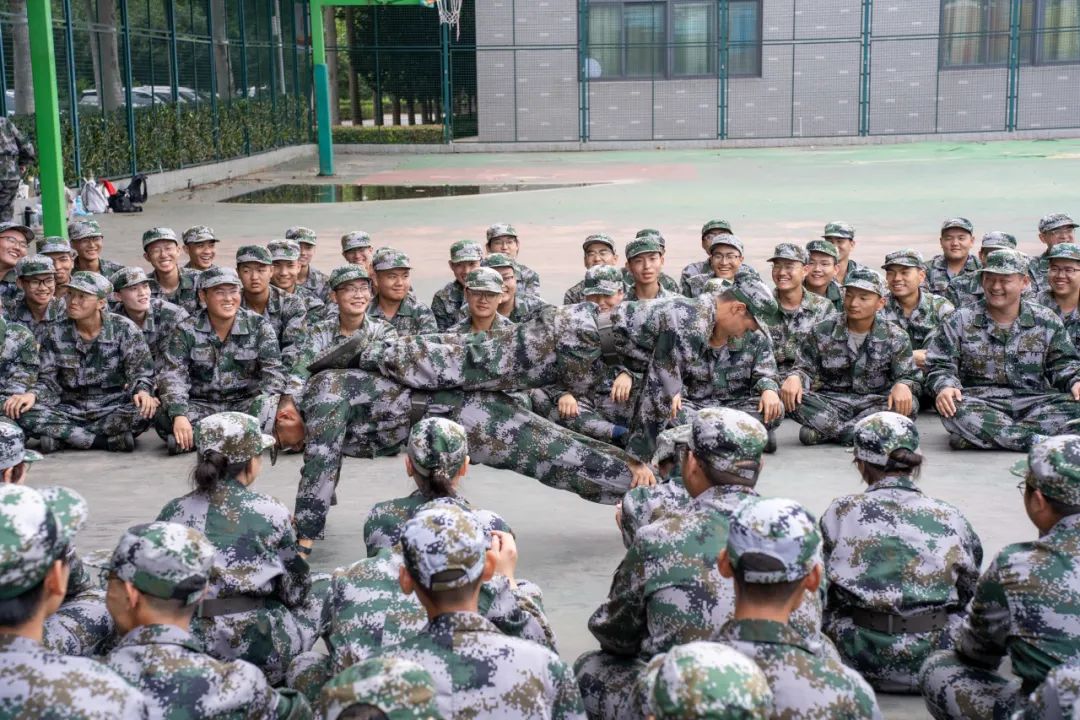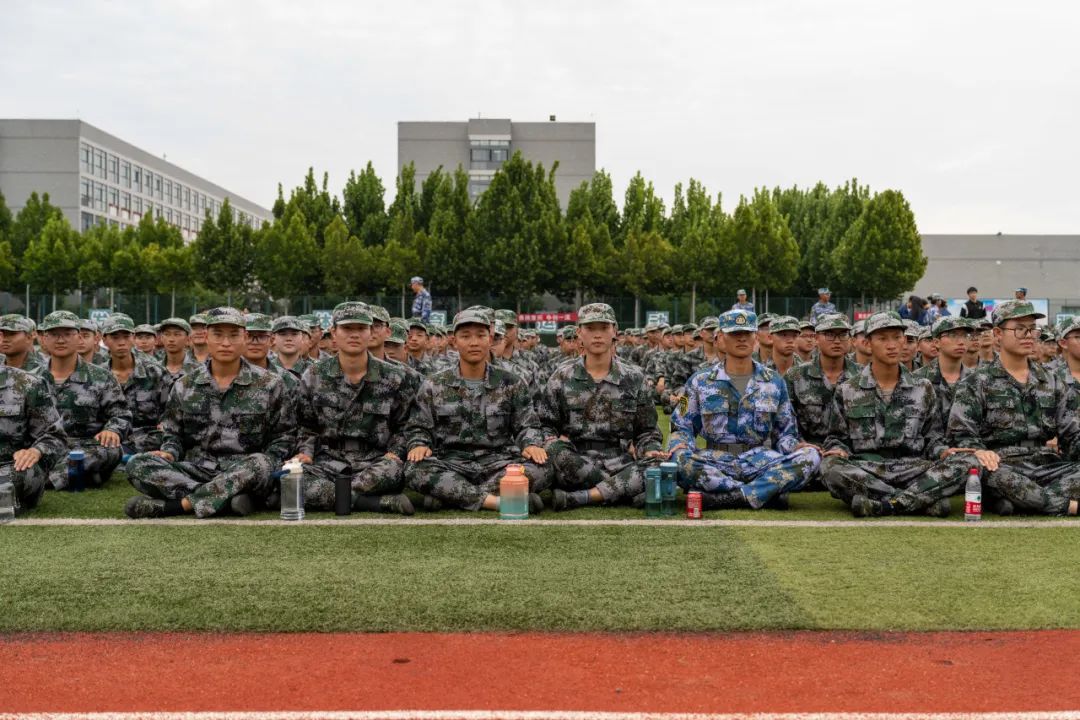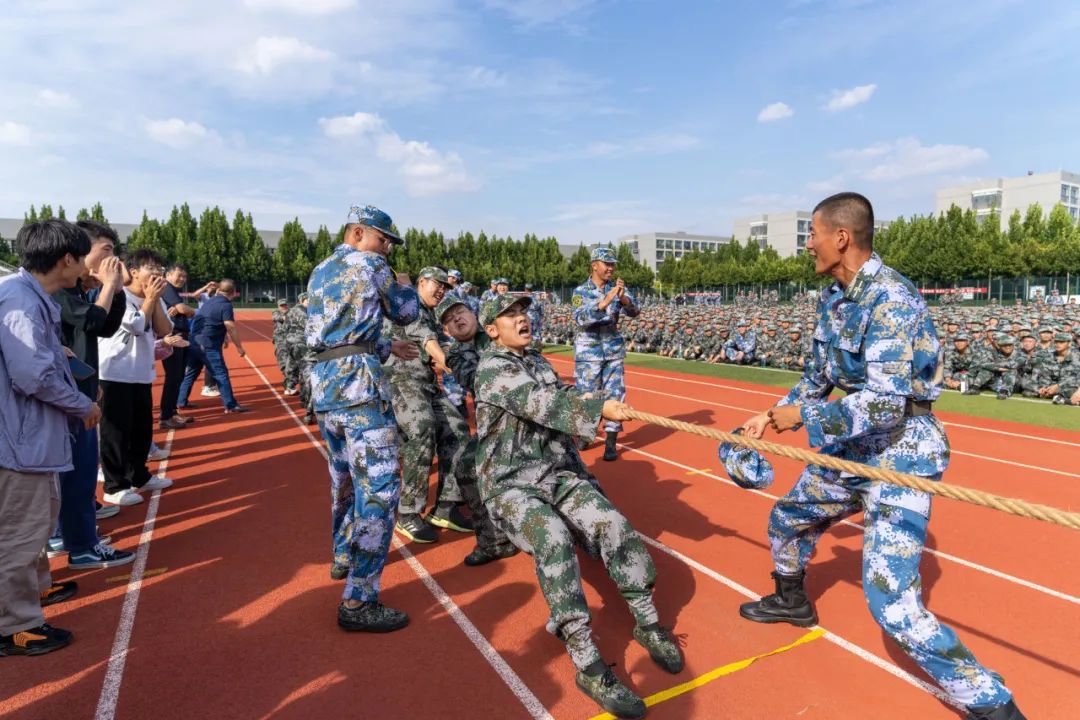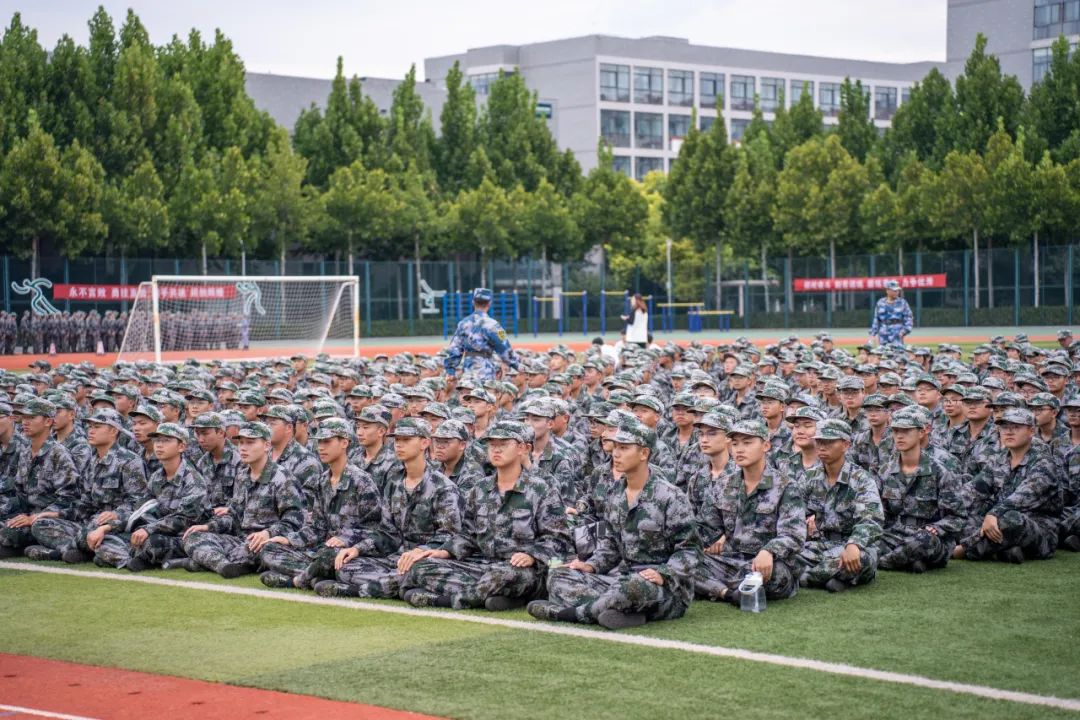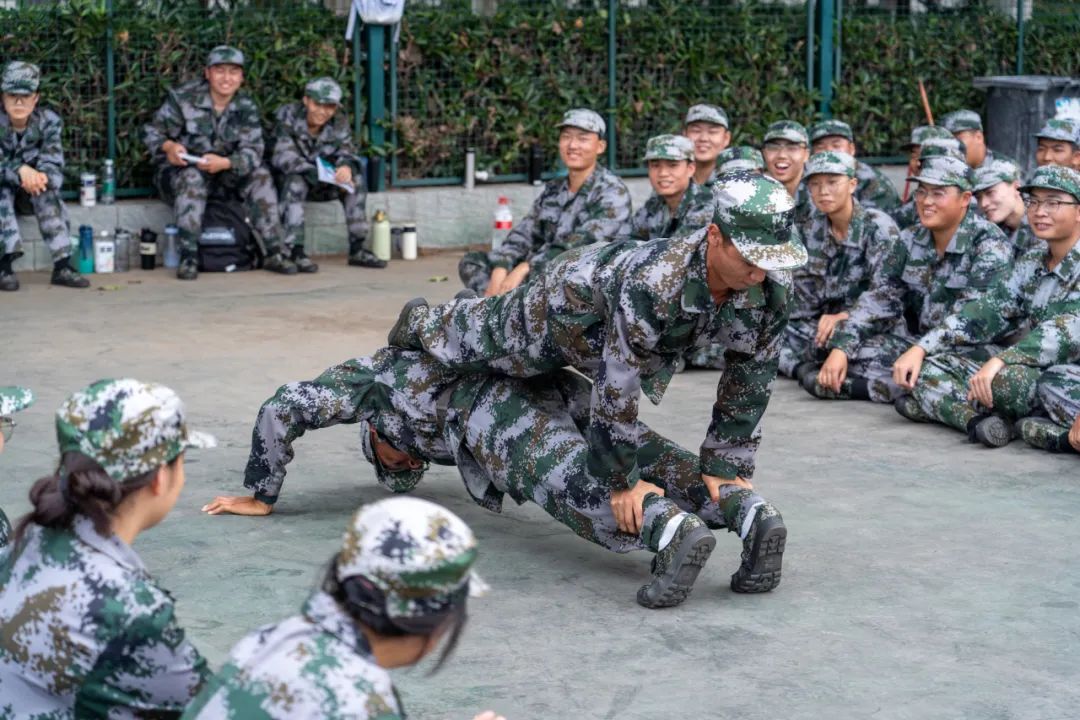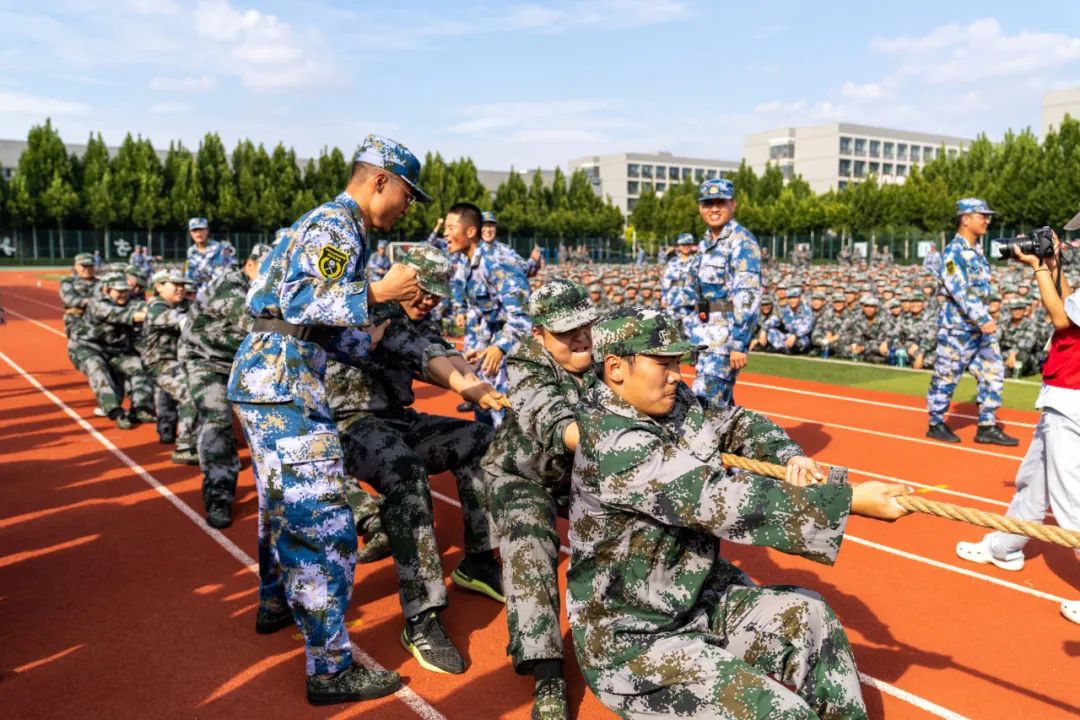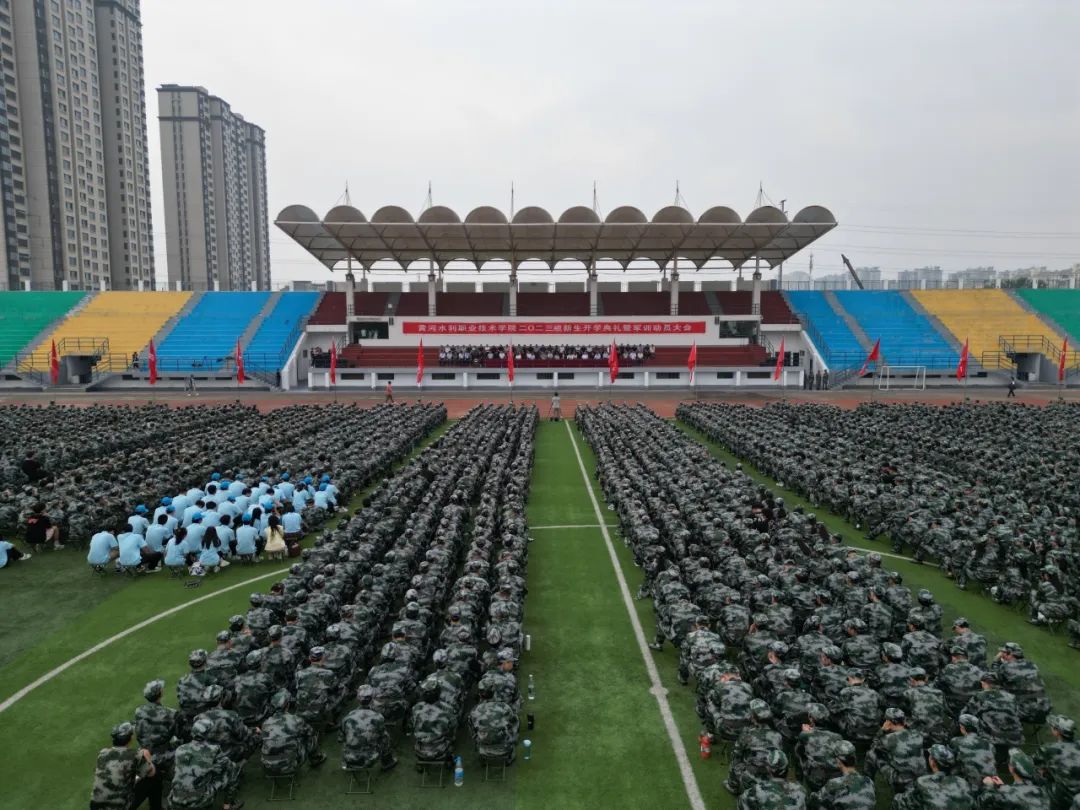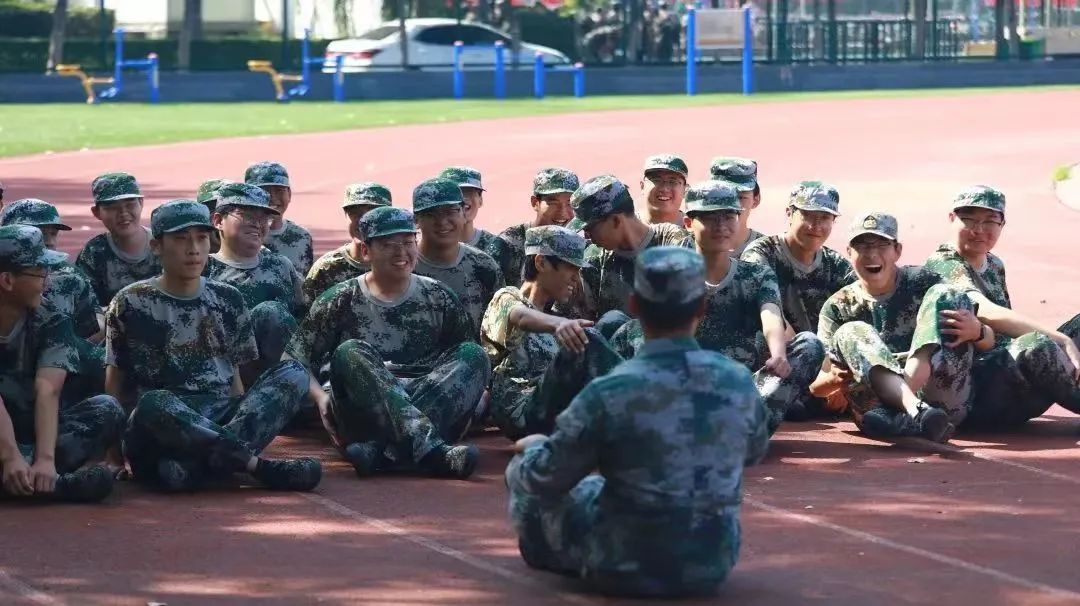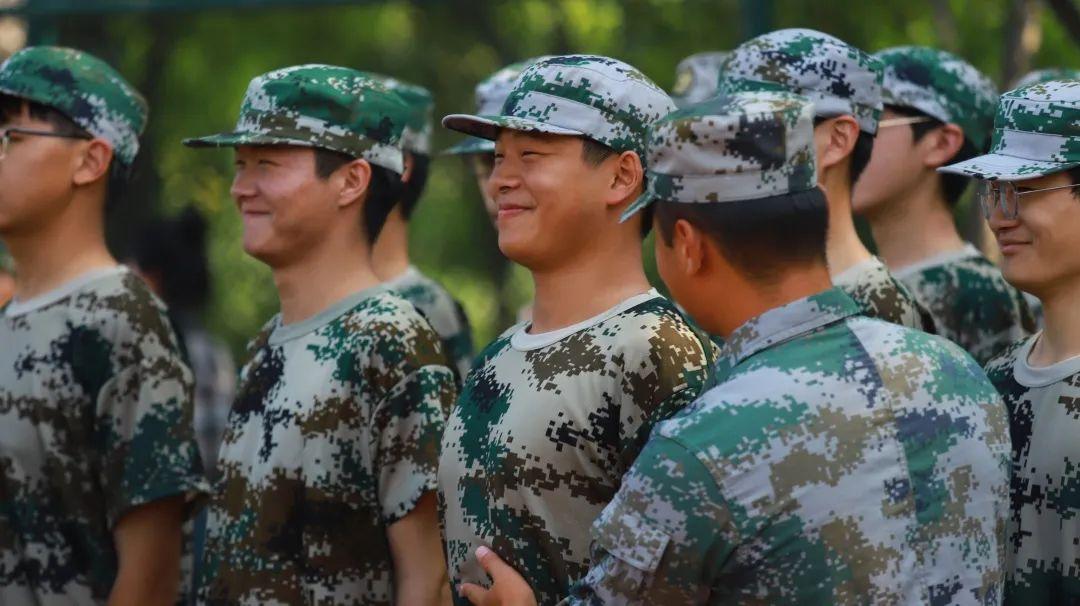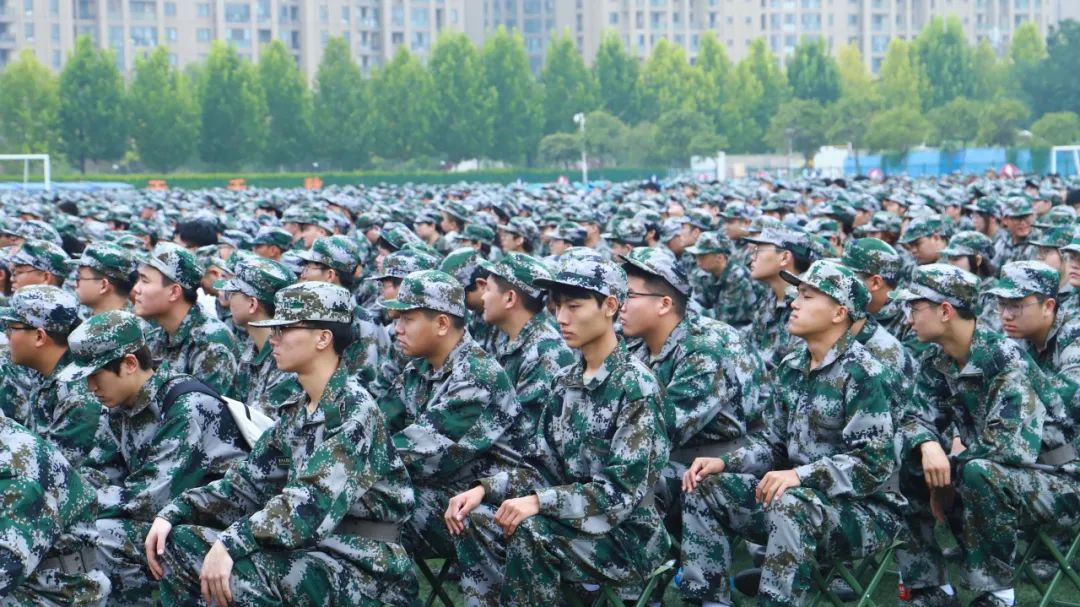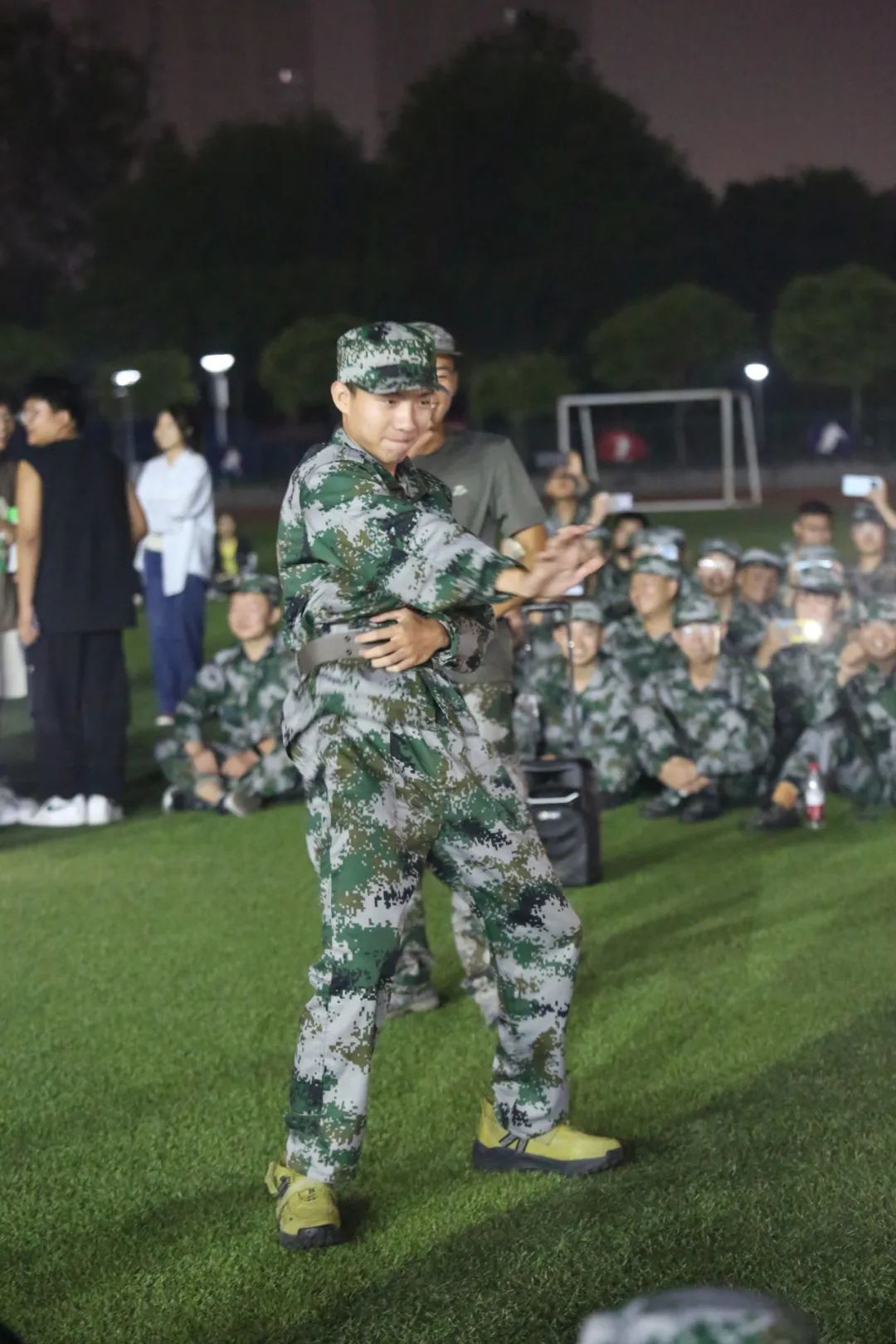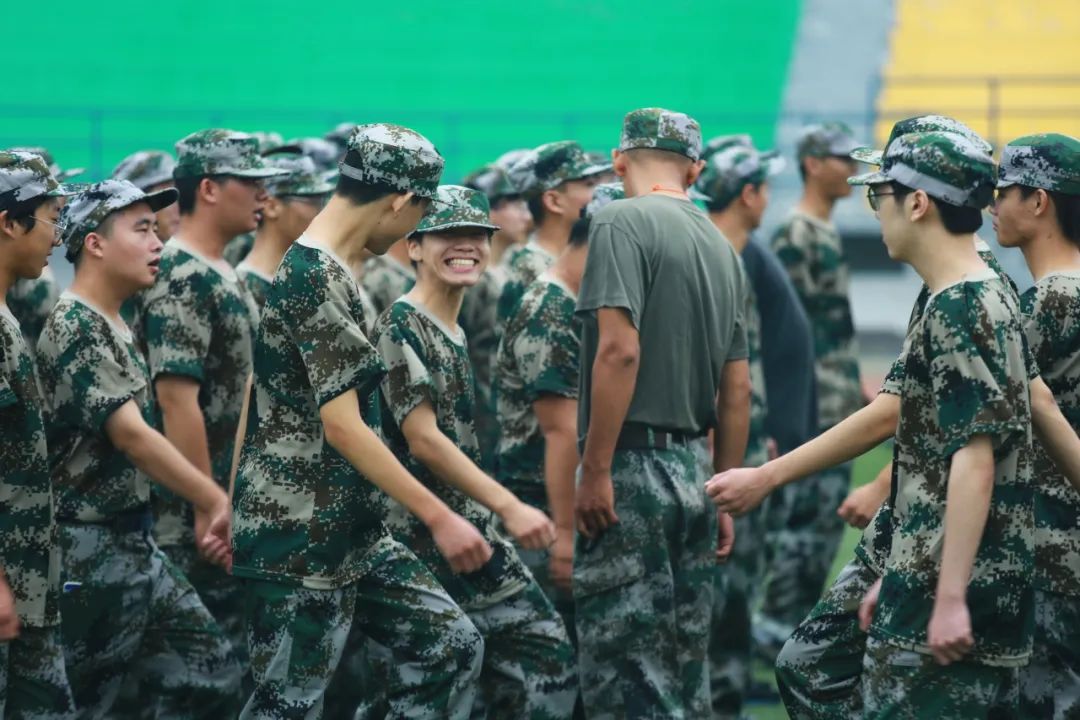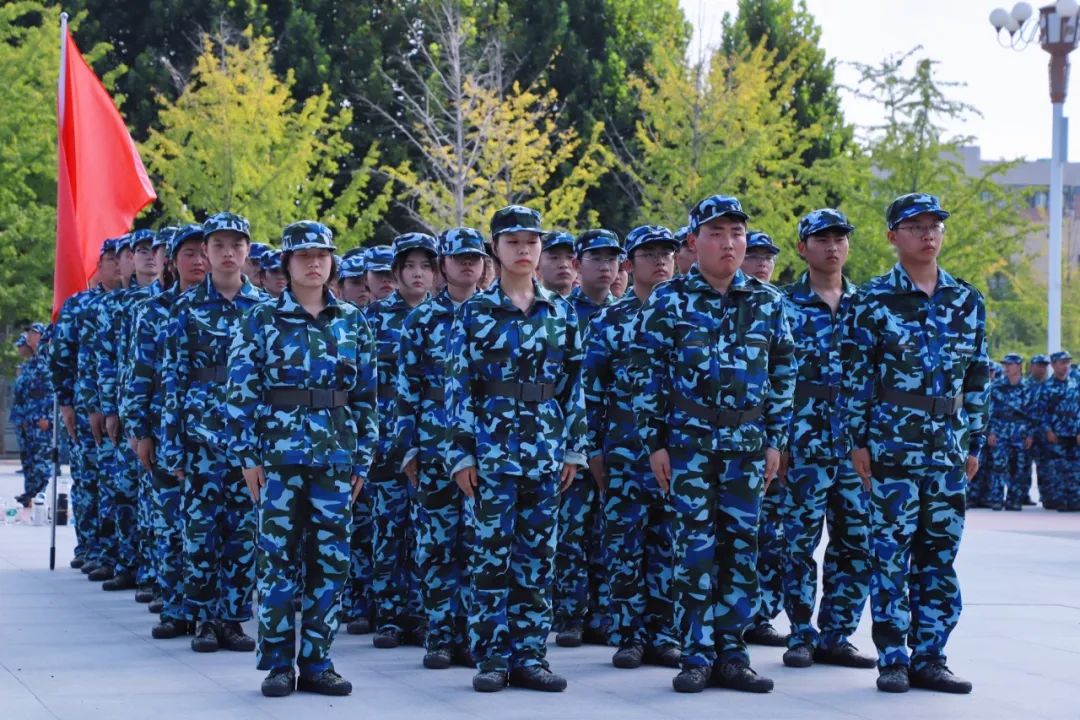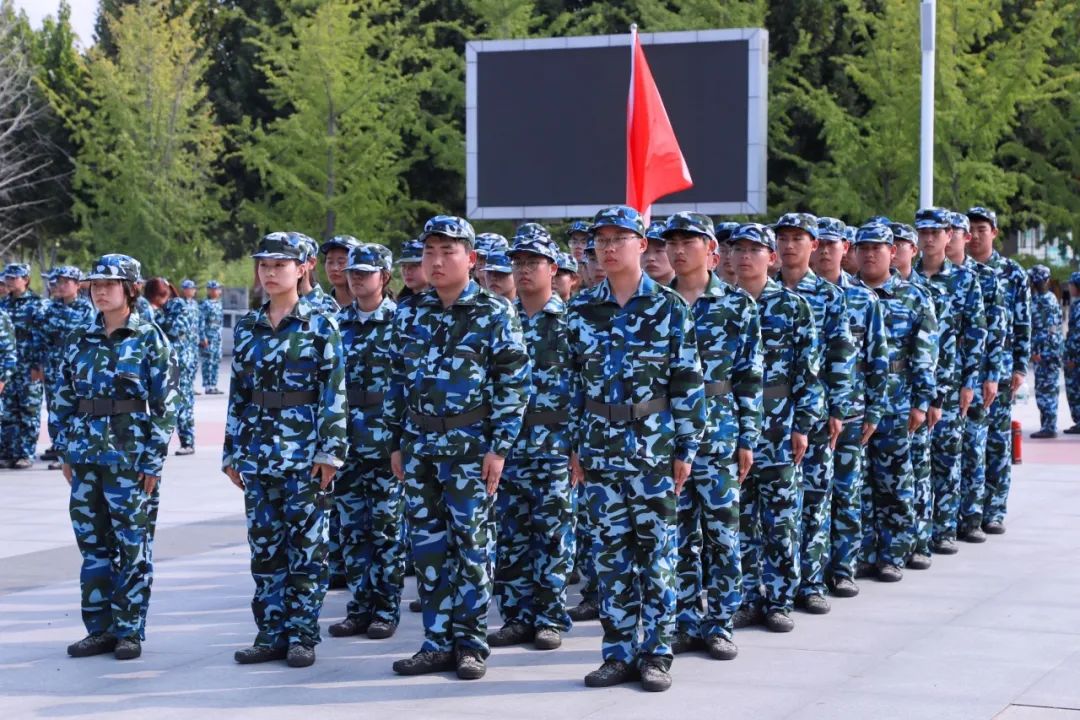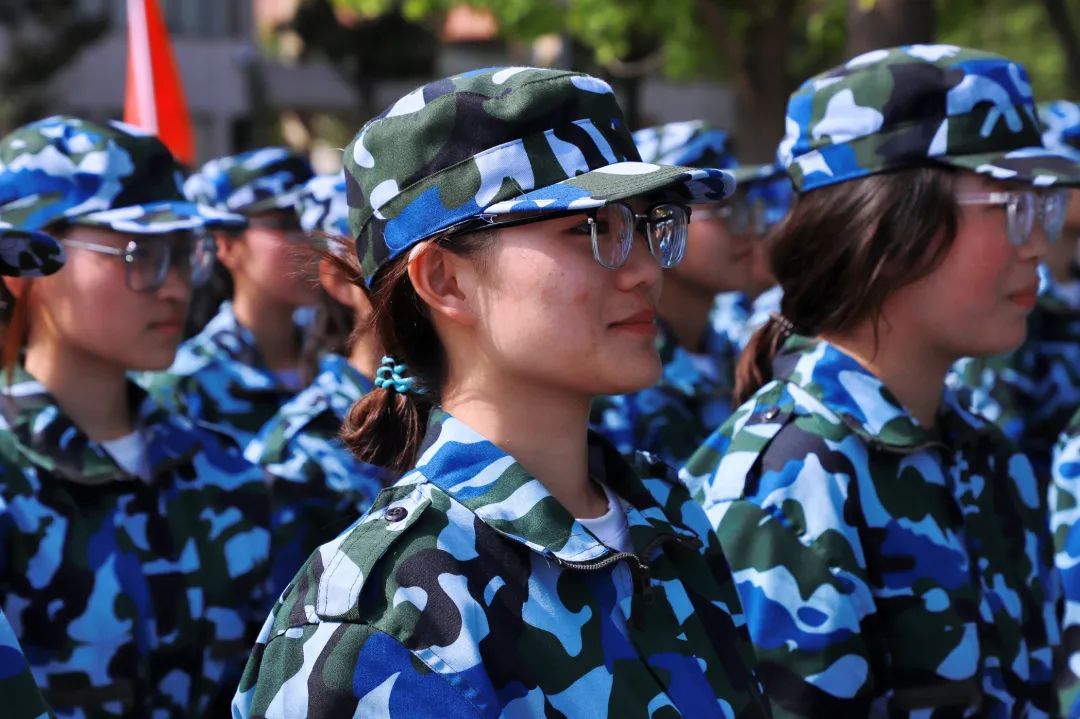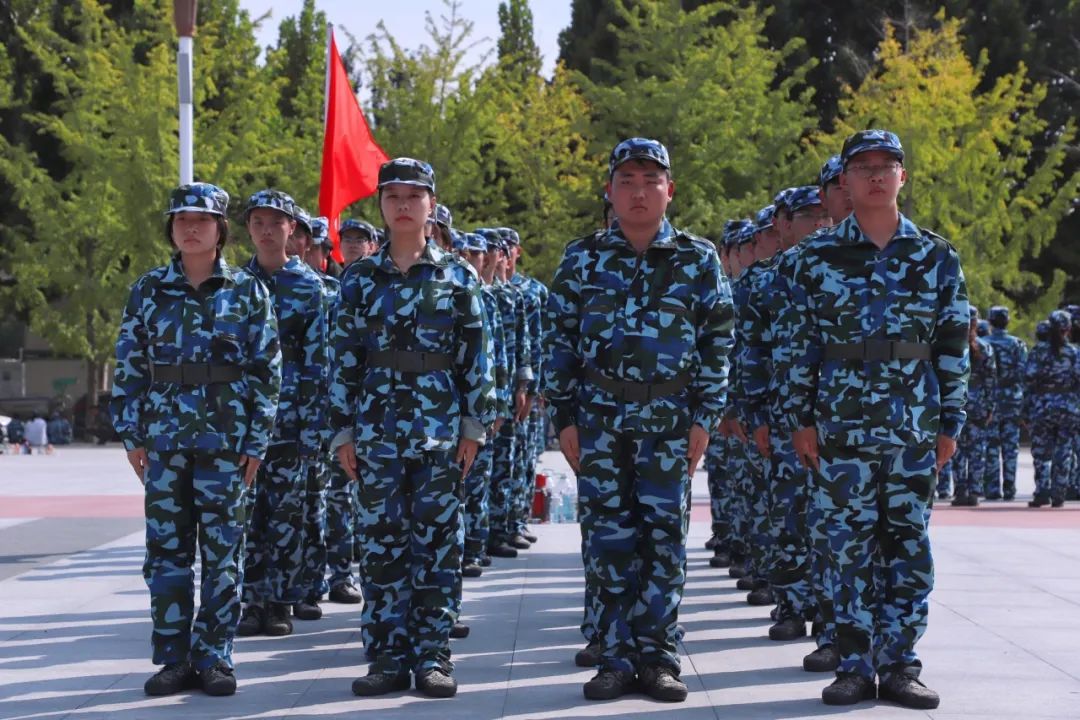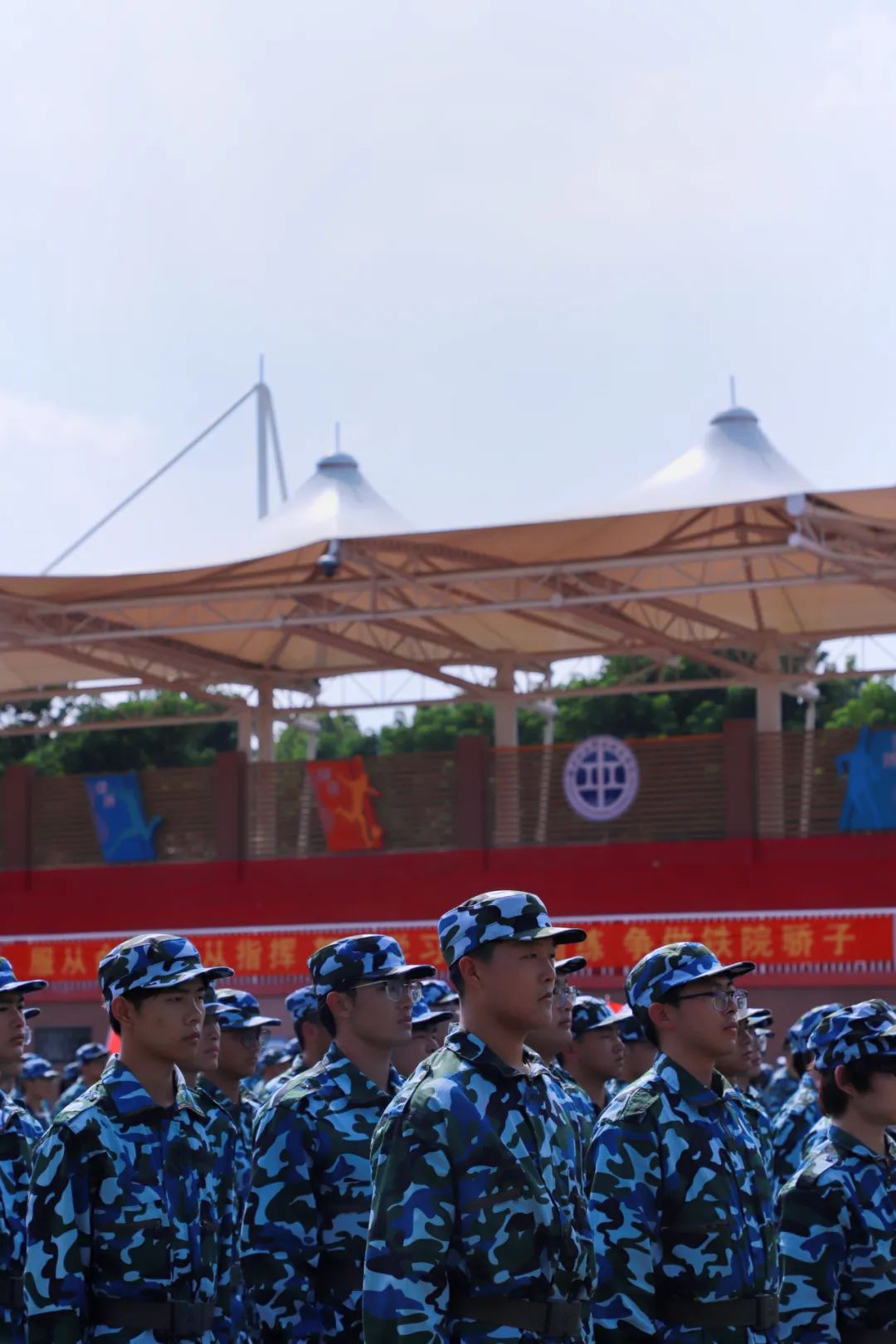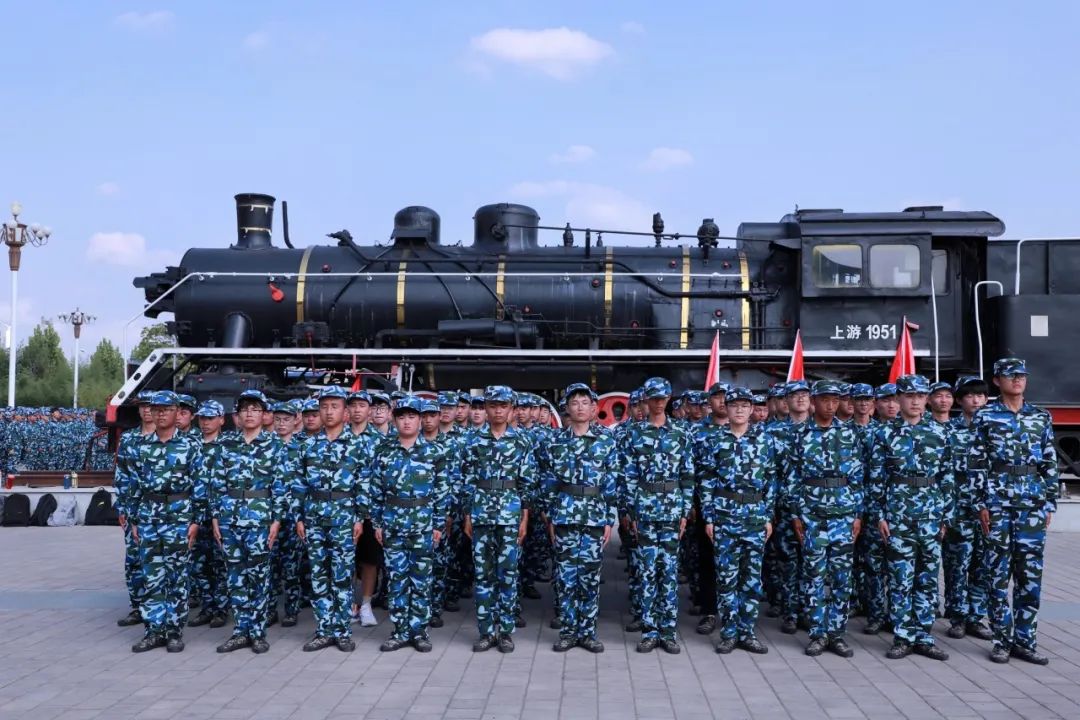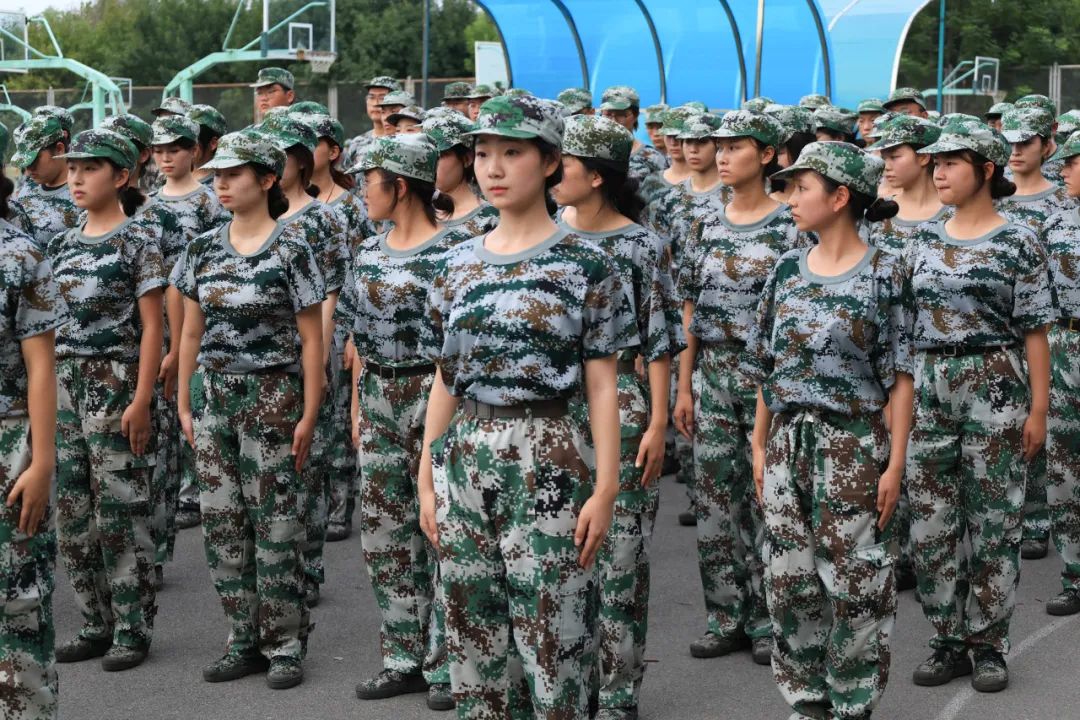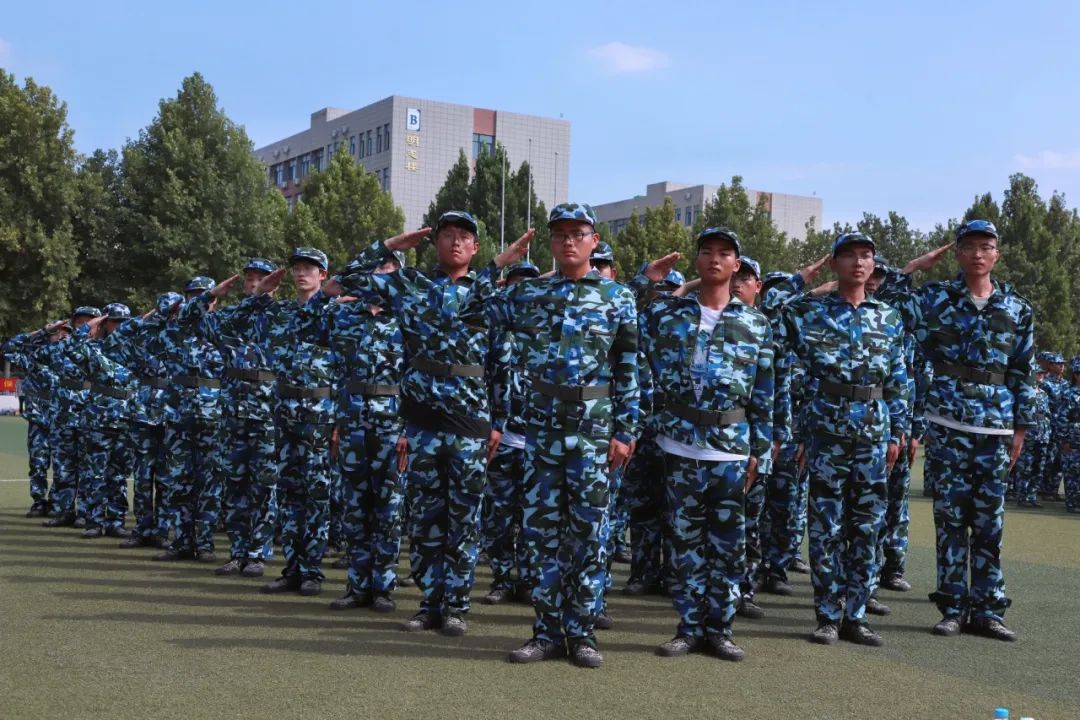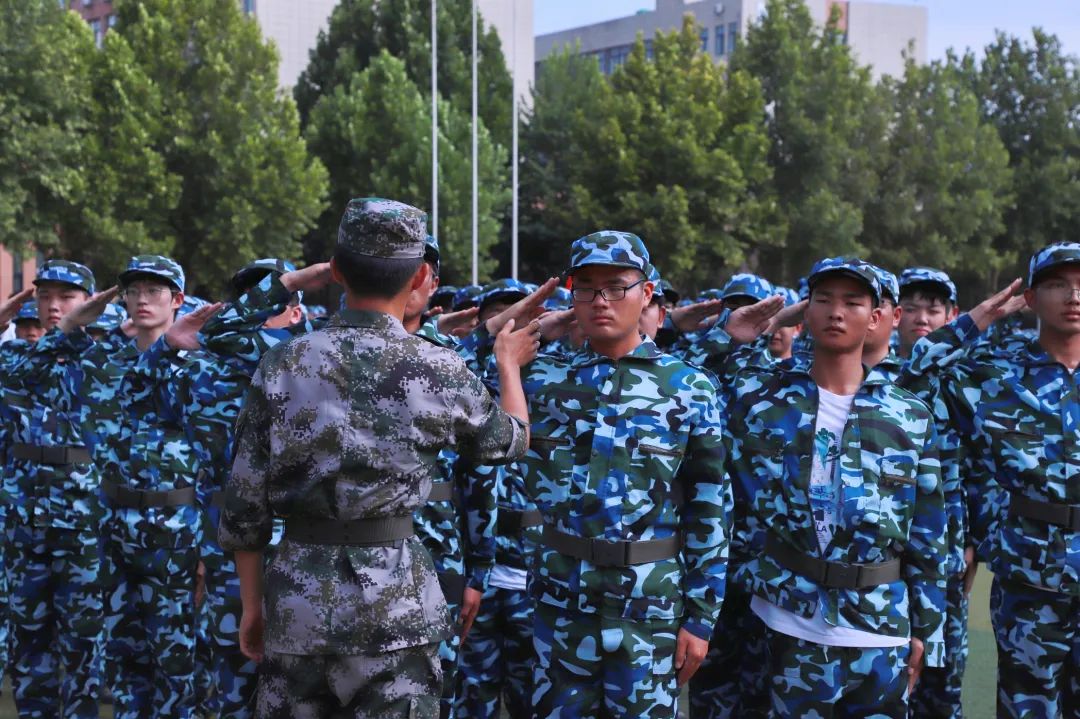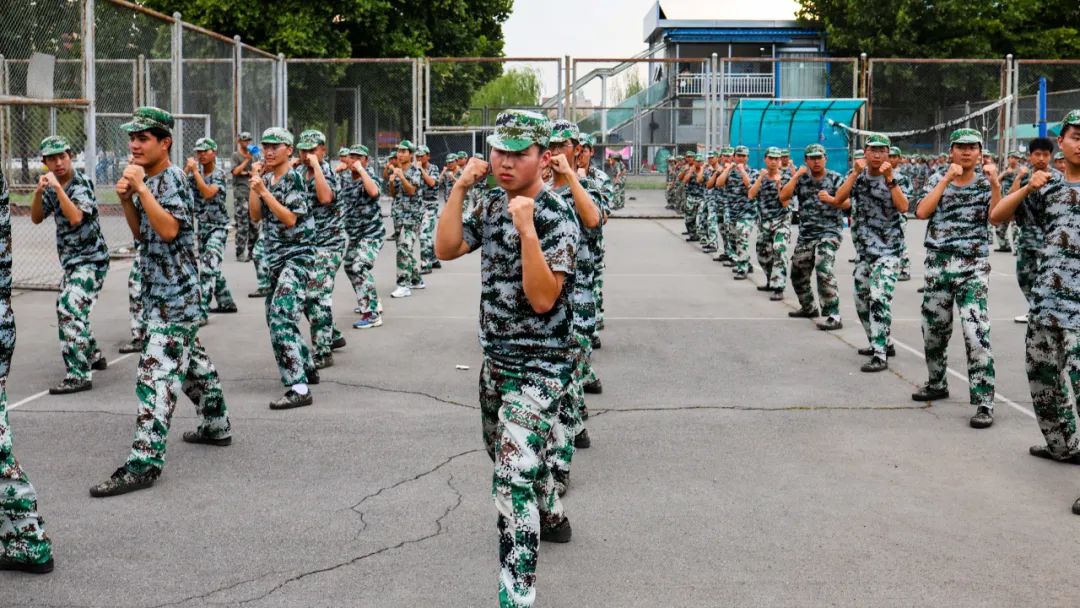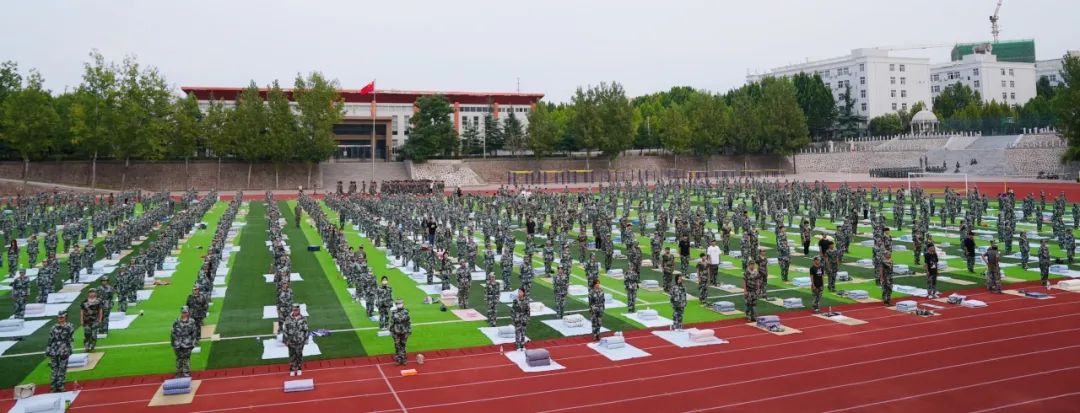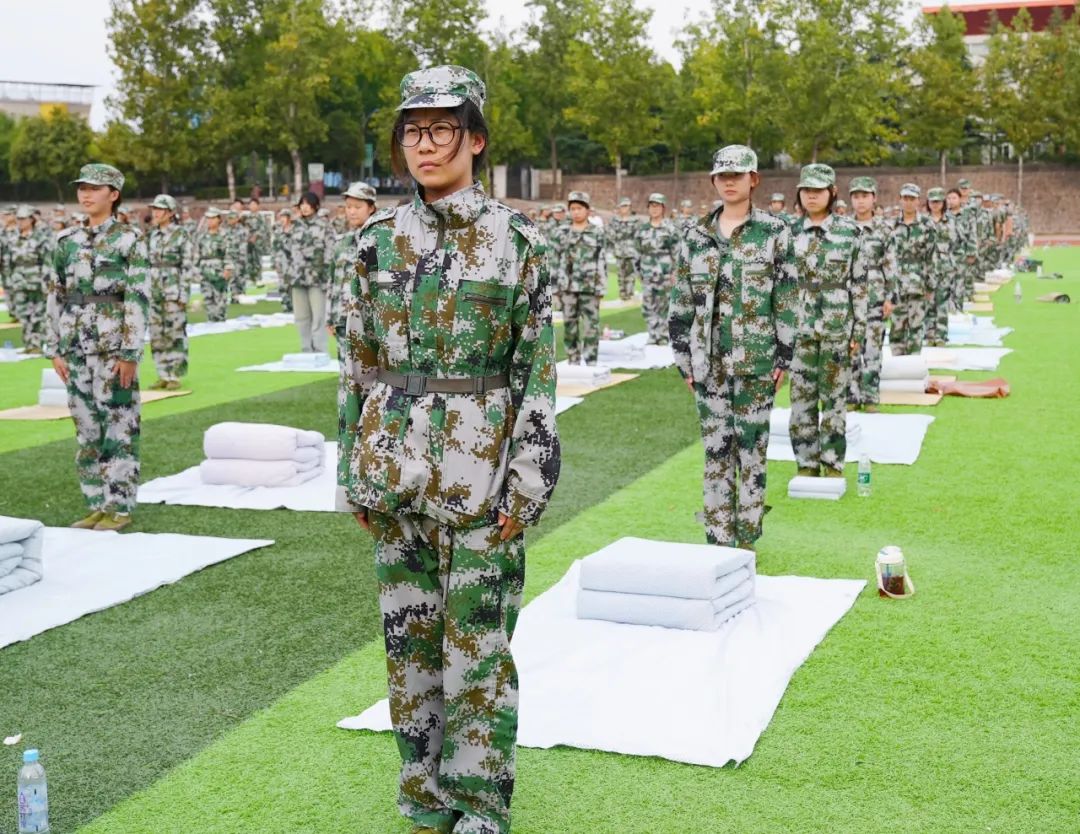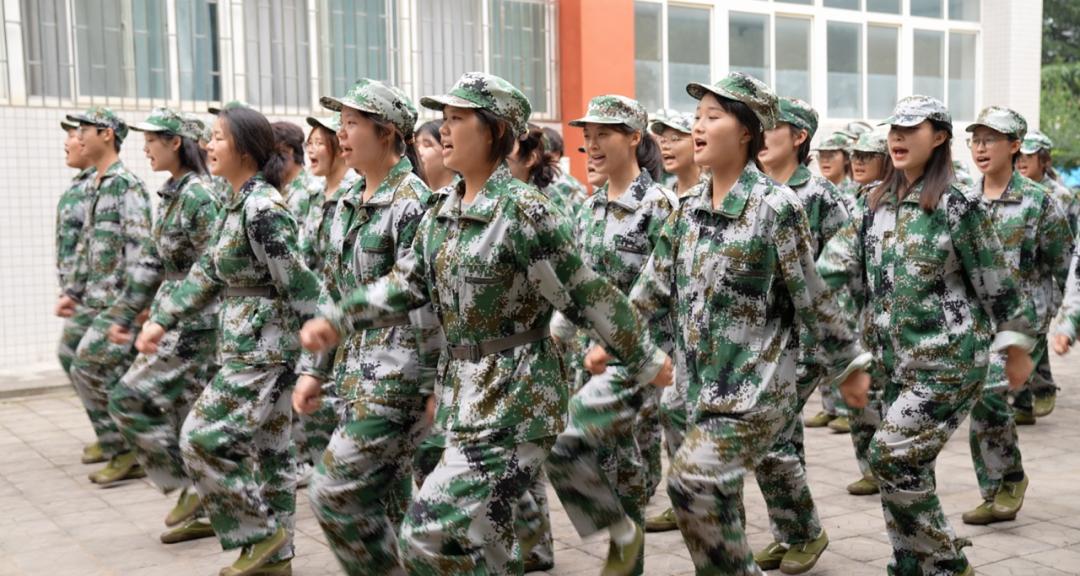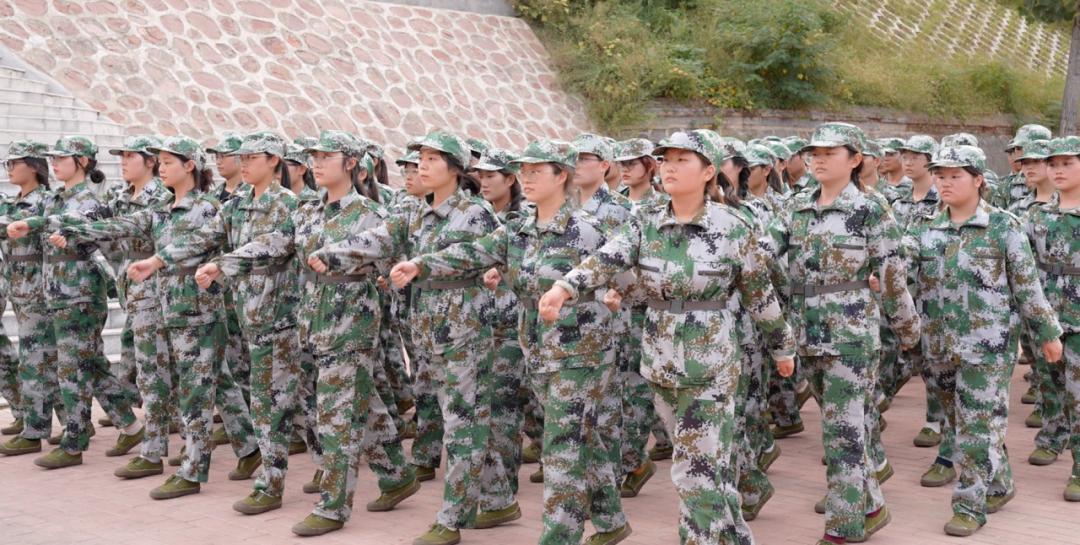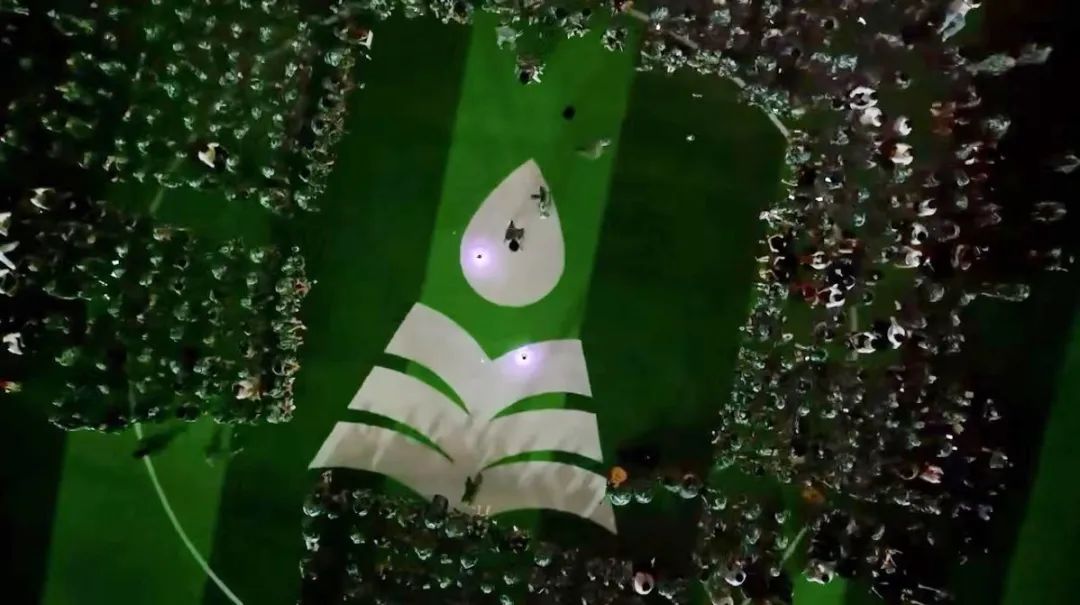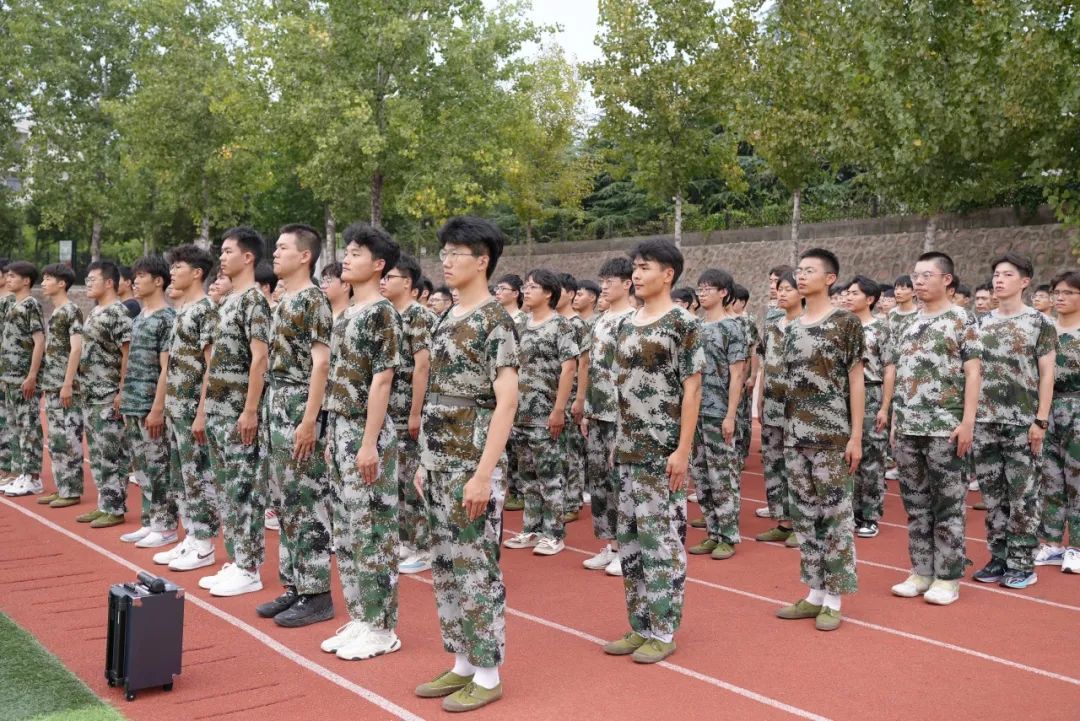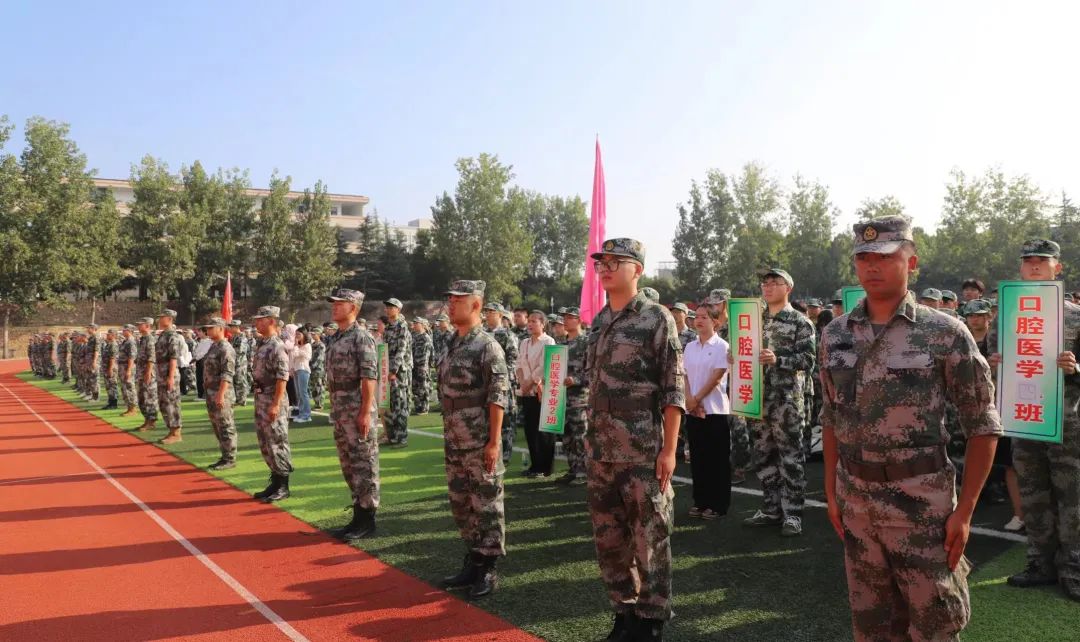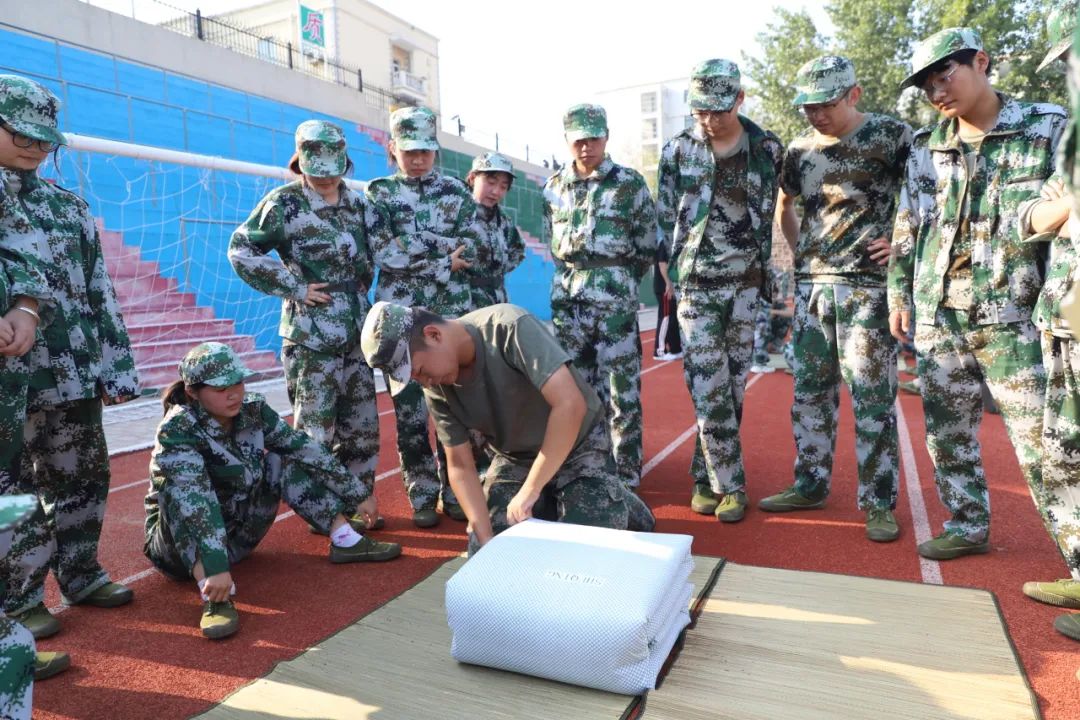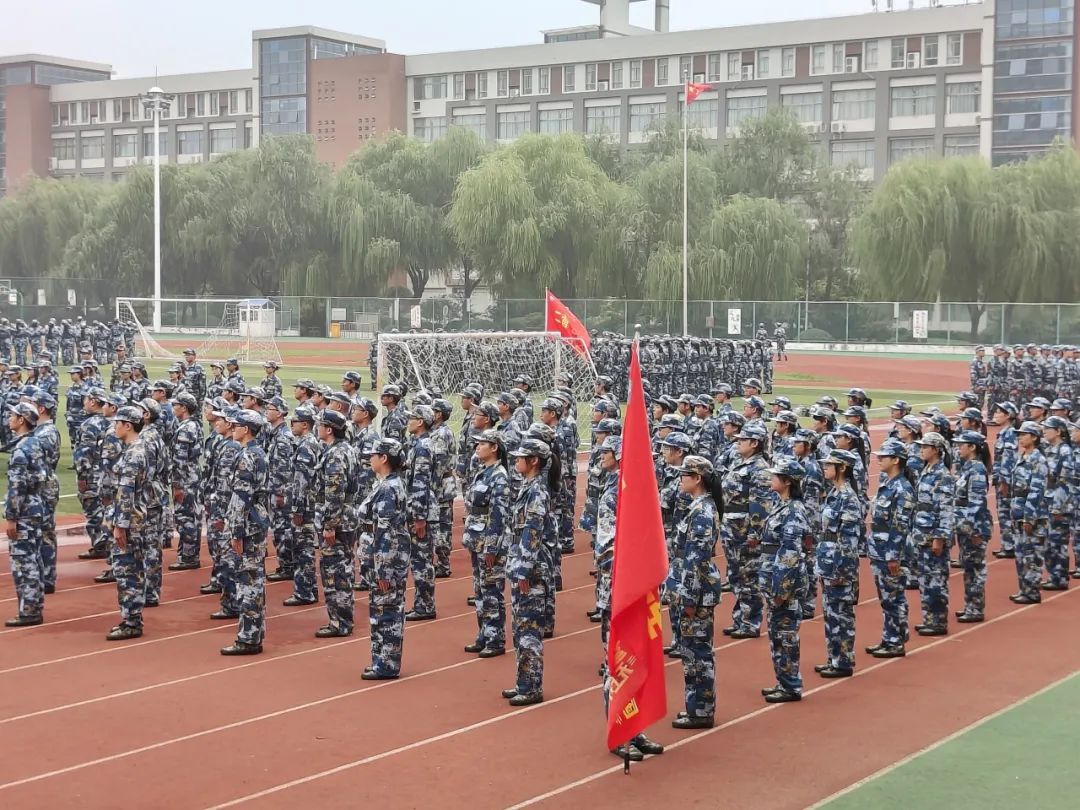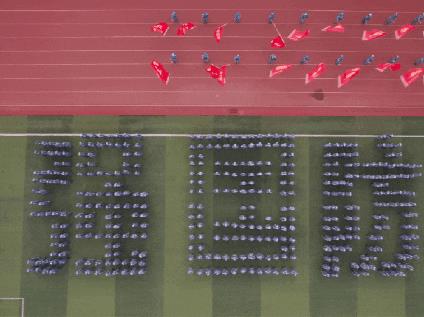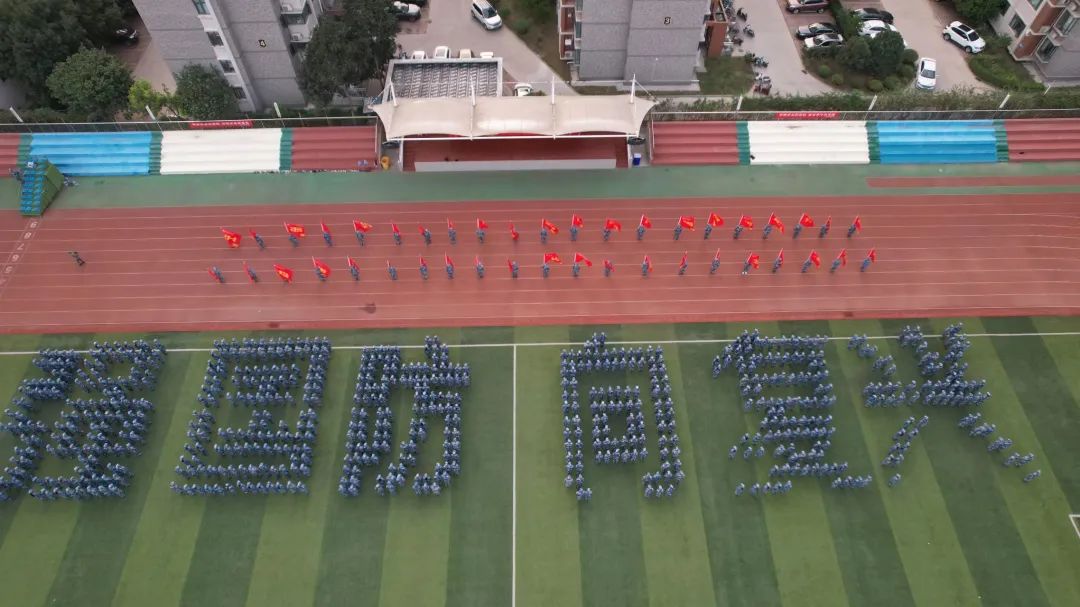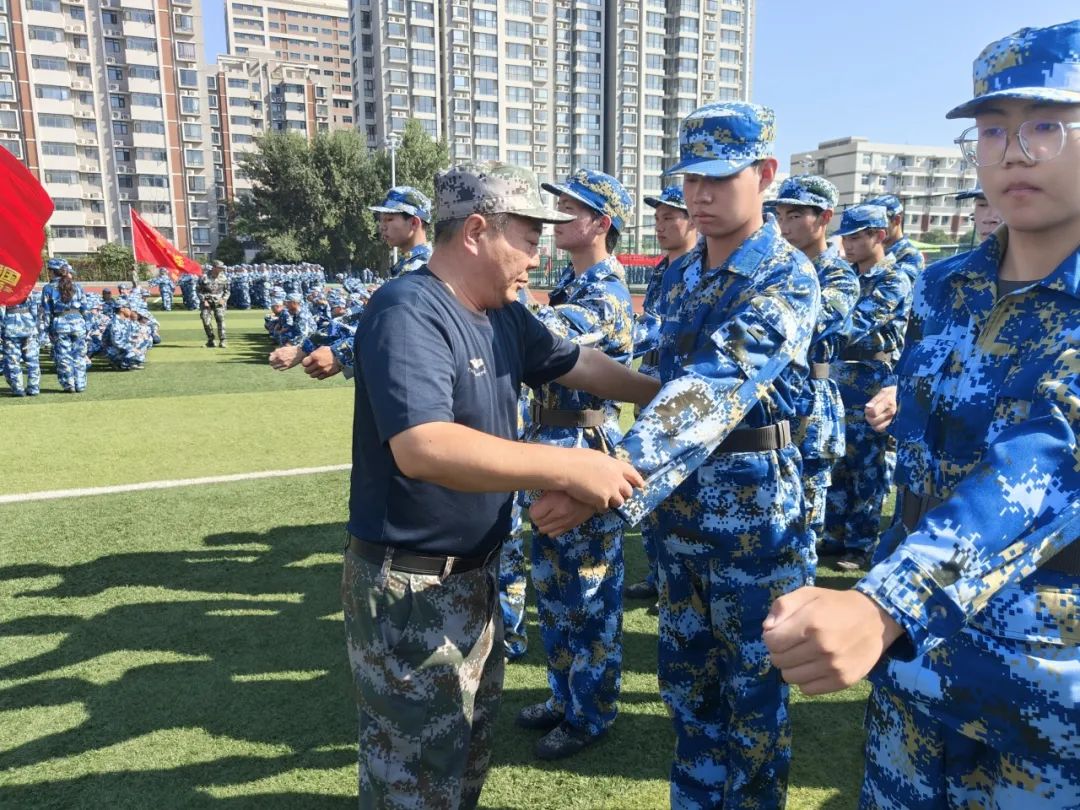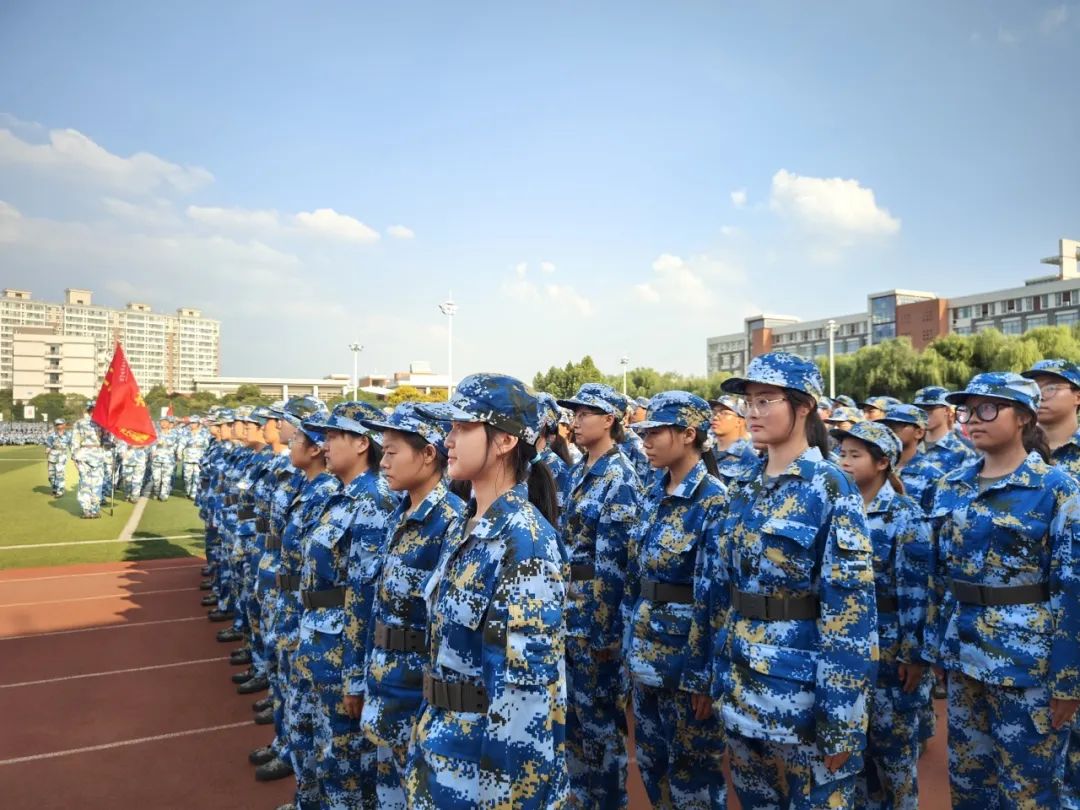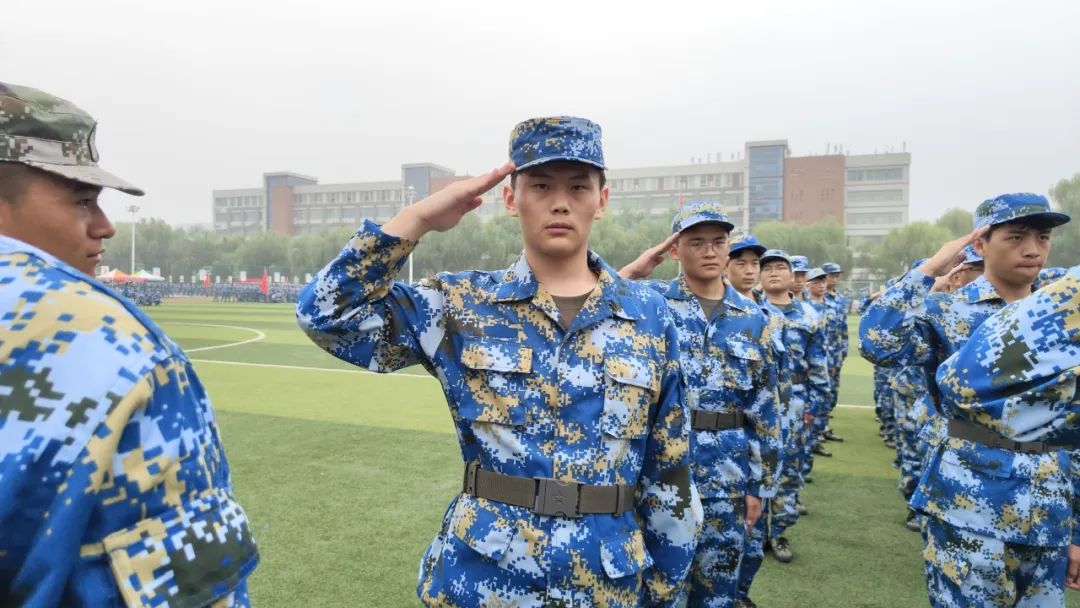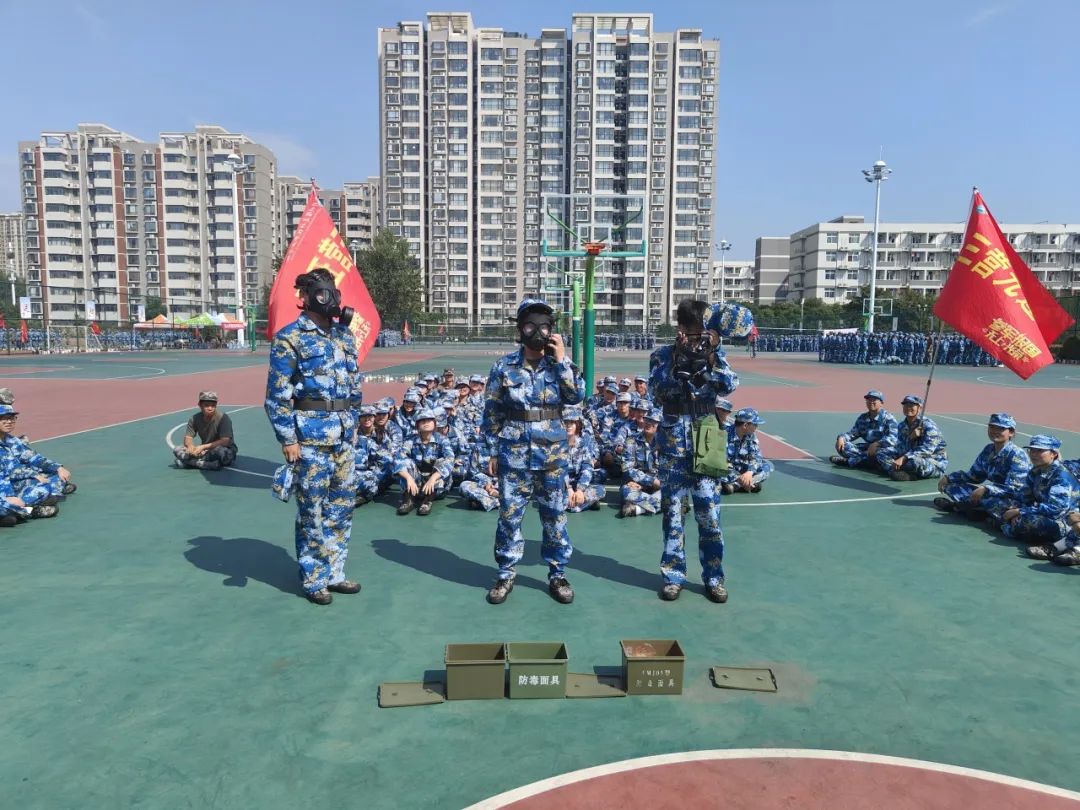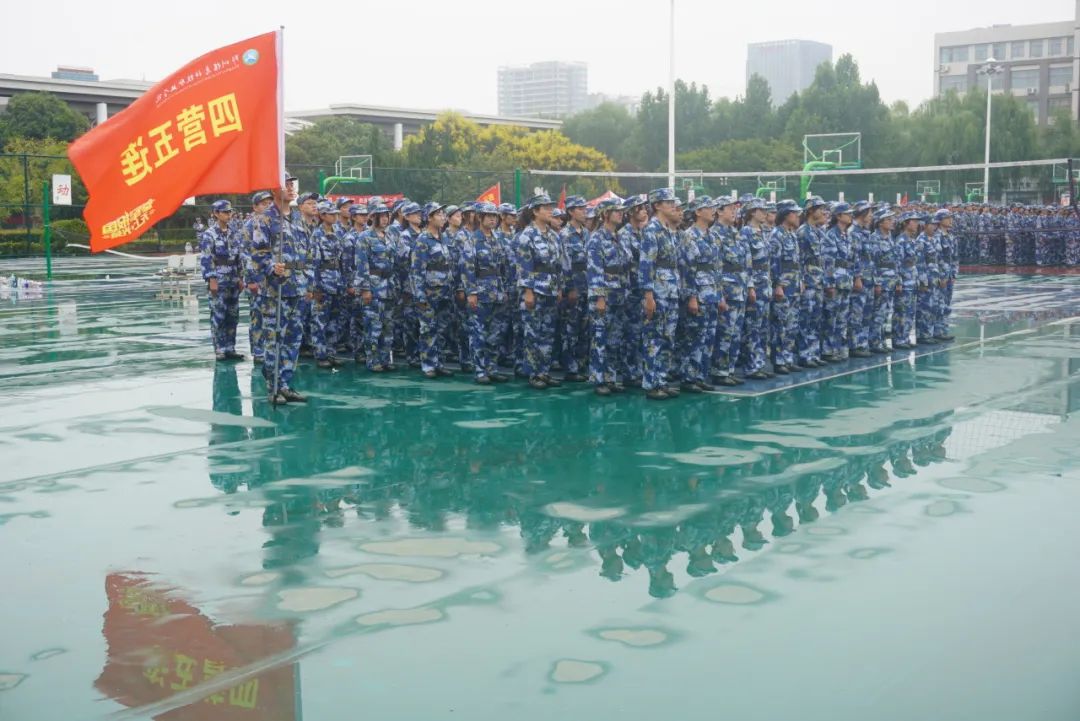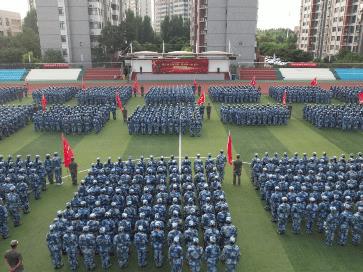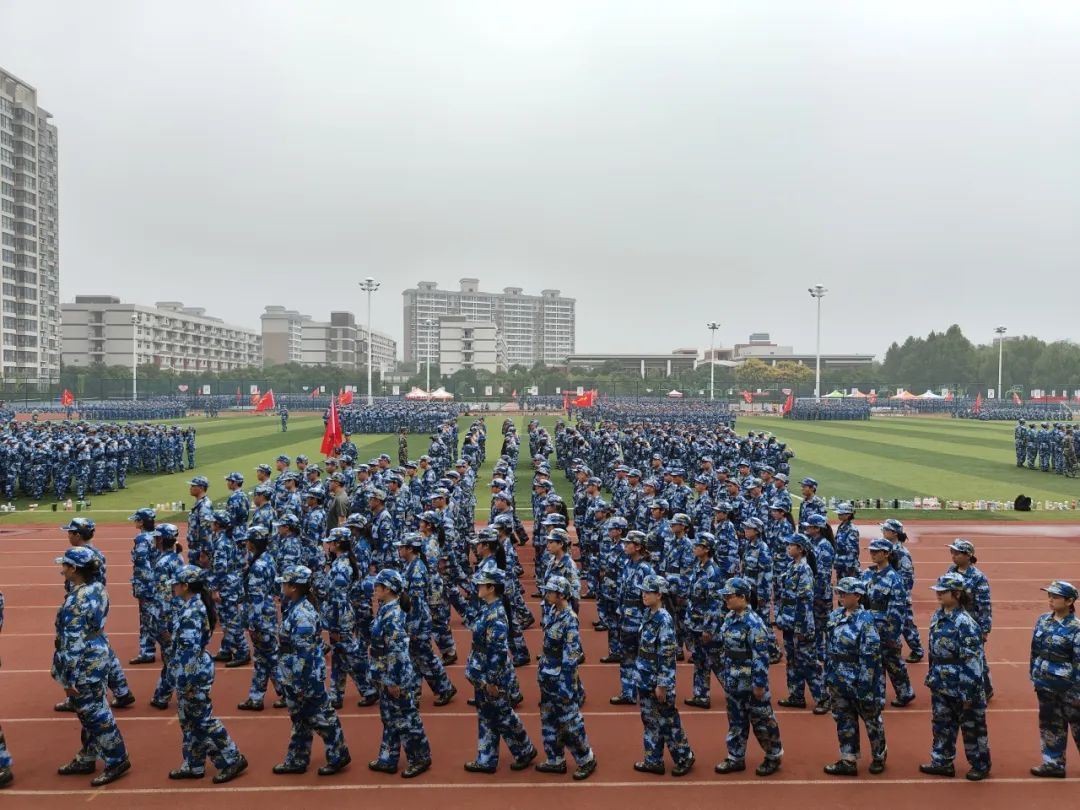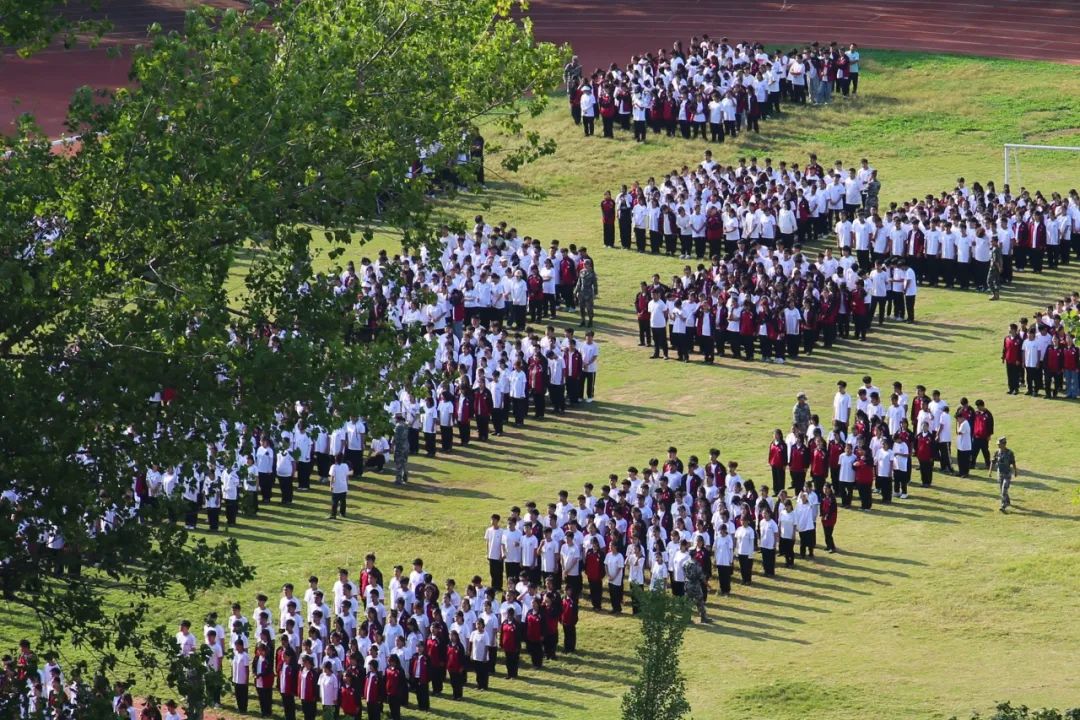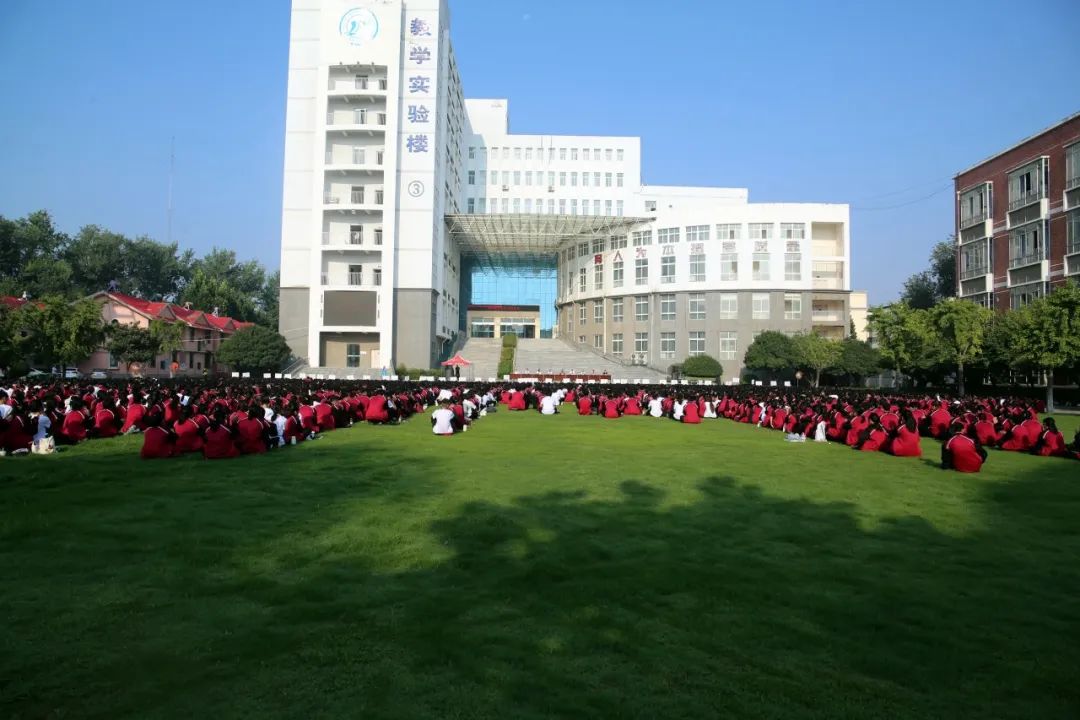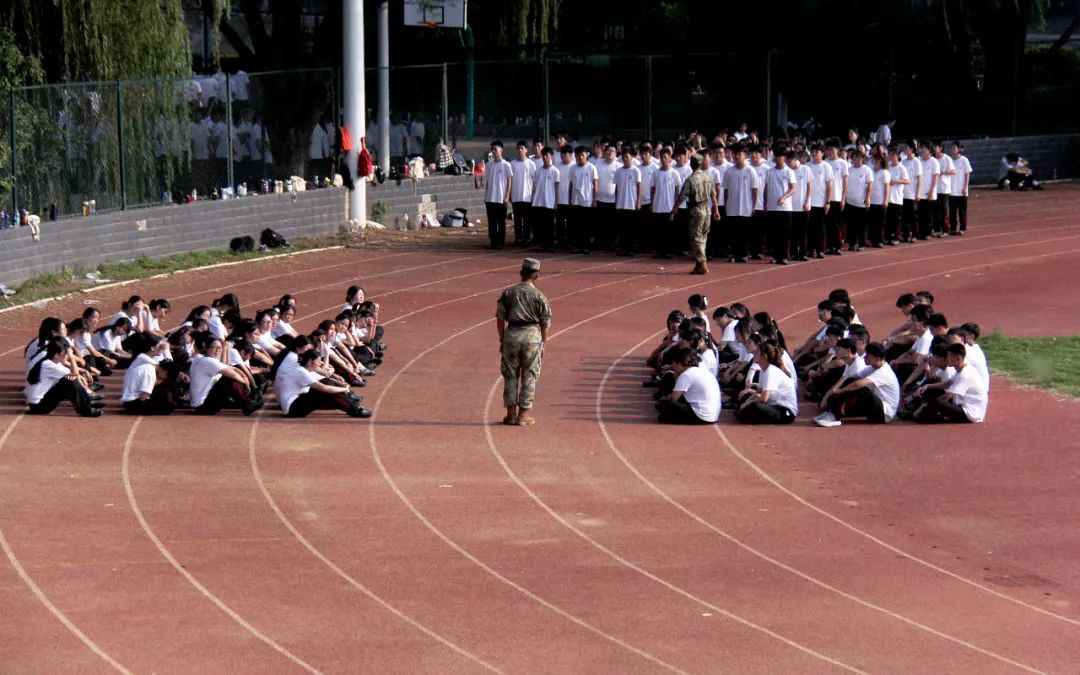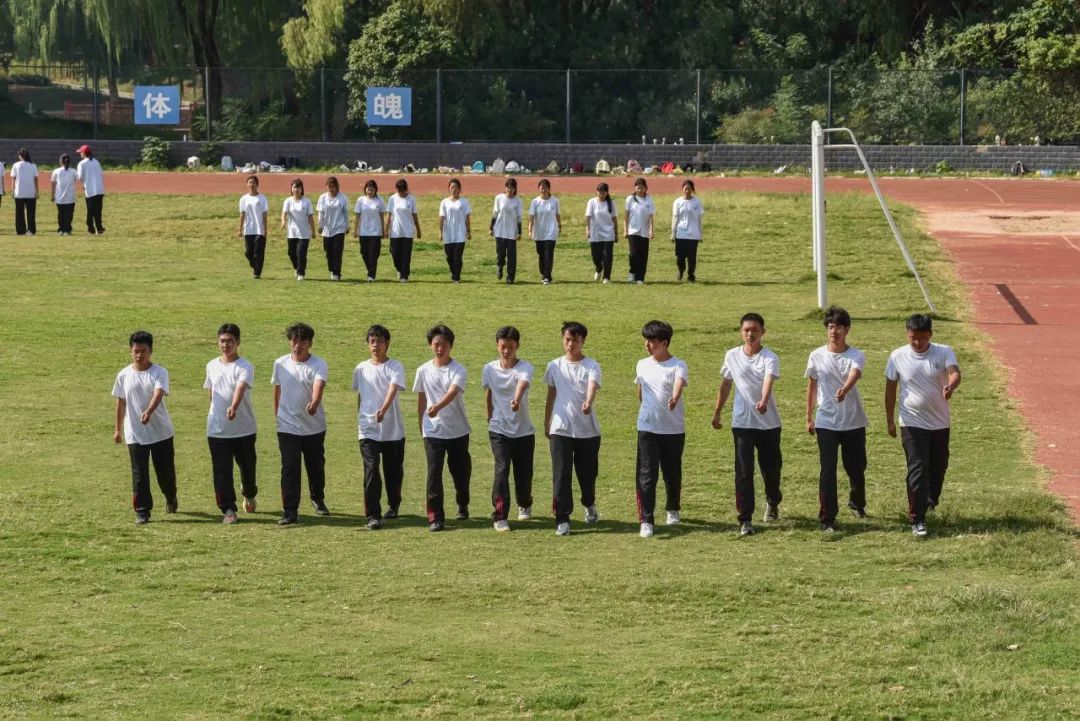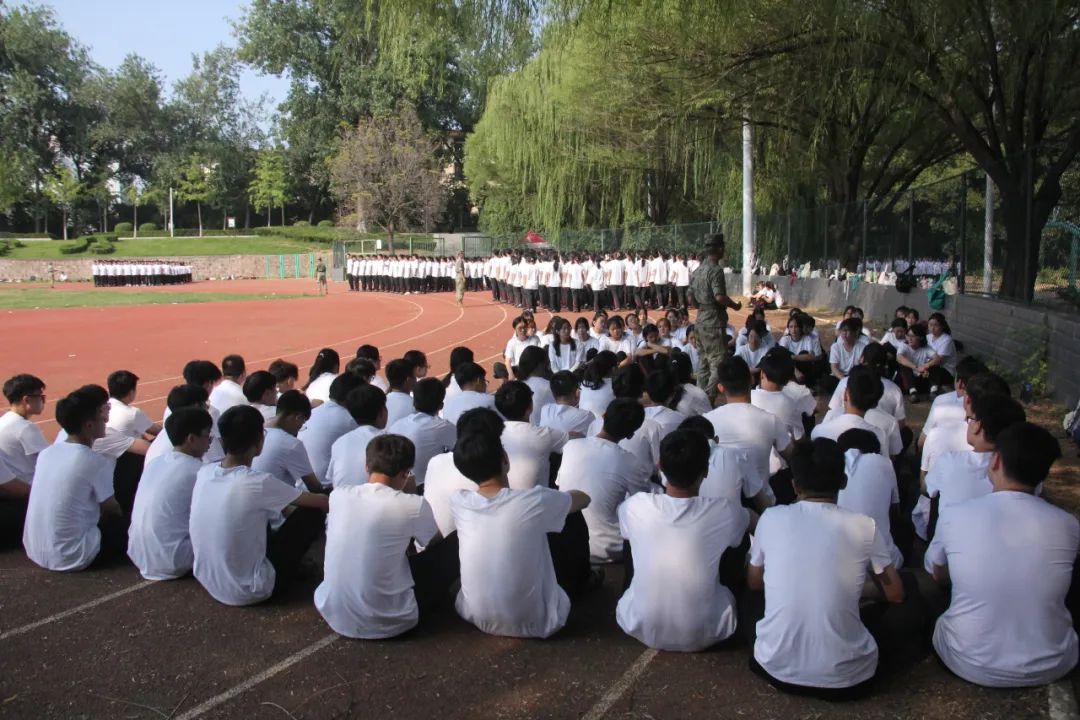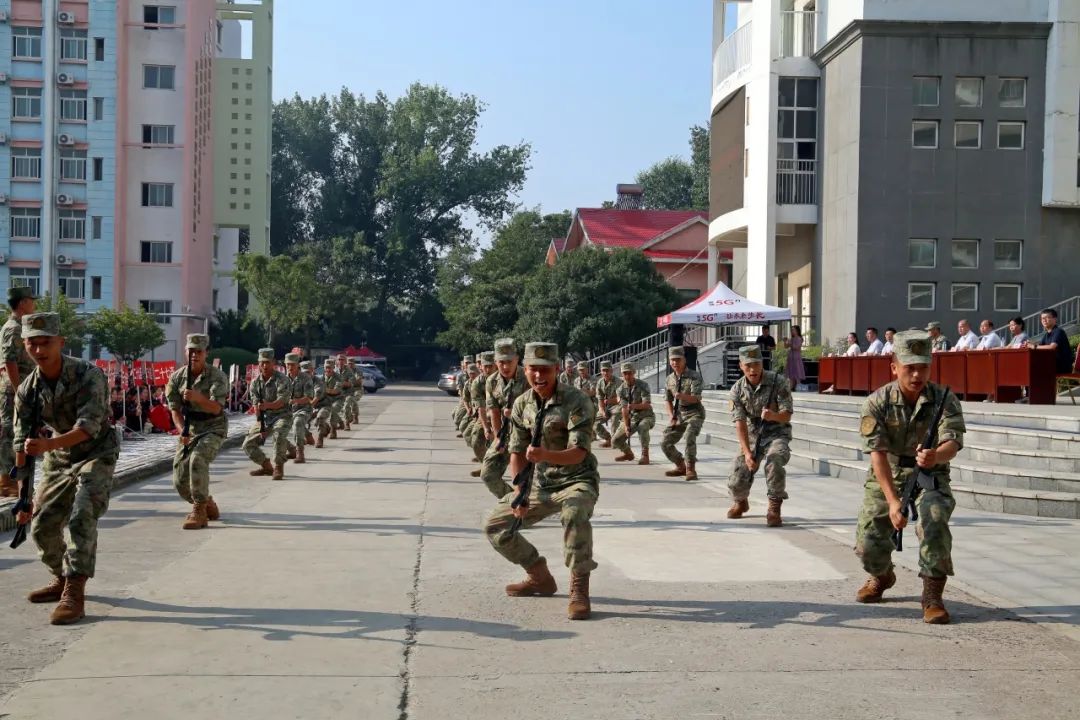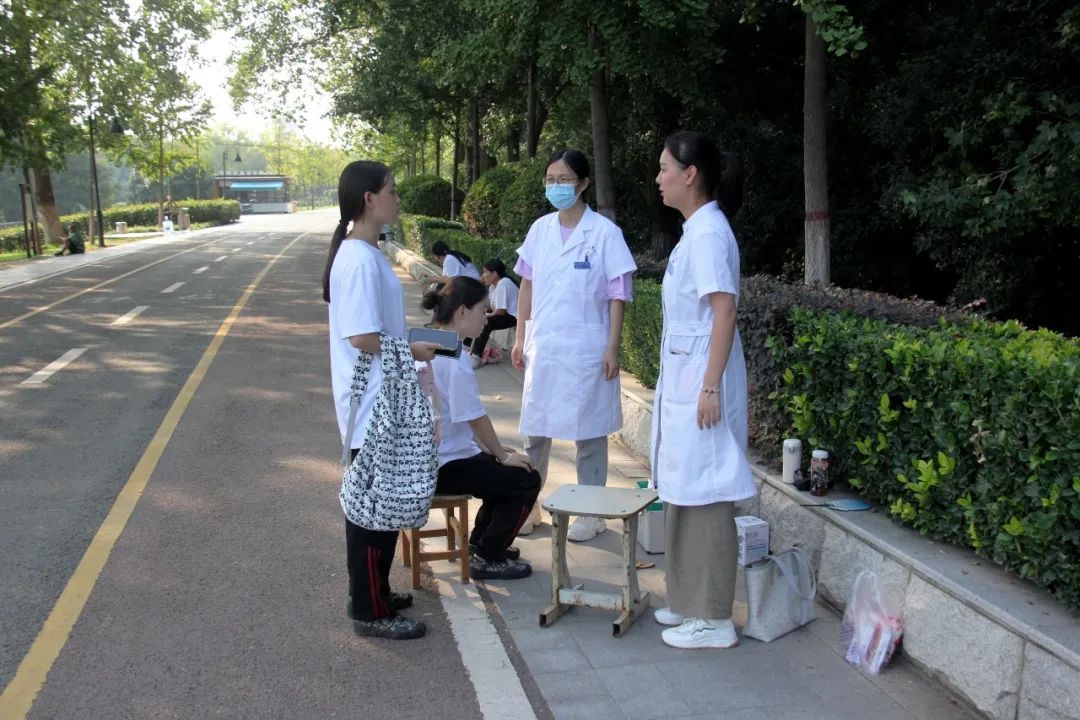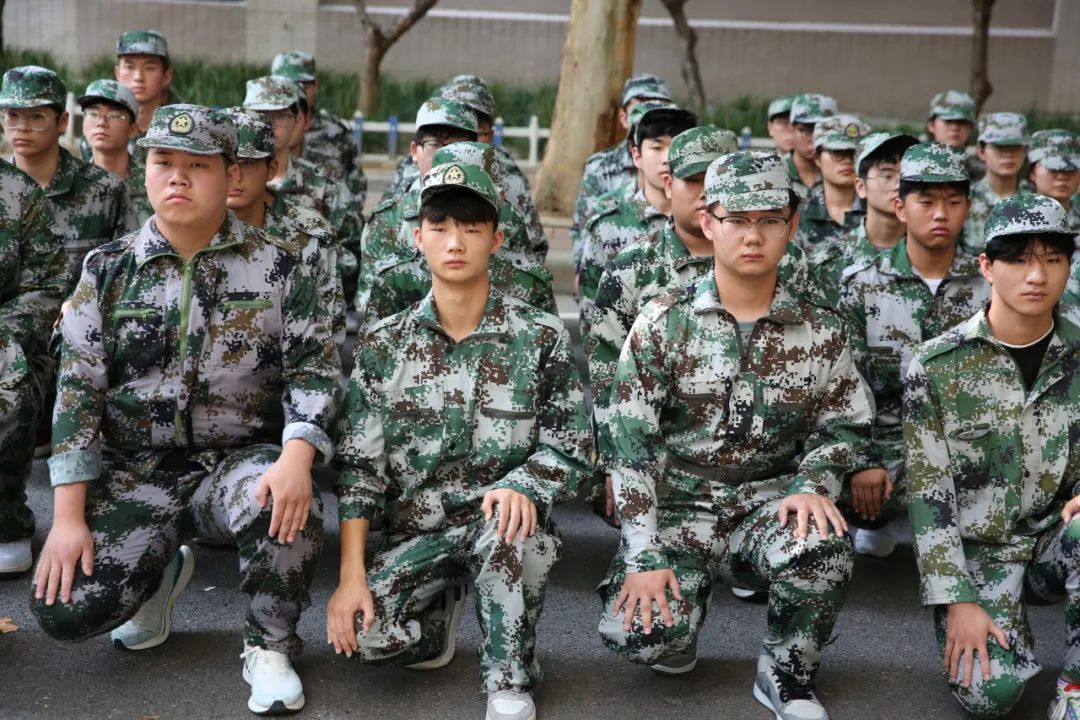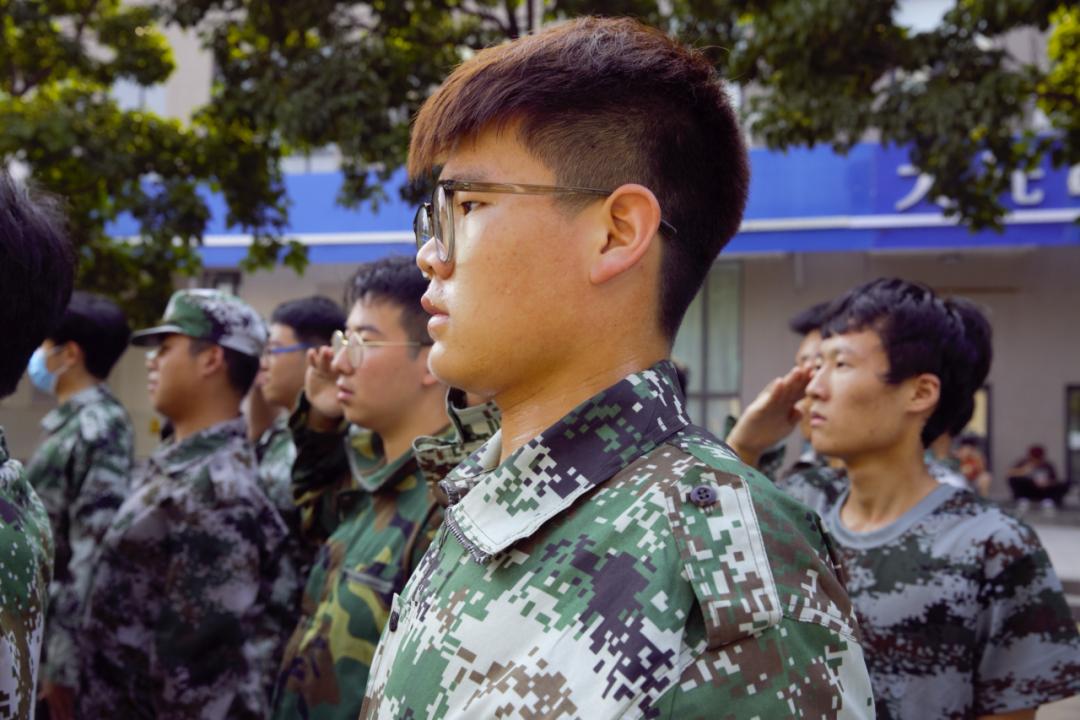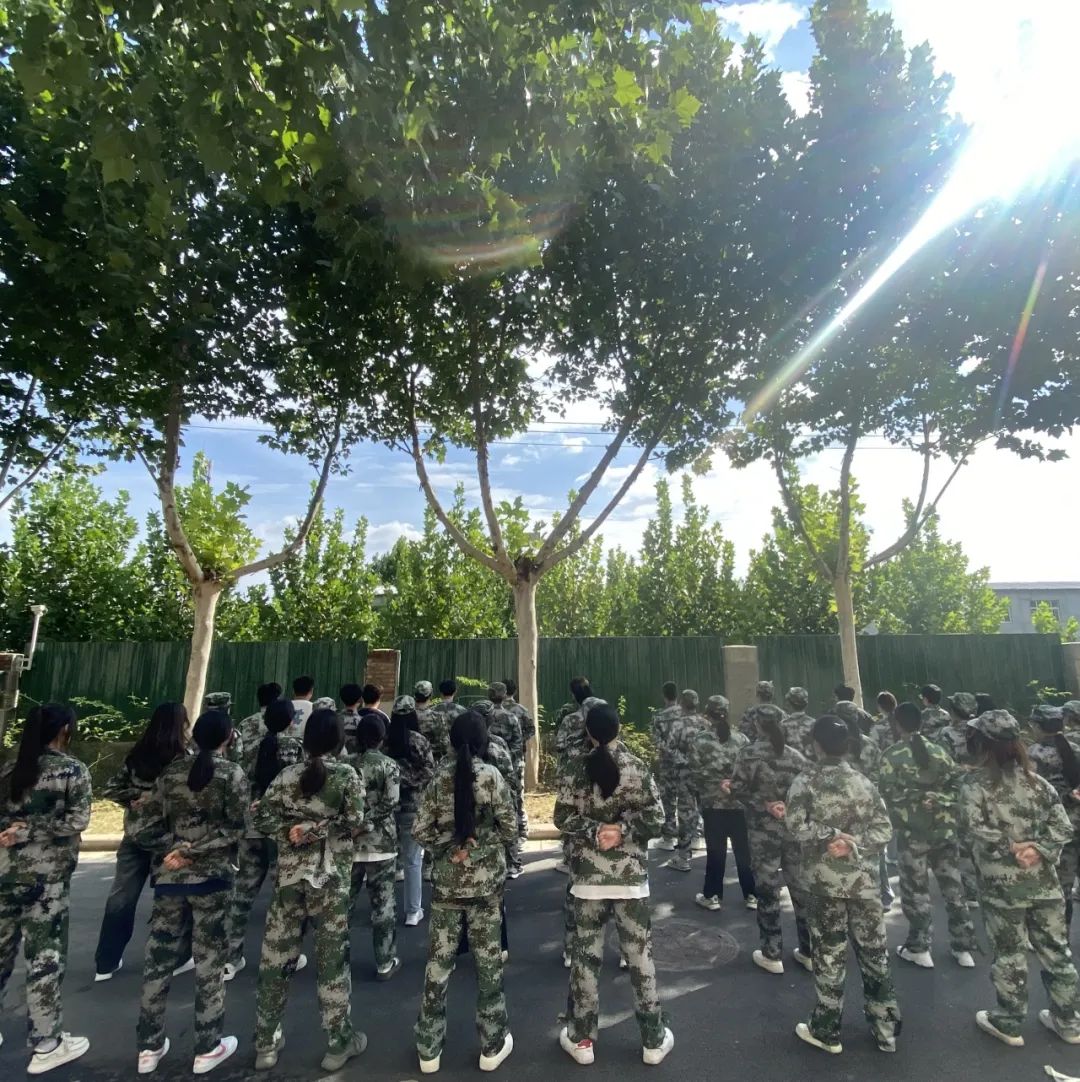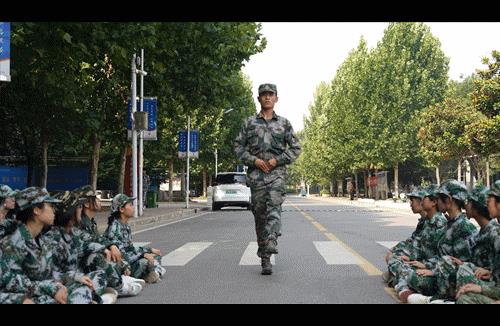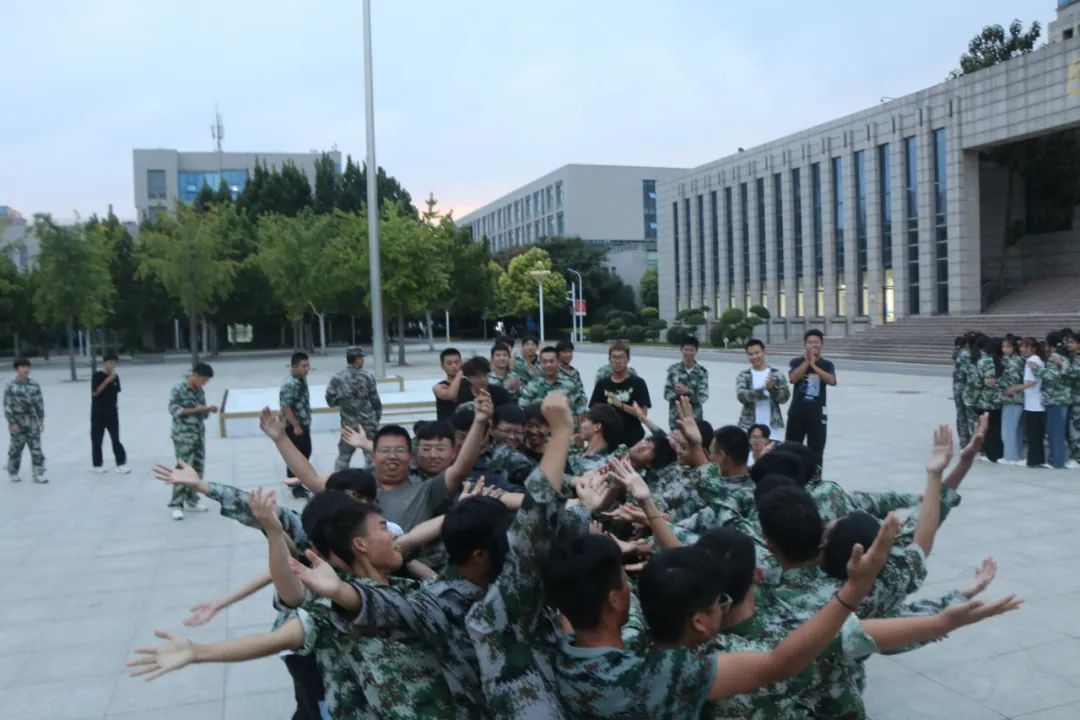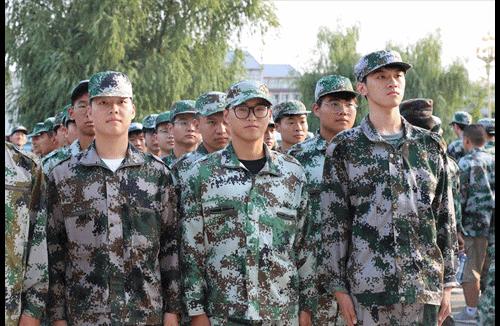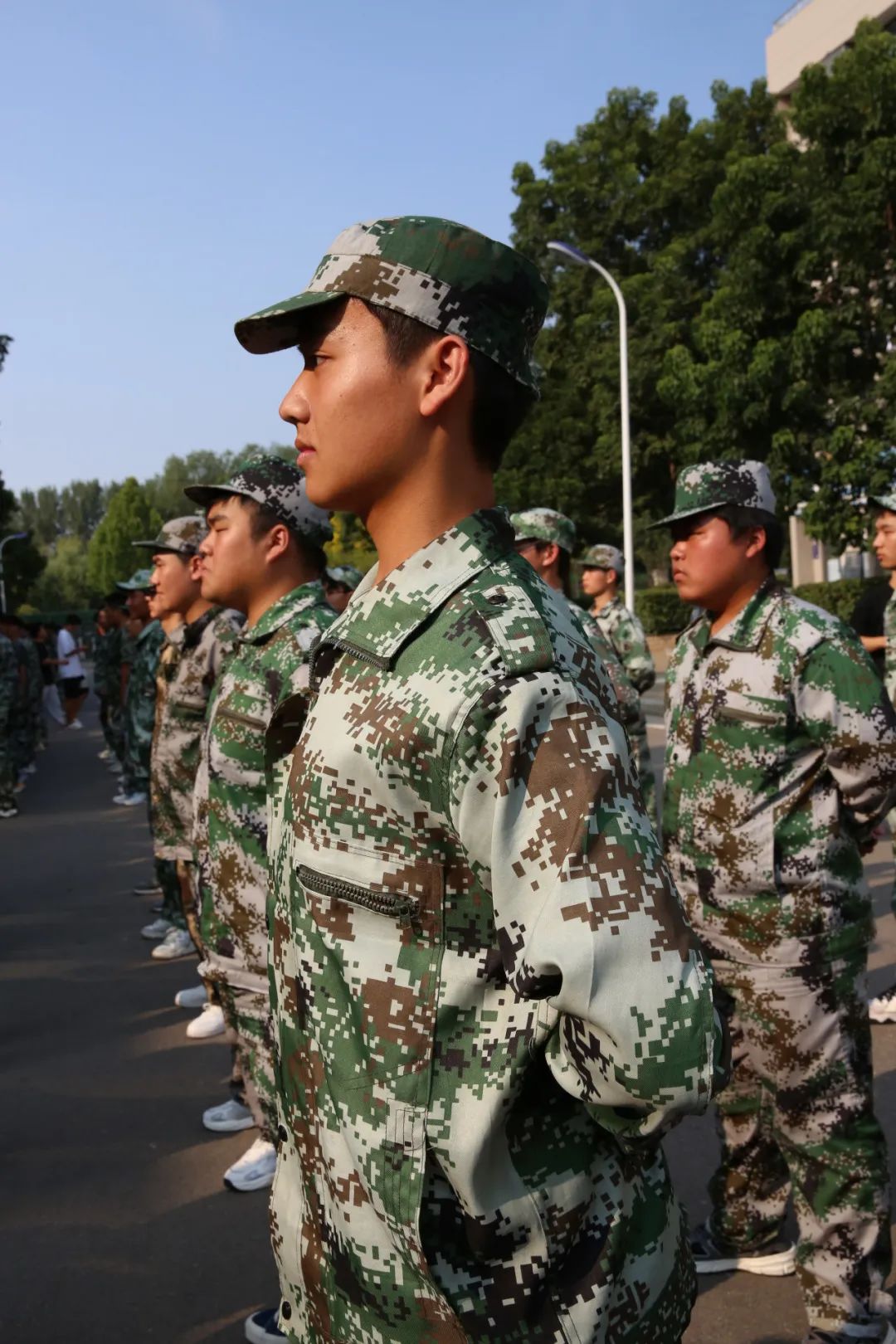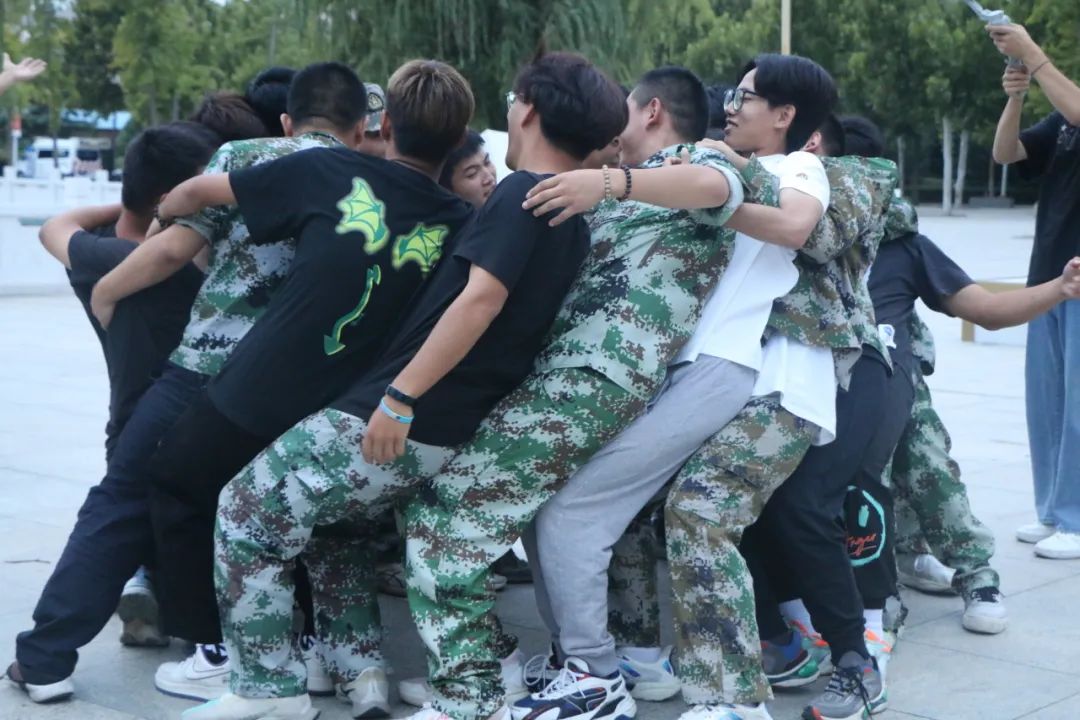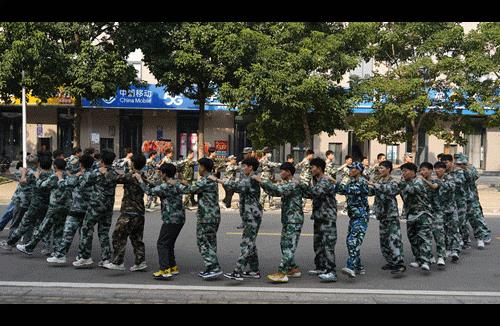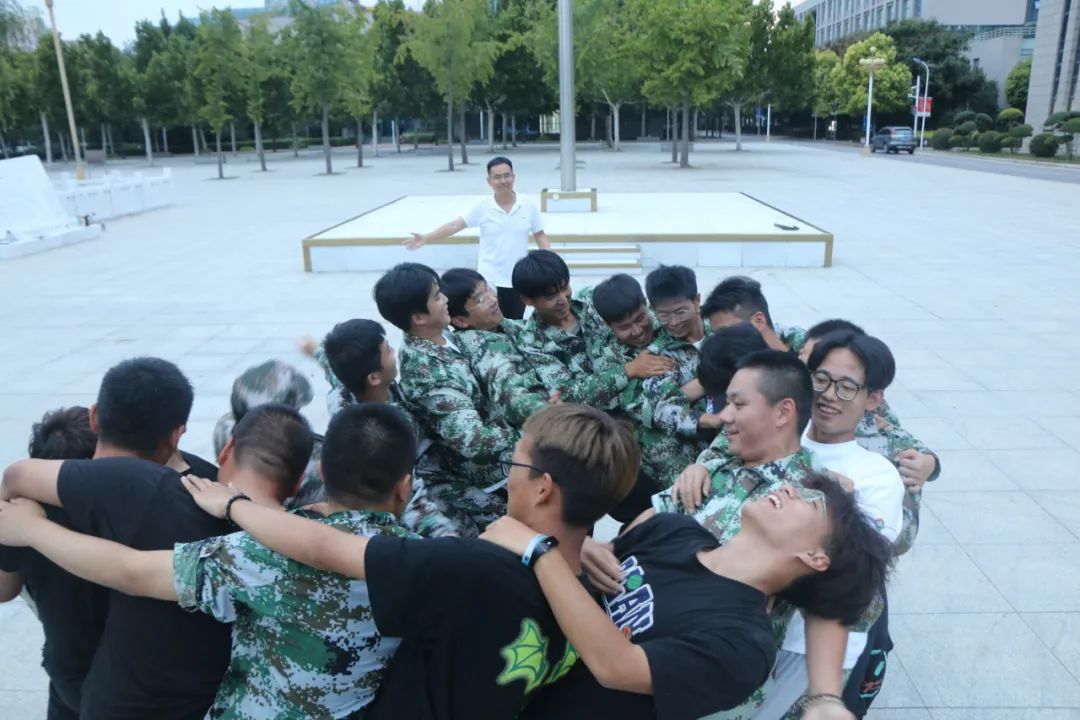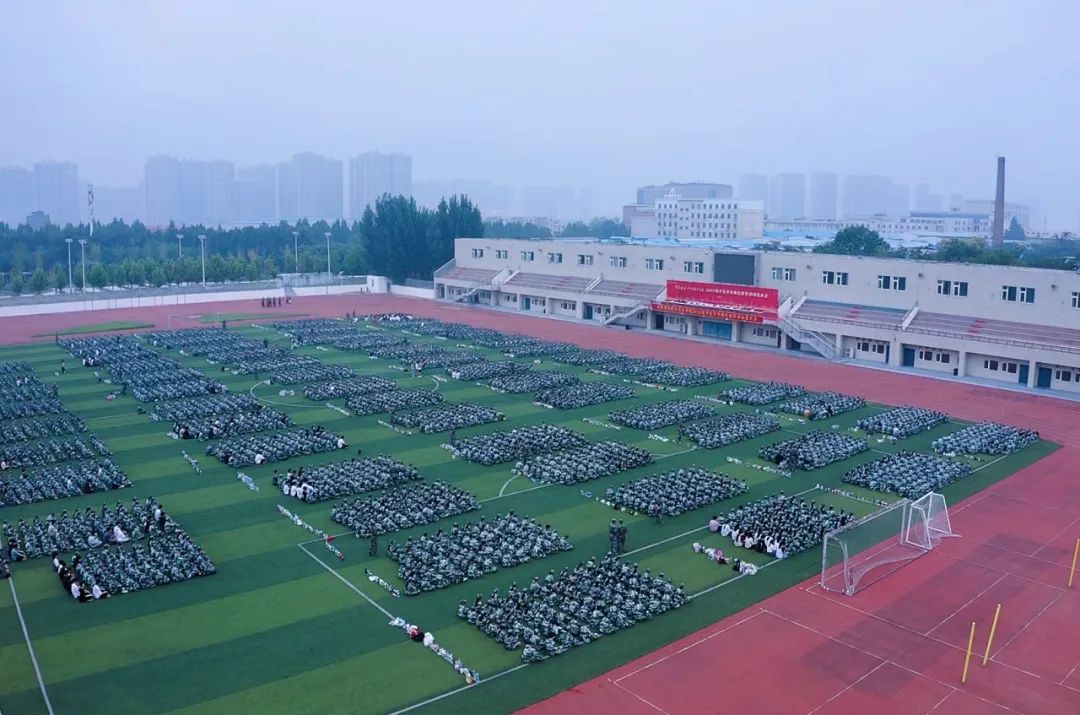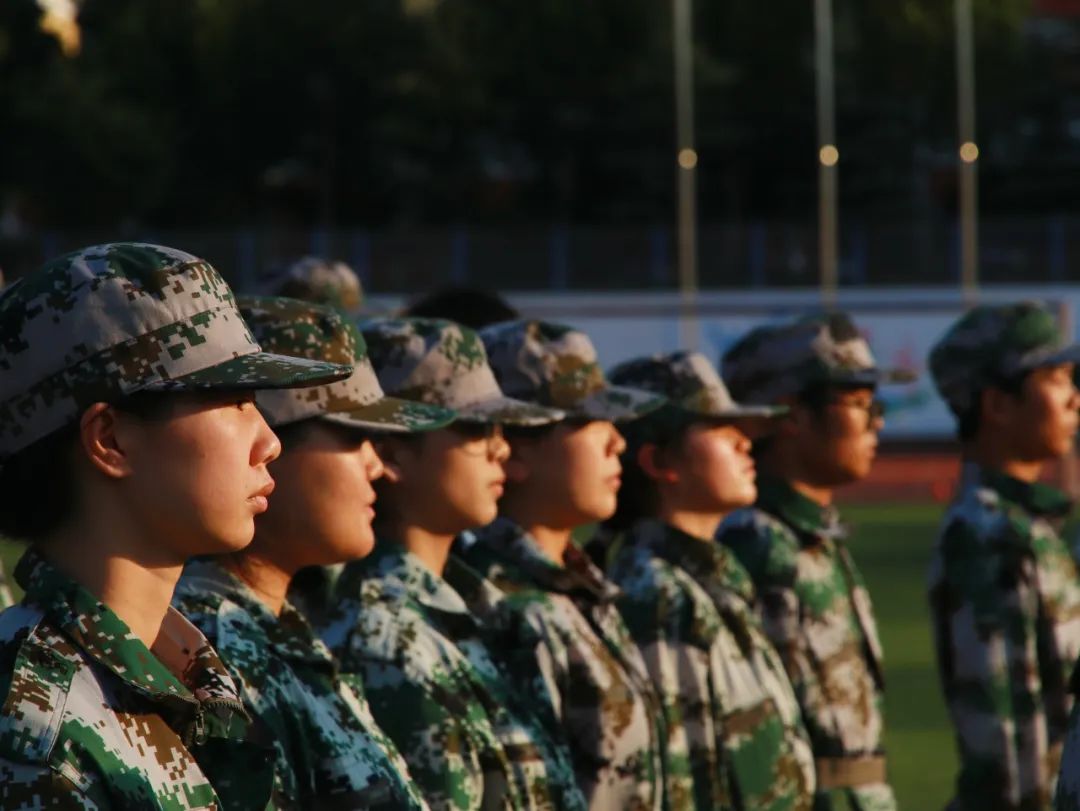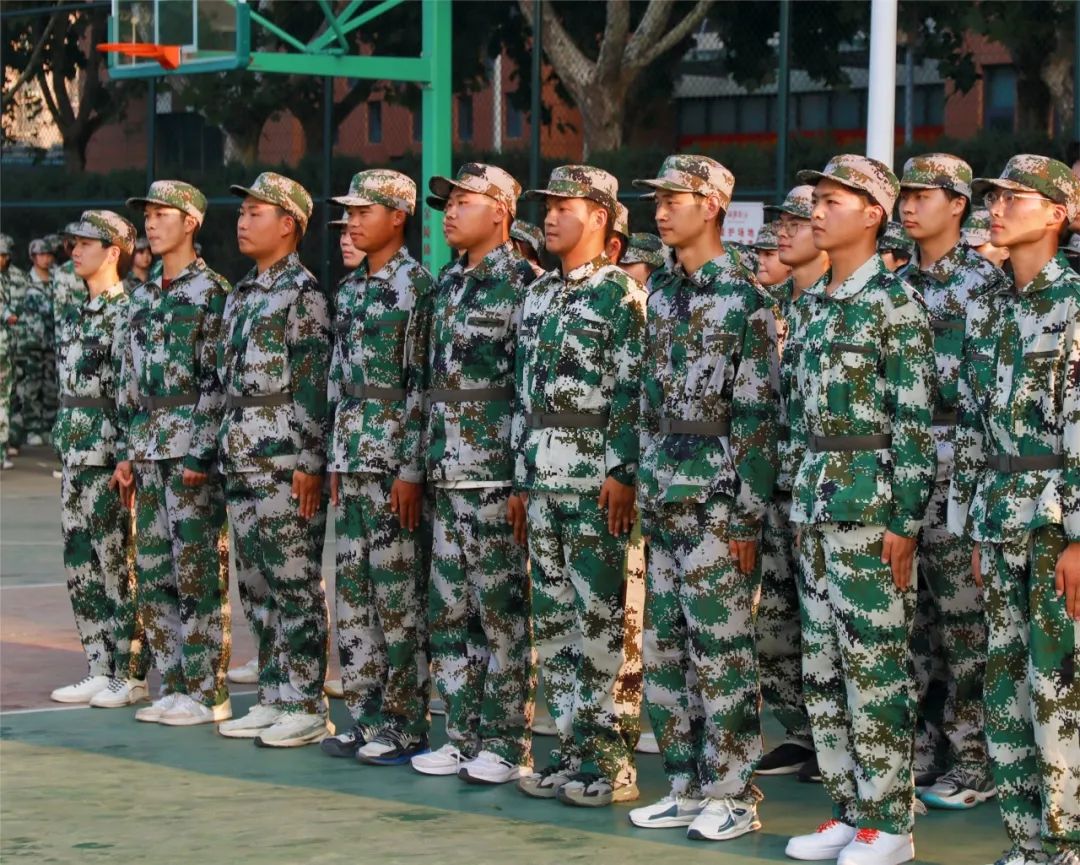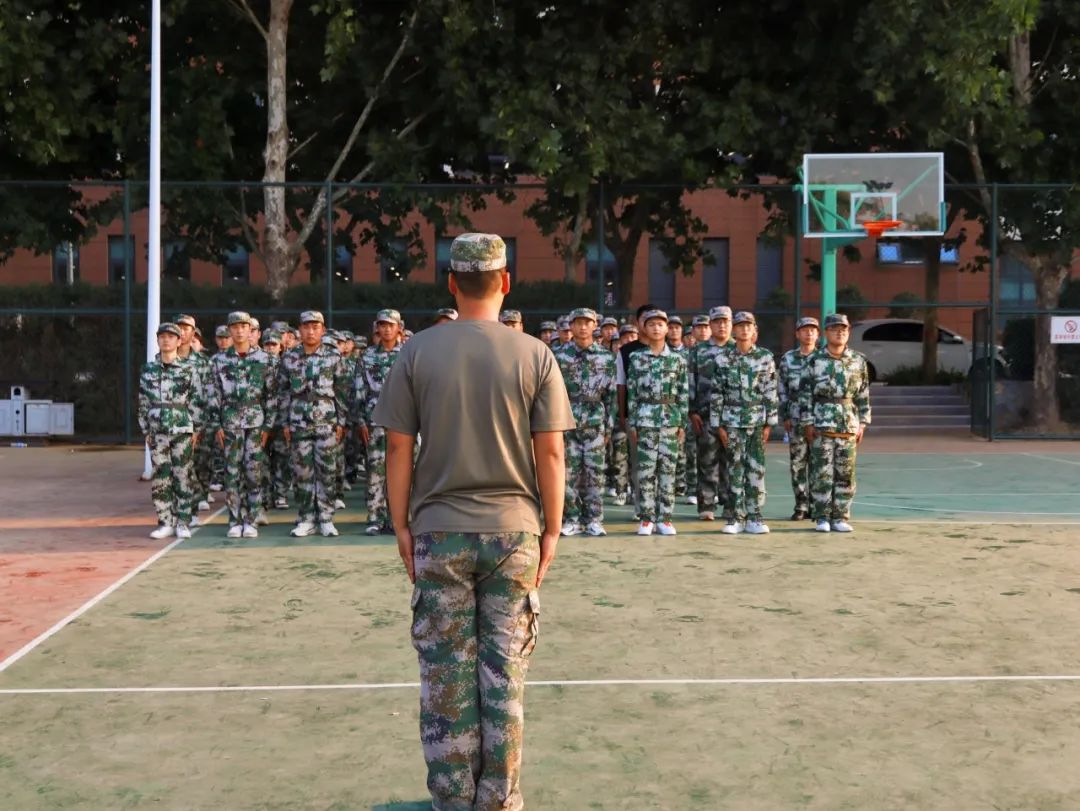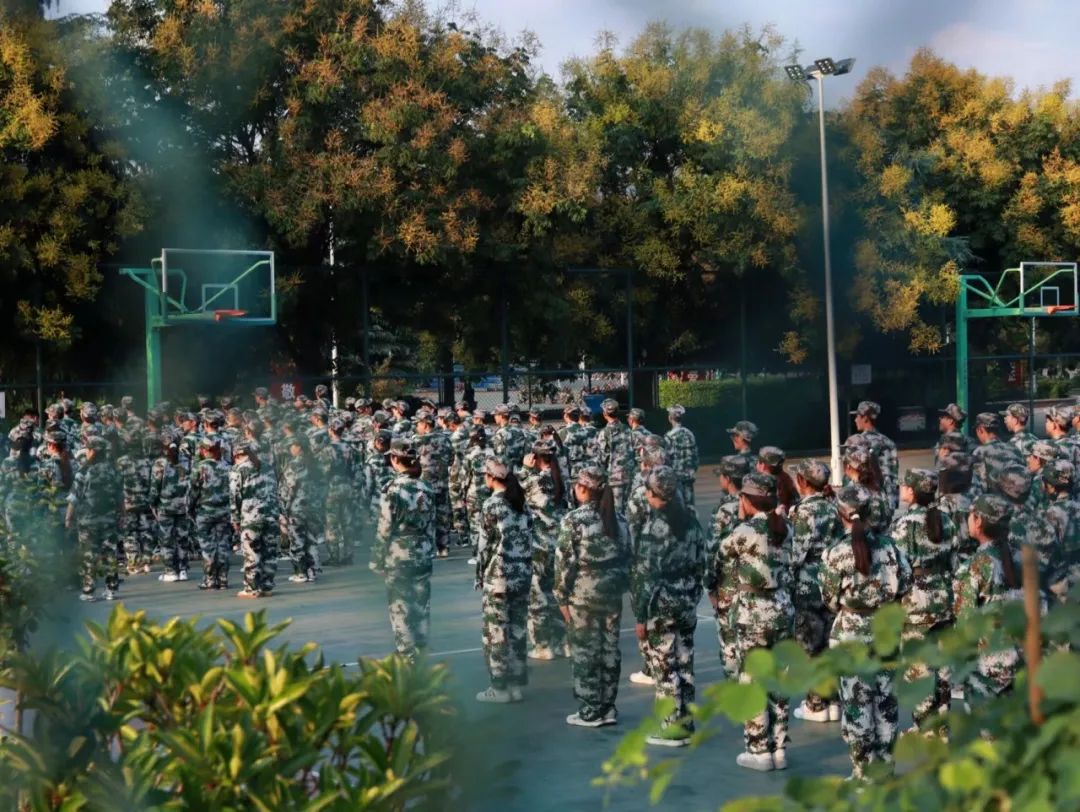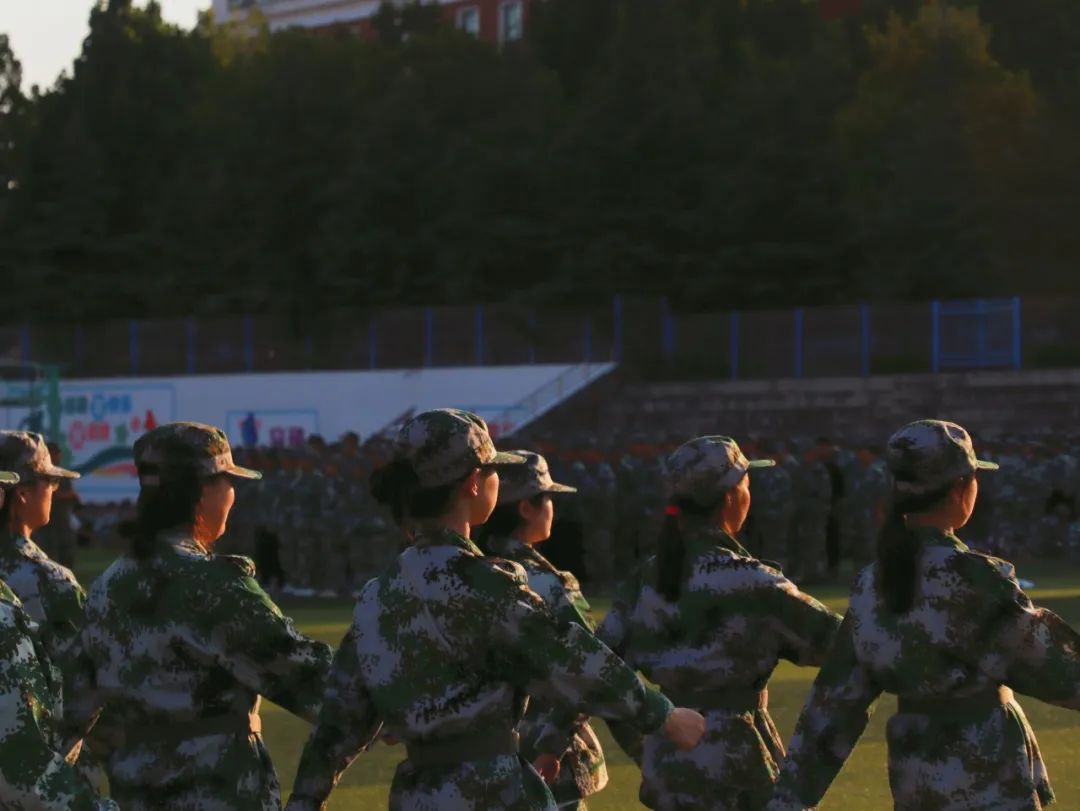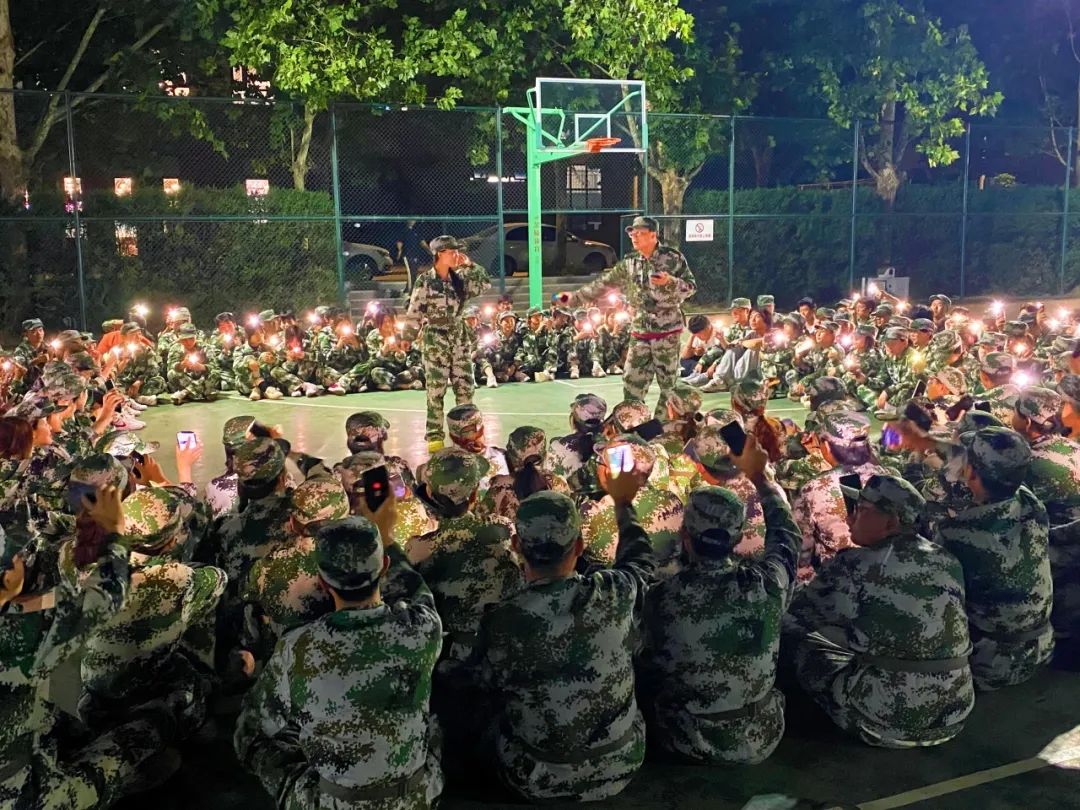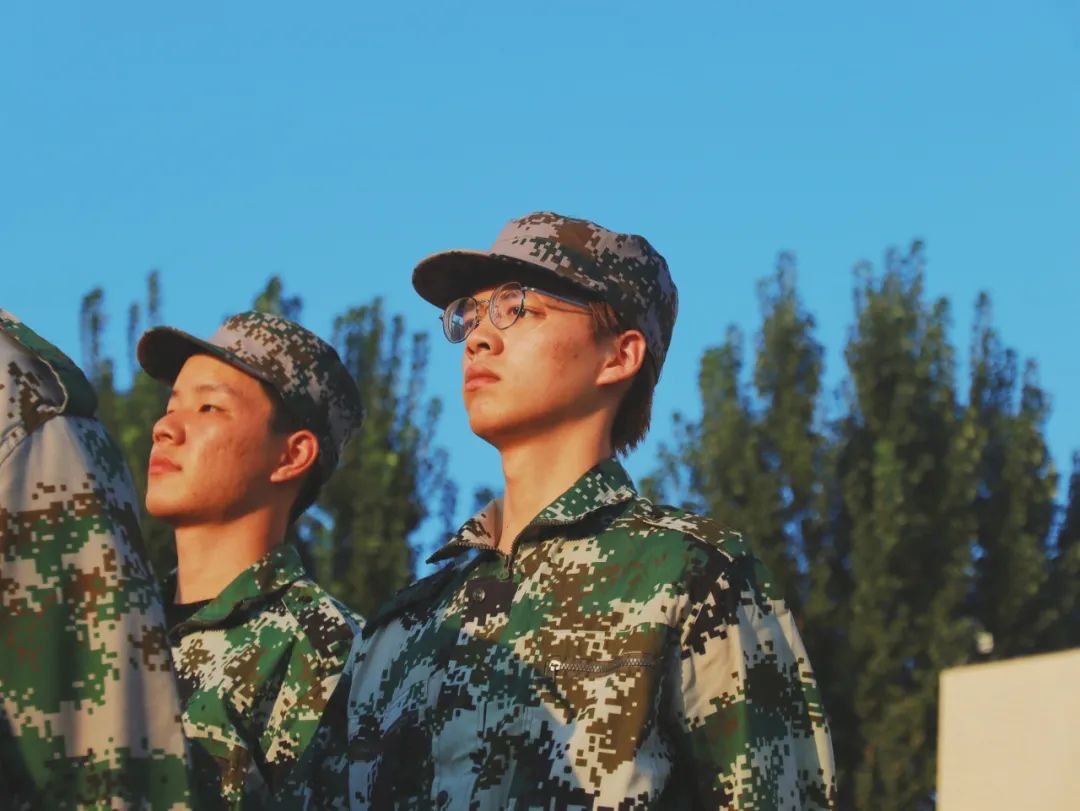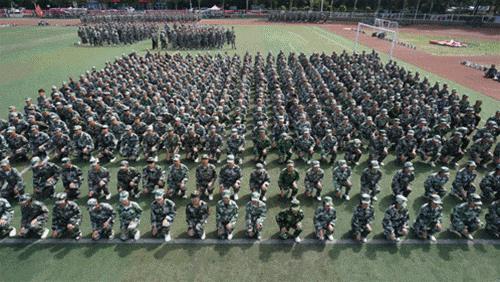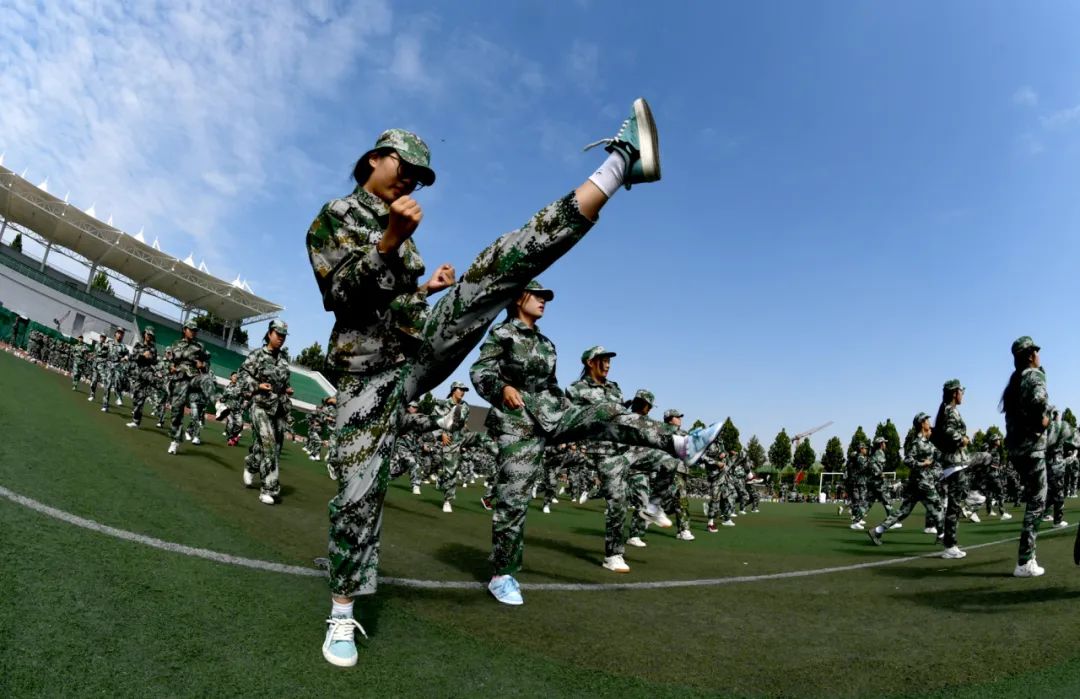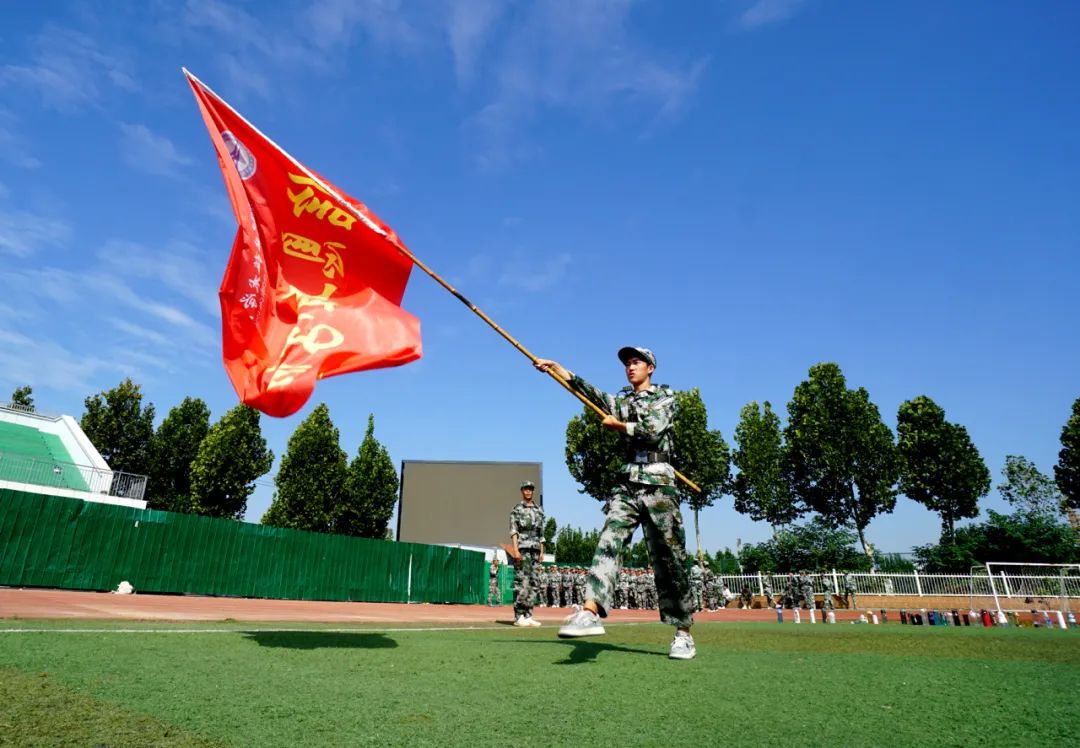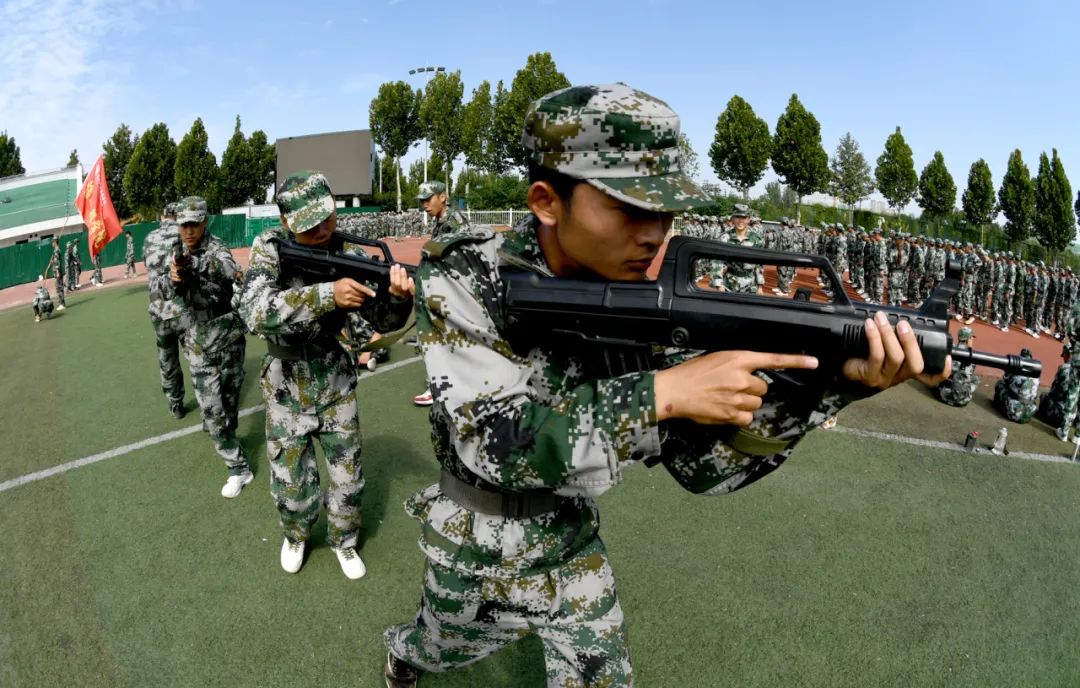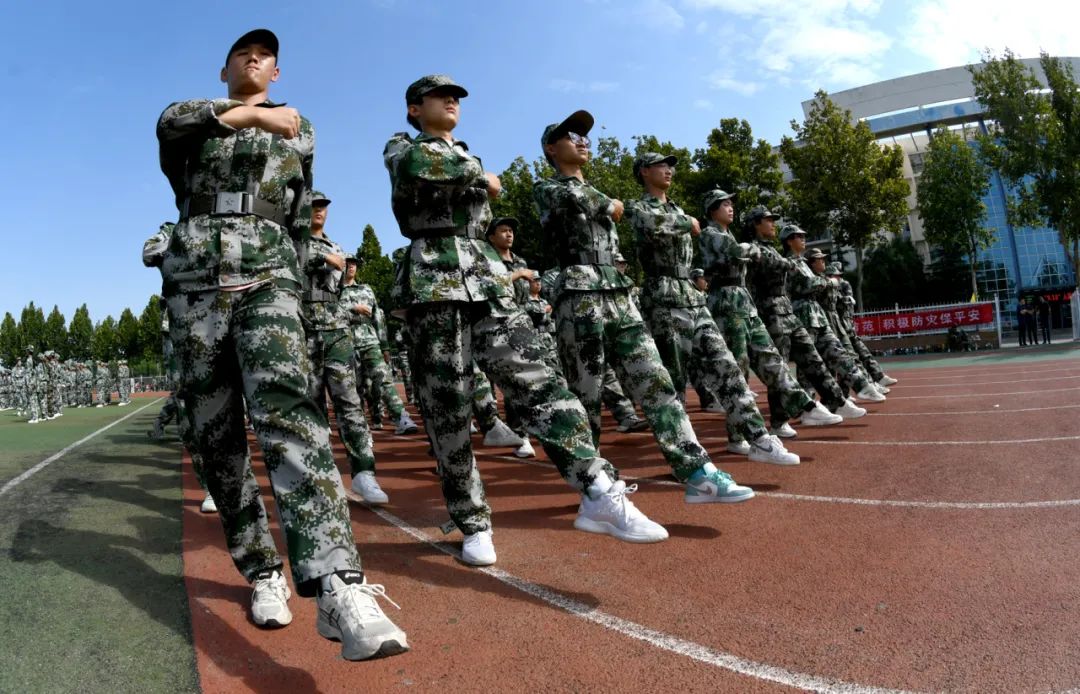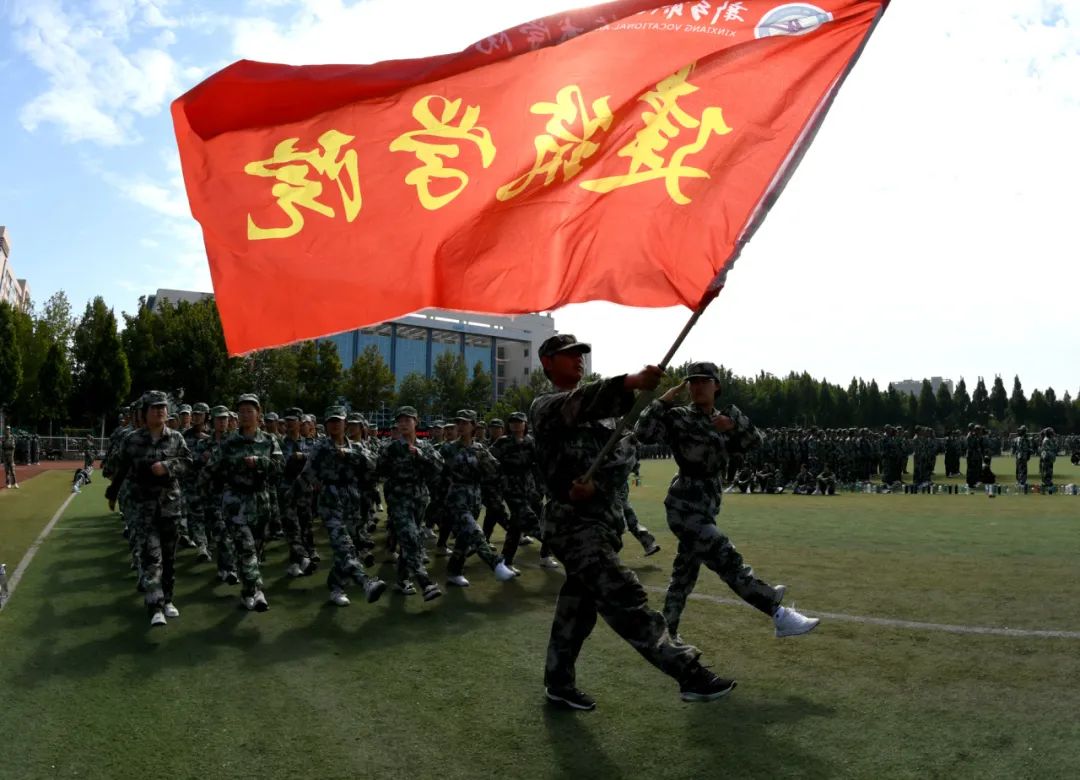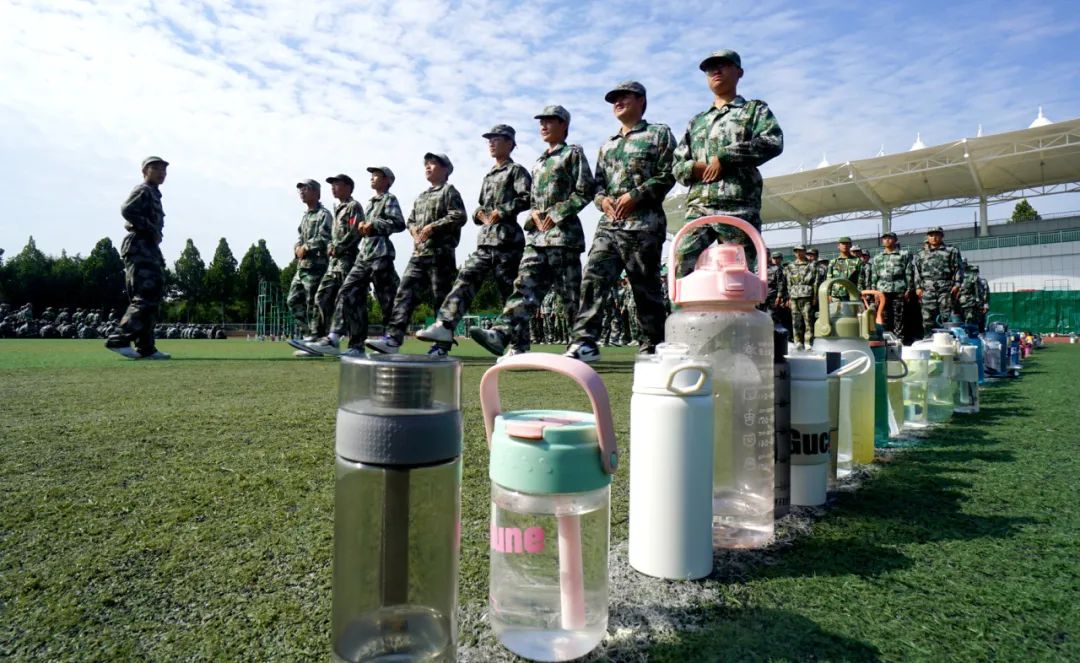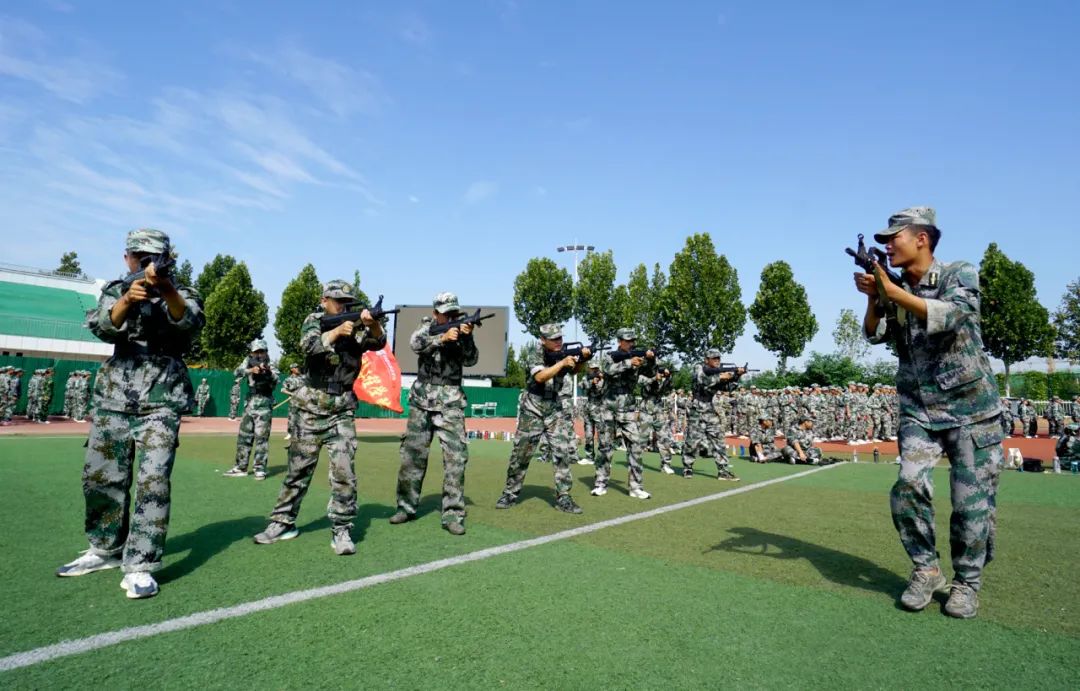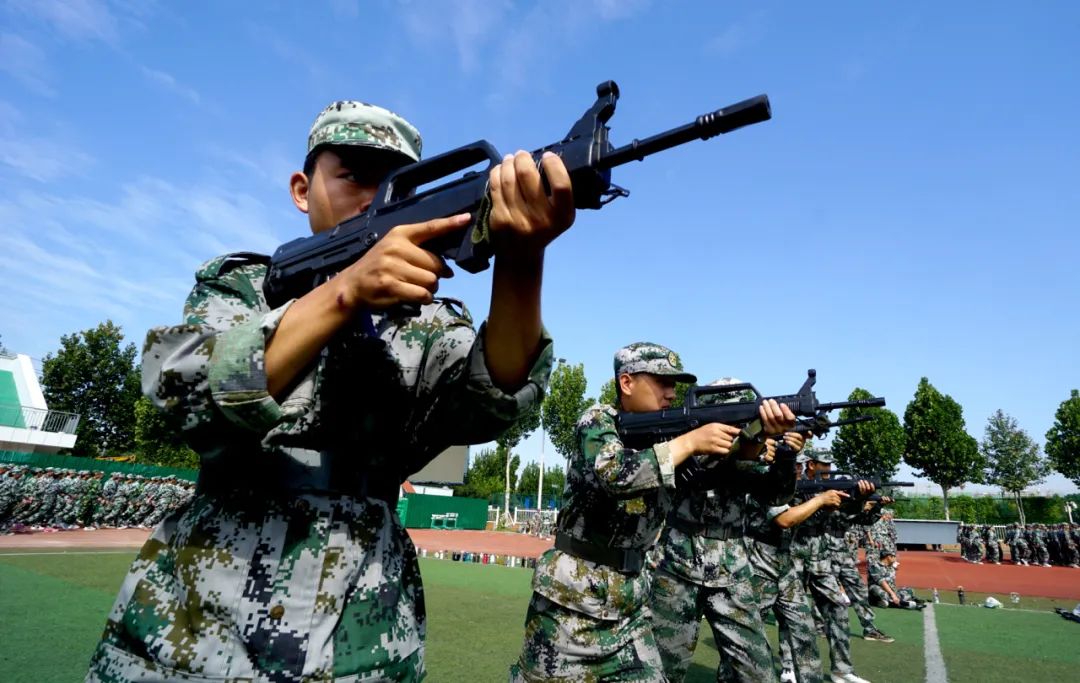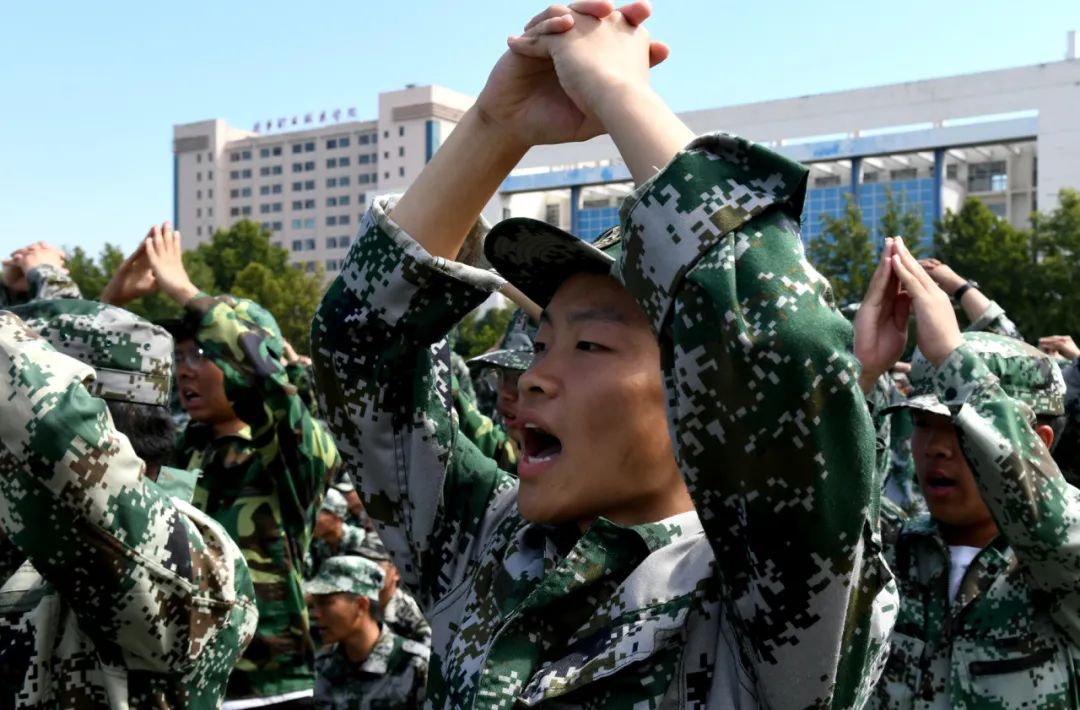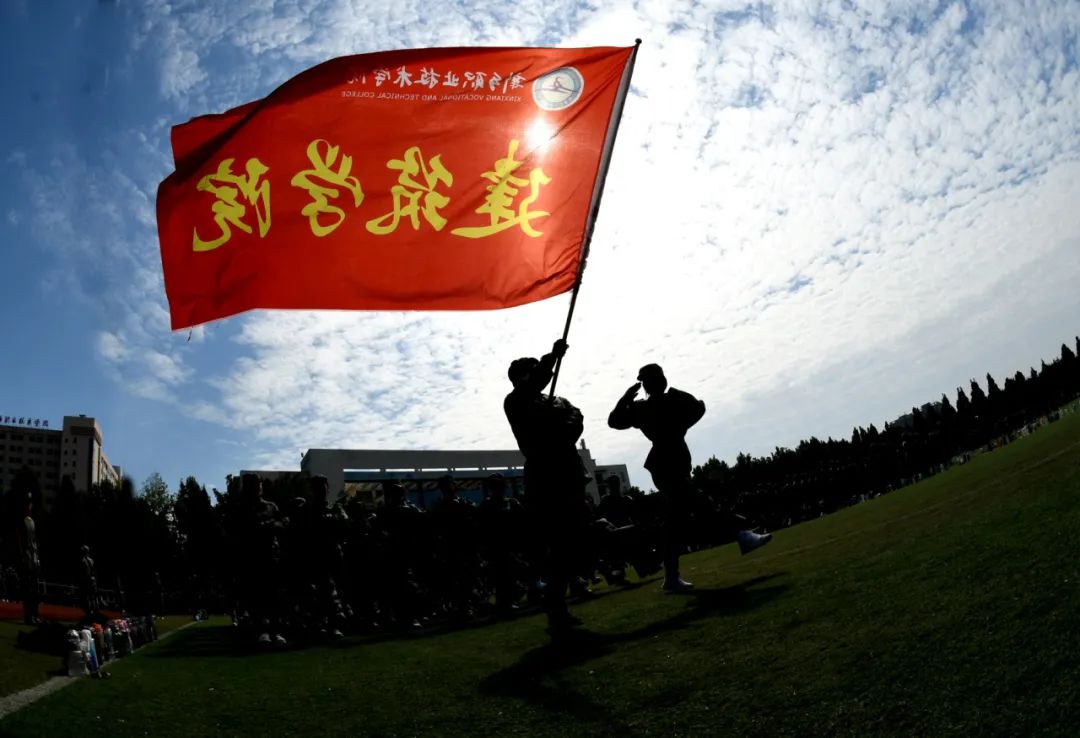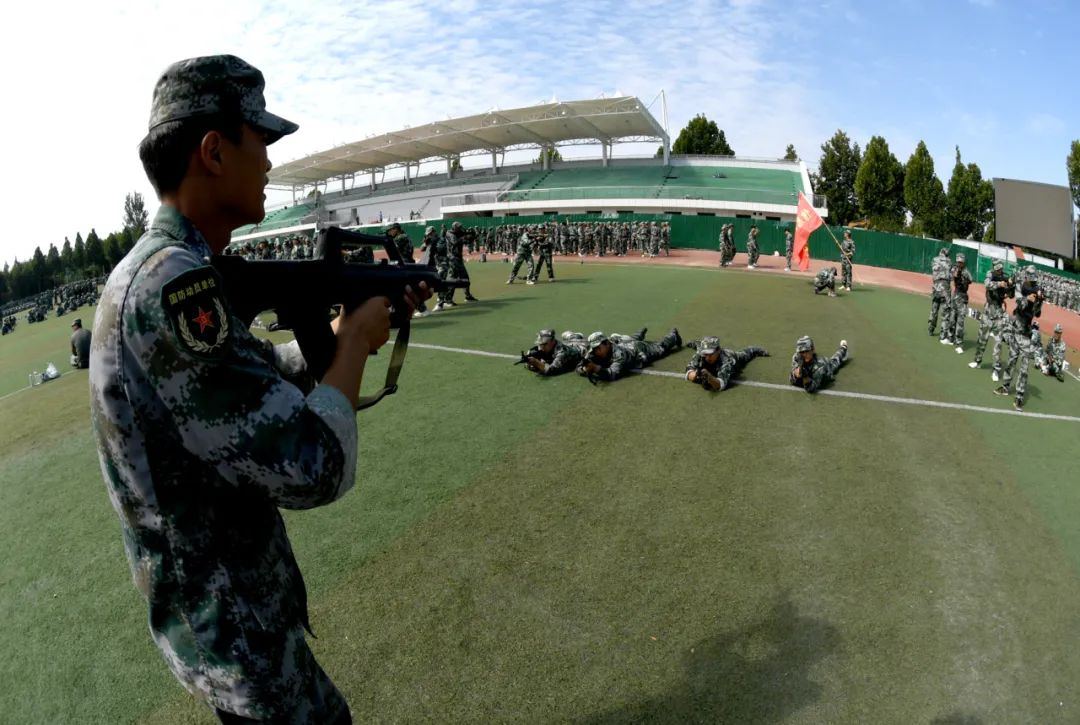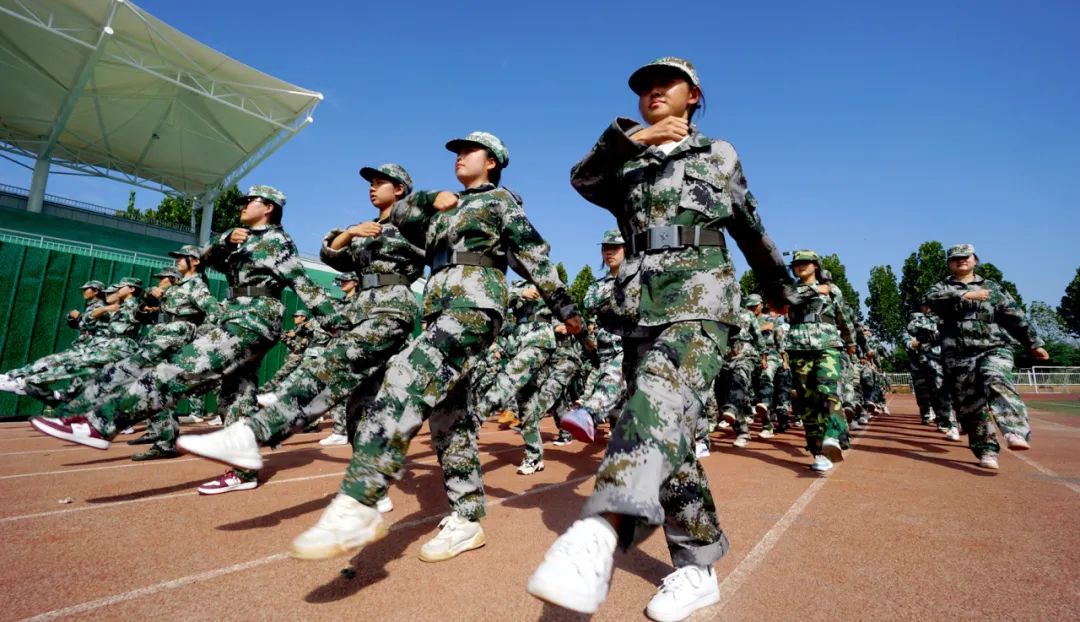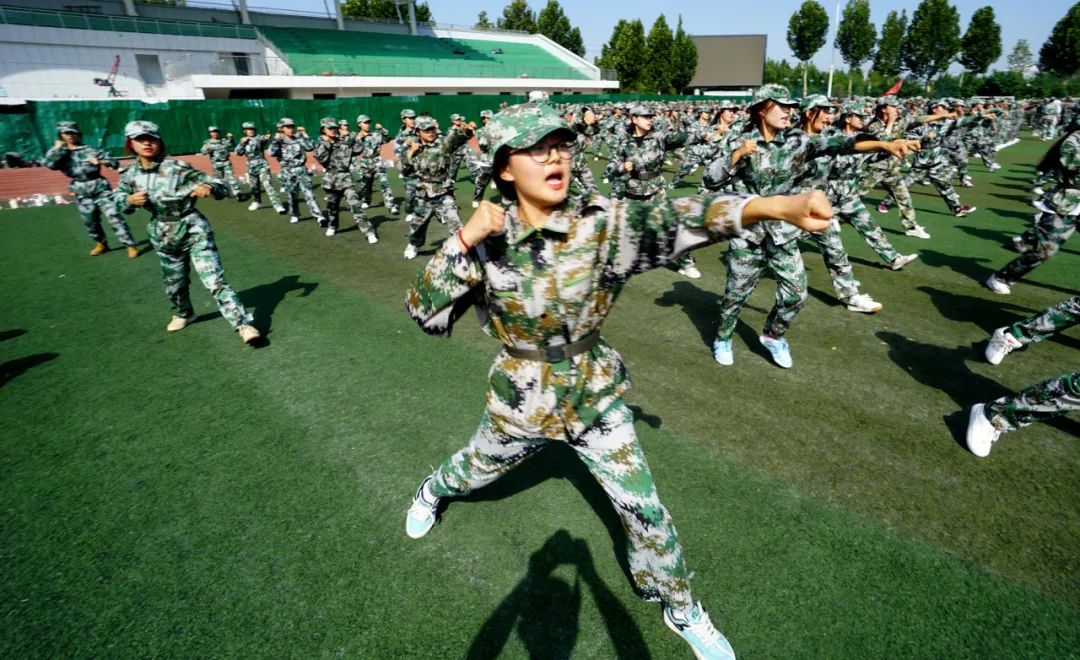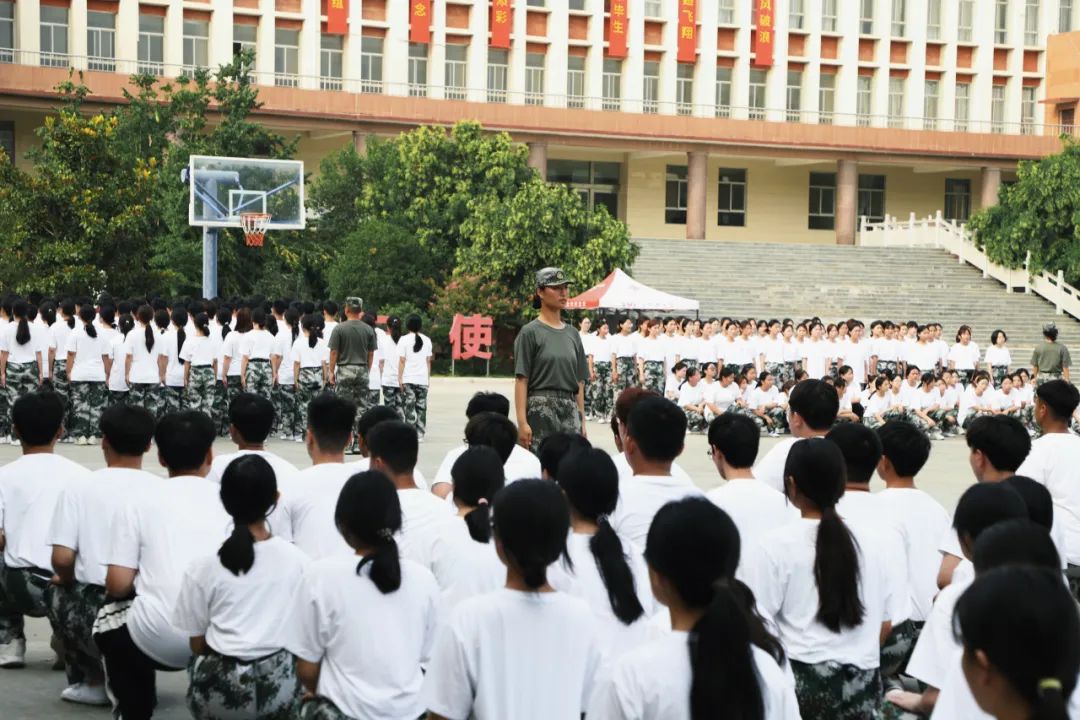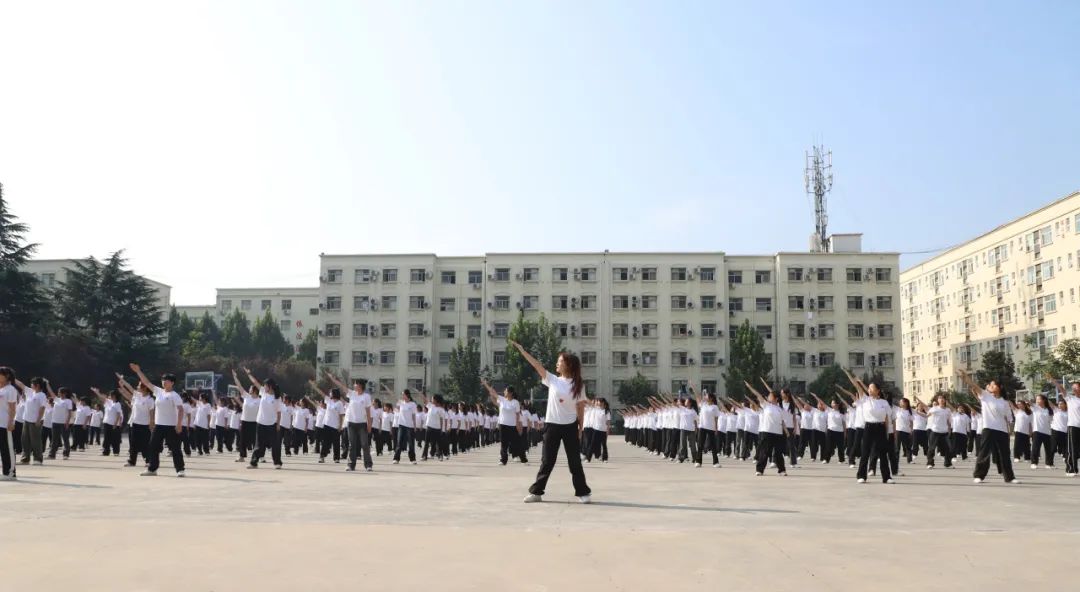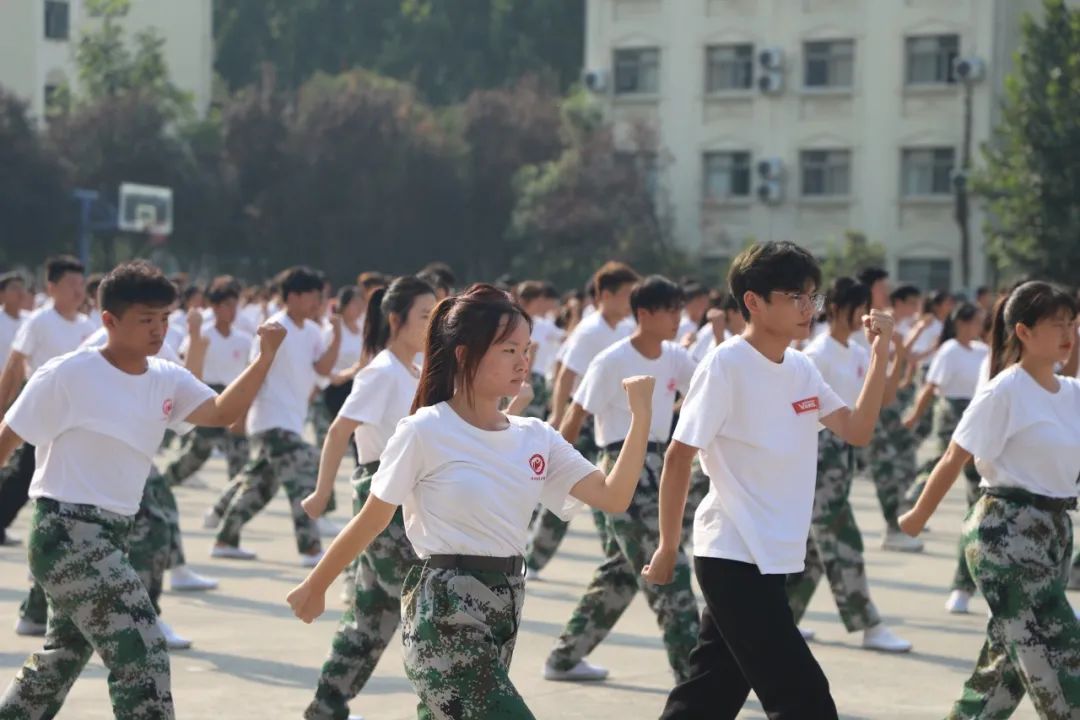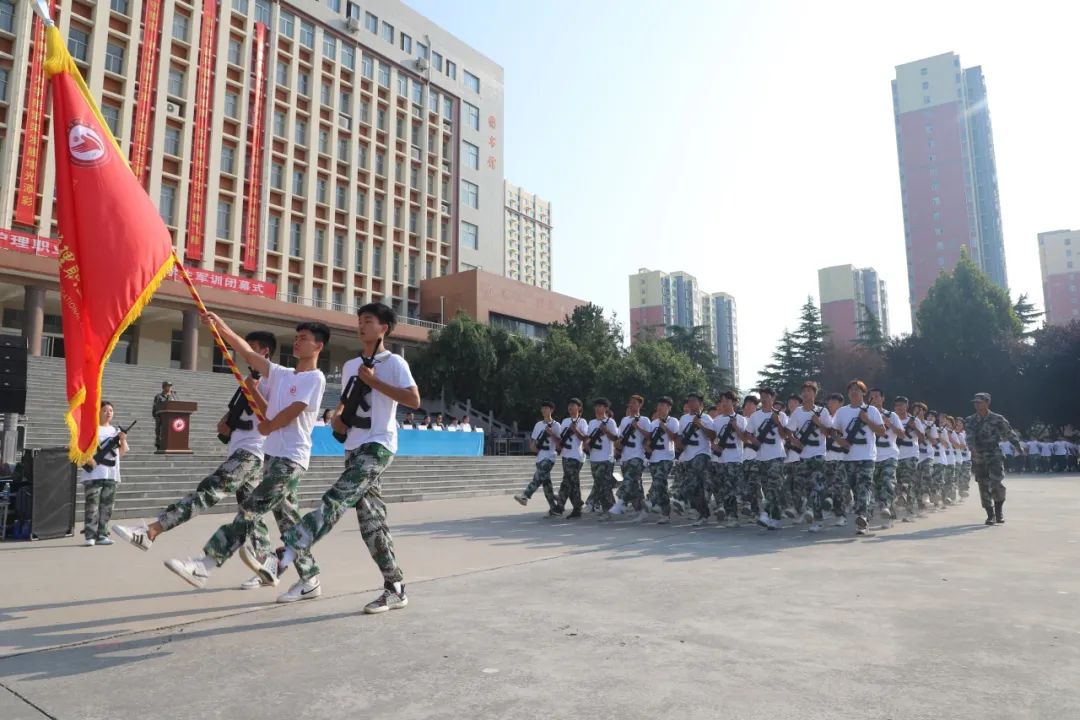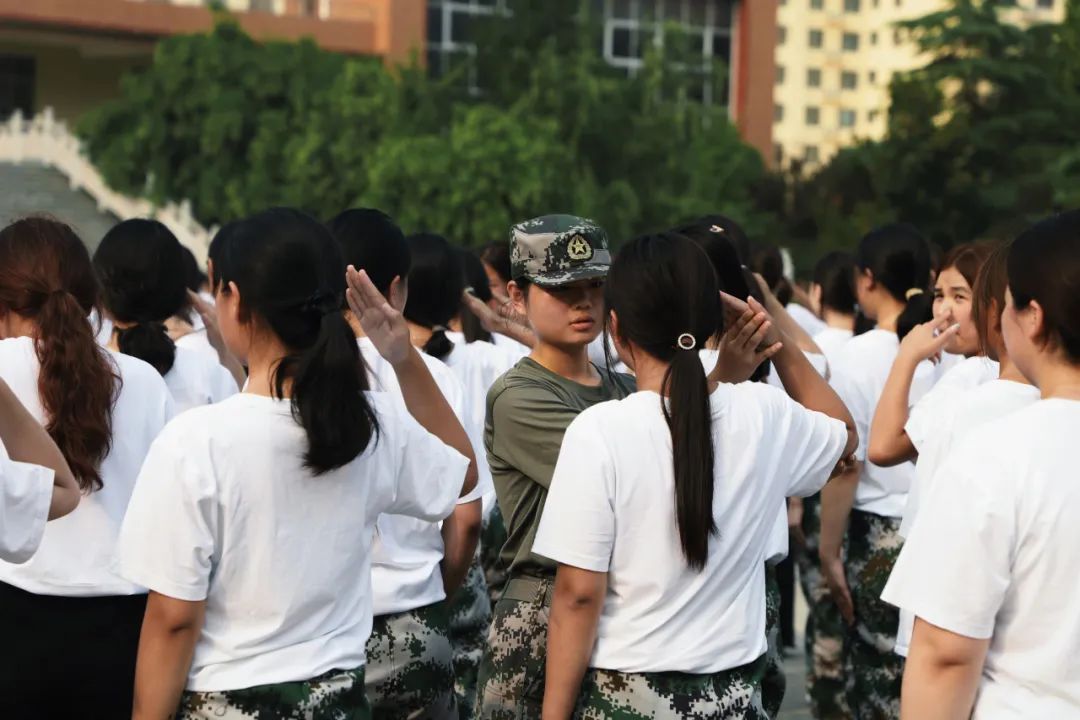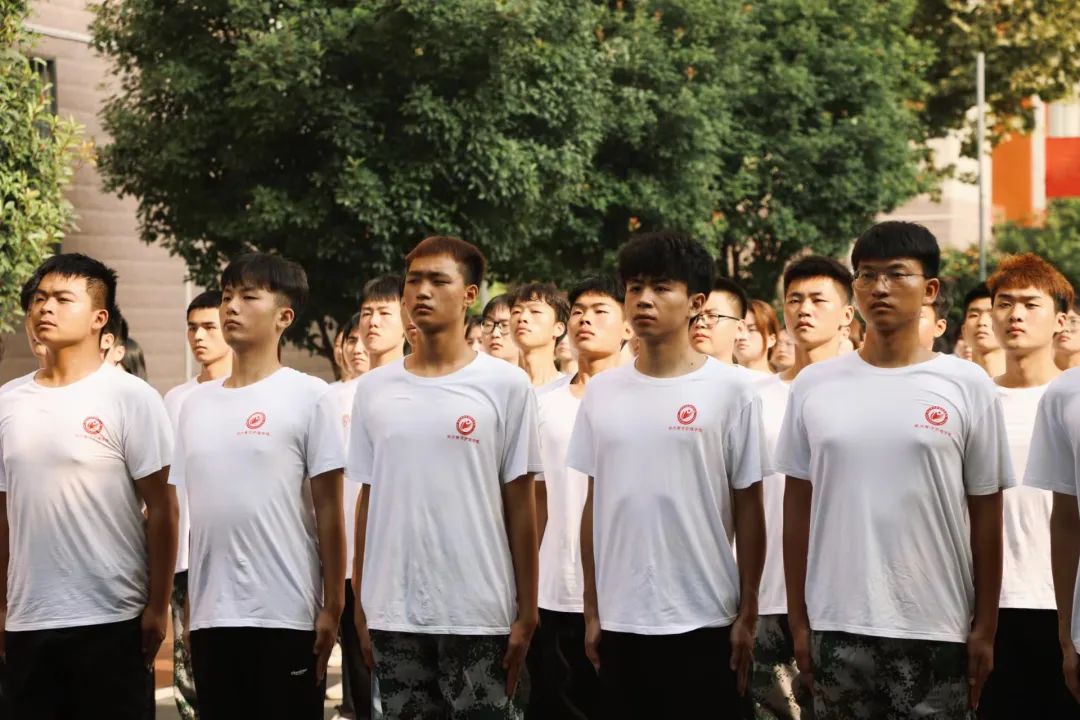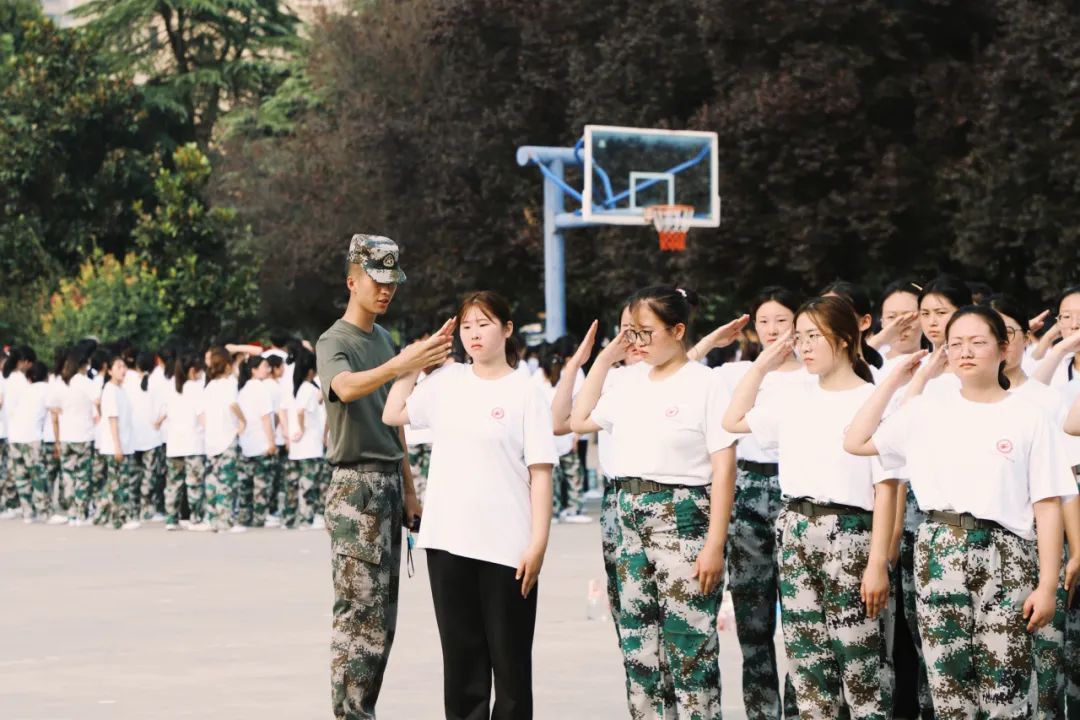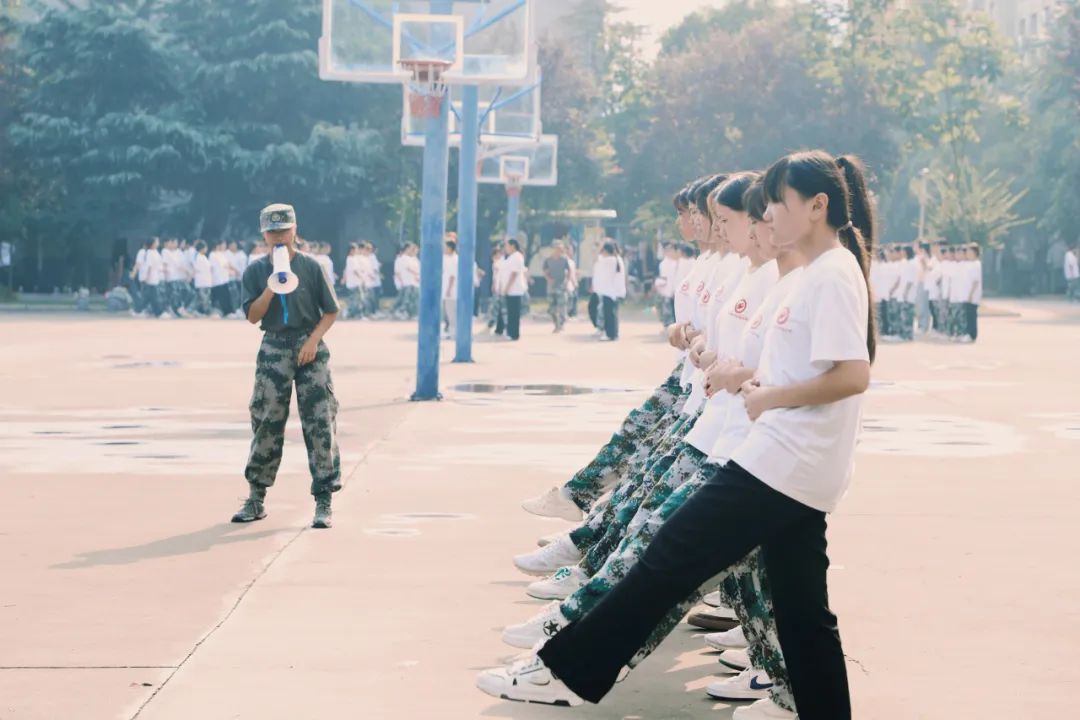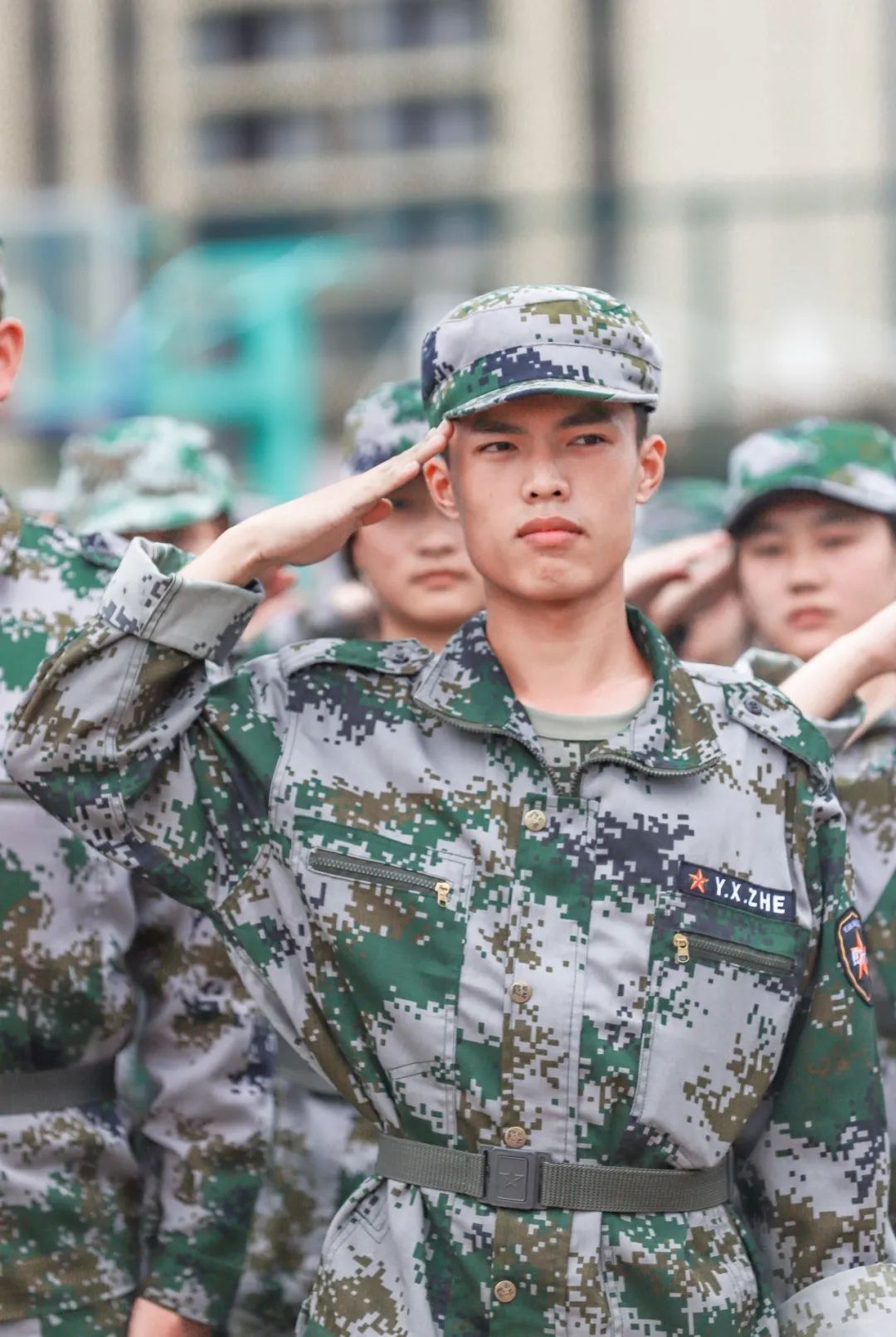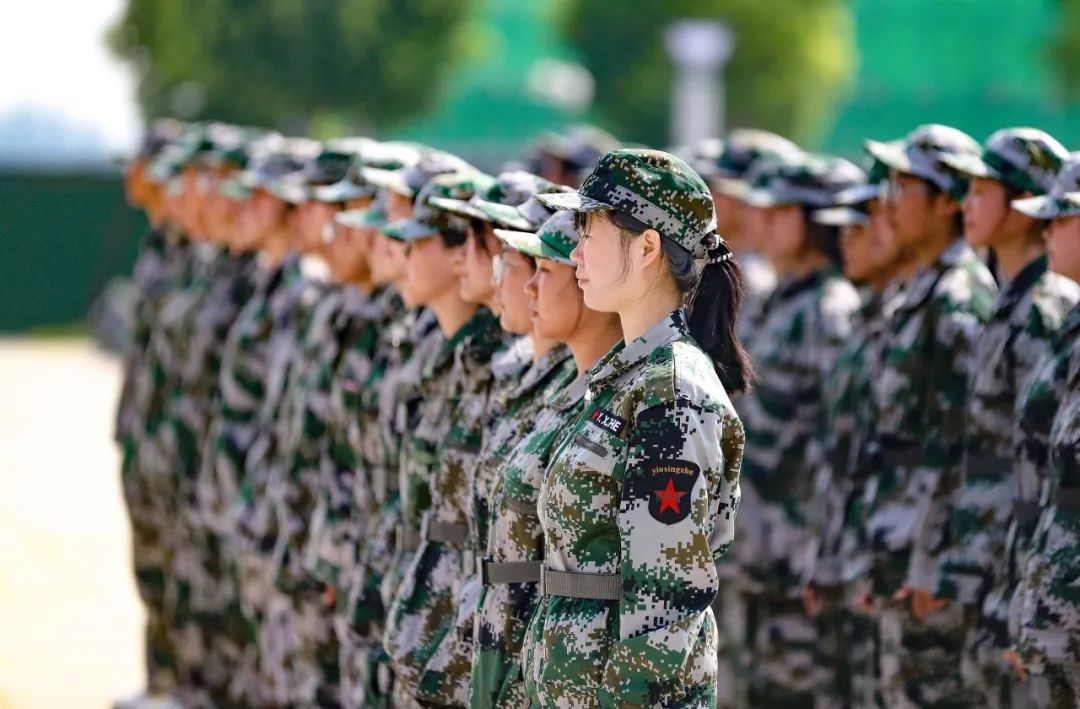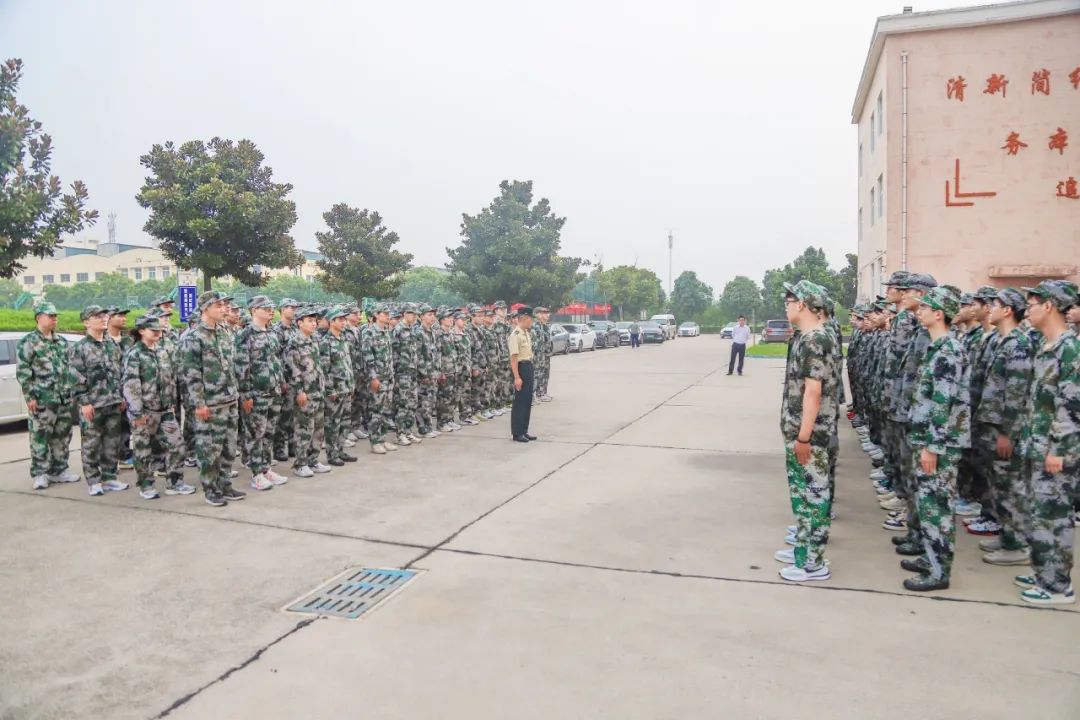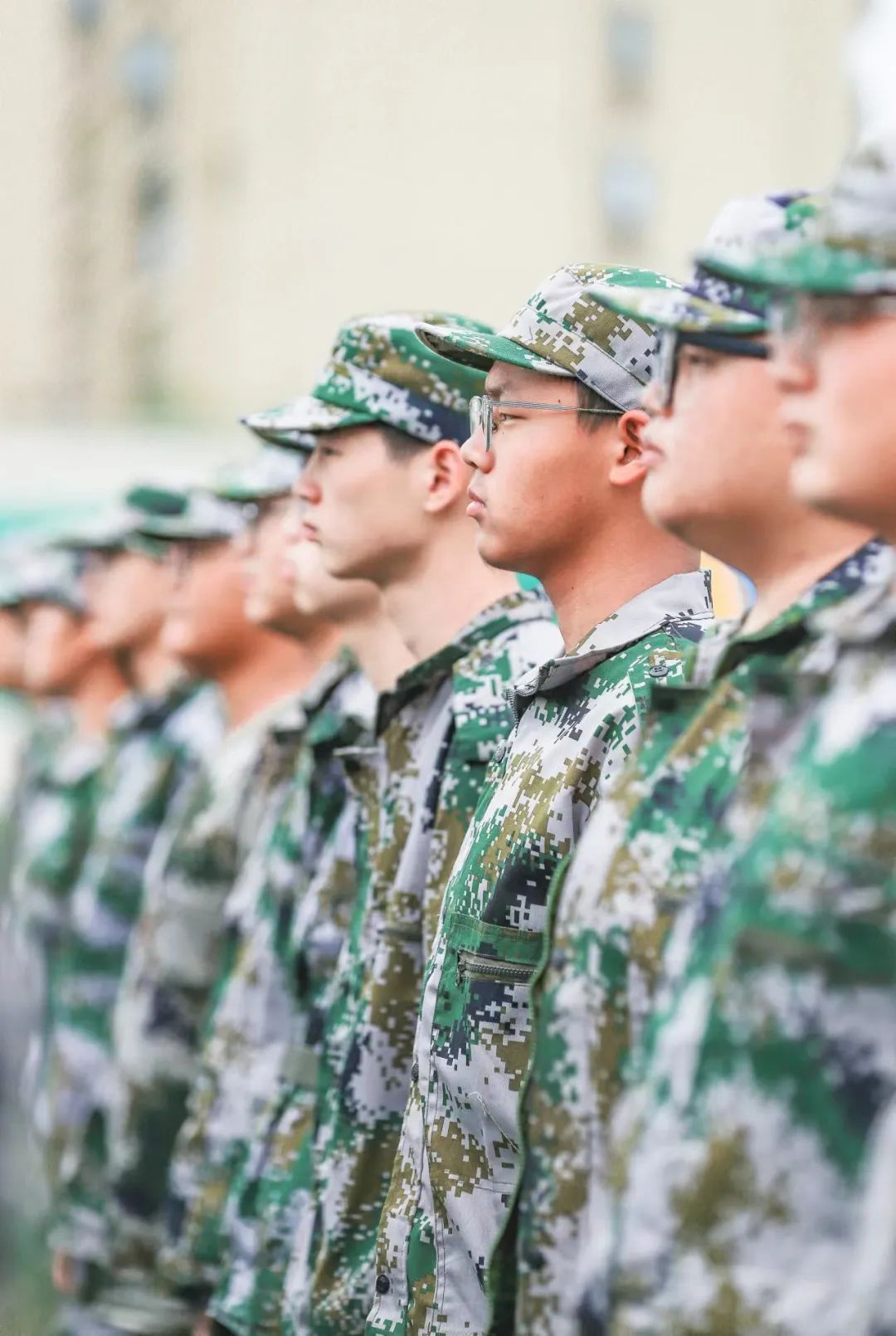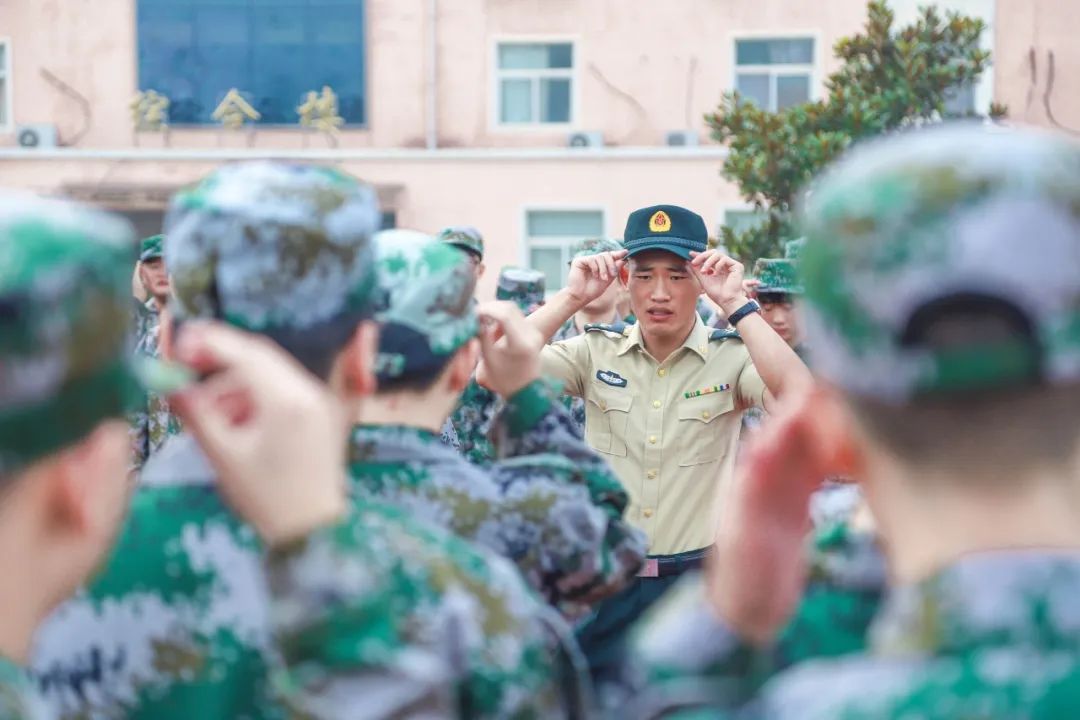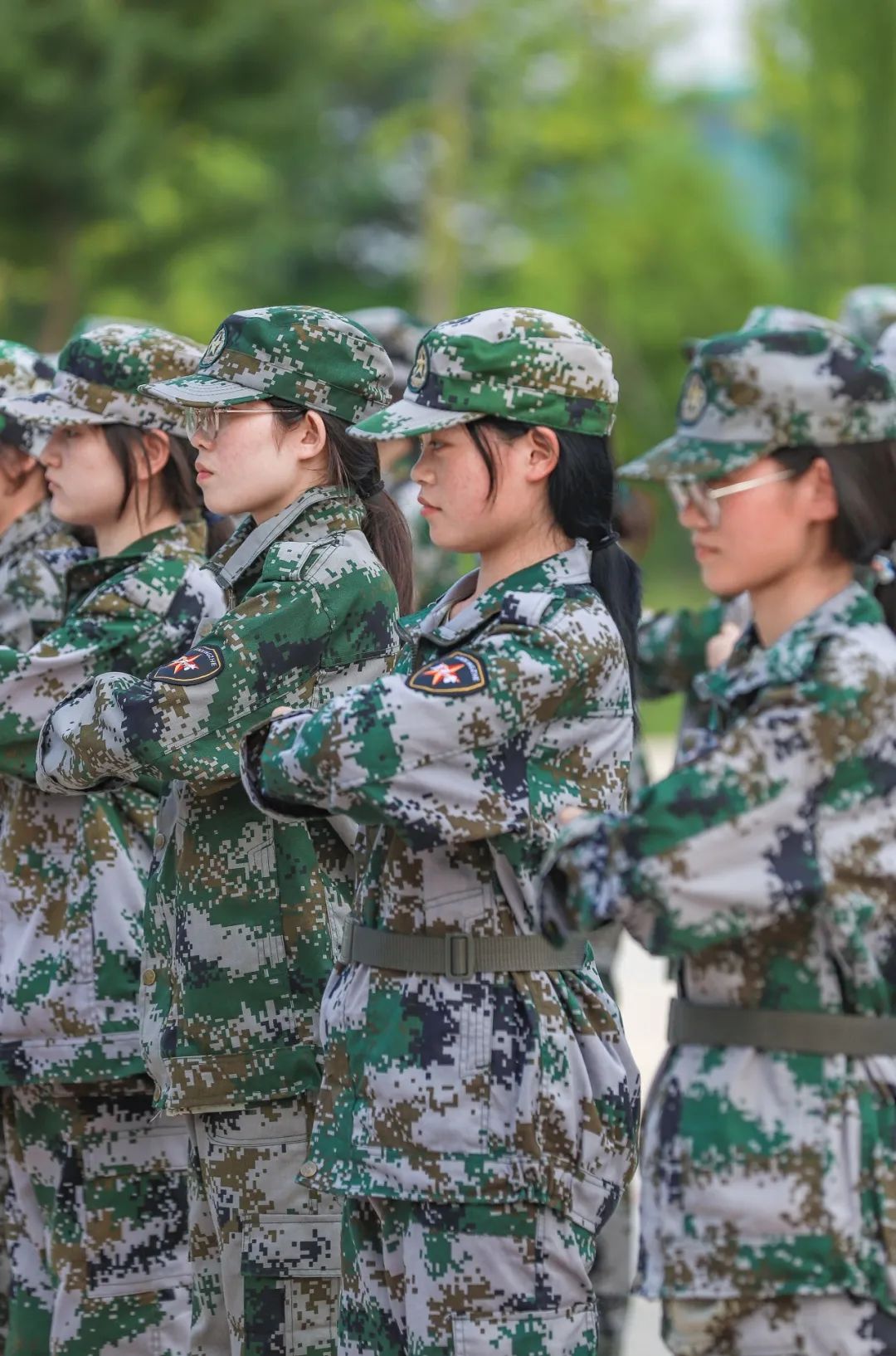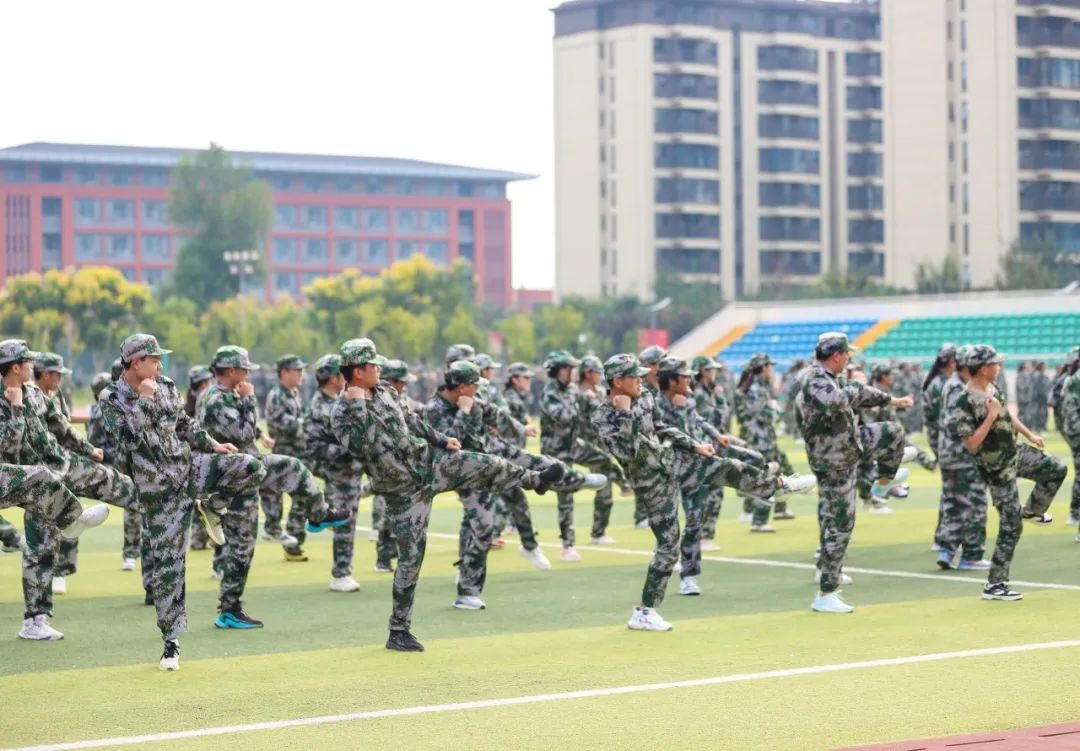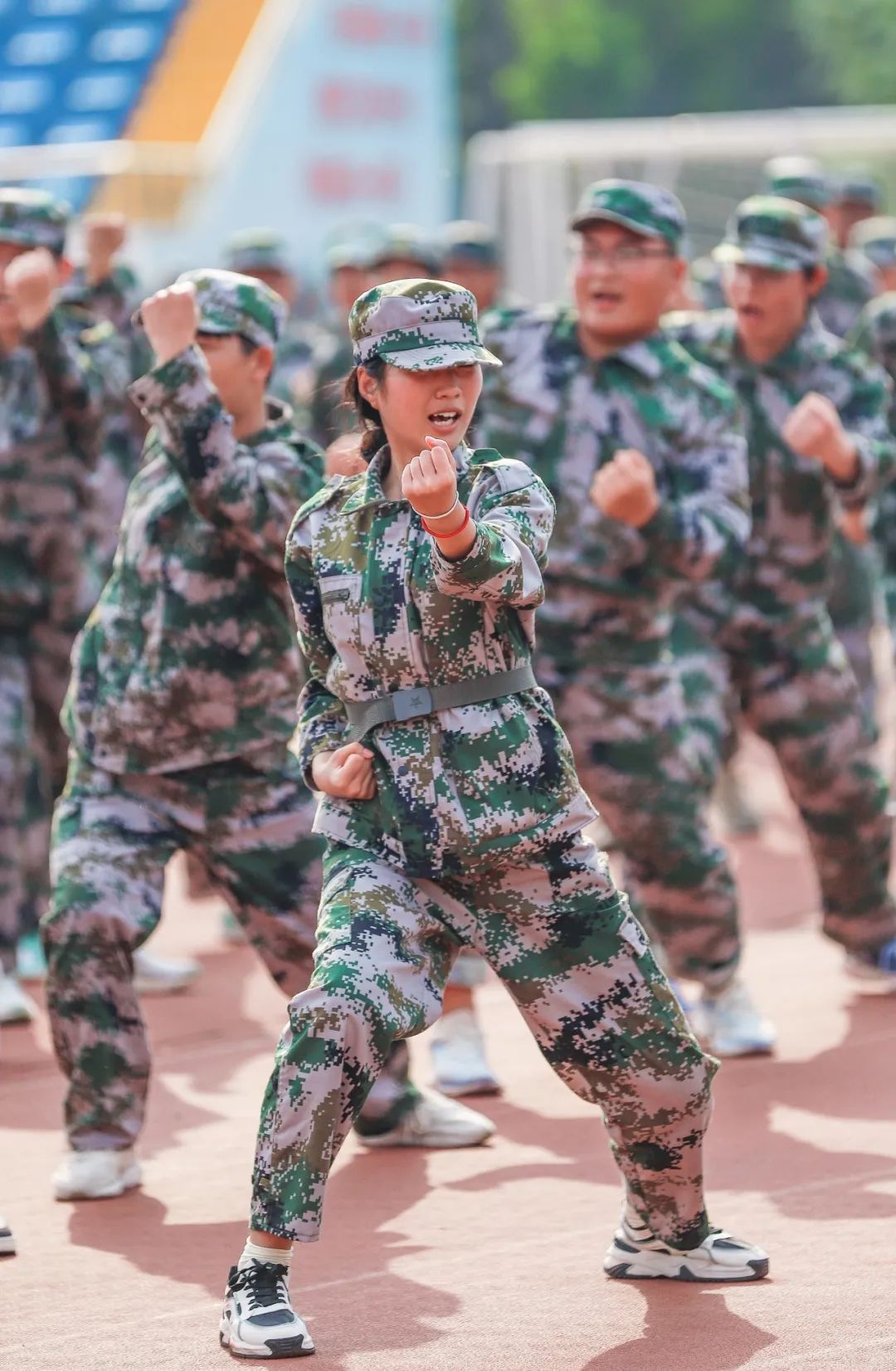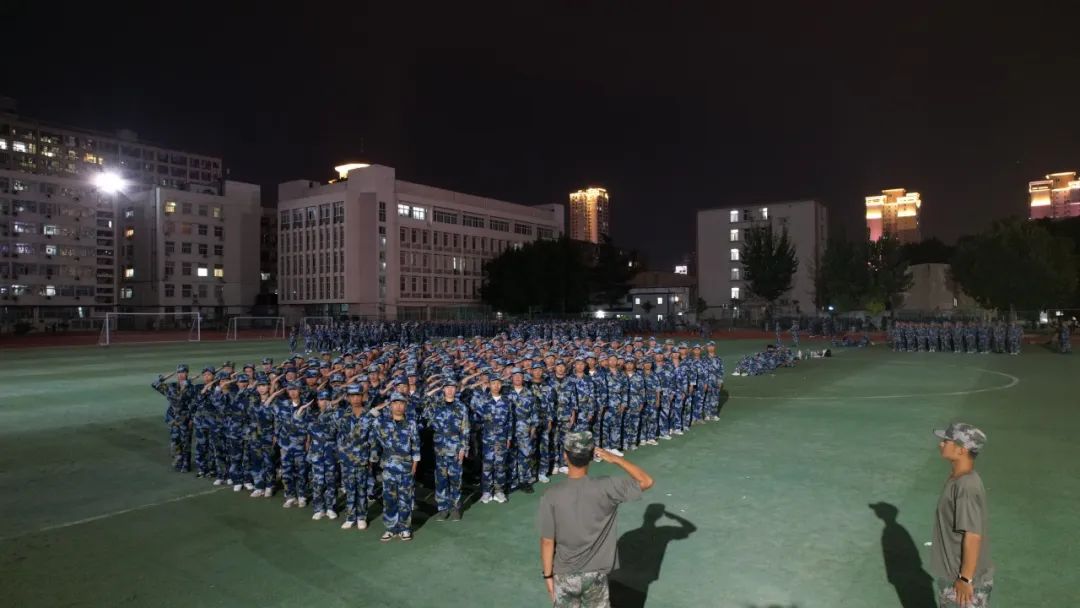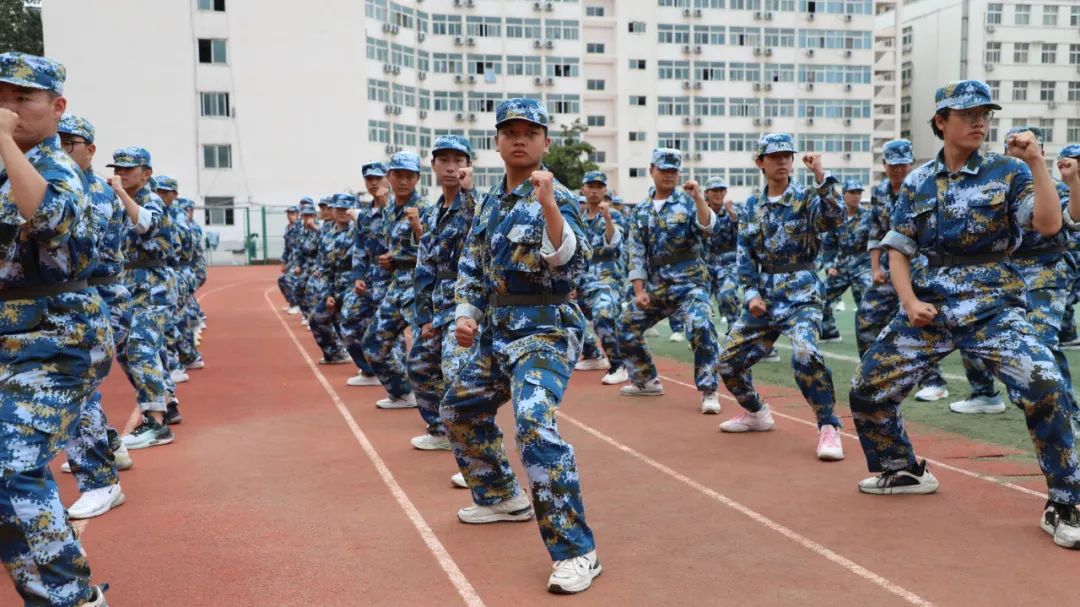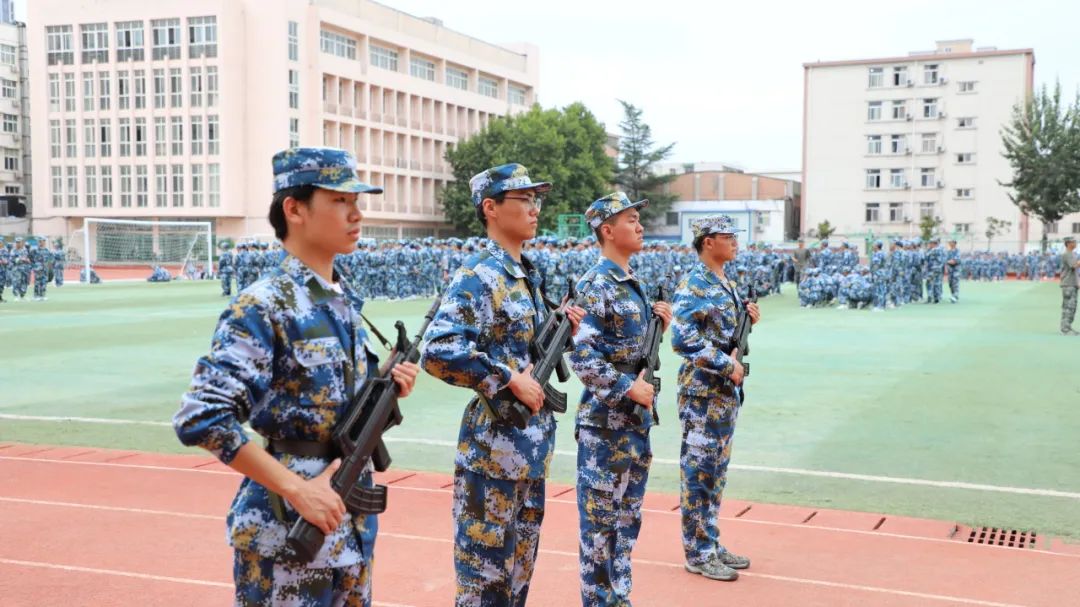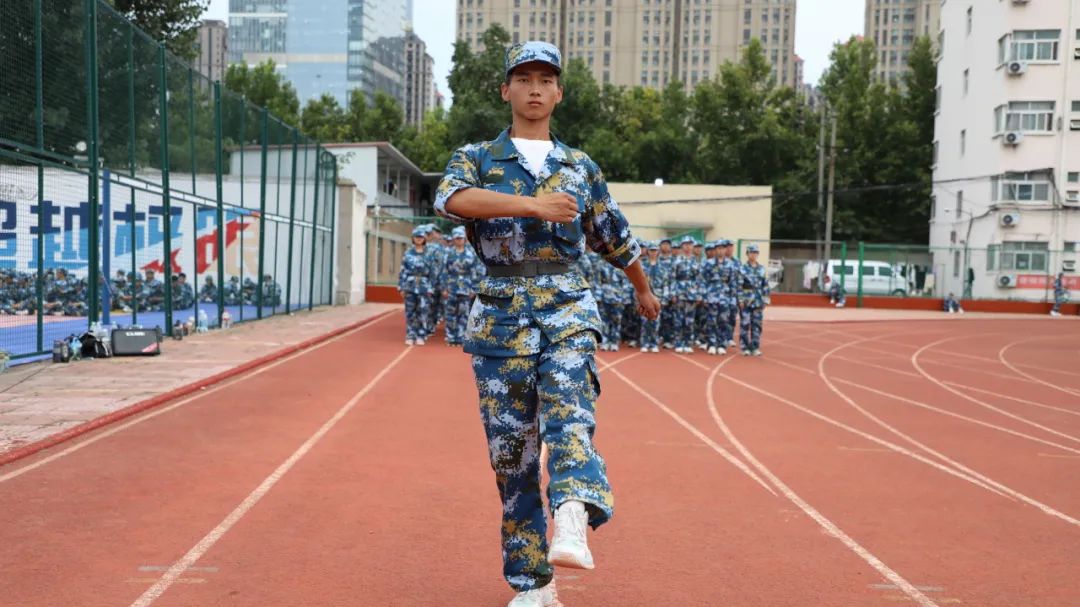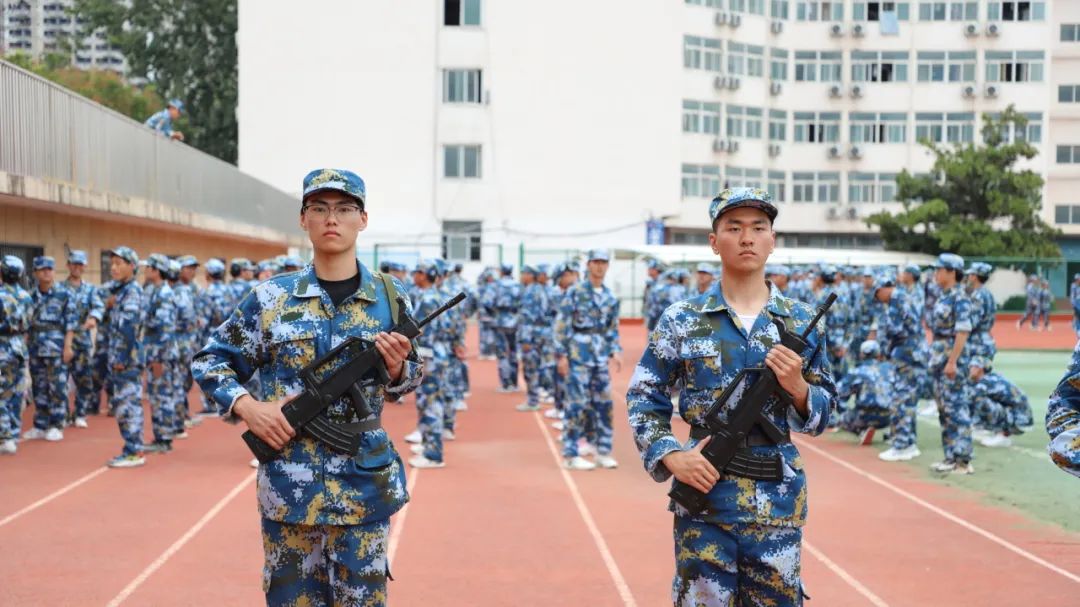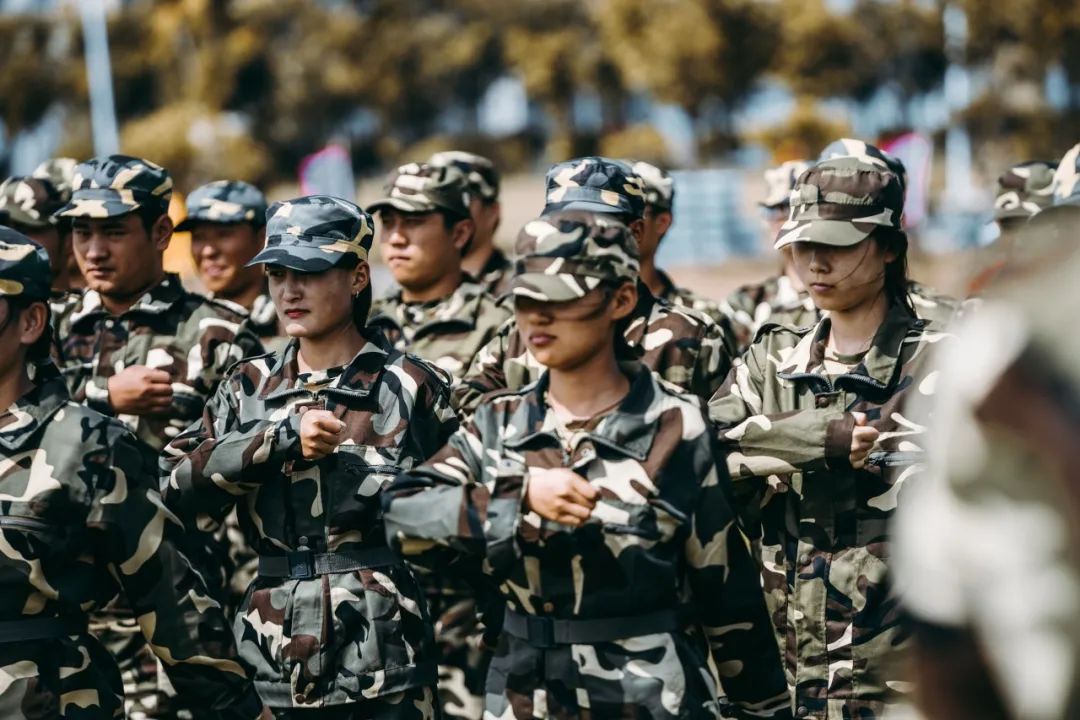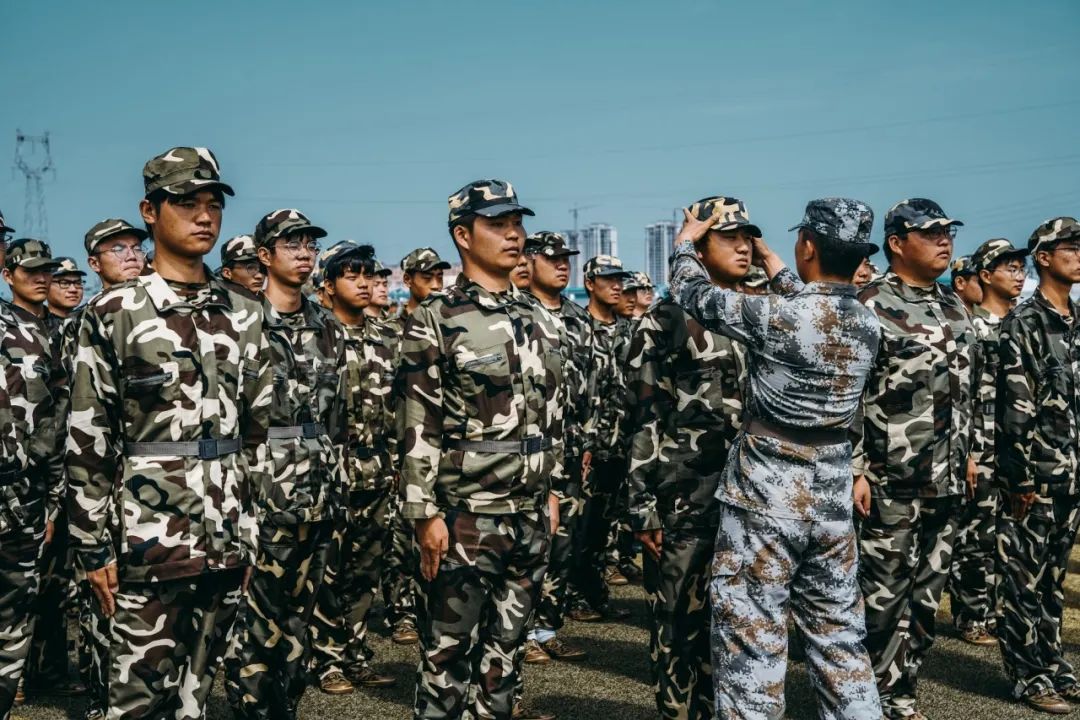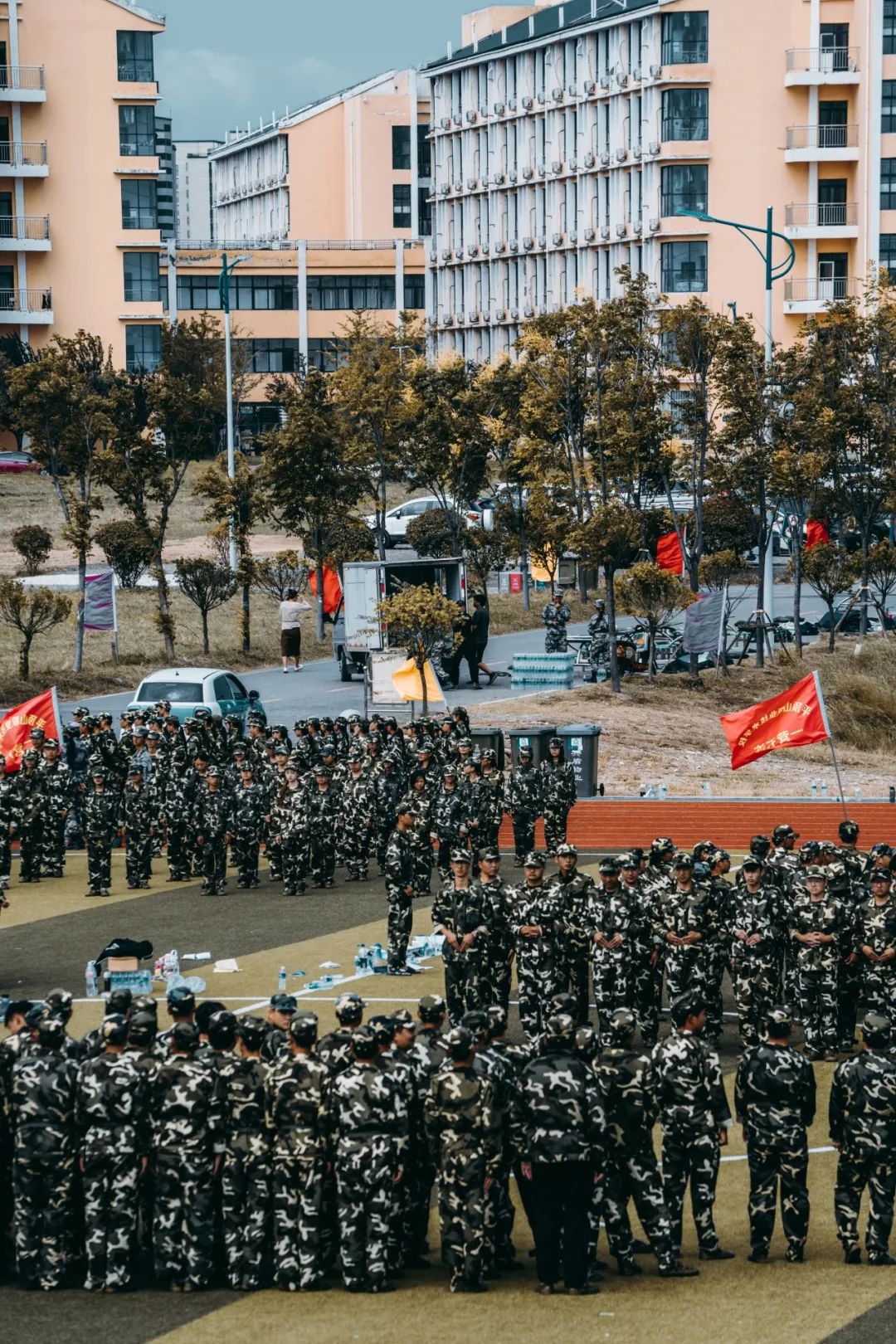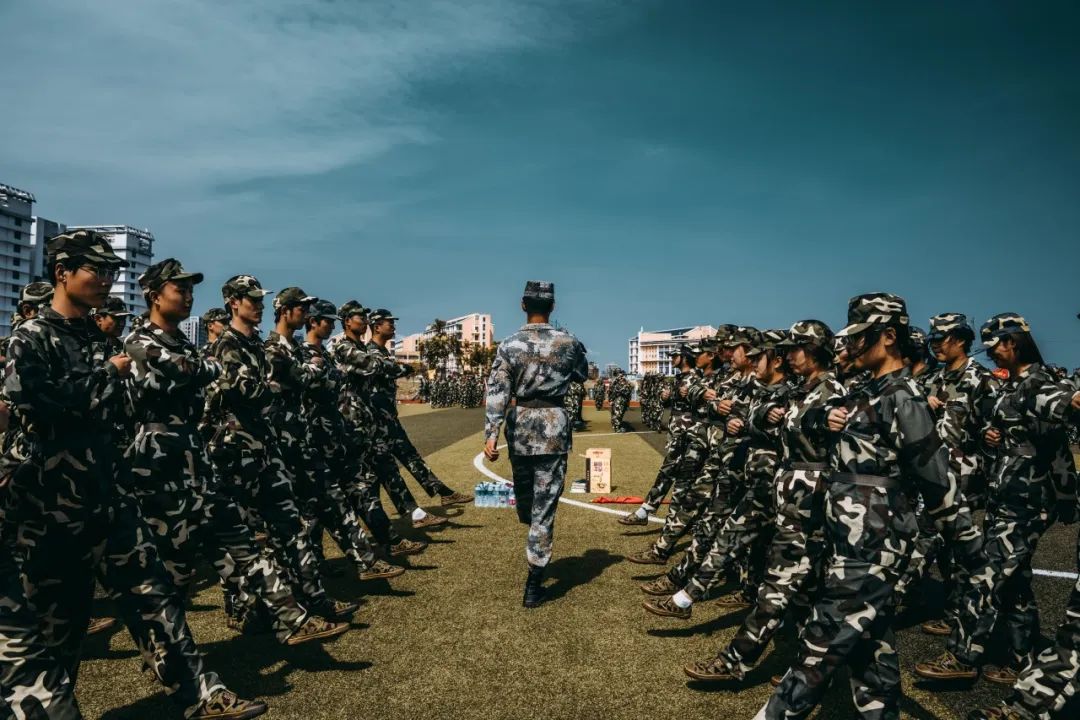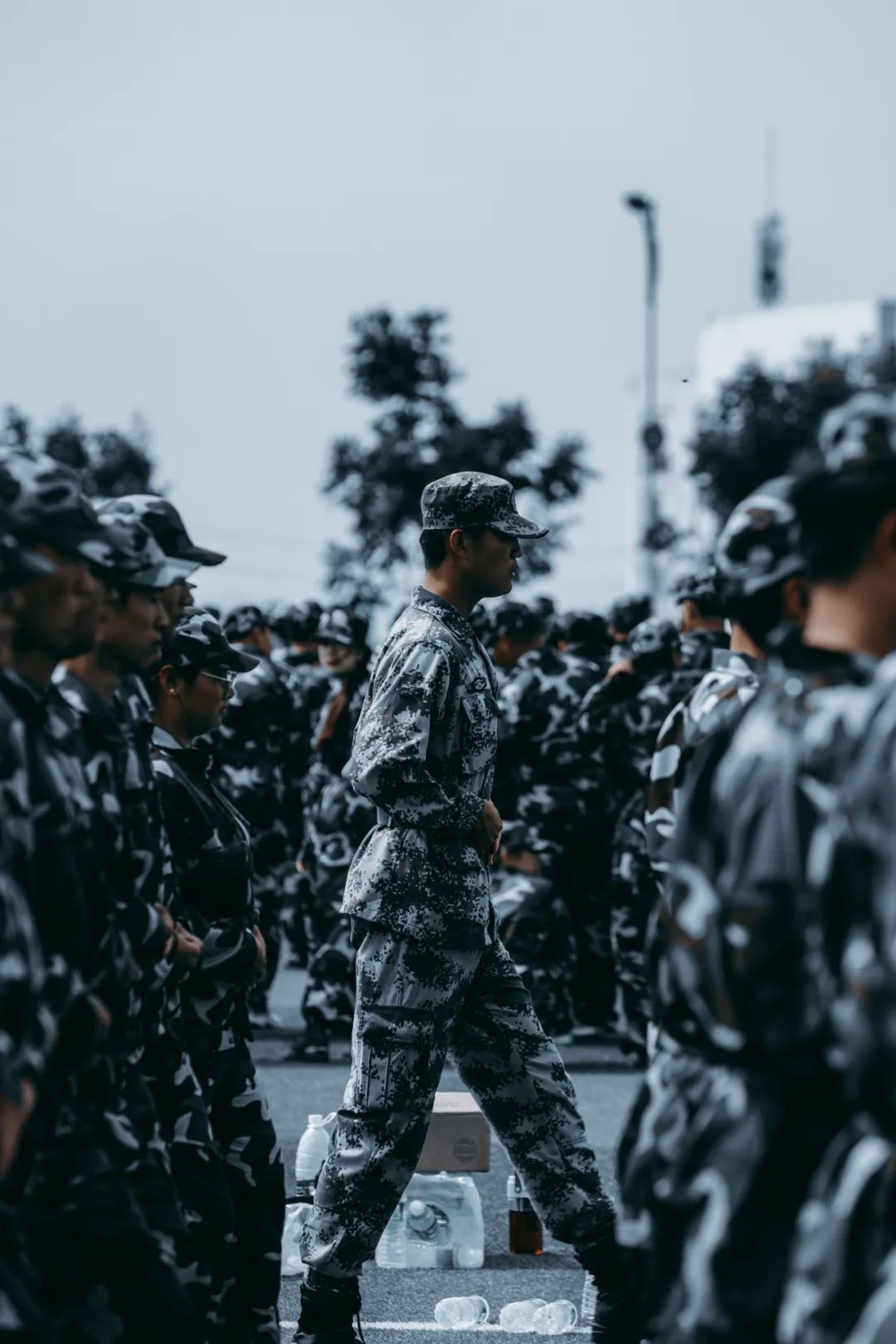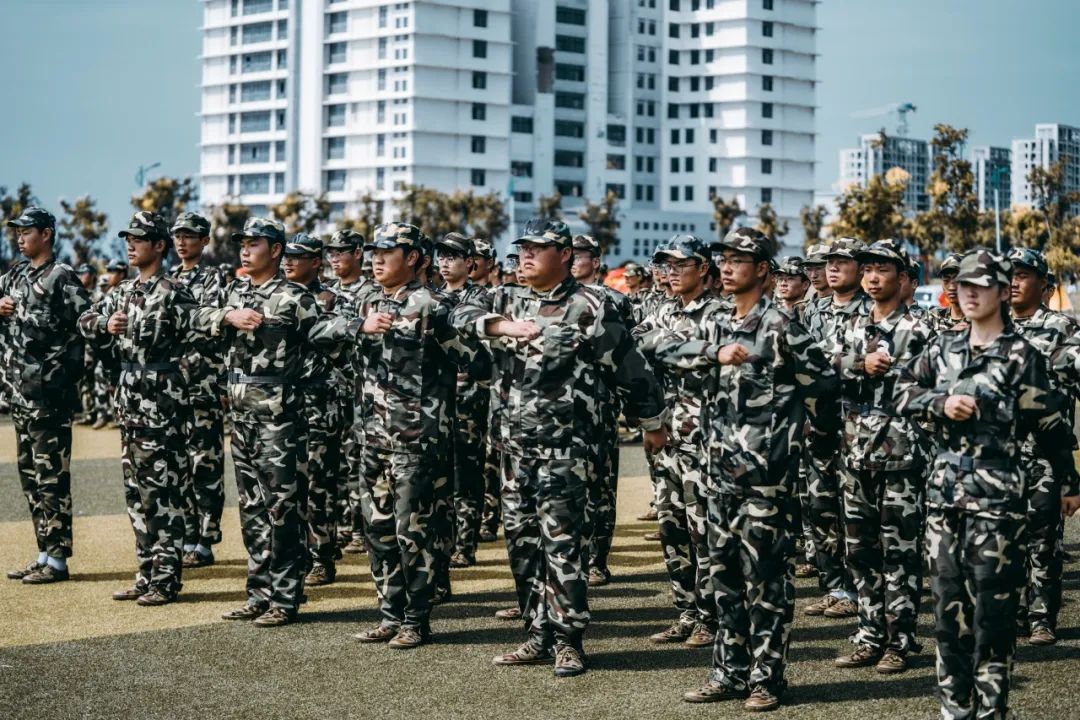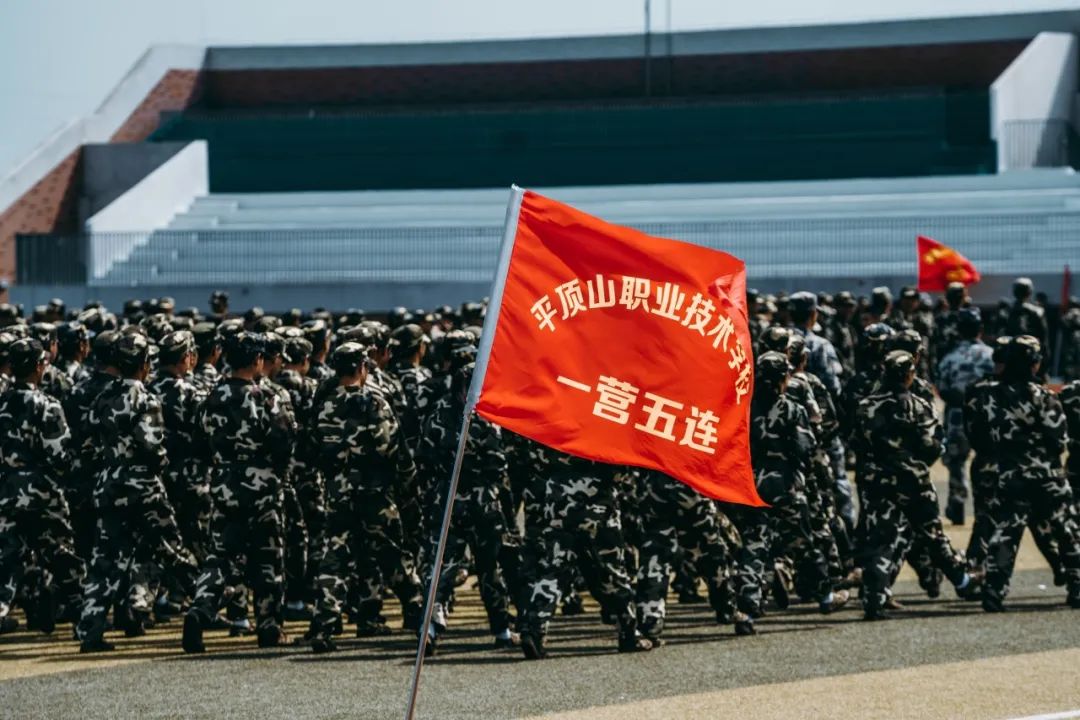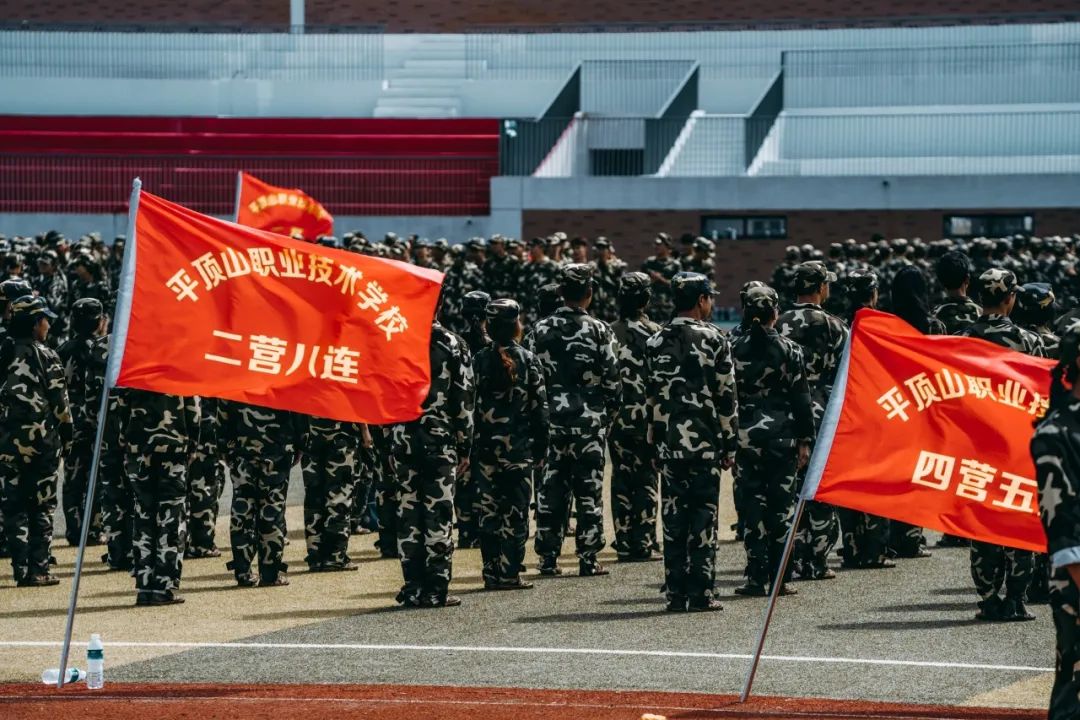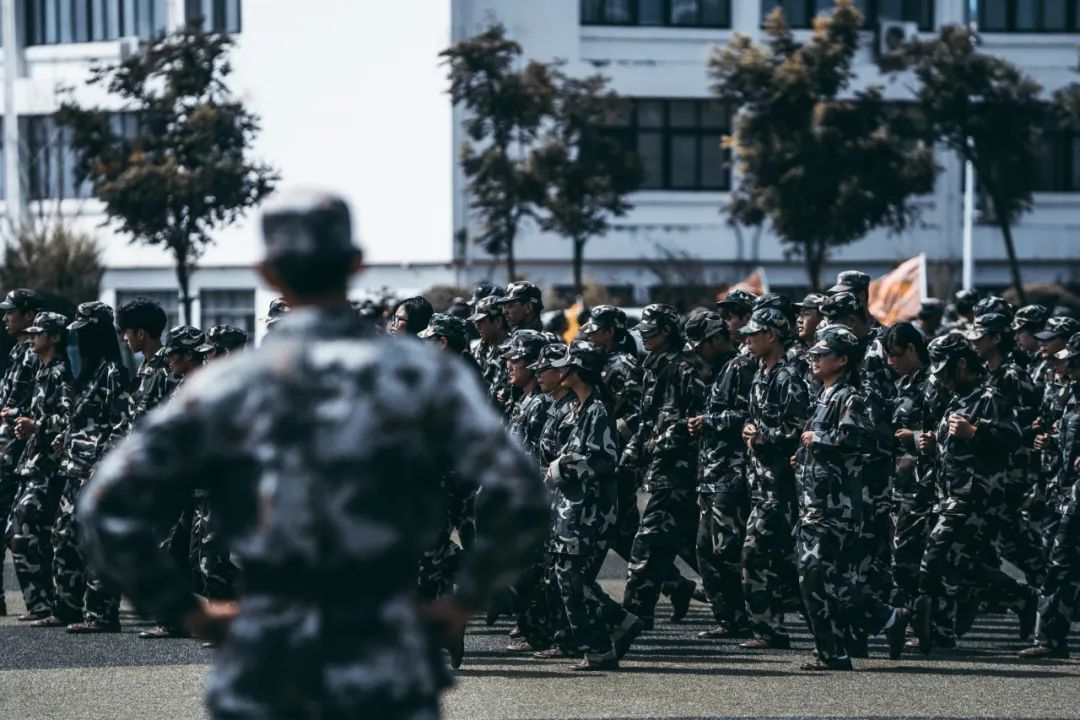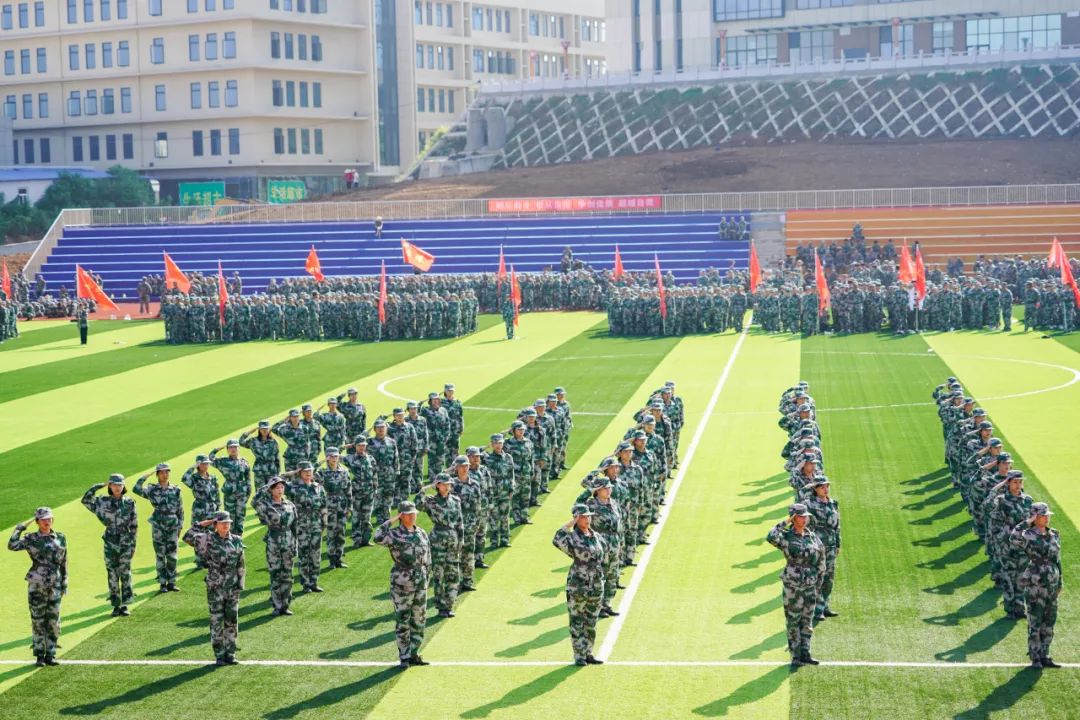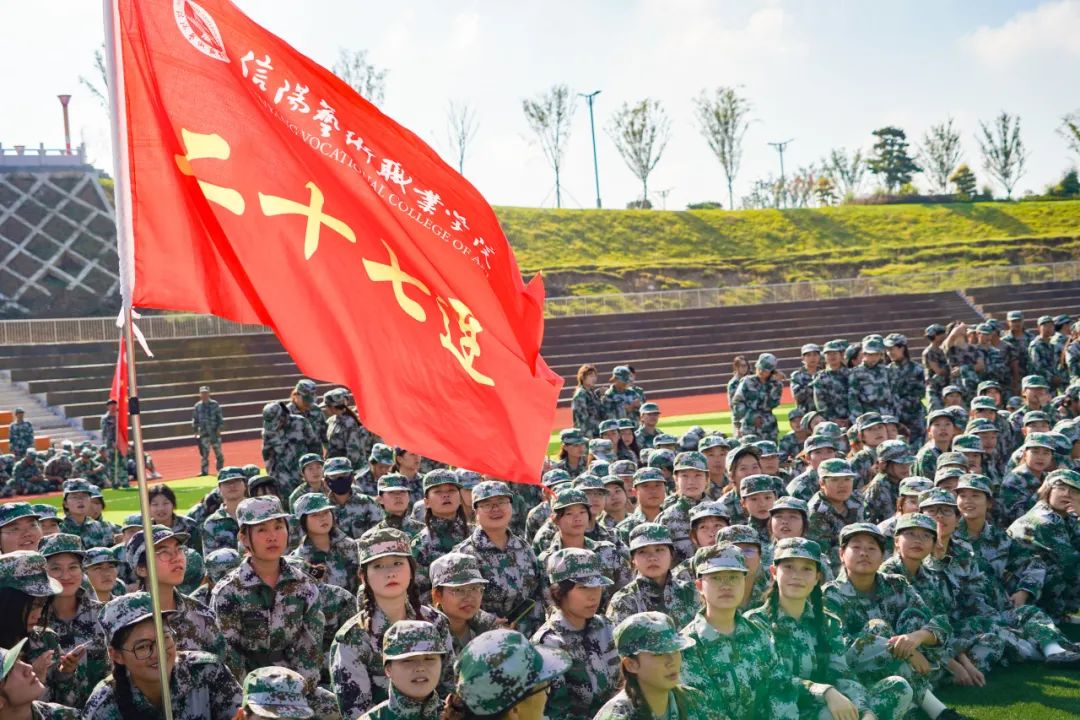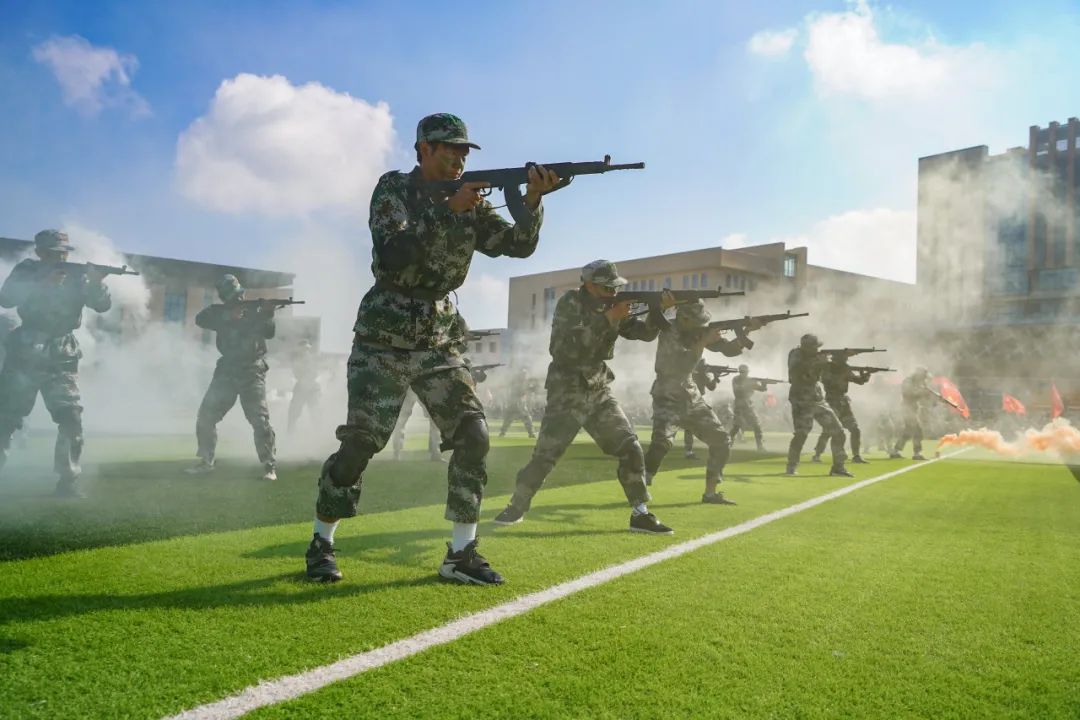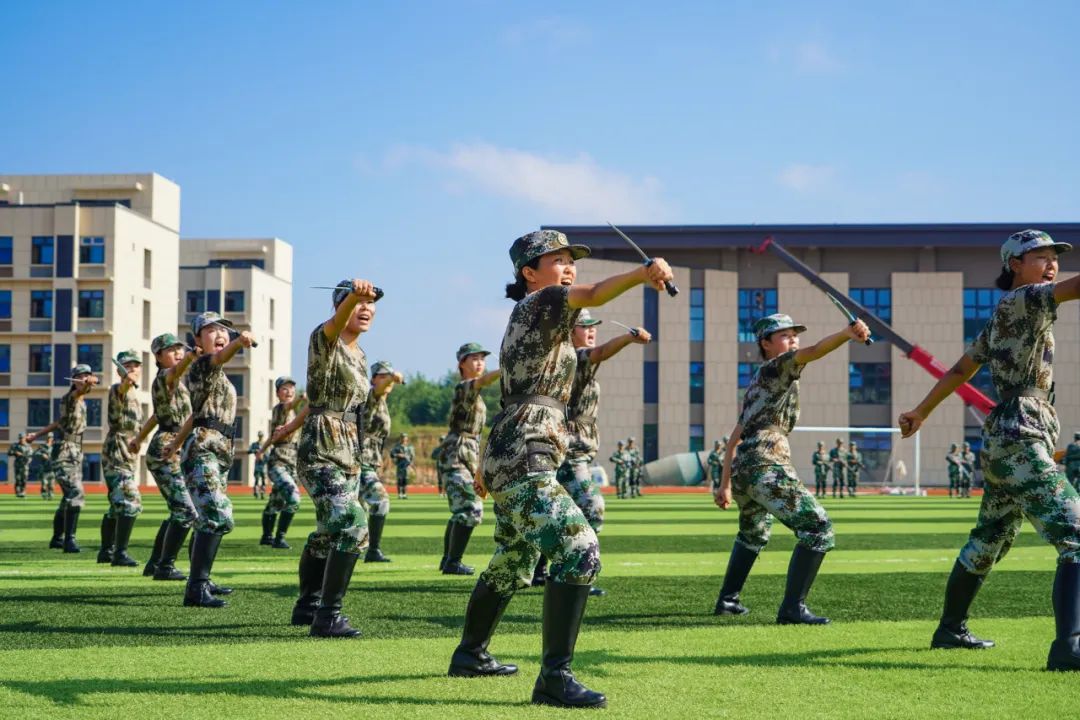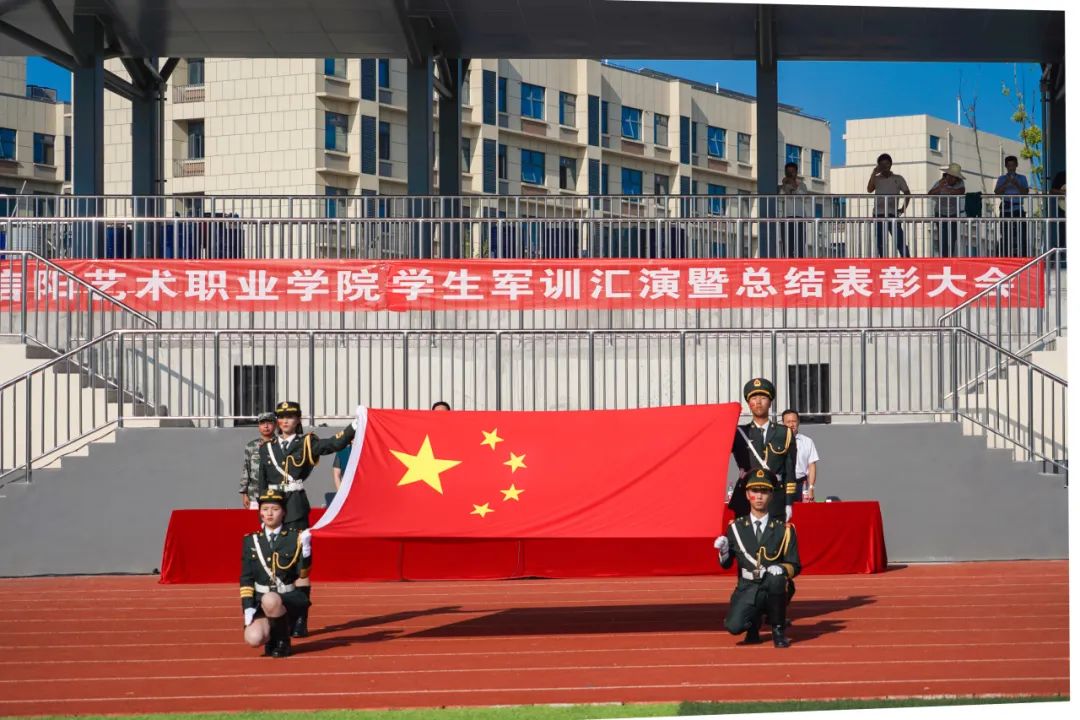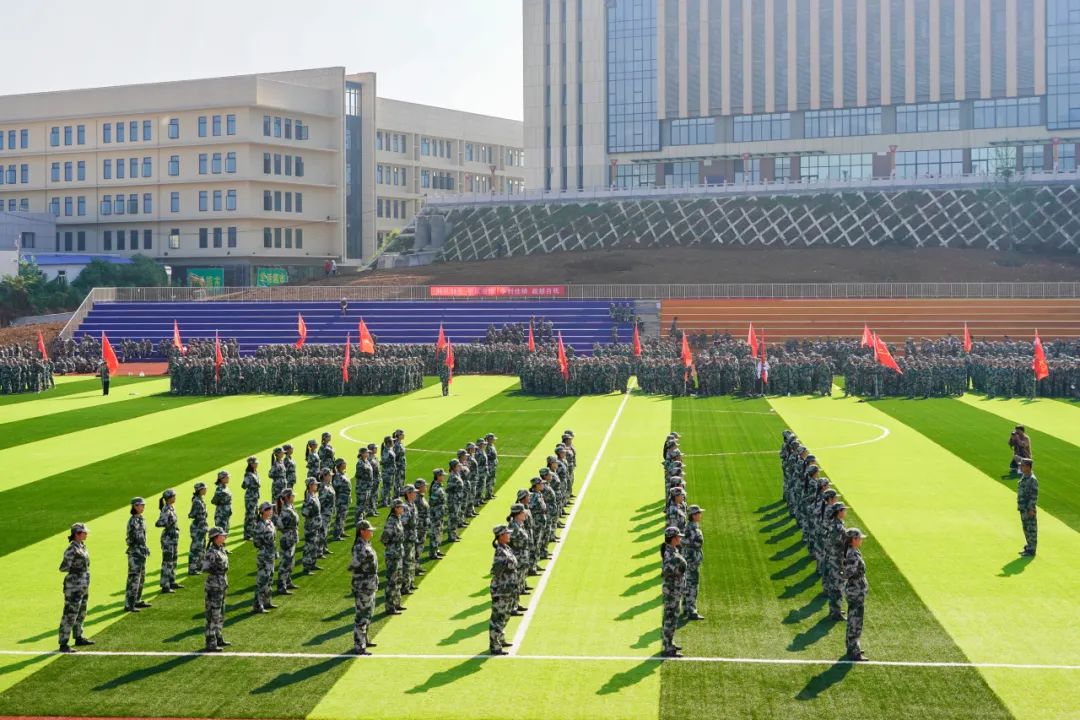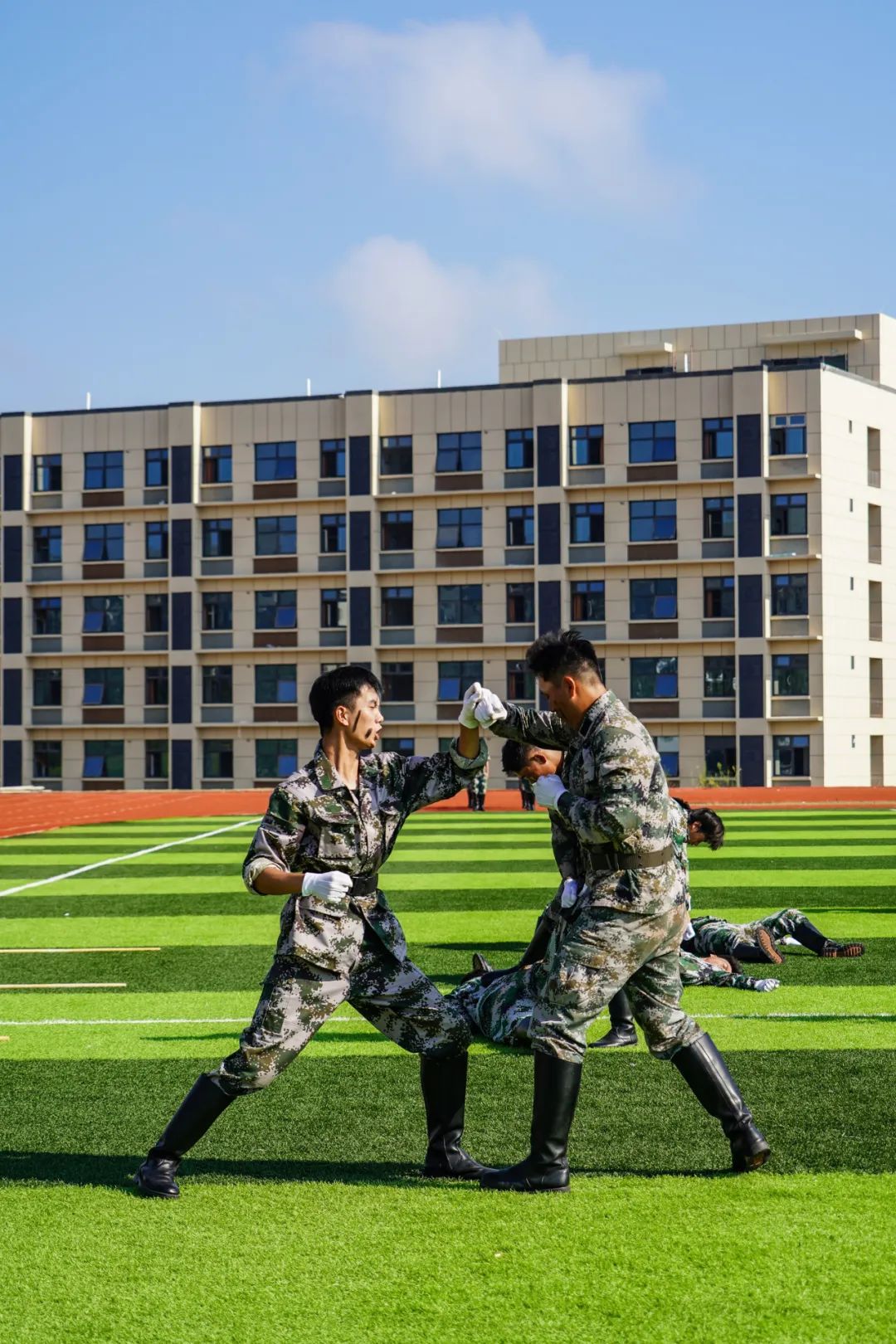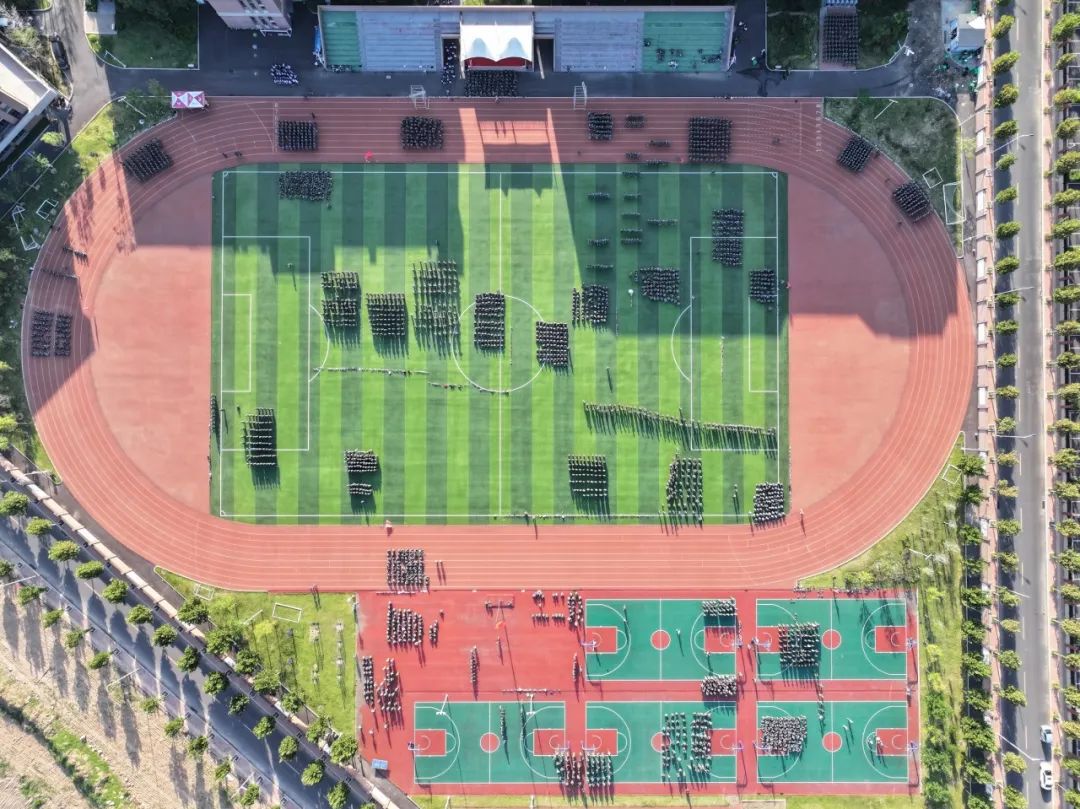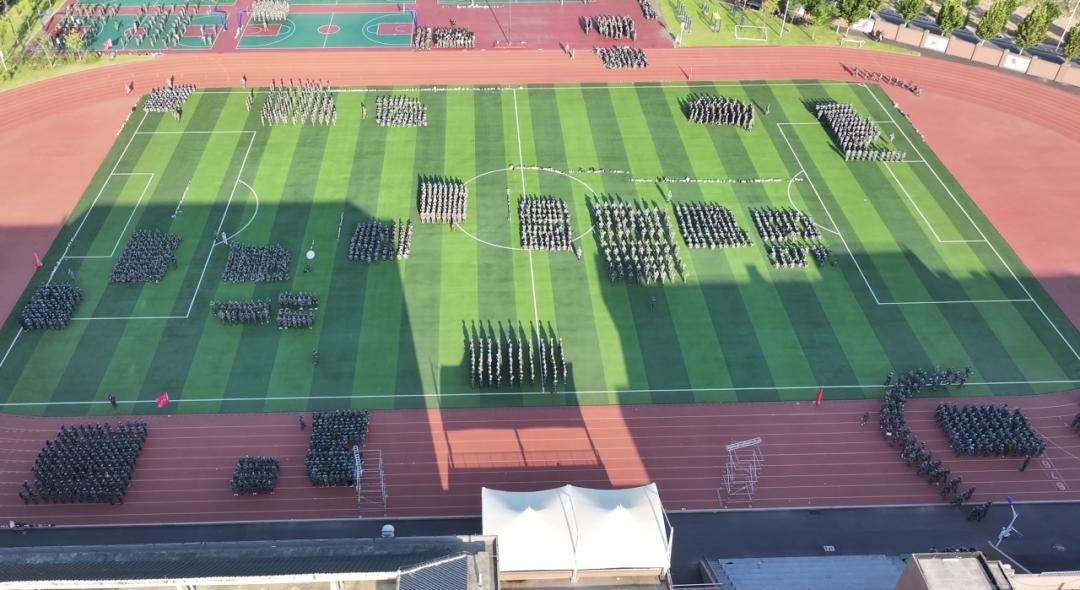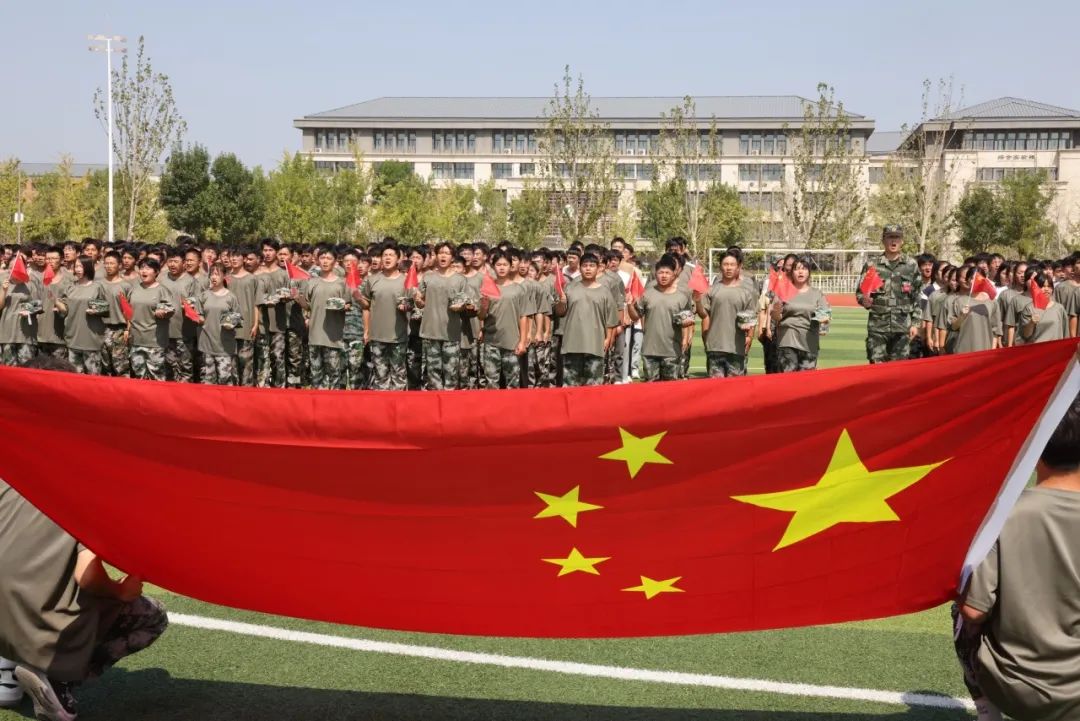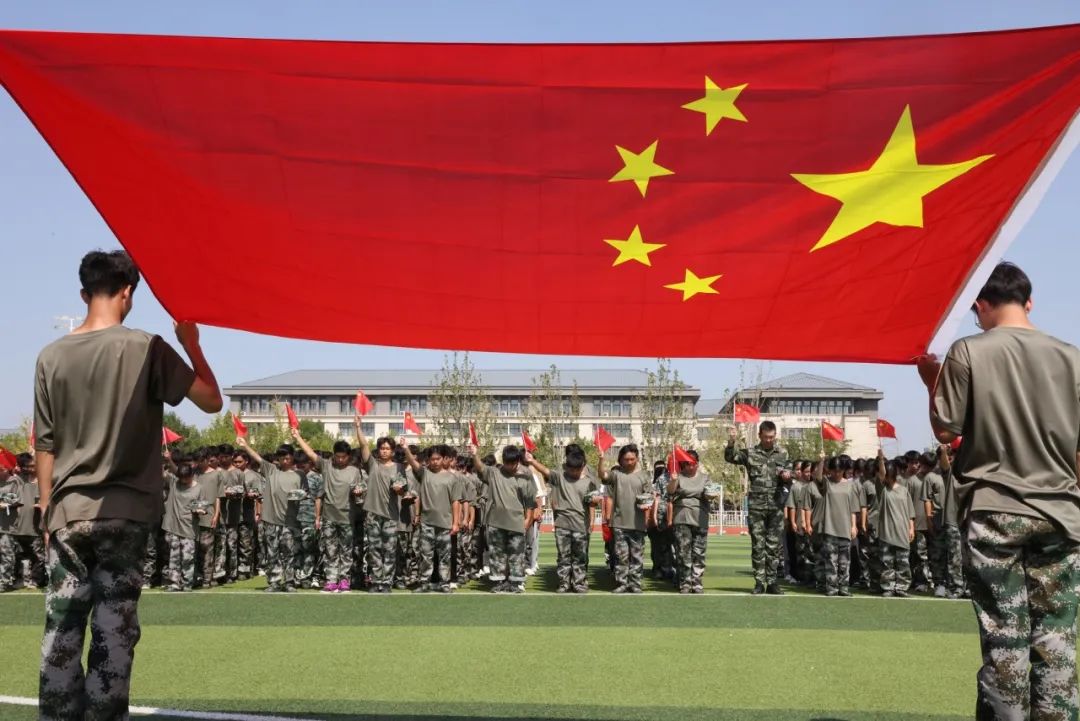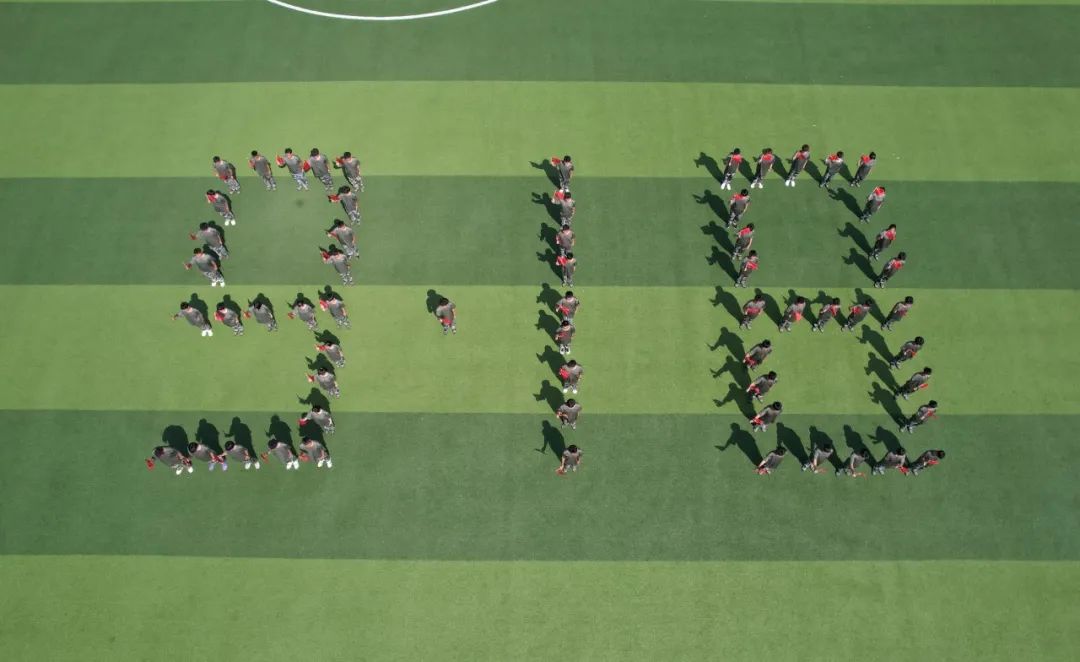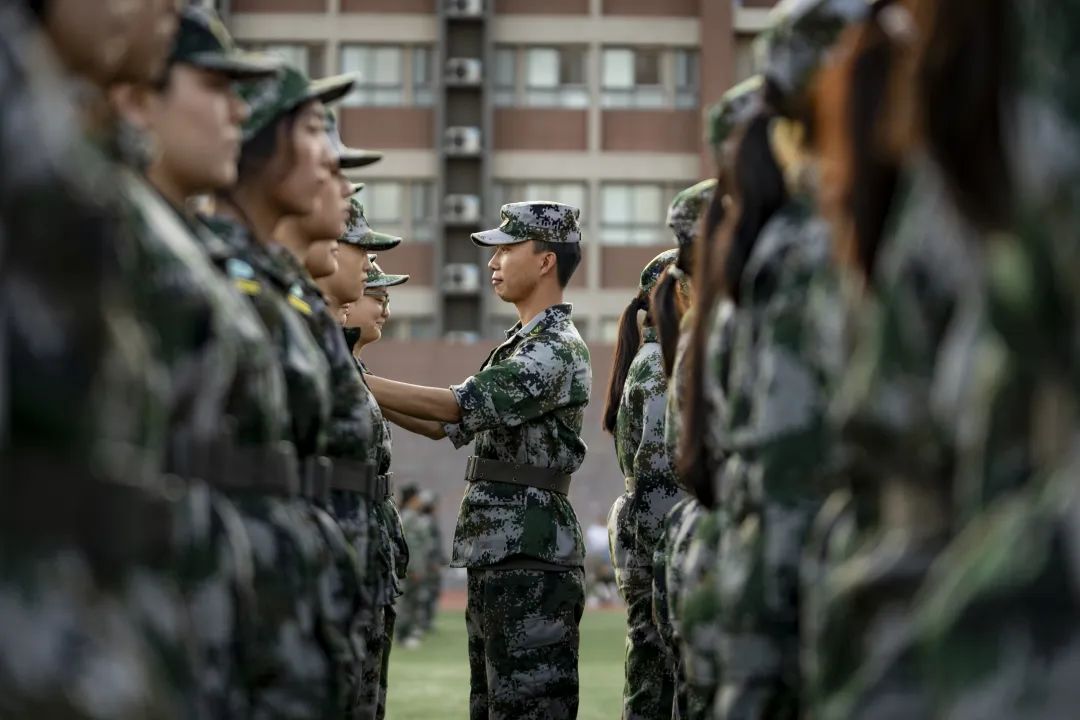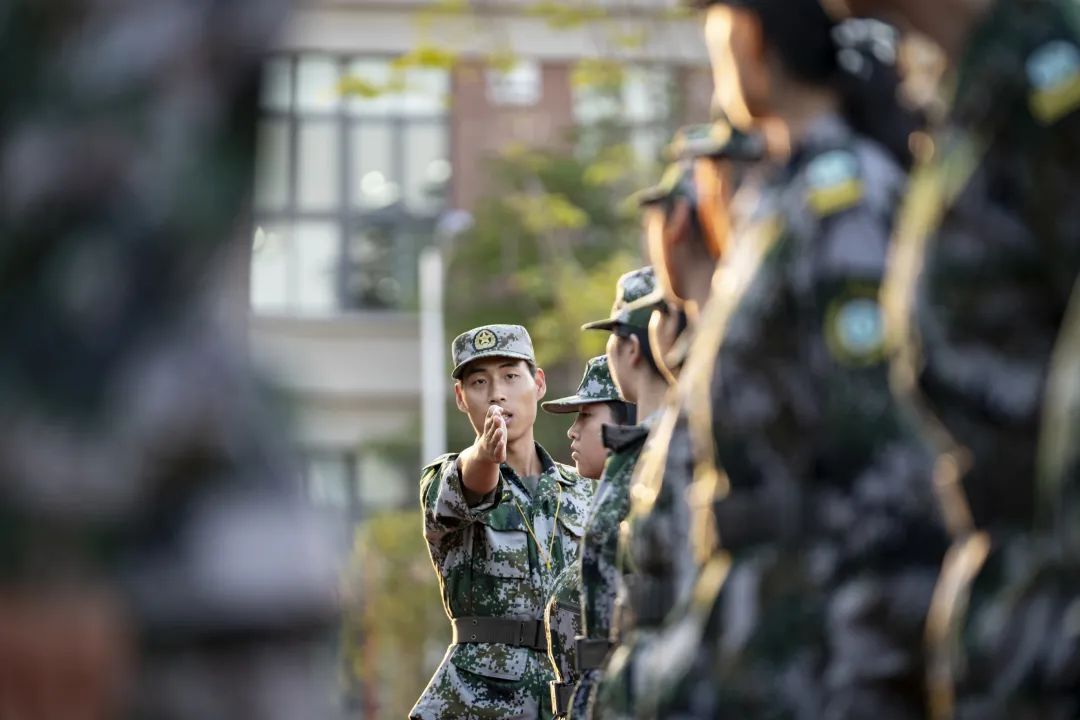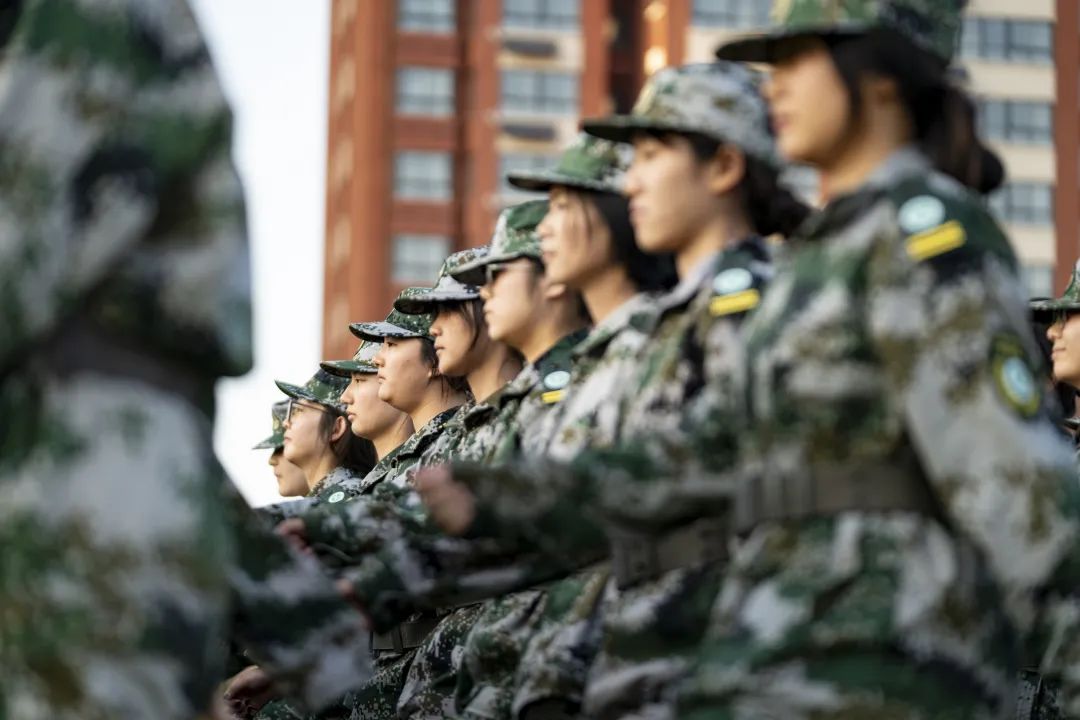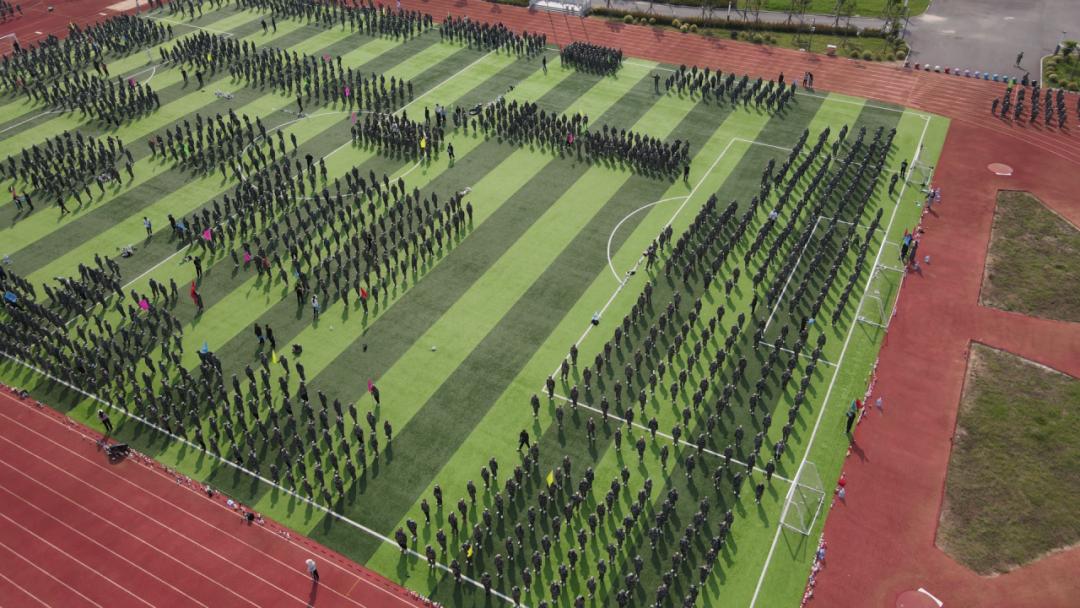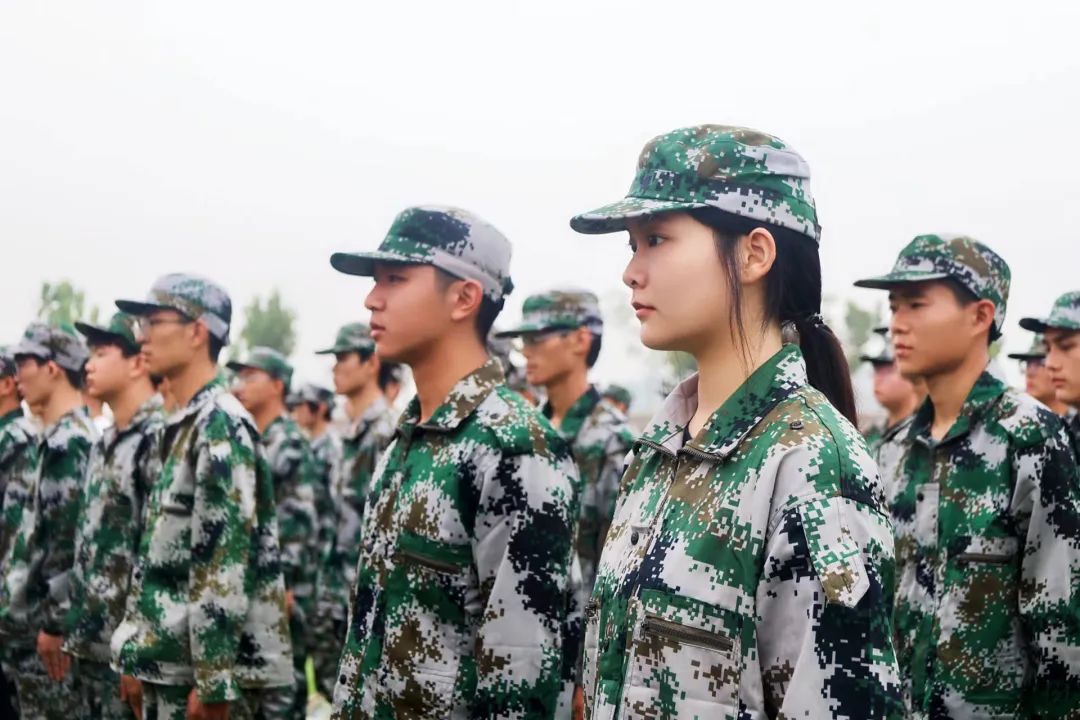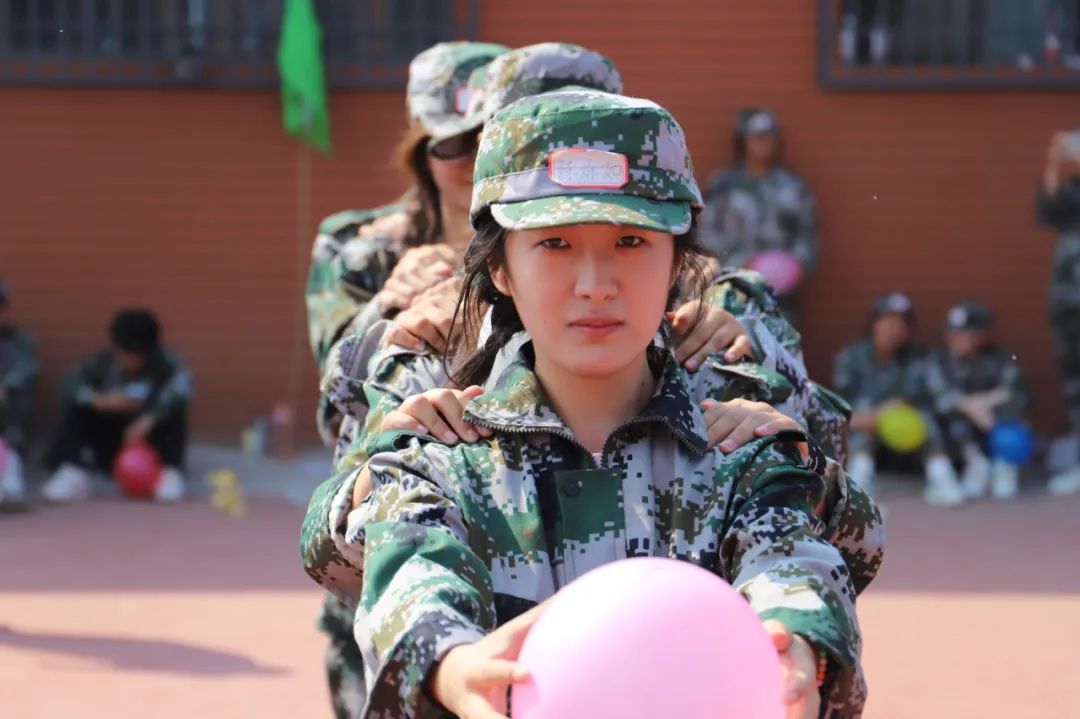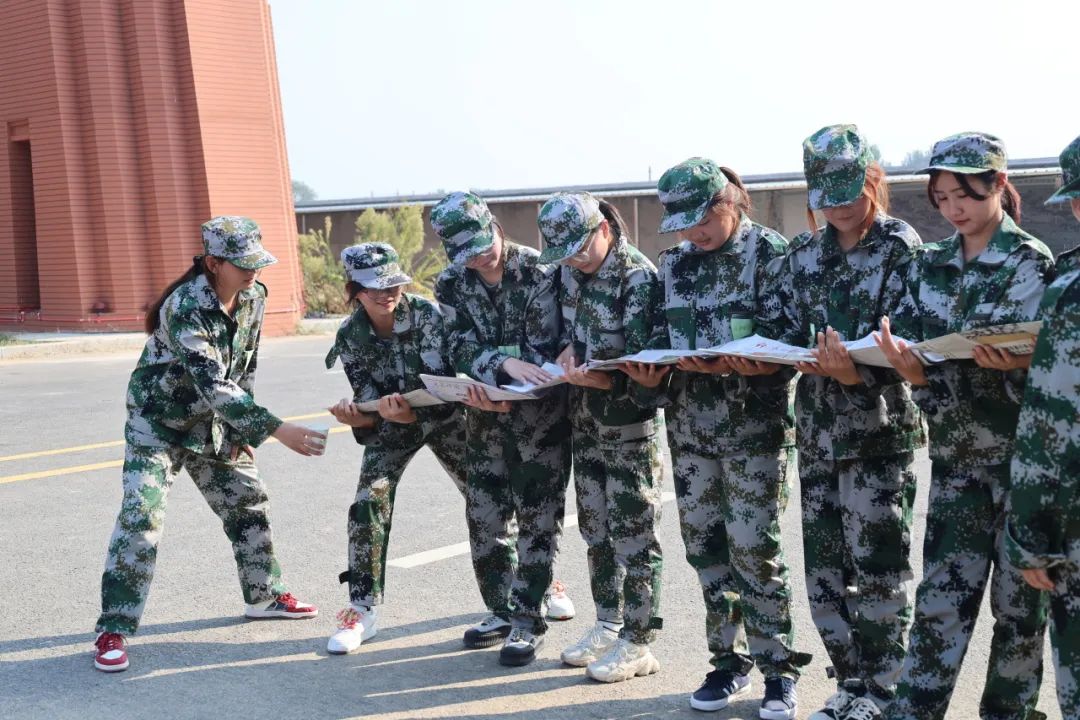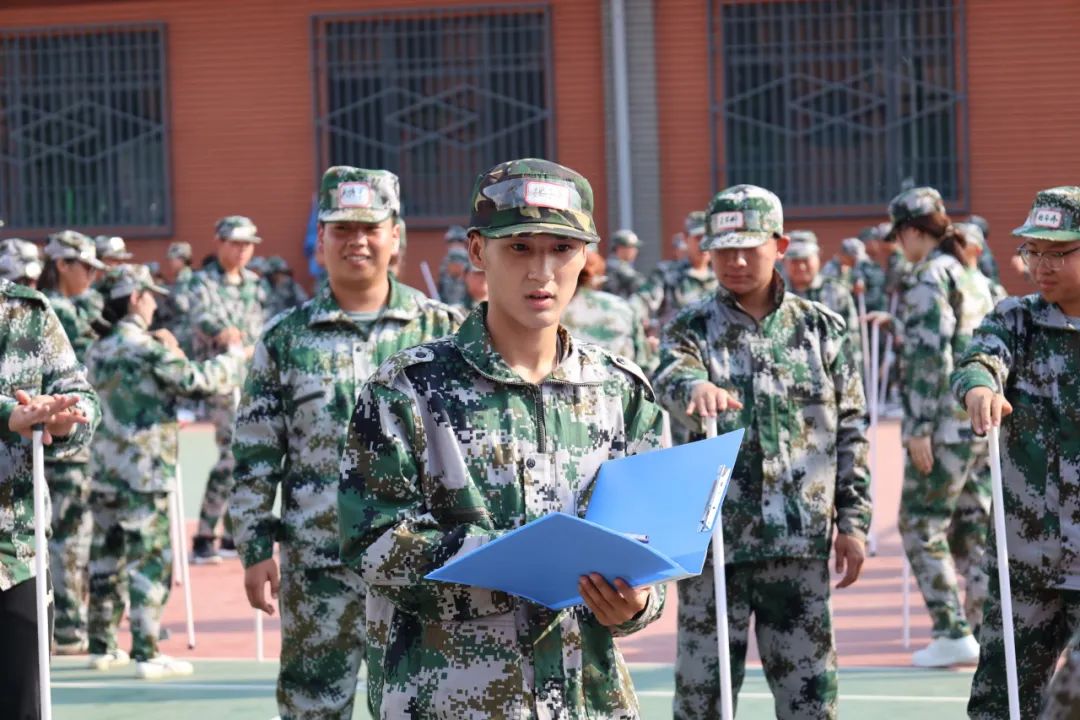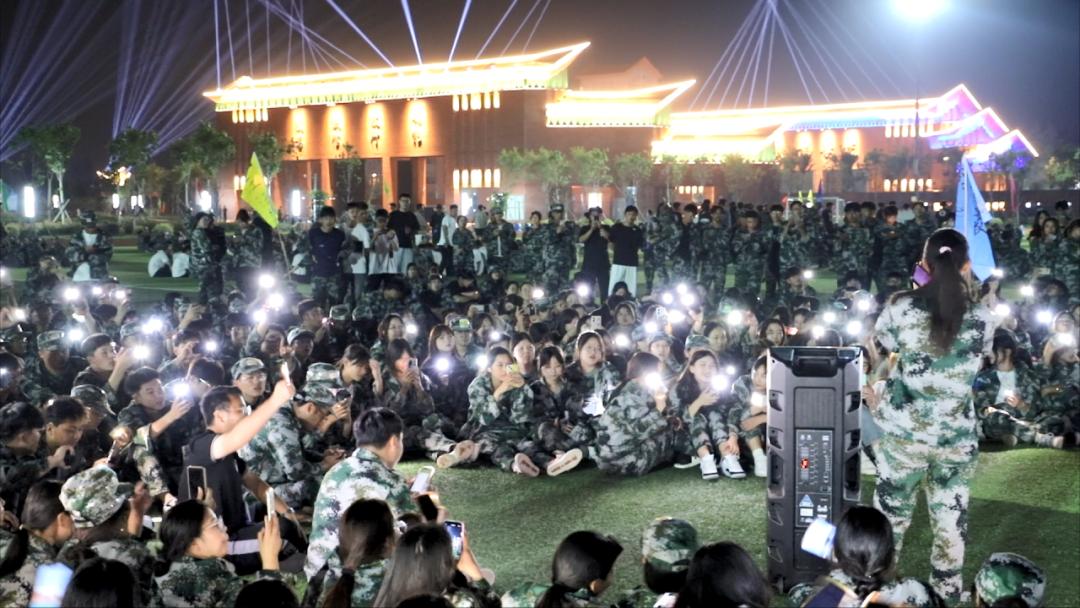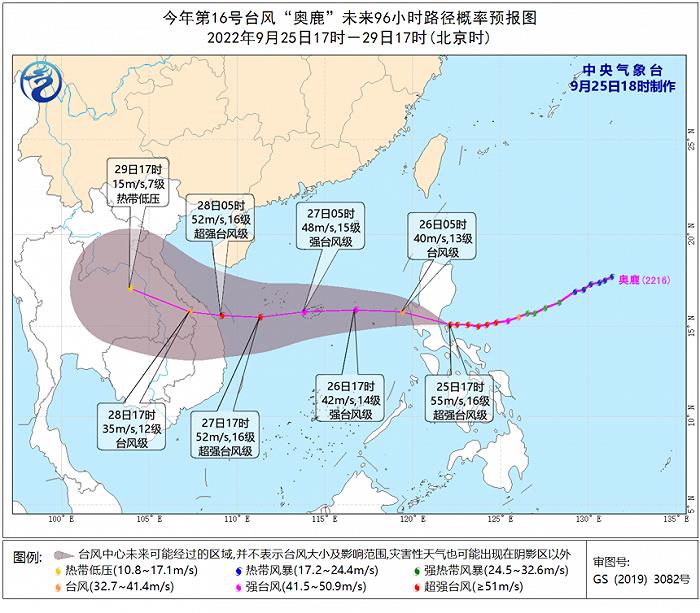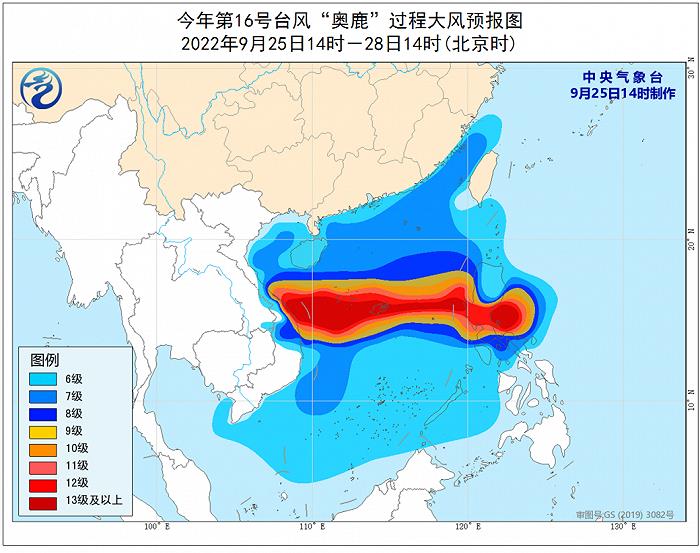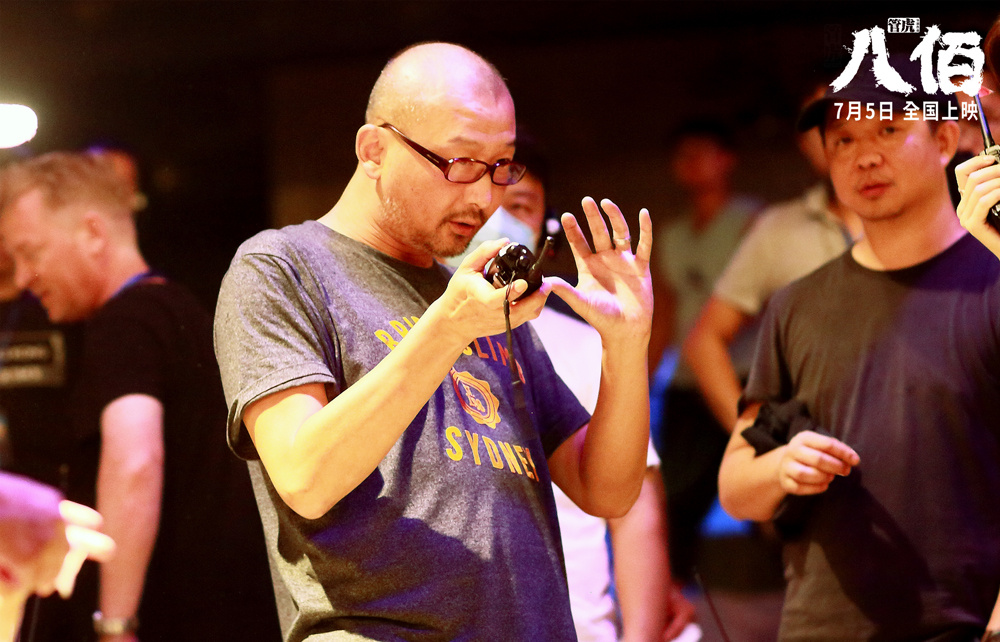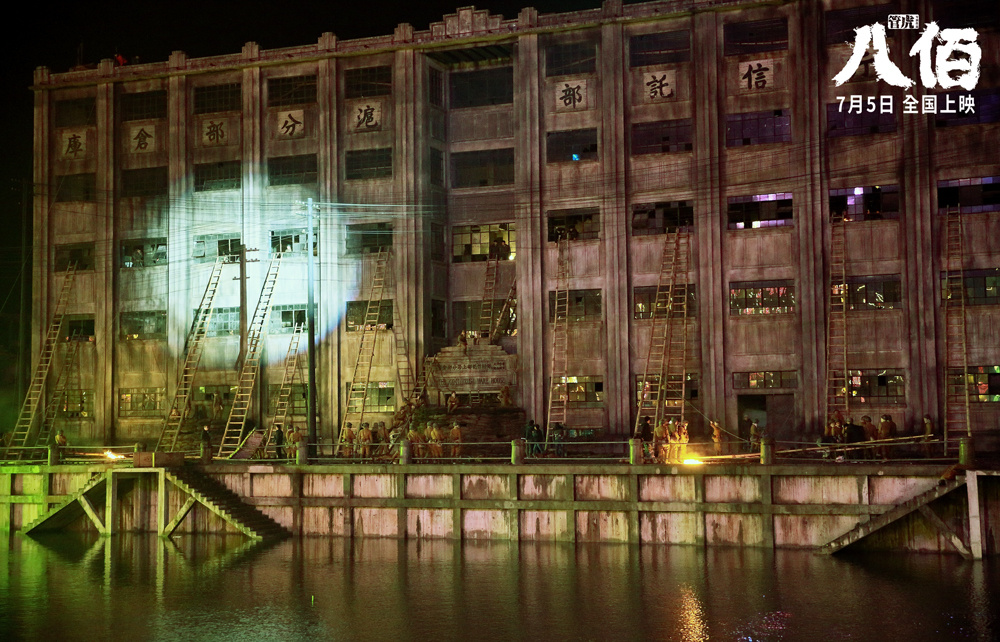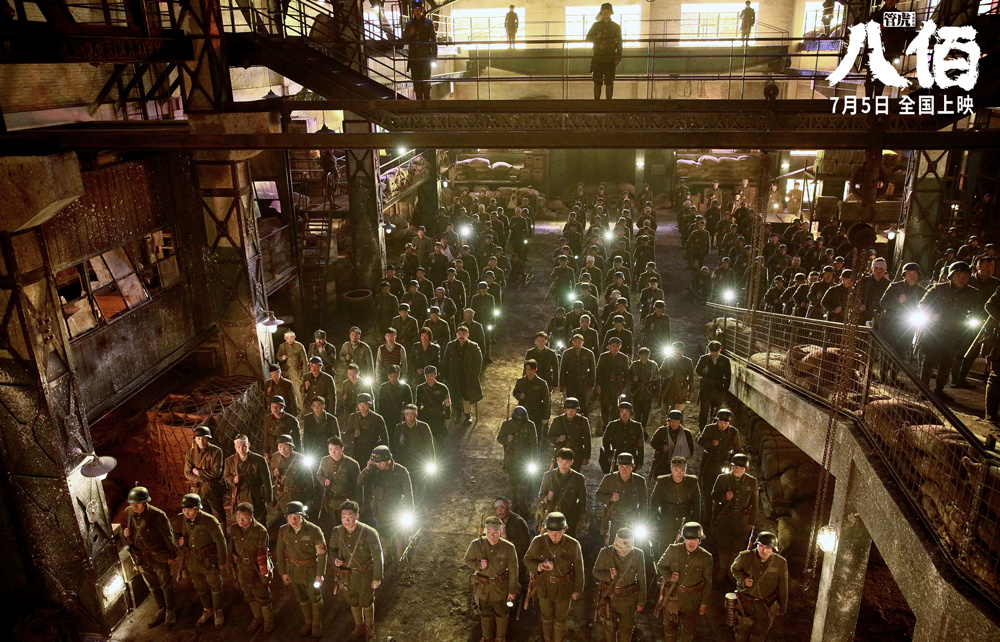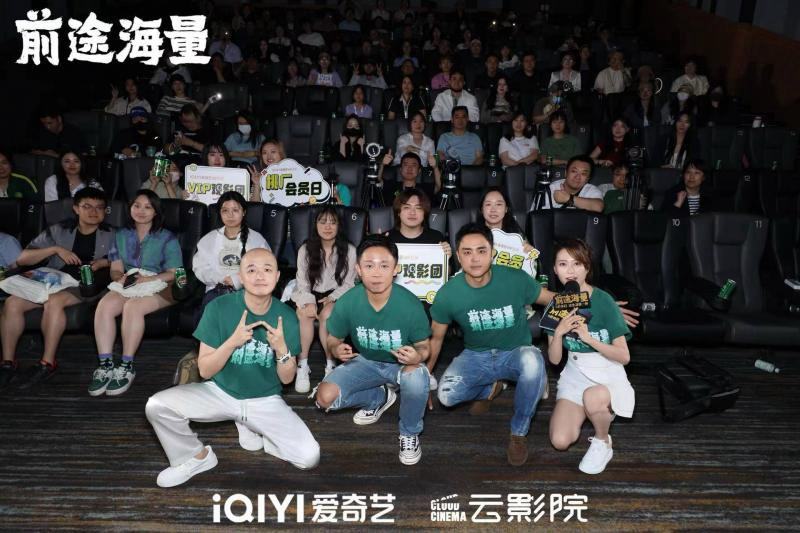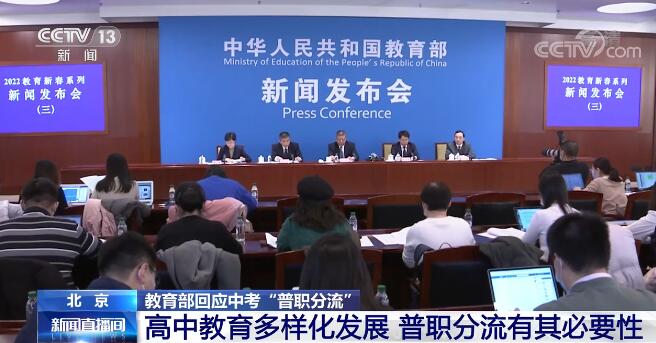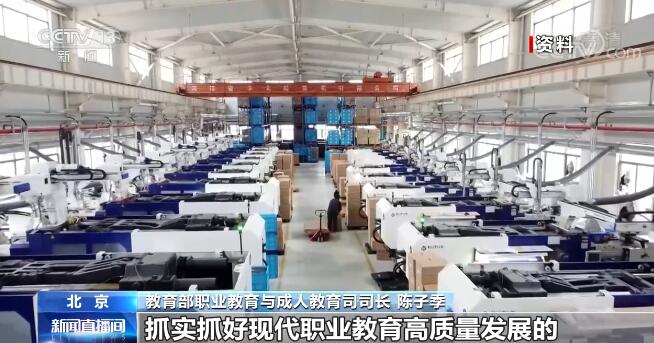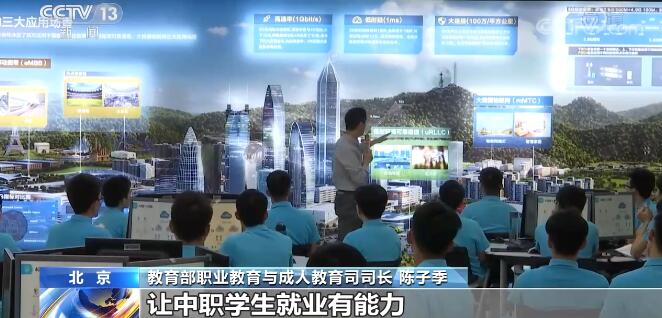The following article is from China Foreign Languages Bureau, and the author is China Foreign Languages Bureau.

China International Publishing Group (CIPG)
Official account of China Foreign Languages Bureau


In order to serve the practice of translation at home and abroad and help improve the level of national translation capacity building, the Institute of Contemporary China and the World of China Foreign Languages Bureau and the China Translation Research Institute focus on the important speech of the Supreme Leader General Secretary in 2019, the major decision-making arrangements of the central government and the new expressions of new concepts, new categories and important party and government conference documents. More than 420 current political terms in China were selected and compiled from eight aspects: politics, economy, culture, society, ecological civilization, diplomacy and military affairs, poverty alleviation, science and technology. They were translated and approved by the Expert Committee of Major Translation Review in translators association of china and the mechanism of coordinating key translation tasks in China Translation Research Institute, forming a Chinese-English comparison for the reference of the industry and related personnel. Share the second part with you today.
The English Translation Report of Important Political Terms in China (2019) is one of the annual series of achievements of the research on the standardization of foreign translation of China’s characteristic words, aiming at strengthening the standardization and standardization of foreign translation of China’s political terms, providing strong support for the industry in expressing foreign words, helping to tell the story of China and spread the voice of China well, enabling foreign audiences to better understand China’s ideas and China’s thoughts, China’s policies and China’s development path, and further promoting the international spread of the Supreme Leader’s socialist thought with Chinese characteristics in the new era.
Please click on the previous article:
English Translation Report of Important Political Terms in China in 2019 (I)
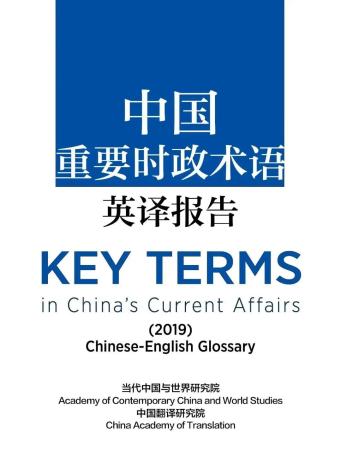
six
Foreign affairs and military affairs
1. Reform and construction of global governance system
to reform and develop the global governance system
2. Discuss, build and share the global governance concept.
an approach to global governance based on extensive consultation, joint contribution, and shared benefits
3. New international relations
a new form of international relations
a new model of international relations
4.人类命运共同体
a global community of shared future
a global community with a shared future
a community of shared future for humanity
a community of shared future for mankind
5.中国开放的大门只会越开越大
China will only become more and more open.
6.中国市场这么大,欢迎大家都来看看
The Chinese market is such a big one that you should all come and see what it can offer.
7.加大对最不发达国家支持力度
to increase support to least developed countries
8.推进互联互通,挖掘增长新动力
to boost connectivity to explore new sources of growth
9. Strengthen policy docking and build closer partnership.
to strengthen policy coordination and build closer partnerships
10. Global Connectivity Partnership
a global partnership on connectivity
11. "Belt and Road" special loan
the Belt and Road multi-currency special lending
12. Consultation should be based on mutual respect, equality and mutual benefit.
Consultations should be based on mutual respect, equality, and mutual benefit.
13. Consultations should be conducted in the opposite direction and based on good faith.
Consultation involves working toward the same goal in good faith.
14. China will never give in on the issue of principle.
China will not give ground on issues of principle.
15. No challenge can stop the progress of China.
No challenge will hold back China’s development.
16. International system with the United Nations at its core.
the UN-centered international system
17. Unilateralism
unilateralism
18. Protectionism
protectionism
19. Managing the deficit
deficit of governance
20. Development deficit
deficit of development
21. Trust deficit
deficit of trust
22. Create a peaceful and stable security environment.
to foster a security environment of peace and stability
Hegemonism and power politics
hegemonism and power politics
24. Seek the development prospect of openness and innovation.
to pursue greater development prospects through openness and innovation
Multilateralism
multilateralism
26. Multilateral trading system
multilateral trading system
The Paris Agreement
The Paris Agreement (on climate change)
28. Promote people-to-people exchanges of mutual learning and learning.
to promote mutual learning through people-to-people exchanges
29. Discuss, build and share
extensive consultation, joint contribution, and shared benefits
30. World multipolarization, economic globalization, cultural diversity and social informatization.
The world today is moving toward greater multi-polarity, economic globalization, and cultural diversity, and is becoming increasingly information-oriented.
31. Peaceful and tranquil Asia
peace and stability across Asia
32. Asia with common prosperity
common prosperity in Asia
33. Open Asia
an open and better-connected Asia
34. All countries work together to promote open, inclusive, inclusive, balanced and win-win economic globalization.
Countries will work together to promote economic globalization and make it more open, inclusive, balanced, and beneficial to all.
35. Show and spread the beauty of civilization
for the best of Asian civilizations to spread and be better known in the world
36. Open, inclusive and learn from each other.
to stay open and inclusive and draw on each other’s strengths
37. Emerging market countries
emerging markets
38. Seek open and innovative development prospects.
to pursue greater development prospects through openness and innovation
39. The new scientific and technological revolution and industrial transformation are in the ascendant.
A burgeoning round of technological revolution and industrial transformation has taken place.
40. Promote changes in the global economic governance system.
to push for reform of the global economic governance system
41. BRIC+
“BRICS Plus”
42. BRICS New Industrial Revolution Partnership
the BRICS partnership on new industrial revolution
43. Independent foreign policy of peace
the independent foreign policy of peace
44. Community of Destiny in Central Africa
the China-Africa community with a shared future
45. Community of Destiny between China and Latin America
the China-LAC (Latin America and the Caribbean) community with a shared future
46. Asia-Pacific Community of Destiny
the Asia-Pacific community with a shared future
47. Mutually beneficial cooperation among countries in the world.
the mutually beneficial cooperation of countries around the world
48. Deepen exchanges and mutual learning among civilizations.
to enhance exchanges and mutual learning between civilizations
49. A good neighbor who can’t move away and a true partner who can’t be separated.
a good neighbor who won’t move away, and a true partner who can’t be separated
50. Gold never changes after a long time.
to remain unshakable and becoming even firmer as time goes by, and being so valuable that we would not exchange it even for gold
51. Independence and opening to the outside world are unified.
integration of independence and opening up to the outside world
52. Promote the "Belt and Road" innovation cooperation and connect with the people.
to promote innovation cooperation and people-to-people ties along the Belt and Road
53. The Second "Belt and Road" International Cooperation Summit Forum
The Second Belt and Road Forum for International Cooperation
54. China and Italy are located at the two ends of the ancient Silk Road, and it is only natural to carry out the "Belt and Road" cooperation.
Located at both ends of the ancient Silk Road, it is perfectly natural for China and Italy to advance cooperation under the Belt and Road Initiative.
55. Our understanding of time is not based on ten years or a hundred years, but on a hundred years or a thousand years.
In our understanding, time cannot be measured in ten years or a hundred years, but in hundreds of years or thousands of years.
56. We should keep our strength, not go with the flow, adhere to independence and mutual respect.
We should remain committed, stay true to our value, and adhere to independence and mutual respect.
57. China has gone through 40 years of reform and opening up, and the door to opening up will open wider and wider in the future.
China’s reform and opening up have gone through the course of 40 years, and the door of opening up will be even wider in the future.
58. The evaluation of a country should not only look at the area, but also look at the influence of culture and the driving force for the development of human civilization.
When we evaluate a country, we should not just look at its size, but we need to consider its cultural impacts and its impetus in advancing human civilization.
59. Today’s "Belt and Road" has become a "meticulous painting" jointly described by countries along the route.
Today the Belt and Road Initiative has become a “meticulous painting” jointly done by countries along the routes.
60. Knowing the past can serve as a mirror for today, in order to move forward better.
By learning from history, we can draw lessons to guide today’s actions and move forward to a better future.
61.要把中法关系发展好,政治互信是关键,务实合作是必由之路,国民感情是基础
To make the China-France relations strong, mutual political trust is the key, pragmatic cooperation is the inevitable route, and friendship between the two peoples is the foundation.
62.既要畅通政府间合作的“主渠道”,也要丰富民间交往的“涓涓细流”
We should not only smooth the “main channel” of inter-governmental cooperation but also enhance the “trickle” of non-governmental exchanges.
63.携手合作、互利共赢才是解决各种全球性问题的唯一正确选择
Working together for mutual benefit and win-win results is the only correct choice to solve global problems of all kinds.
64. China and Germany are not competitors, let alone rivals. Win-win cooperation is the main thread of the development of Sino-German relations.
China and Germany are not competitors, let alone rivals. And seeking win-win results through cooperation is the major concern in developing China-Germany relations.
65. All countries should have the spirit of taking the world as their own responsibility, and actively act as activists instead of spectators.
All countries should regard taking part in world affairs as their own duty and actively take actions rather than being onlookers.
66. Insist that global affairs should be handled by people of all countries through consultation, and actively promote the democratization of global governance rules.
Upholding the principle that global affairs should be settled by the people of the world through consultation, and actively advancing the democratization of global governance rules.
67. We should put mutual respect and trust at the forefront, make use of dialogue and consultation, and persist in seeking common ground while reserving differences and converging and assimilating differences.
We must put mutual respect and mutual trust in the first place, make good use of dialogue and consultation, and seek common ground while shelving and narrowing differences.
68. We should adhere to the correct concept of justice and benefit, put justice first, give consideration to justice and benefit, and build a global partnership of common destiny.
It is necessary to adhere to the correct concept of justice and interests, put righteousness first, uphold justice while pursuing shared interests, and build a global partnership that shares the common future.
69. Abandon the cold war mentality and the old zero-sum game mentality, abandon the jungle law of the jungle, seek peace through cooperation, promote security through cooperation, and persist in resolving disputes by peaceful means.
We must discard Cold-War and zero-sum mentalities, reject the Law of the Jungle, seek peace and promote safety through cooperation, and insist on settling disputes through peaceful means.
70. We must adhere to the drive of innovation and create a dynamic growth model; Adhere to synergy and create an open and win-win cooperation model; develop a balanced, equitable and inclusive development model
We should pursue a model of dynamic growth driven by innovation, a model of cooperation featuring coordination and connectivity, open and win-win, and a model of development based on fairness, inclusiveness, balance and benefits for all.
71. The development of history, the prosperity of civilization and the progress of mankind have never been separated from ideological guidance.
The development of history, the prosperity of civilization, and the progress of mankind can never be separated from the guidance of thought.
72. Adhere to mutual respect, adhere to the concept of win-win cooperation, openness and tolerance, and gradually eliminate differences by making a big cooperation cake.
We should adhere to mutual respect, the concept of win-win cooperation, openness and inclusiveness, and gradually eliminate differences by baking a bigger cake of cooperation.
73. Chairman of the Military Commission is responsible for the system.
the principle of ultimate responsibility resting with the chairman of the Central Military Commission
74. Defence and army reform.
reform on national defense and the military
75. Reform of military policy system
reform on military policies and institutions
76. Strengthening the military strategy
the strategy of strengthening the military
77. The "Thirteenth Five-Year Plan" for Army Construction and Development
the 13th Five-Year Plan for the development of the military
78. Strive to be a good soldier in the new era.
to be good soldiers of the new era
seven
Poverty Alleviation and poverty alleviation
1. Establish a long-term mechanism to solve relative poverty.
to establish long-term mechanisms for eradicating relative poverty
2. Counterpart assistance, help the rich first and then get rich.
paired-up assistance, and those who have become better-off help those still lagging behind
3. Give play to the role of grassroots party organizations in leading the masses to get rid of poverty and become rich.
Local Party organizations should play a crucial role in leading the residents out of poverty and toward prosperity.
4. Deepen the special governance of corruption and work style in poverty alleviation.
to make greater efforts in the fight against corruption and misconduct in poverty alleviation
5. Take off the hat and don’t take off the policy
to continue poverty alleviation policy support for counties that have been removed from the poverty list
6. "Helping the poor and helping the poor"
to help those in need and deliver genuine assistance
7. "Four Questions" ("Who will help, who will help, how to help, how to retreat")
four key issues in poverty alleviation – who needs help, who provides help, how to help, and how to be removed from the poverty list
8. Solve regional overall poverty
to eliminate regional poverty
9. "Five-level secretaries" focus on poverty alleviation
CPC secretaries at five levels are all responsible for poverty alleviation.
10. Develop production to get rid of poverty
to eliminate poverty through developing the local economy
11. Relocation out of poverty
relocation of rural poor for poverty alleviation
12. Ecological compensation for poverty alleviation
to compensate impoverished residents for eco-environmental protection
13. Develop education to get rid of poverty
poverty elimination through education
14. Social security
to provide subsistence allowances to the poor to meet their basic needs
15. Poverty alleviation work is pragmatic, the process of poverty alleviation is solid, and the results of poverty alleviation are true.
to make concrete and solid efforts in poverty alleviation for practical results
16. Don’t pick responsibility, don’t pick policies, don’t pick help, don’t pick supervision.
Poverty alleviation duties, policies, assistance, and oversight will continue after poor counties are removed from the poverty list.
17. East-West Poverty Alleviation Cooperation
paired-up assistance between the east and the west
18. Implement the decisions on reducing burdens at the grass-roots level.
to implement policy decisions designed to ease the burdens at the community level
19.深度贫困地区三区三州
the most impoverished three regions and three prefectures: The “three regions” are Tibet, the Tibetan ethnic areas of Sichuan, Yunnan, Gansu and Qinghai provinces, and the four prefectures in southern Xinjiang (Hotan, Aksu, Kashi and Kizilsu Kirgiz Autonomous Prefecture); the “three prefectures” are the Liangshan Yi Autonomous Prefecture in Sichuan, Nujiang Lisu Autonomous Prefecture in Yunnan and Linxia Hui Autonomous Prefecture in Gansu.
20. Do a good job in poverty alleviation in the old revolutionary base areas and the Central Soviet Area.
to help old revolutionary base areas and former central Soviet areas eliminate poverty and achieve moderate prosperity
21. Carry forward the spirit of dripping water wears away the stone
to carry forward the spirit of “constant dripping water wearing away a stone”
to work with patience and perseverance
22. Take the road of rural revitalization.
to take solid steps in rural vitalization
23. Continue to consolidate the achievements of poverty alleviation and actively build a beautiful home.
to consolidate the progress in poverty alleviation and build a better home
eight
Science and Technology science and technology
1. Leading by scientific and technological innovation
scientific and technological innovation as the driving force
2. National strategic scientific and technological strength
to build up China’s strategic capacity in science and technology
3. Ethical governance system of science and technology
a regulatory system for ethics in science and technology
4. A new round of scientific and technological revolution and industrial transformation led by artificial intelligence.
a new round of scientific and technological revolutions and industrial transformations led by artificial intelligence
5. Promote the healthy development of a new generation of artificial intelligence.
to boost healthy development of the new generation of artificial intelligence
6. Brain science
brain science
7. Sensor network
sensor network
8. World Intelligence Congress
World Intelligence Congress (WIC)
9. Reorganize the State Key Laboratory System
to restructure the system of key national laboratories
10. Building major innovation bases and platforms.
to build major innovation bases and platforms
11. Improve the collaborative innovation mechanism in Industry-University-Research.
to improve the mechanism for collaborative innovation among enterprises, universities and research institutions
12. Strengthen strategic judgment and forward-looking deployment in major innovation areas.
to strengthen strategic research and forward-looking deployment concerning major innovation
13. Make a systematic strategic layout of science and technology.
to make a systematic strategic layout of science and technology
14. Improve the technology market
to improve the technology market
15. Give play to the leading role of innovation of scientific and technological private enterprises.
to give full play to private sci-tech enterprises in innovation
16 to carry out the project funds use "contract system" reform pilot.
to launch a pilot scheme of lump-sum project-funding
15 -17 September
2020 Online China International Intelligent Industry Expo
Will be held in Chongqing.

In order to thoroughly implement the action plan of rejuvenating the city through science and education and strengthening the city through talents, make the brand of "Chongqing Talents" perfect, vigorously carry forward the spirit of patriotic struggle, and encourage the vast number of talents to participate in the construction of the twin-city economic circle in Chengdu-Chongqing area, it is decided to carry out the first "Chongqing Outstanding Talents Award" for selection and commendation. View the details of the stamp map ↓↓↓↓
Prevention and control tips
Take the initiative to do a good job in personal and family health monitoring. It is recommended to measure the body temperature once in the morning and once in the evening. If suspicious symptoms appear, seek medical advice in time.
Everyone is watching.
Source: China Foreign Languages Bureau
Original title: Report on English Translation of Important Political Terms in China in 2019 (Part II)
Read the original text
